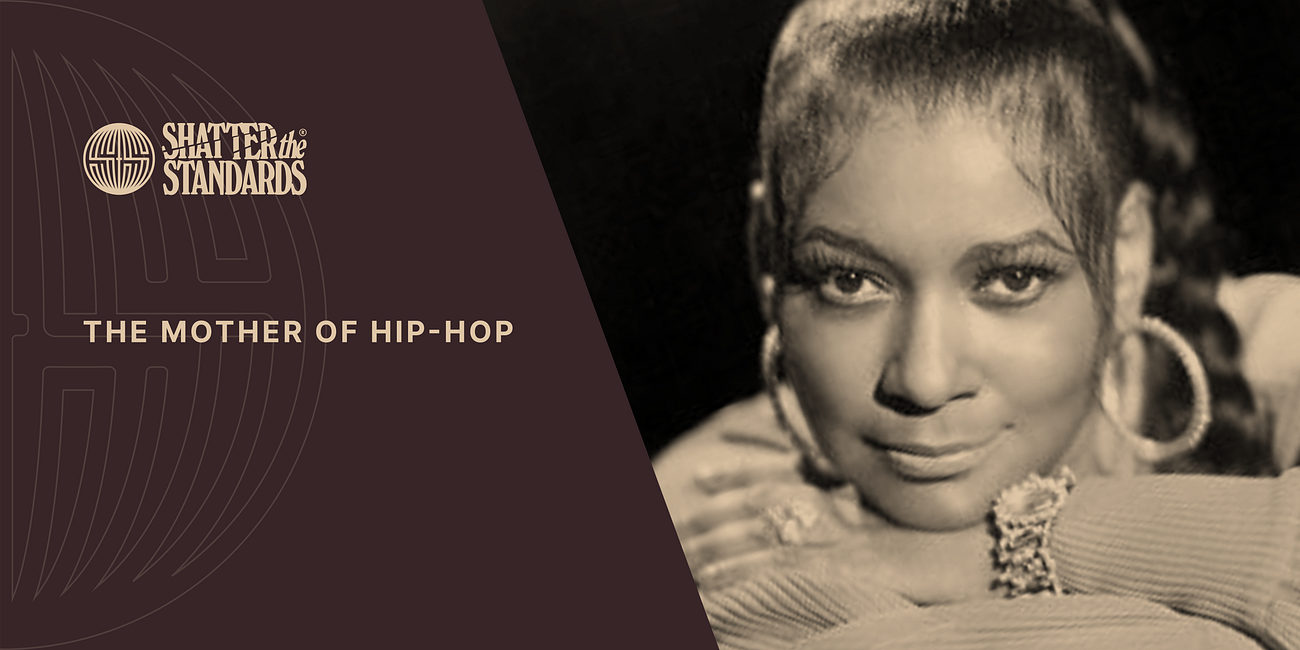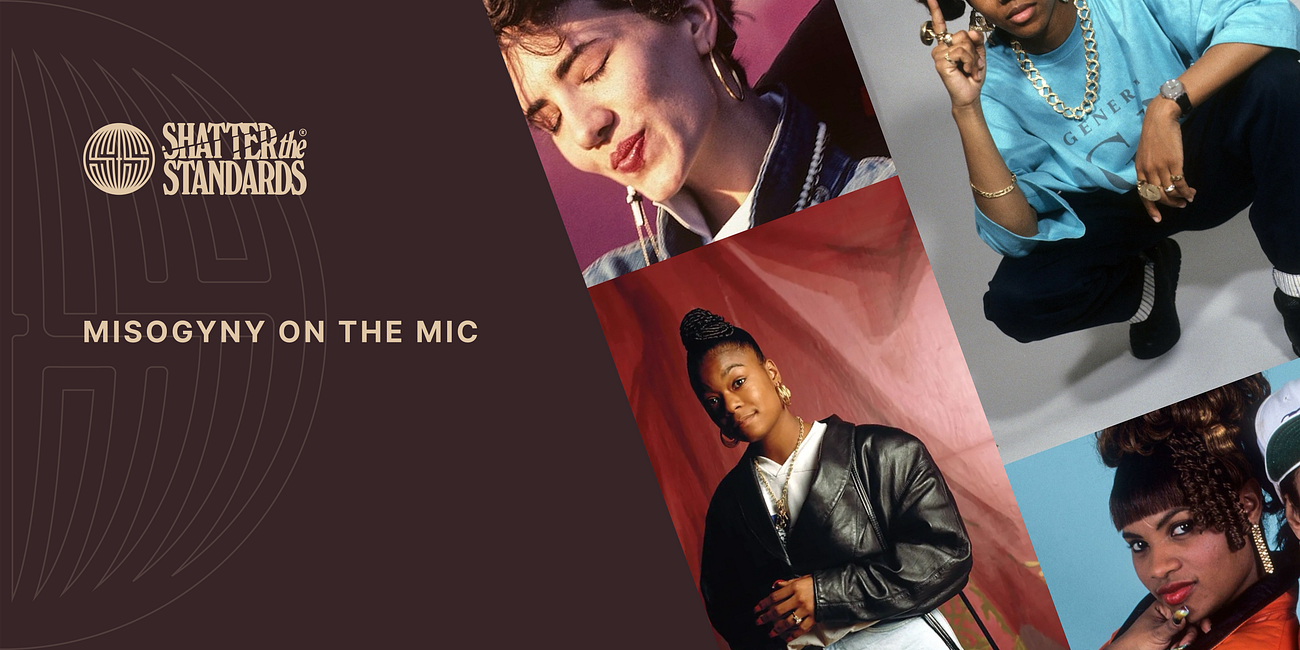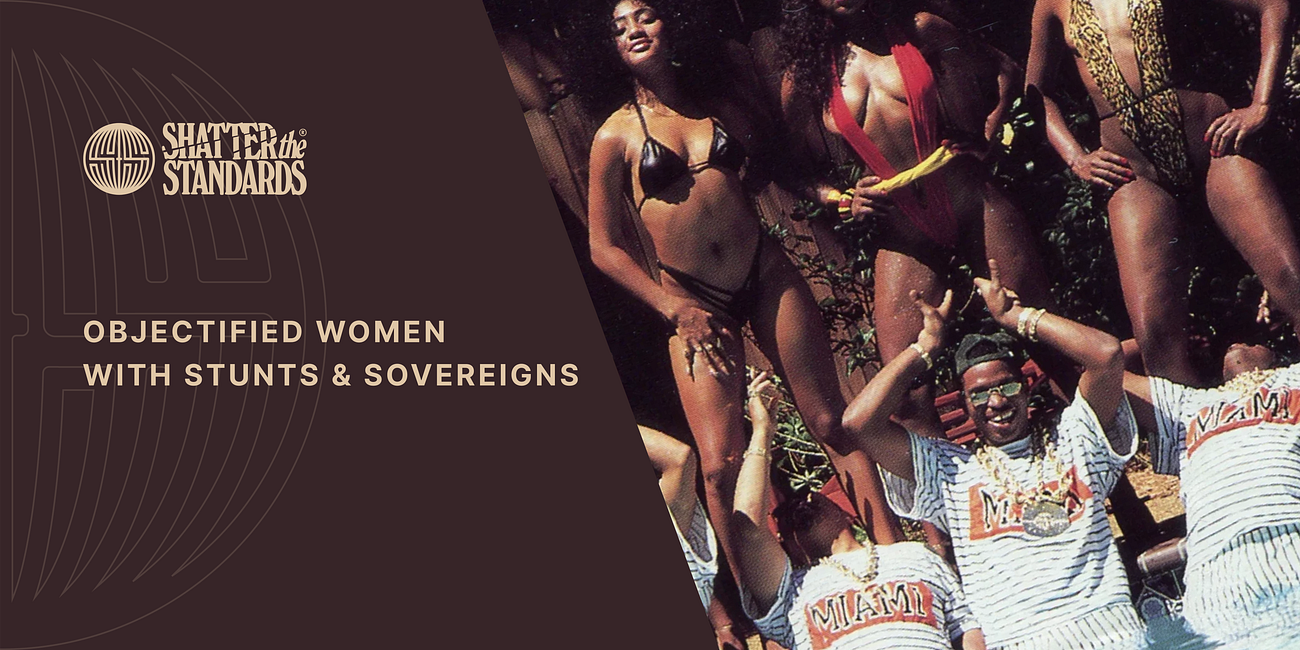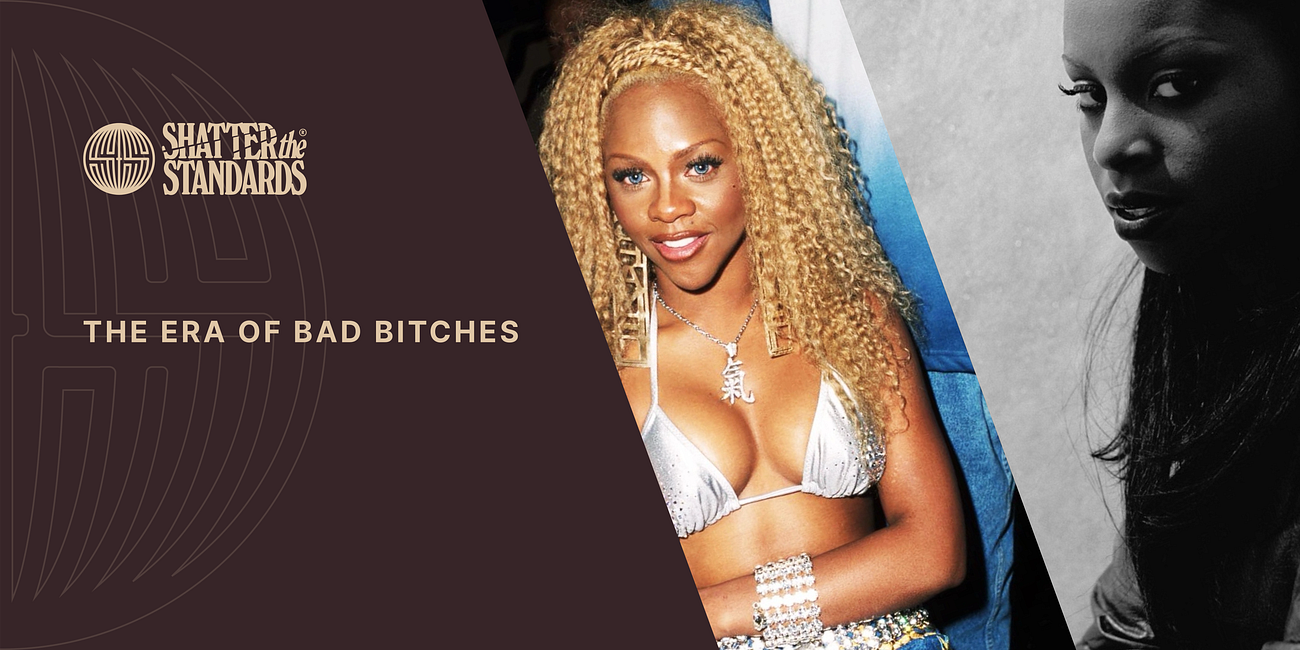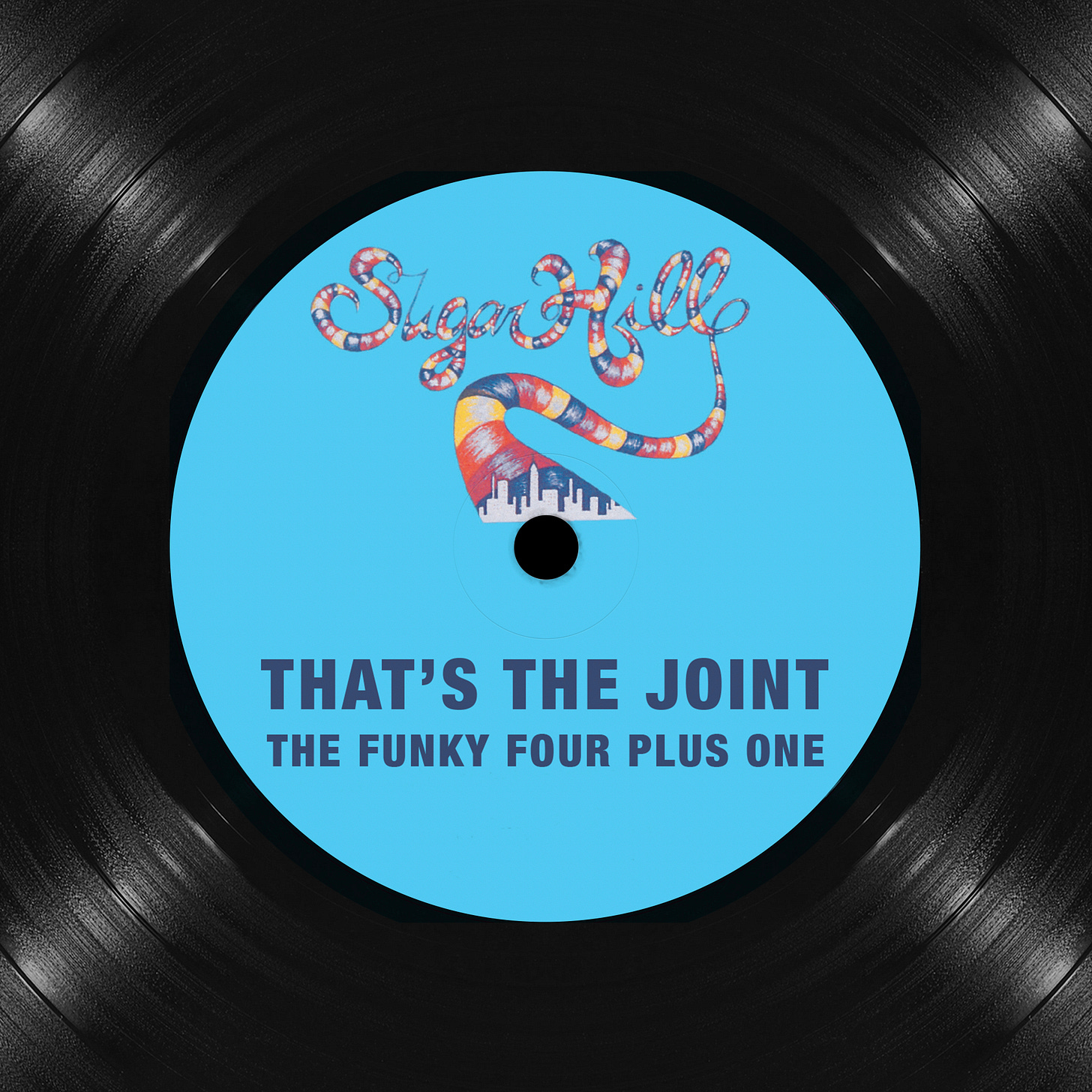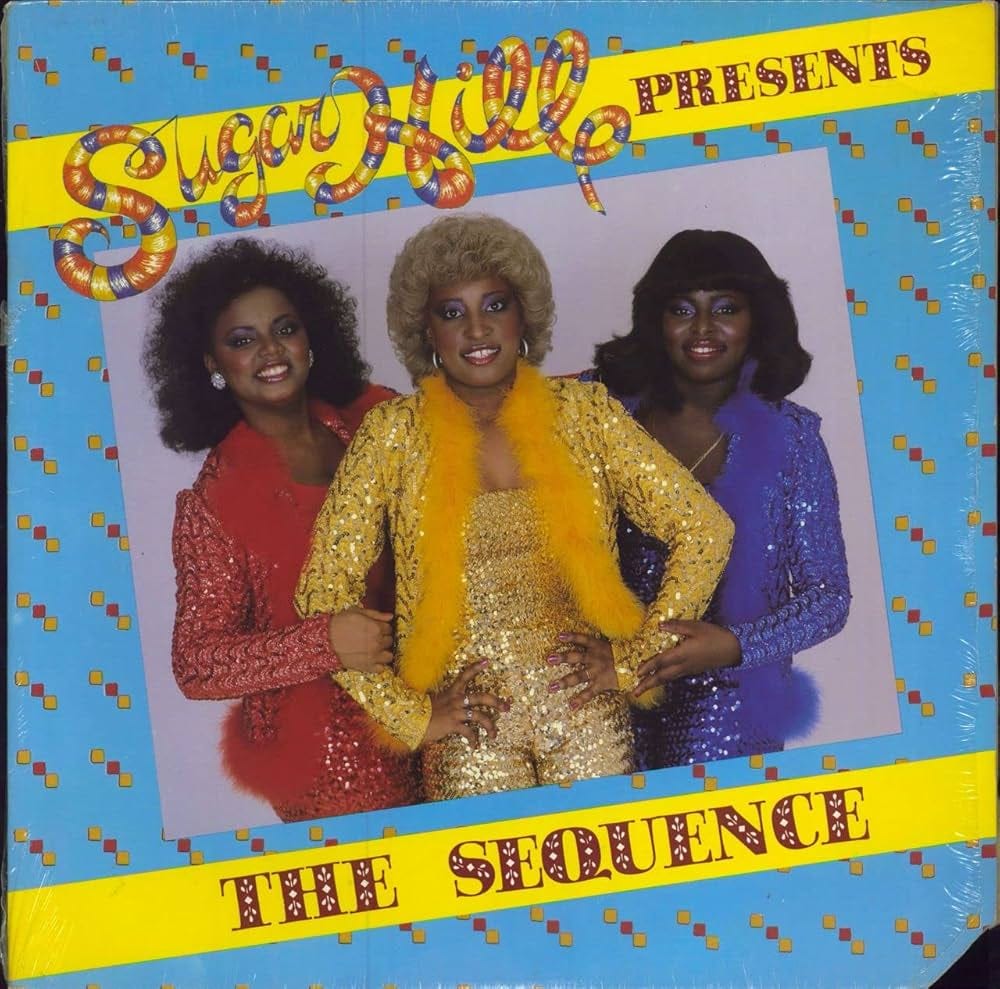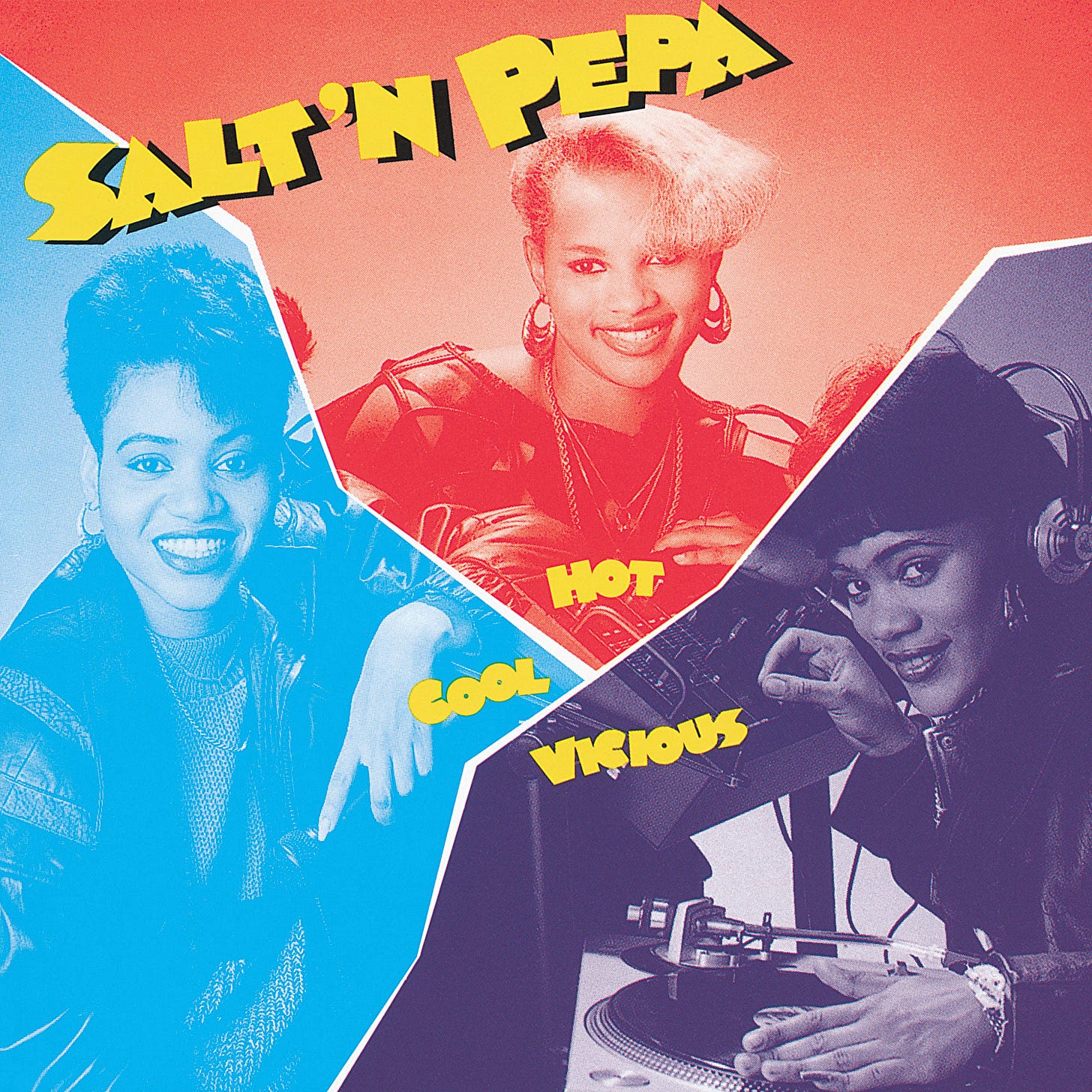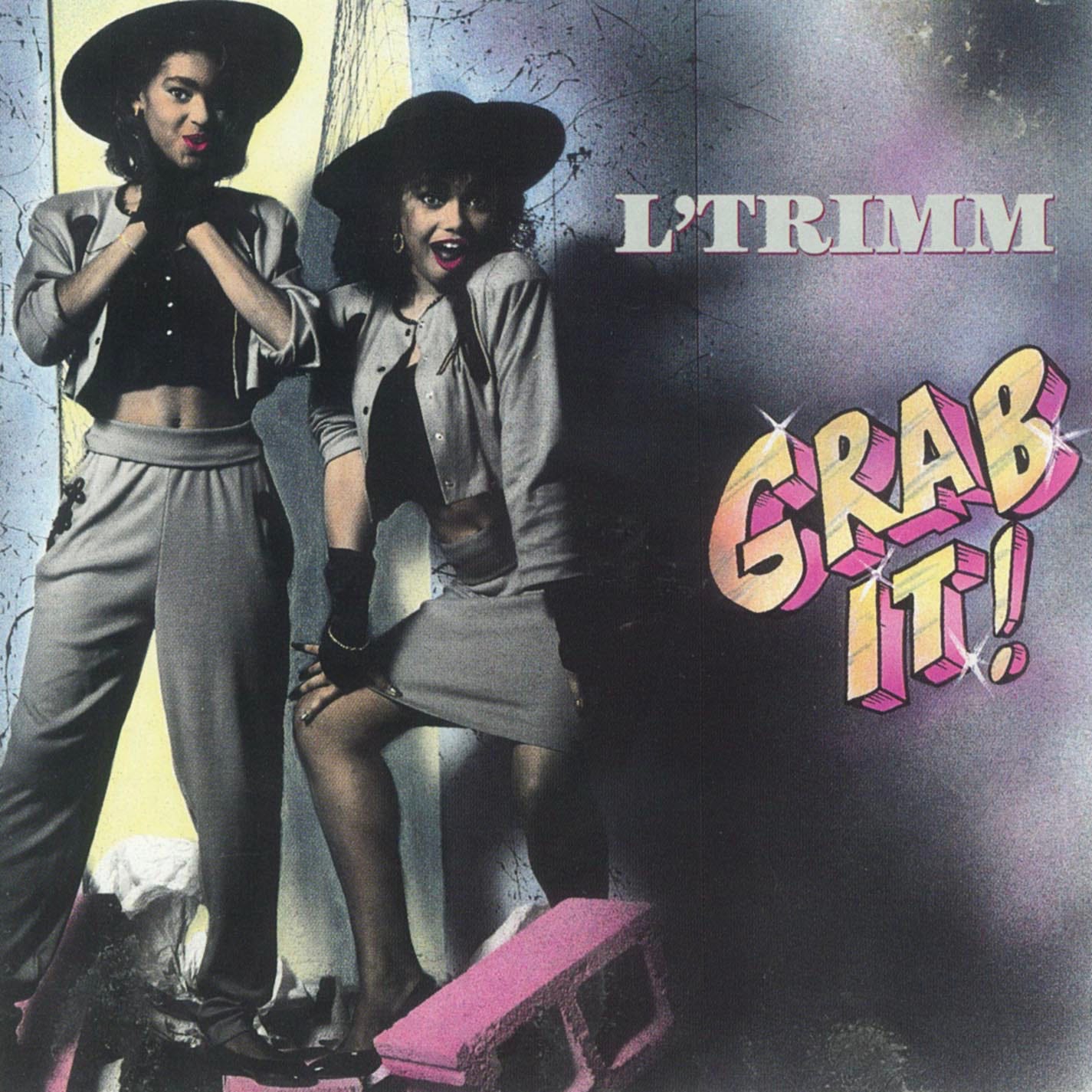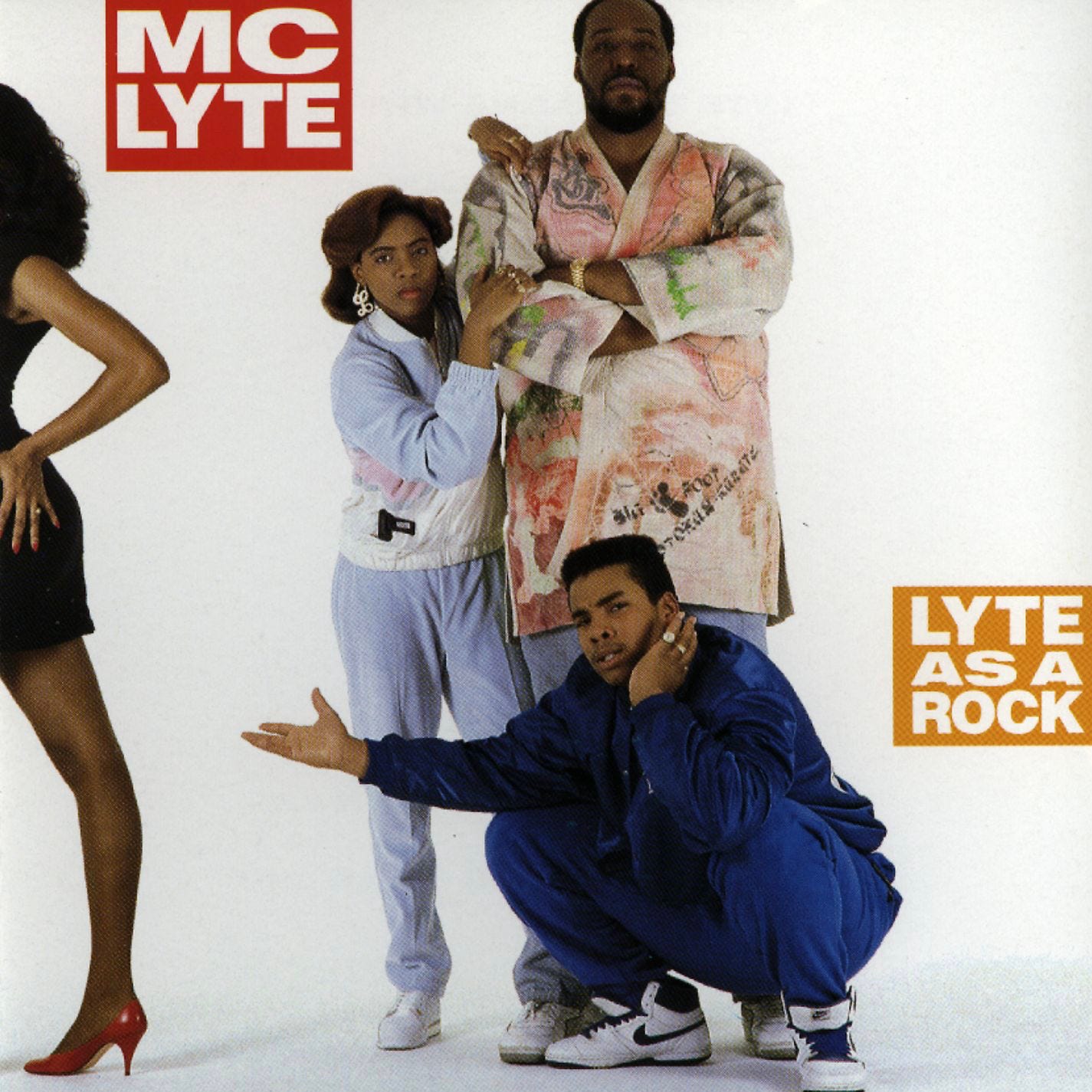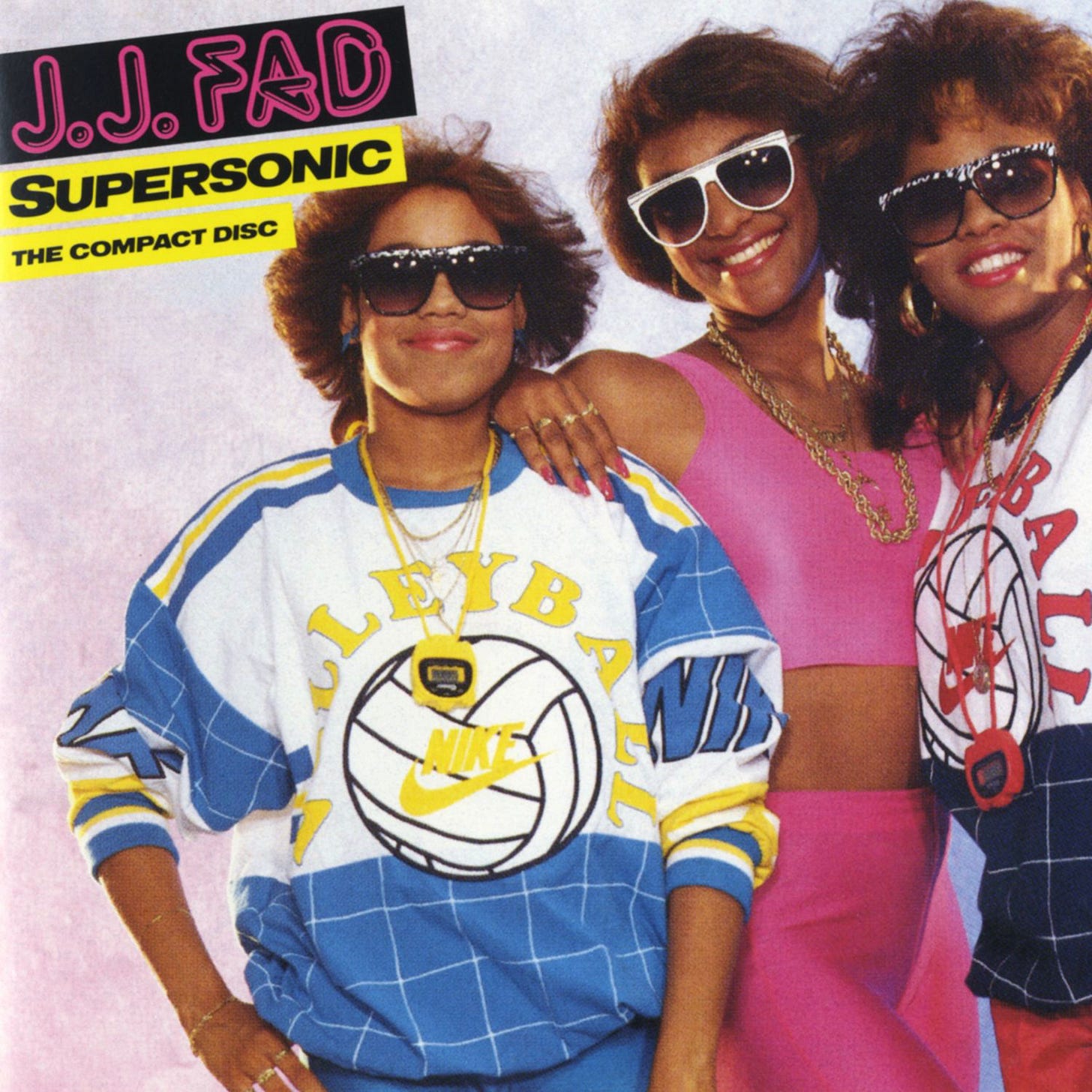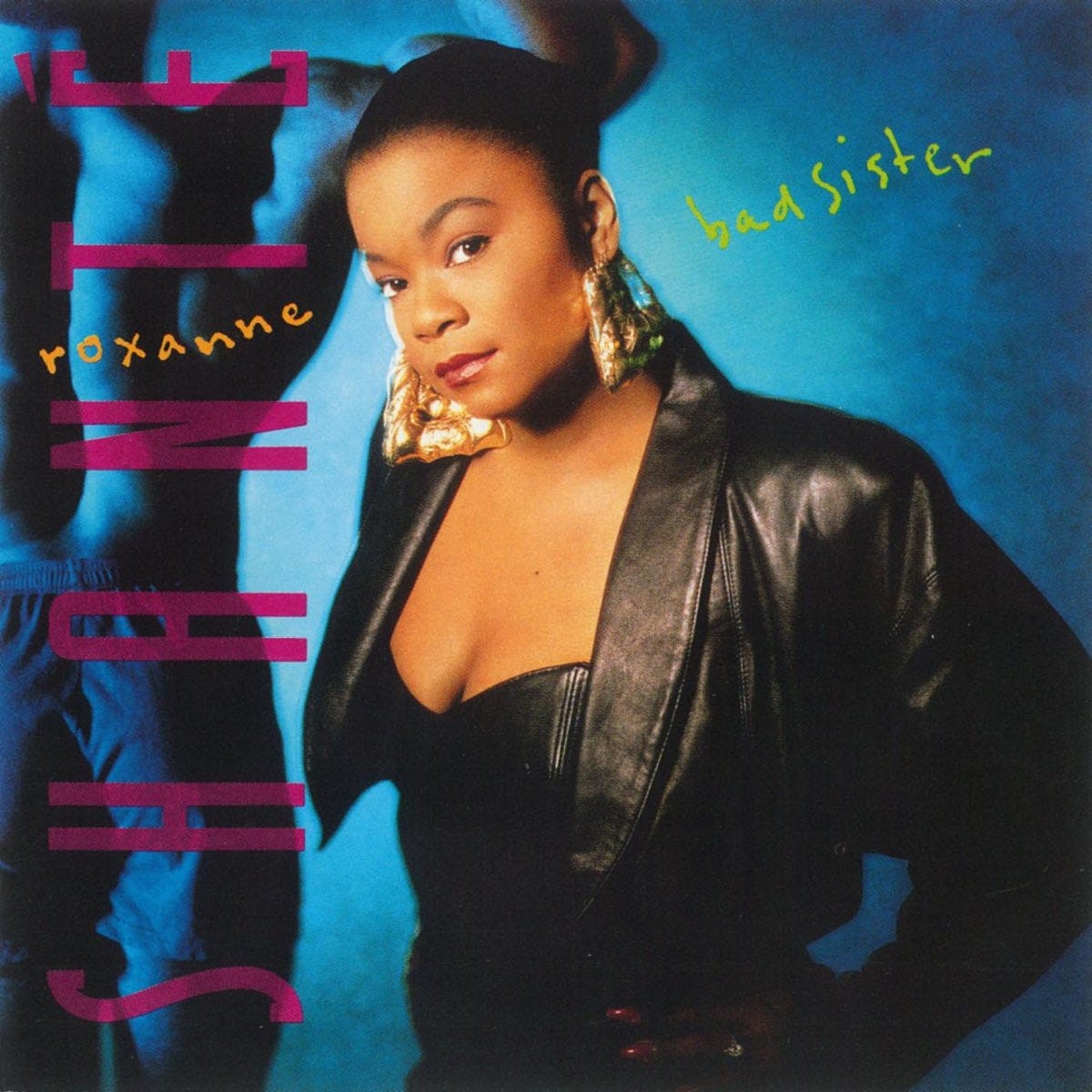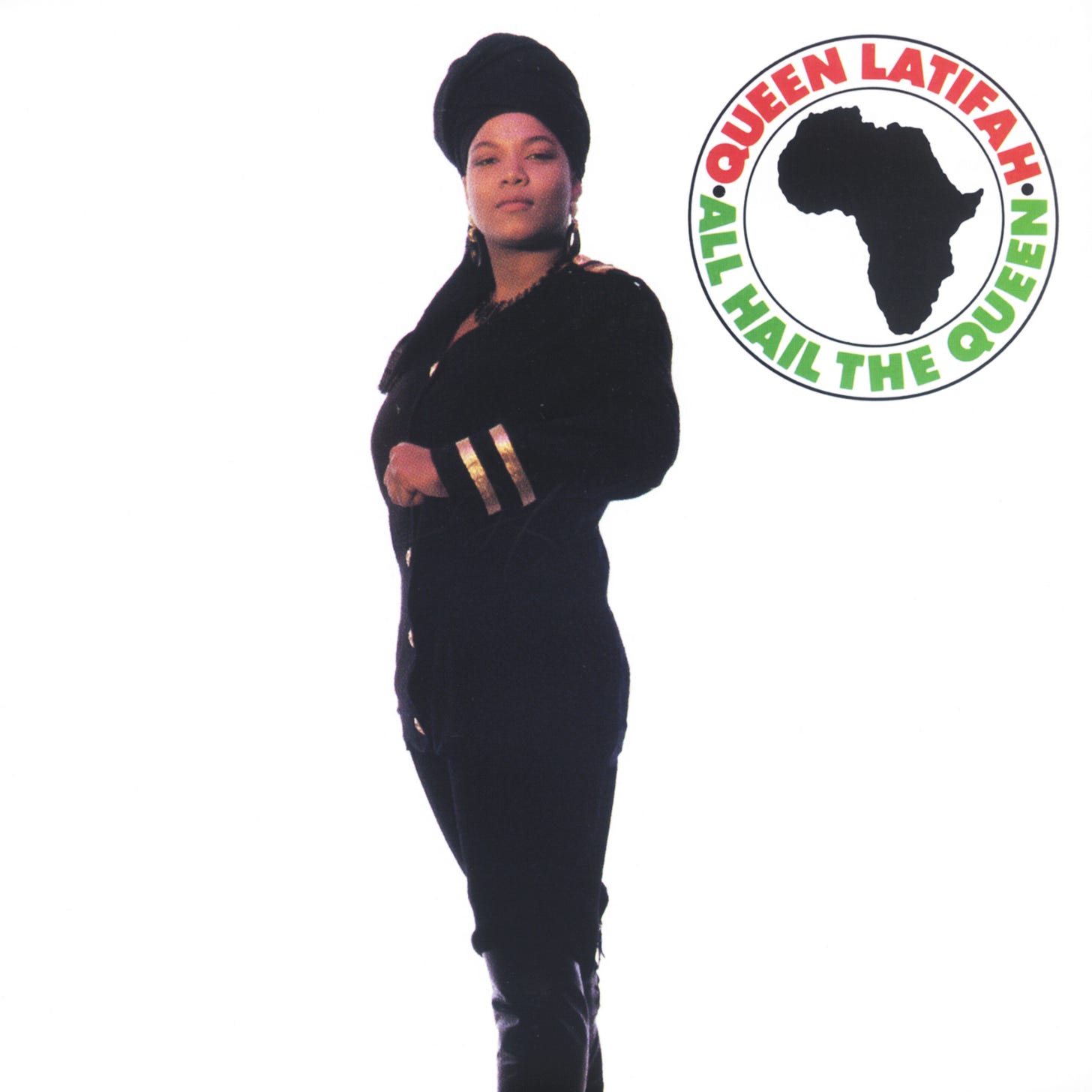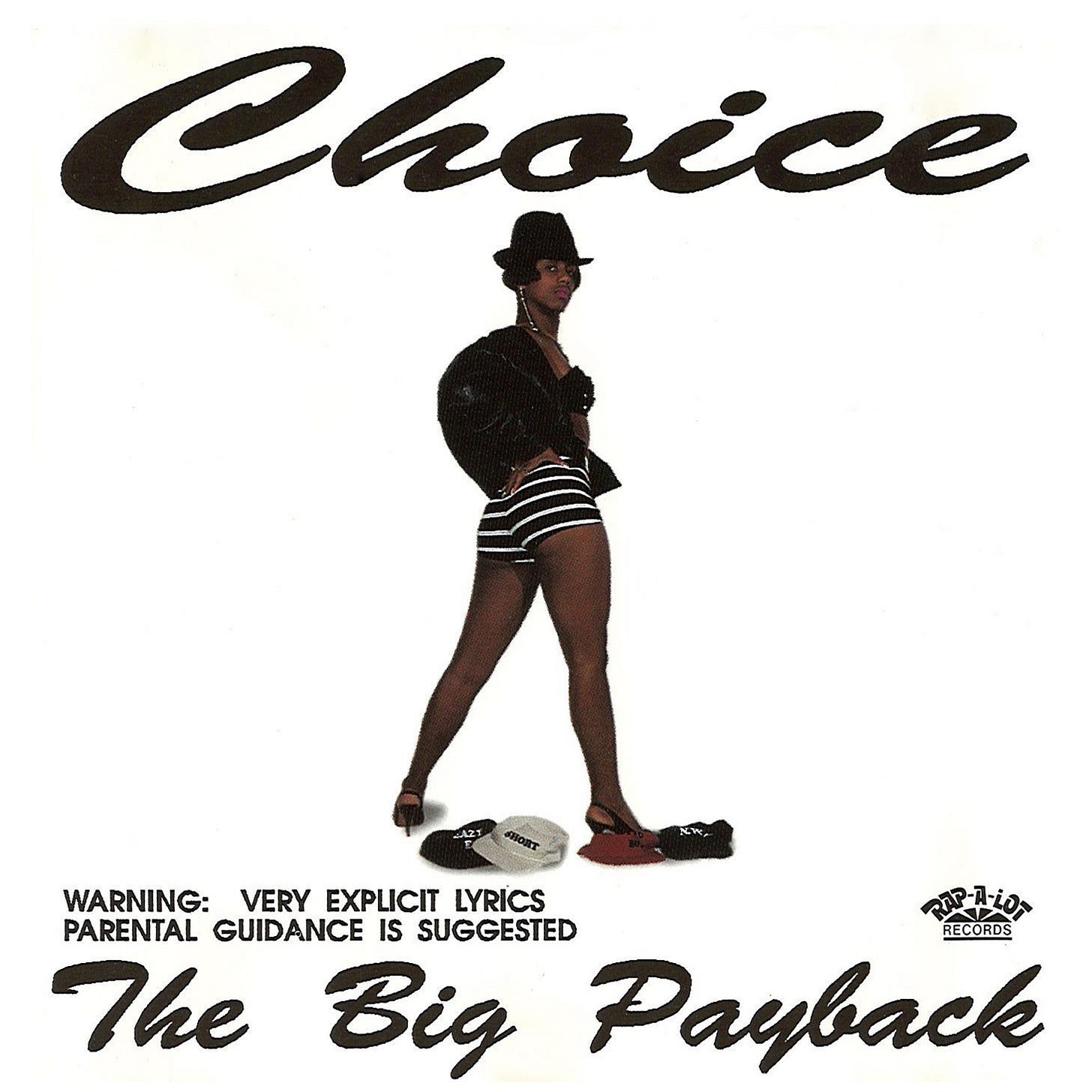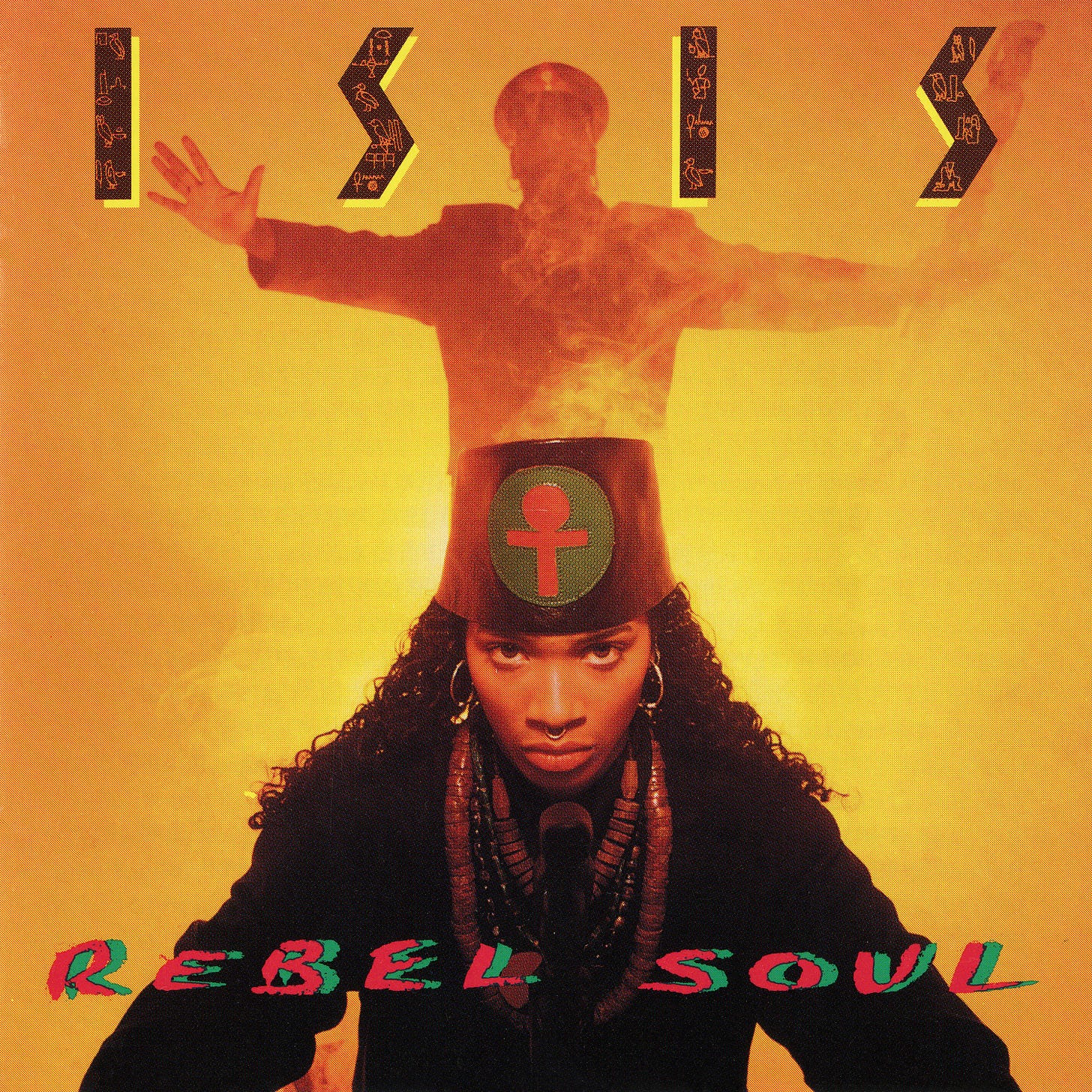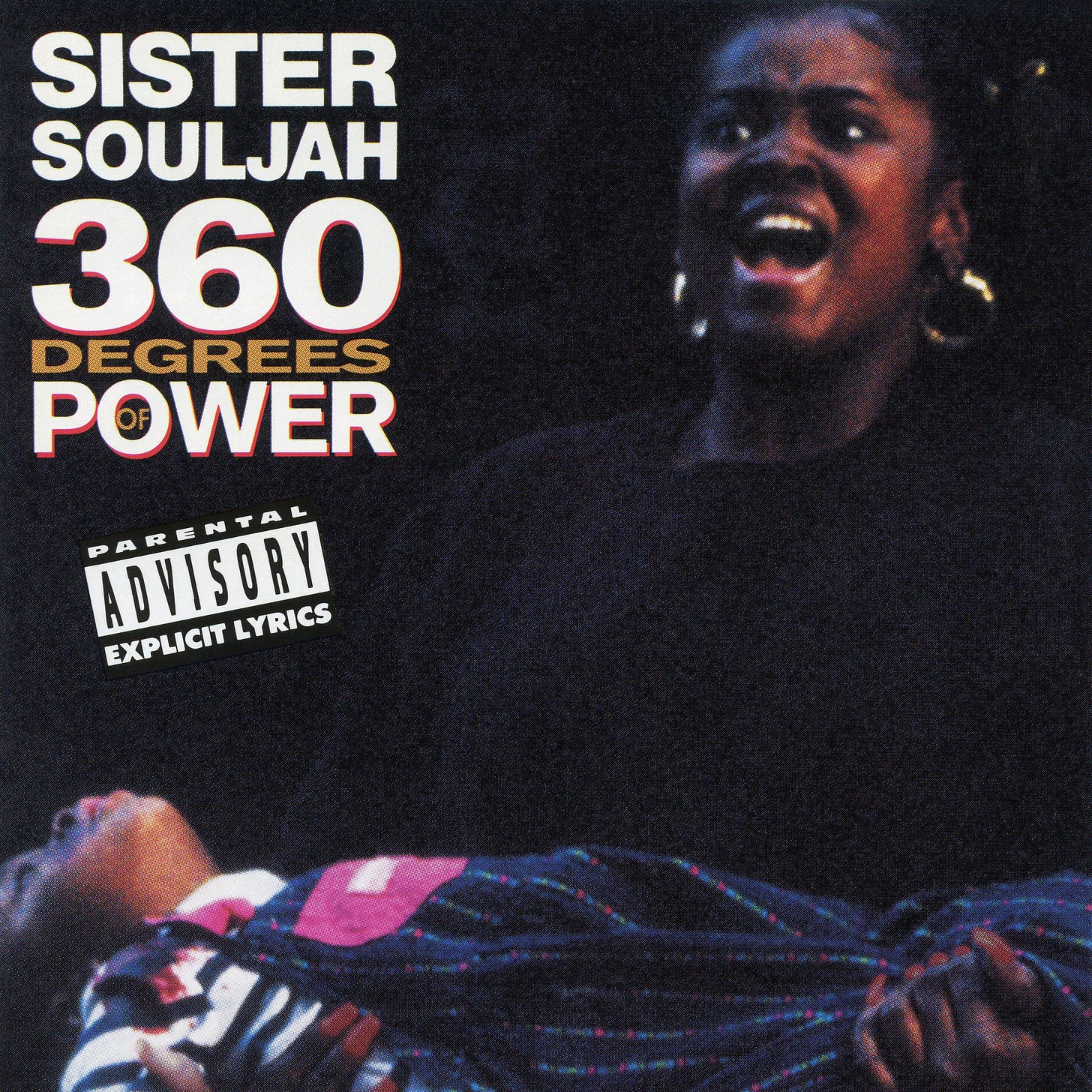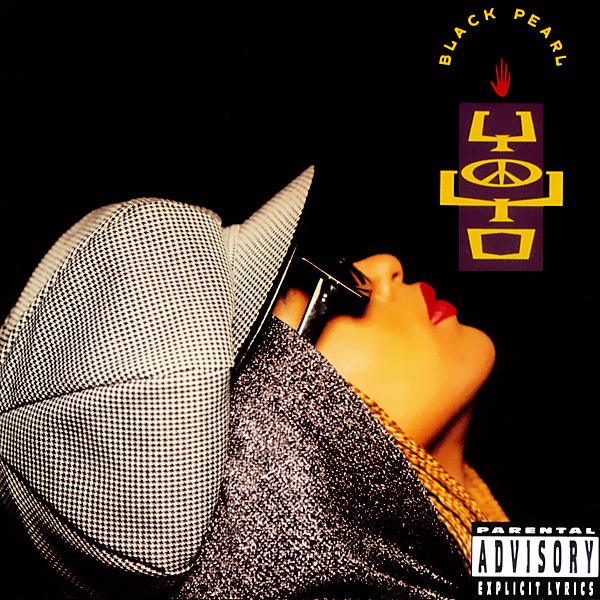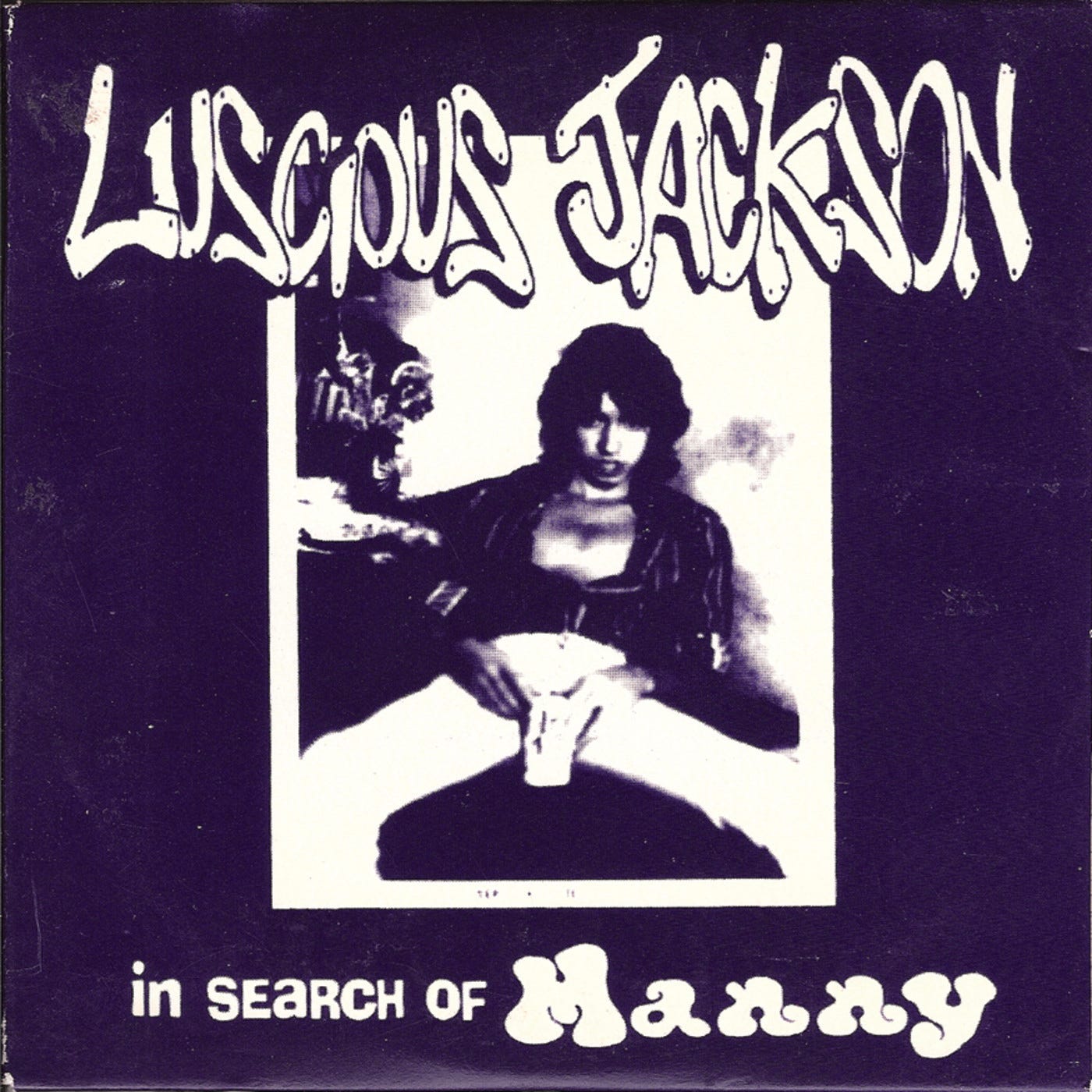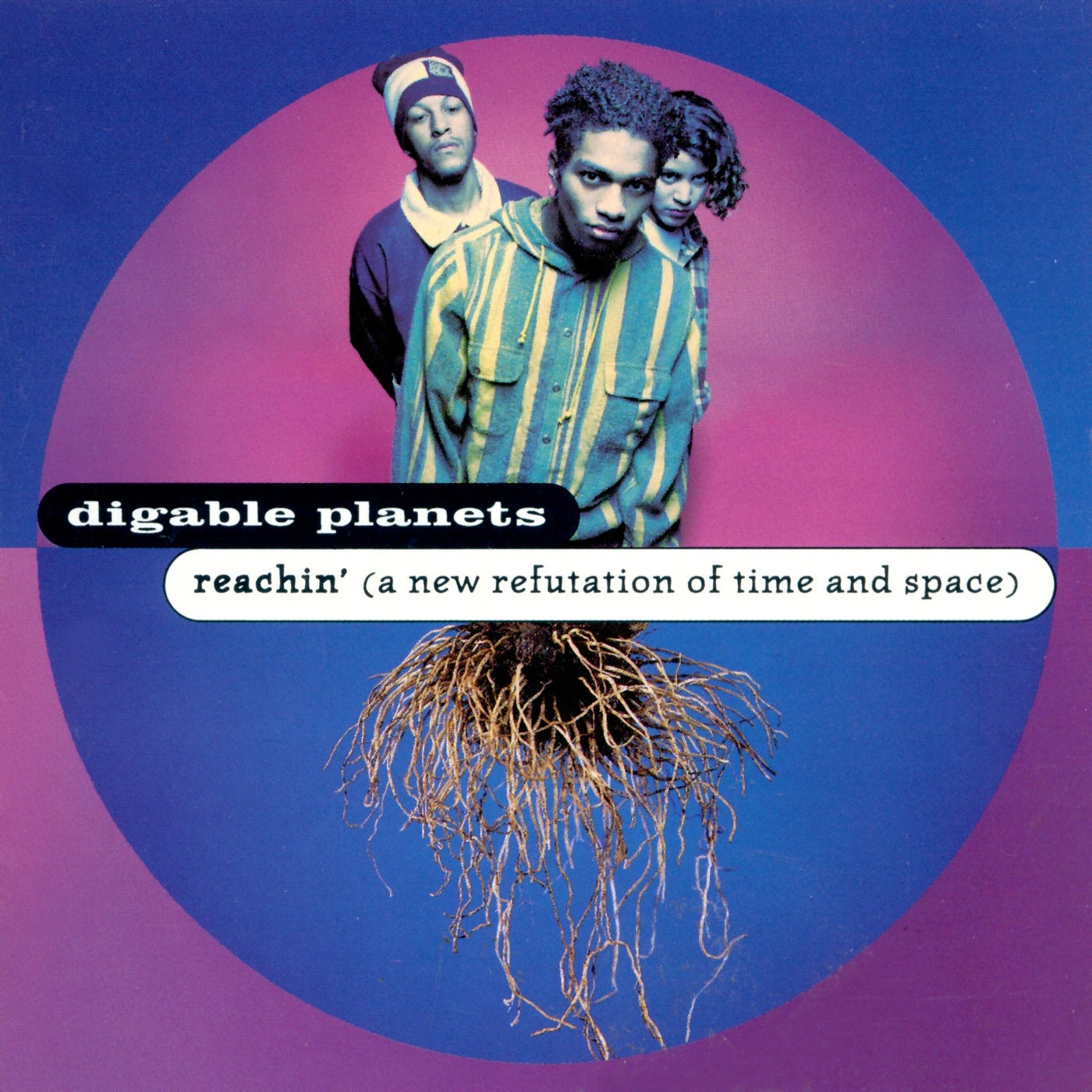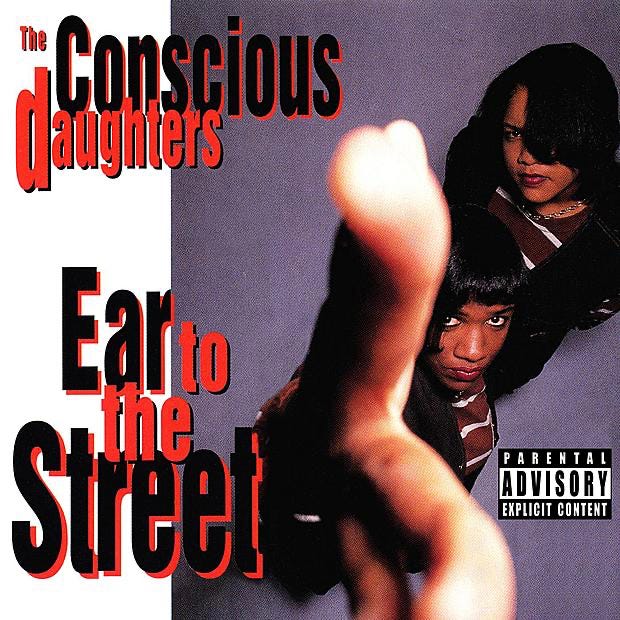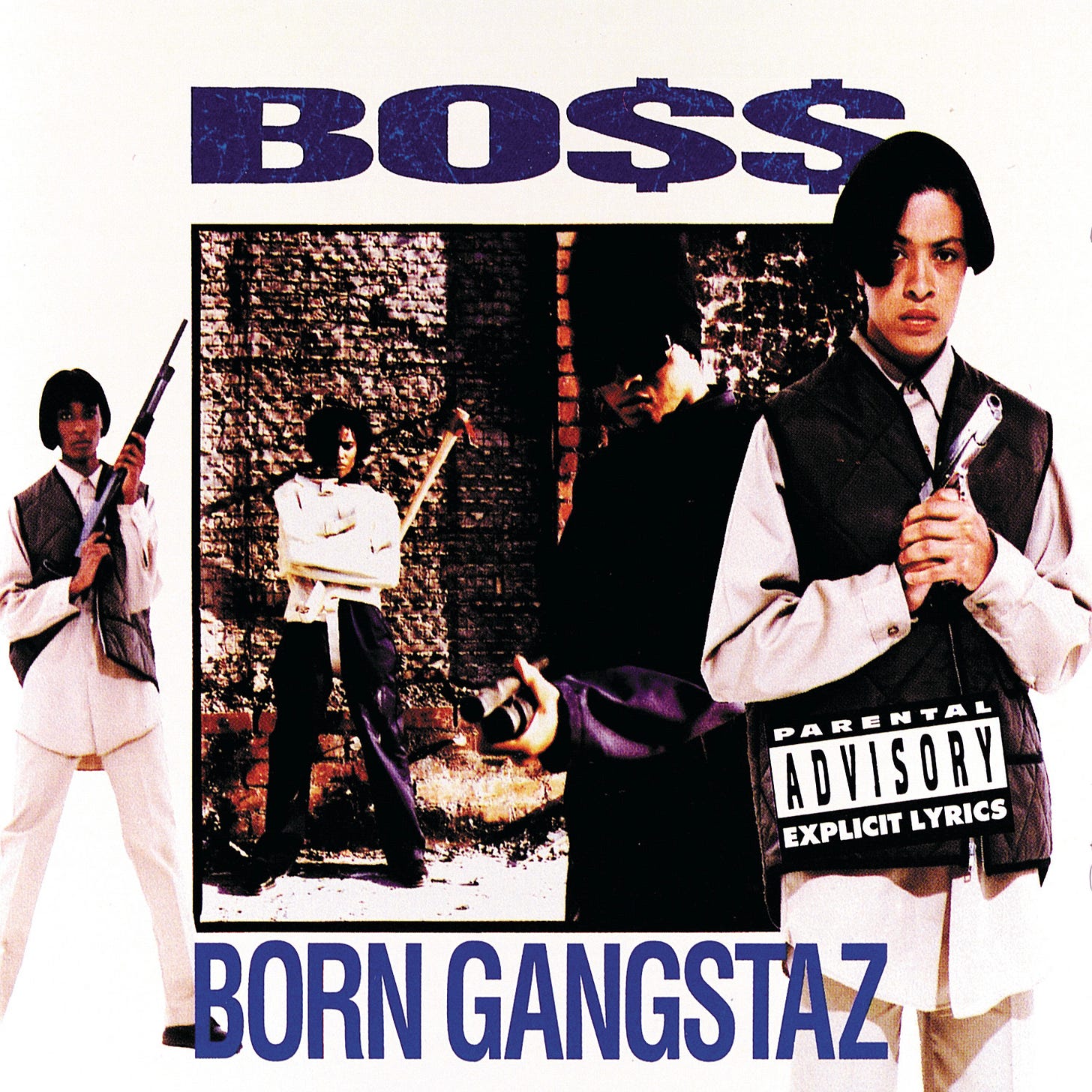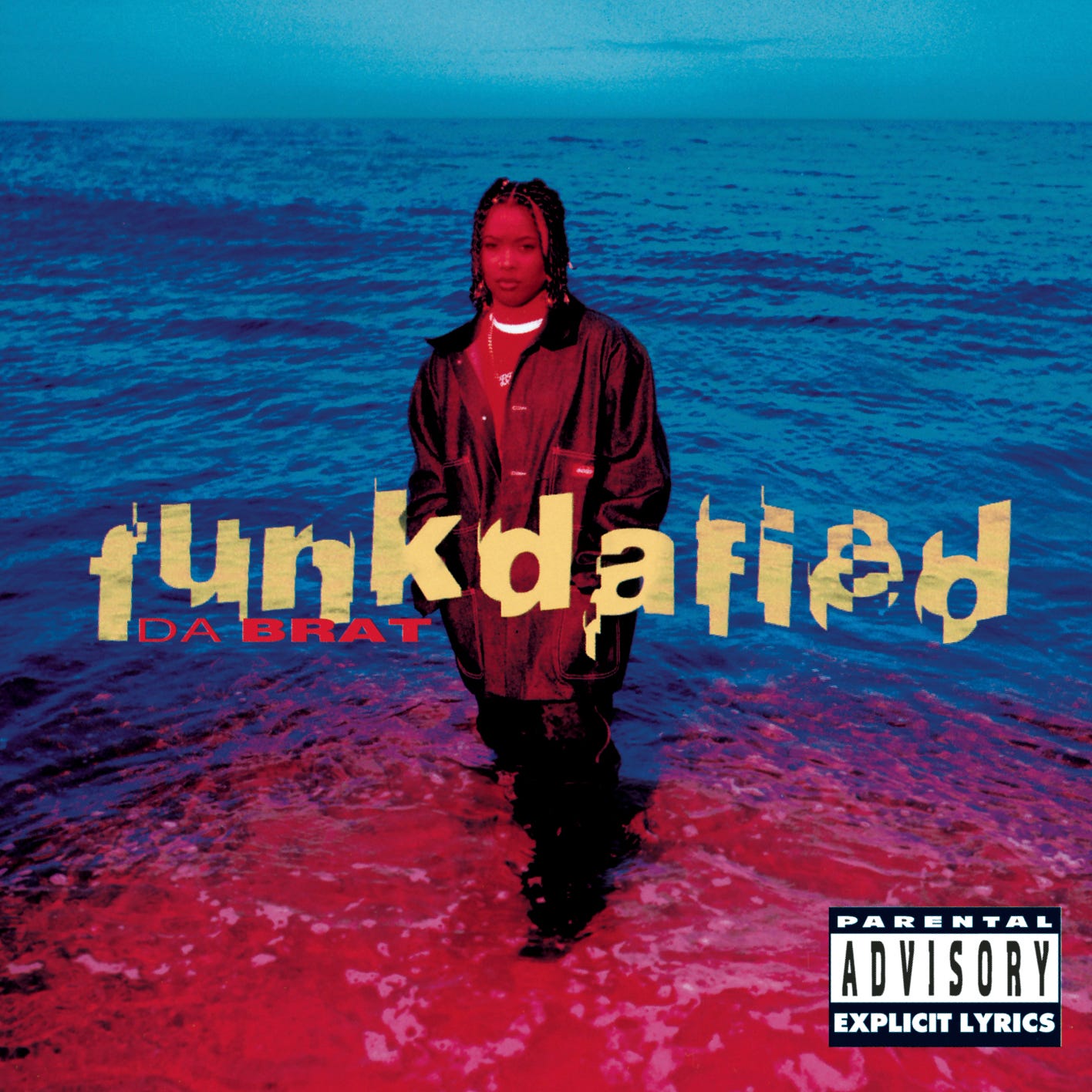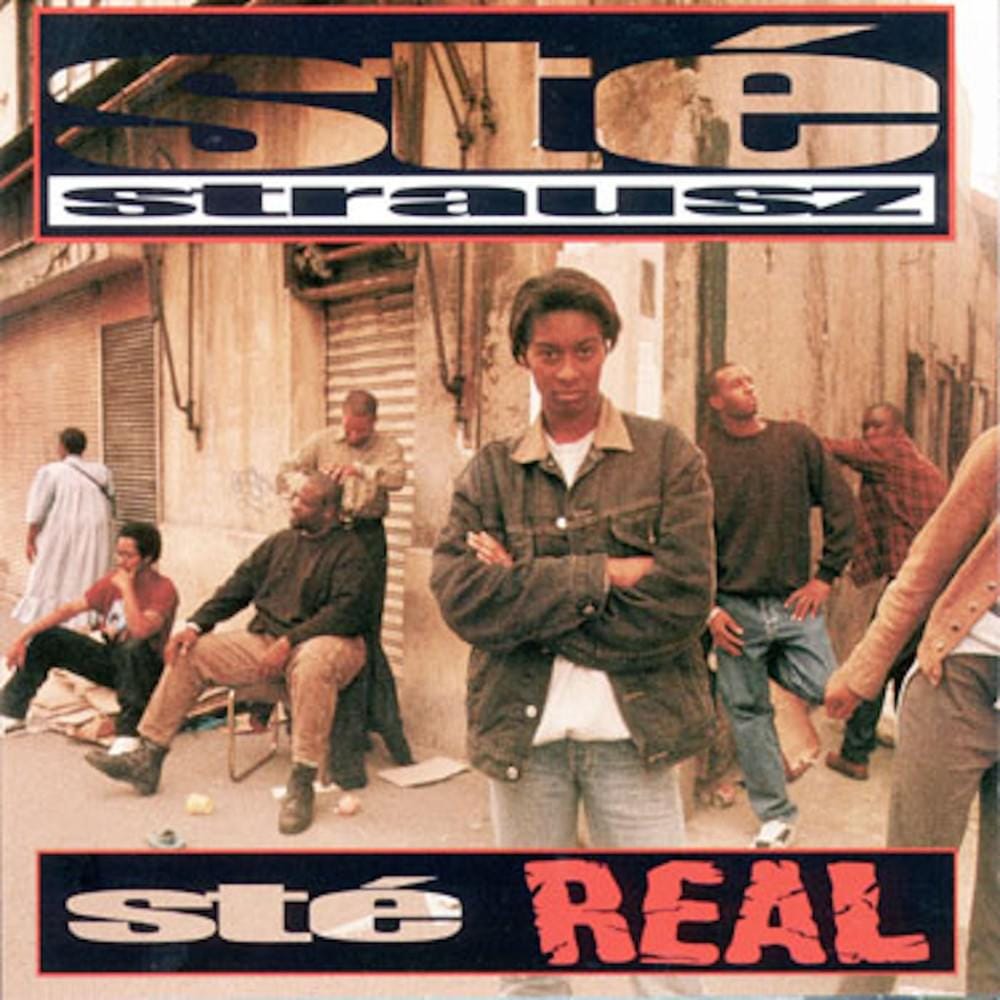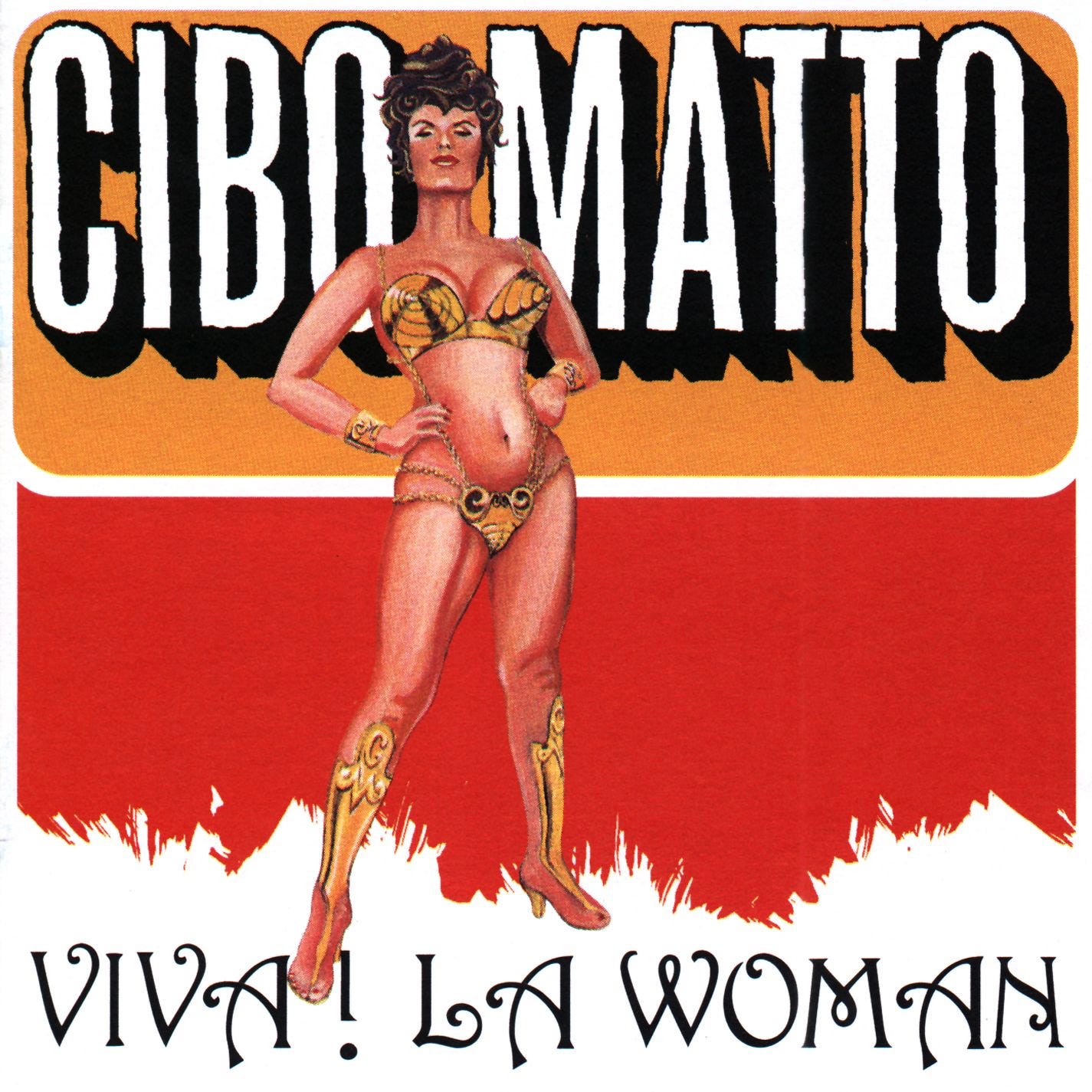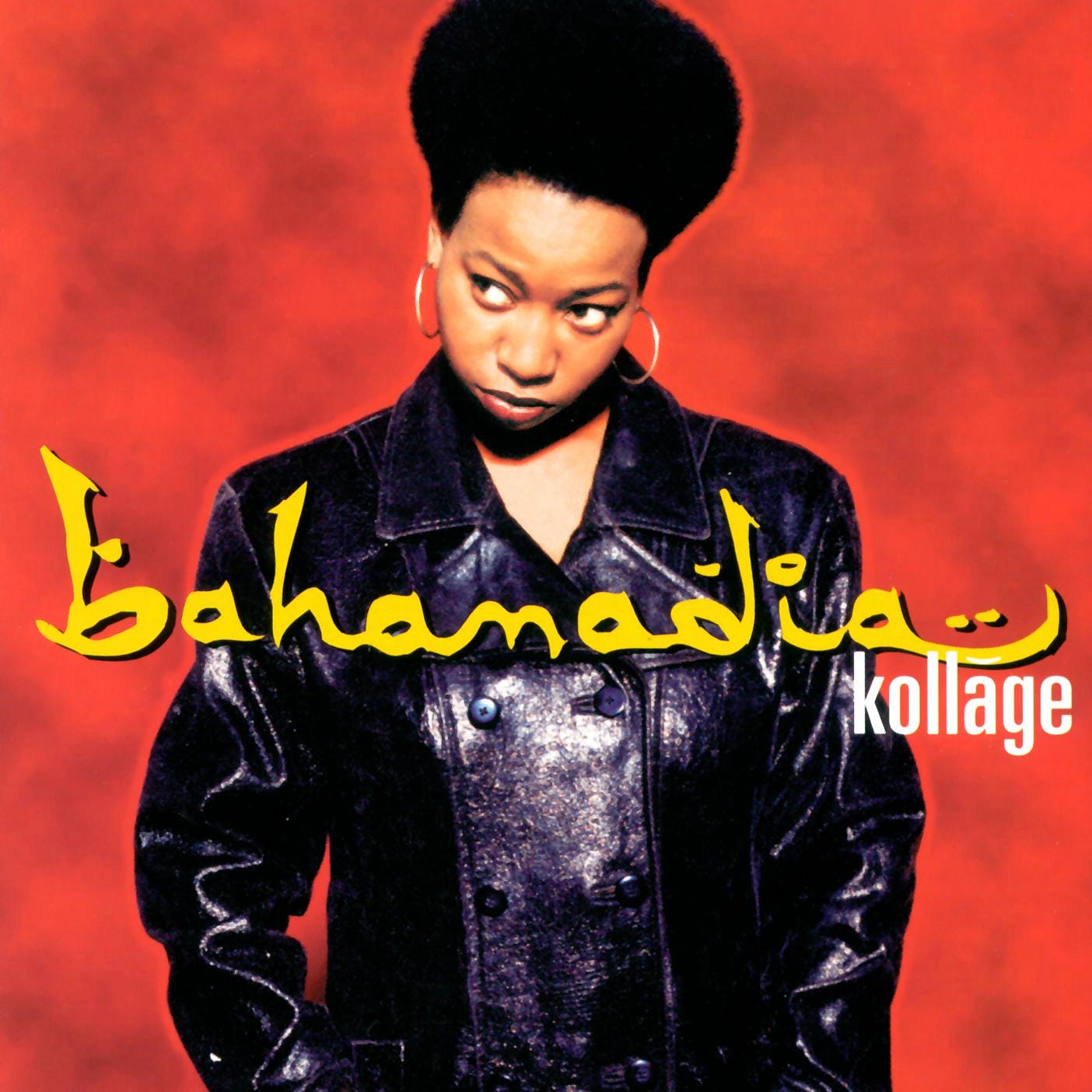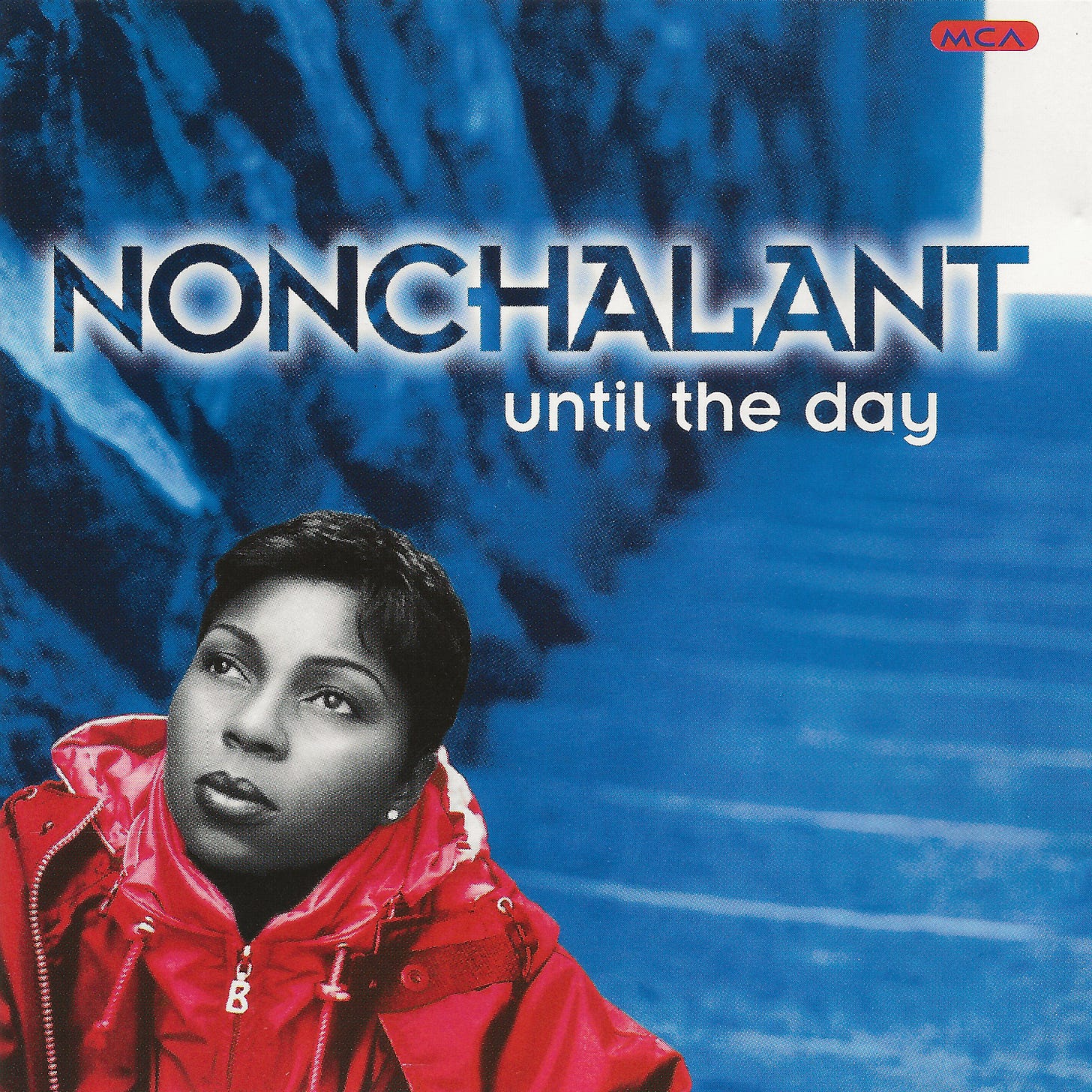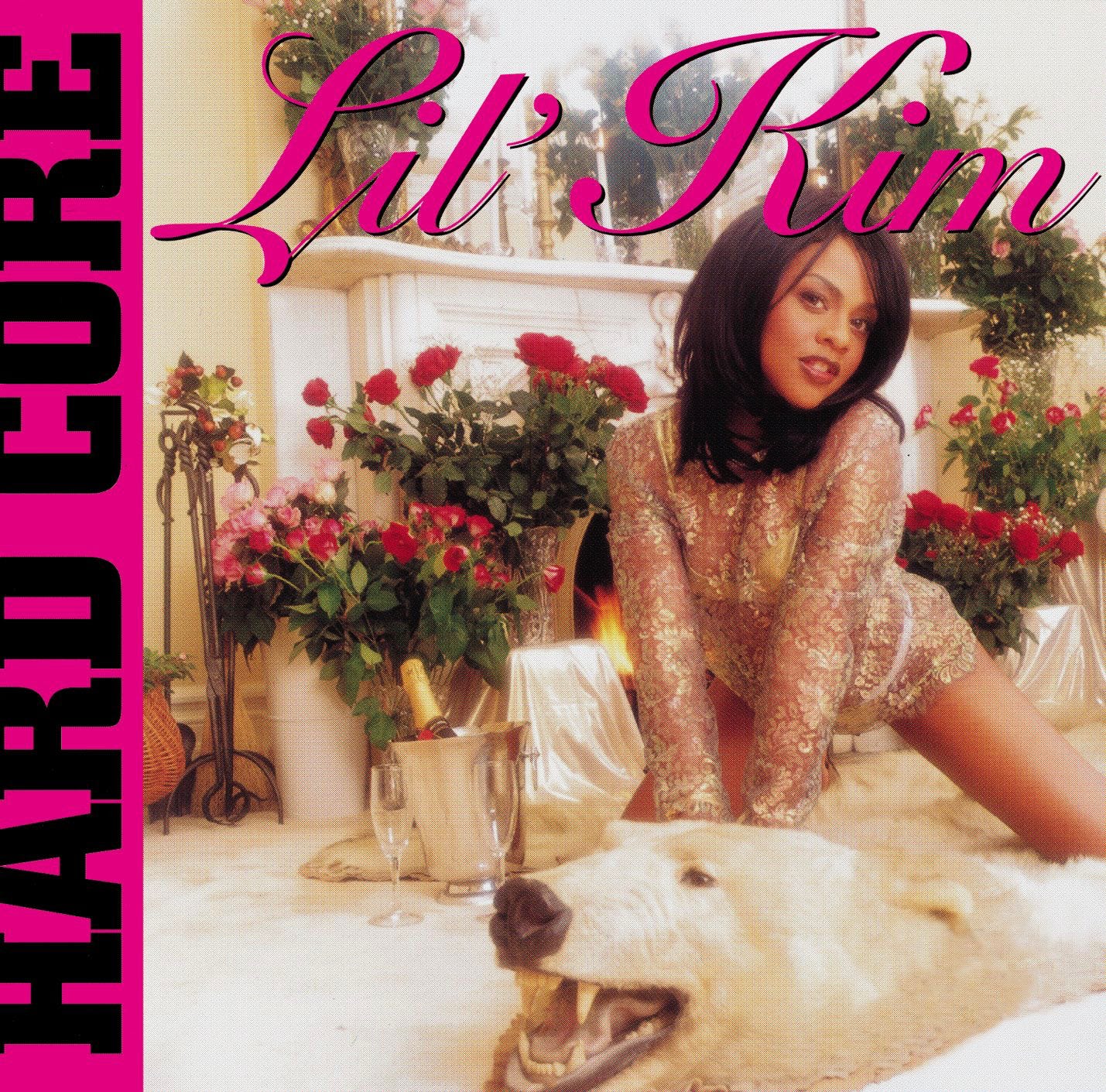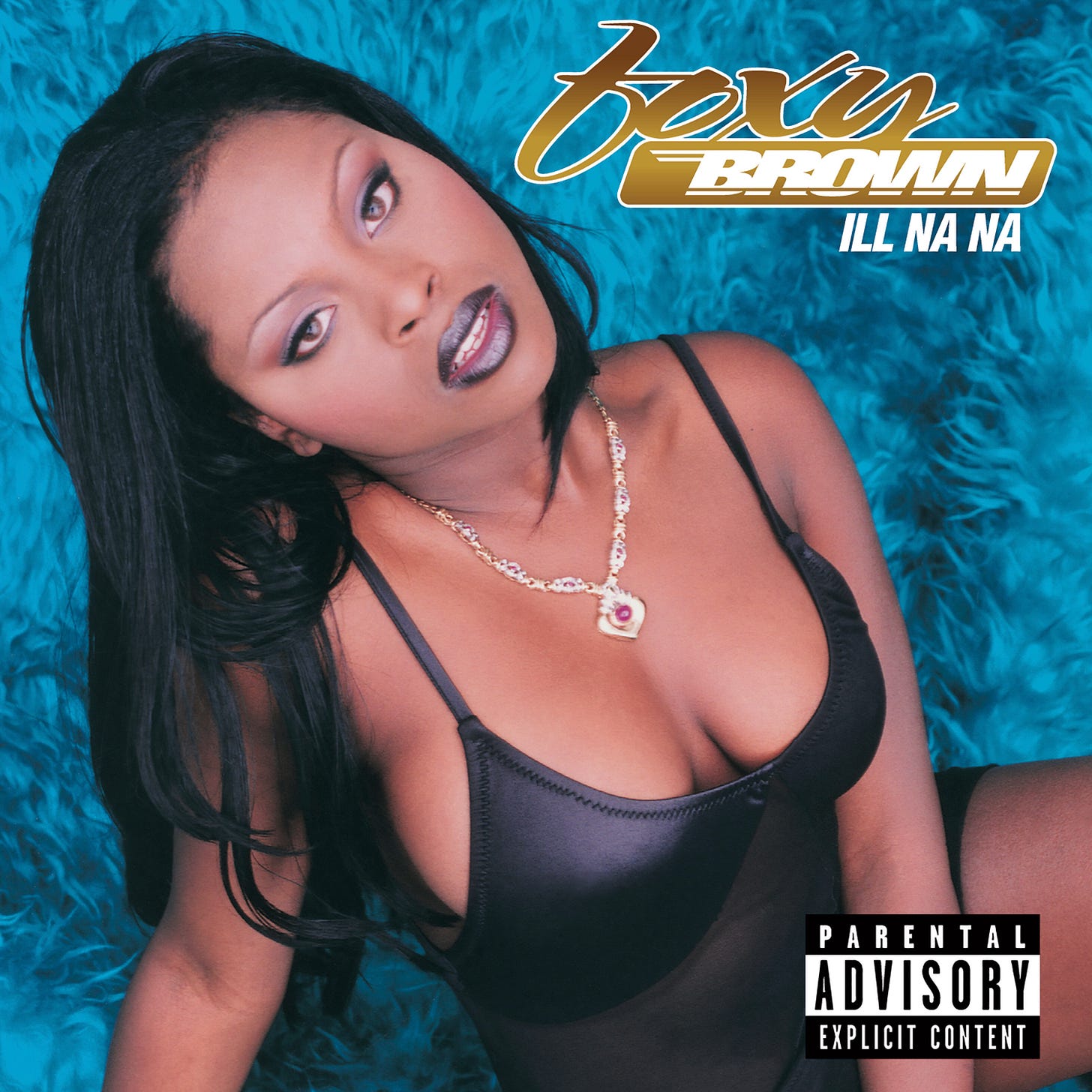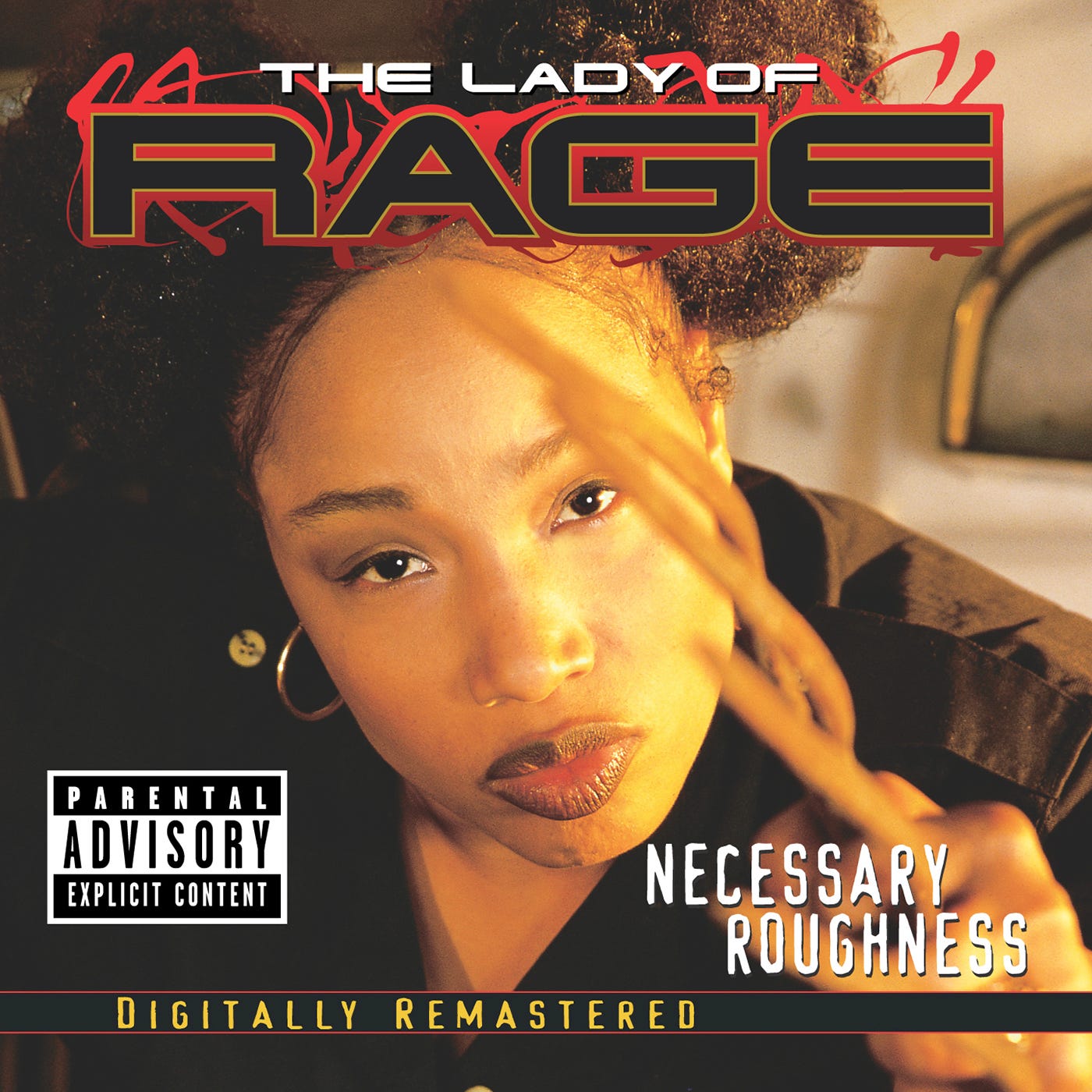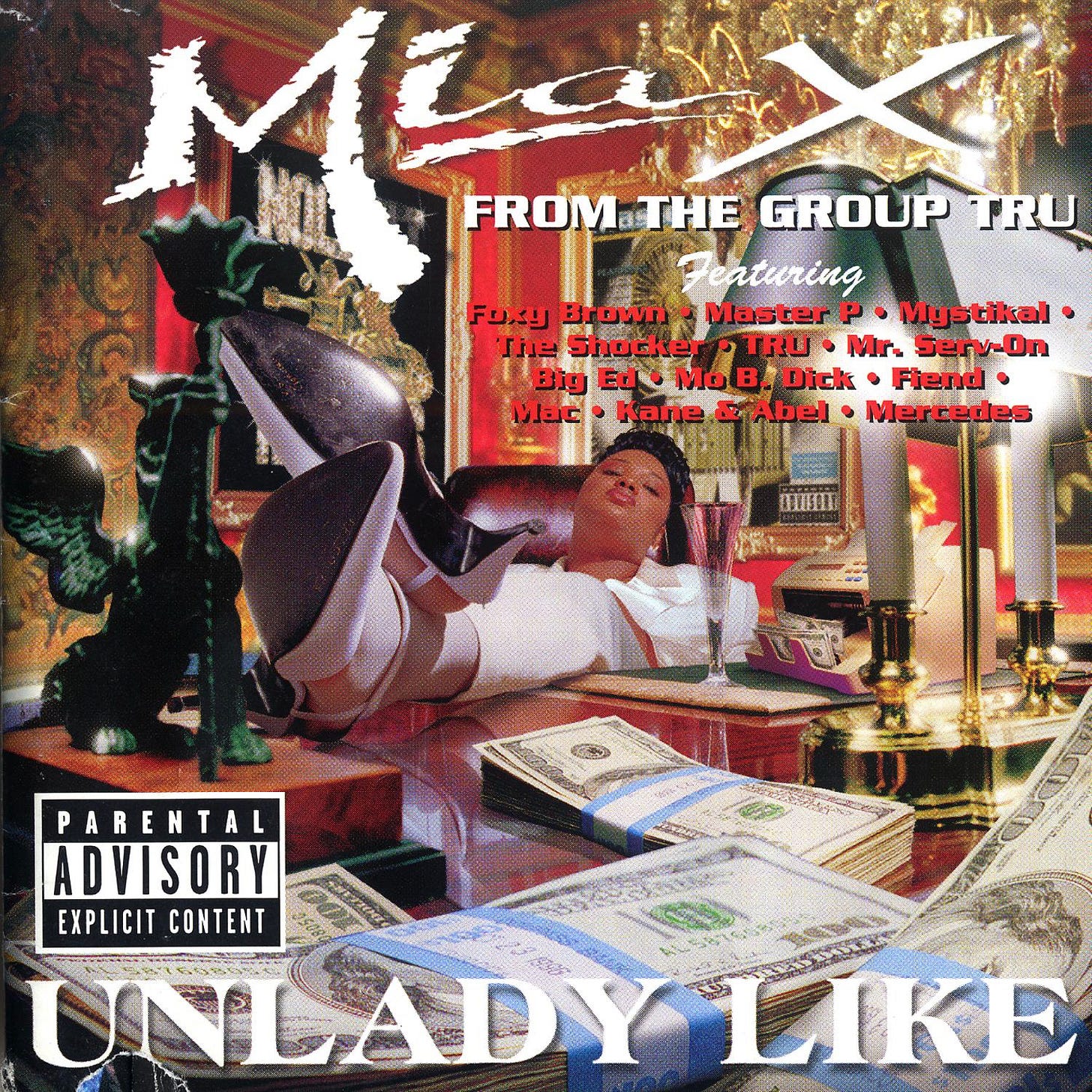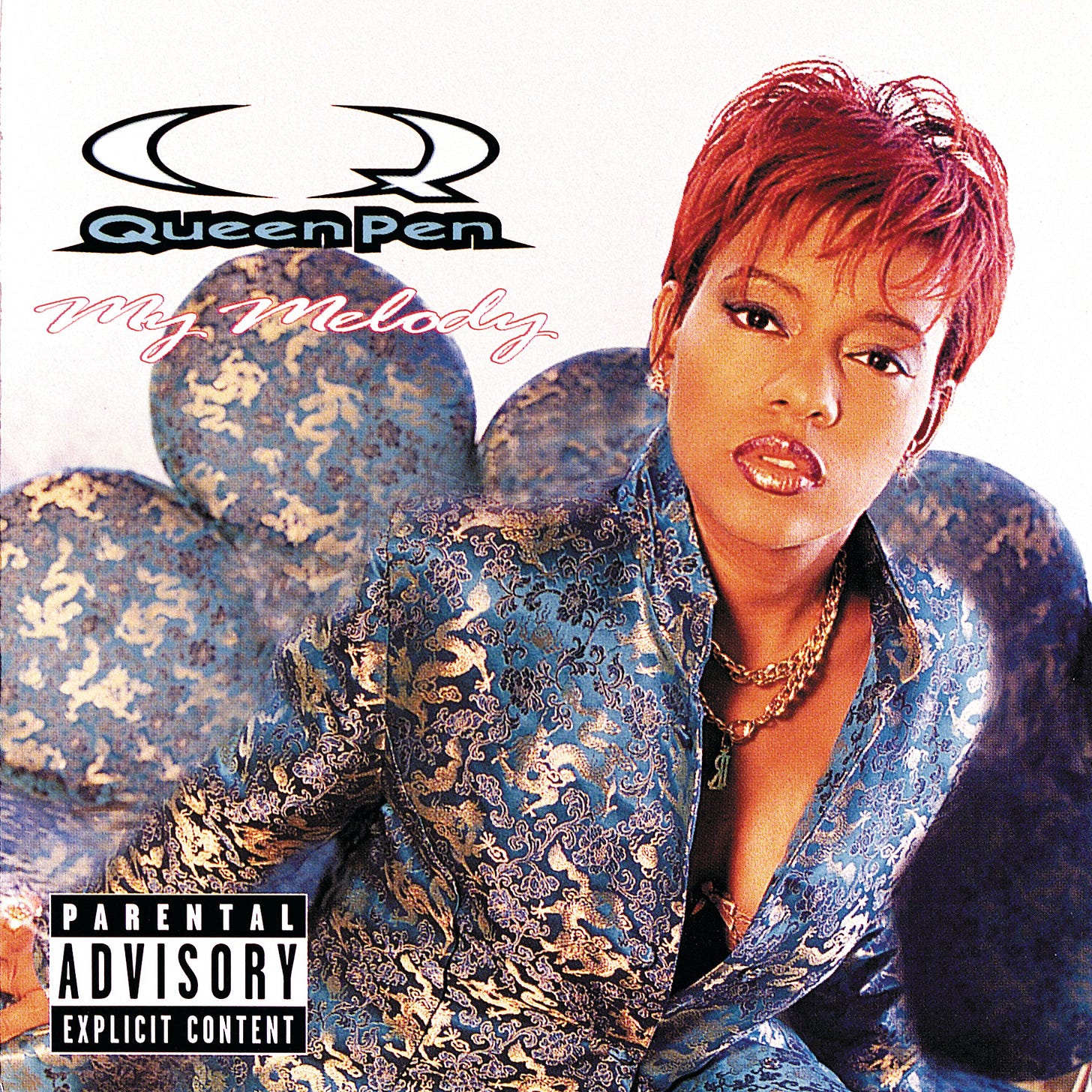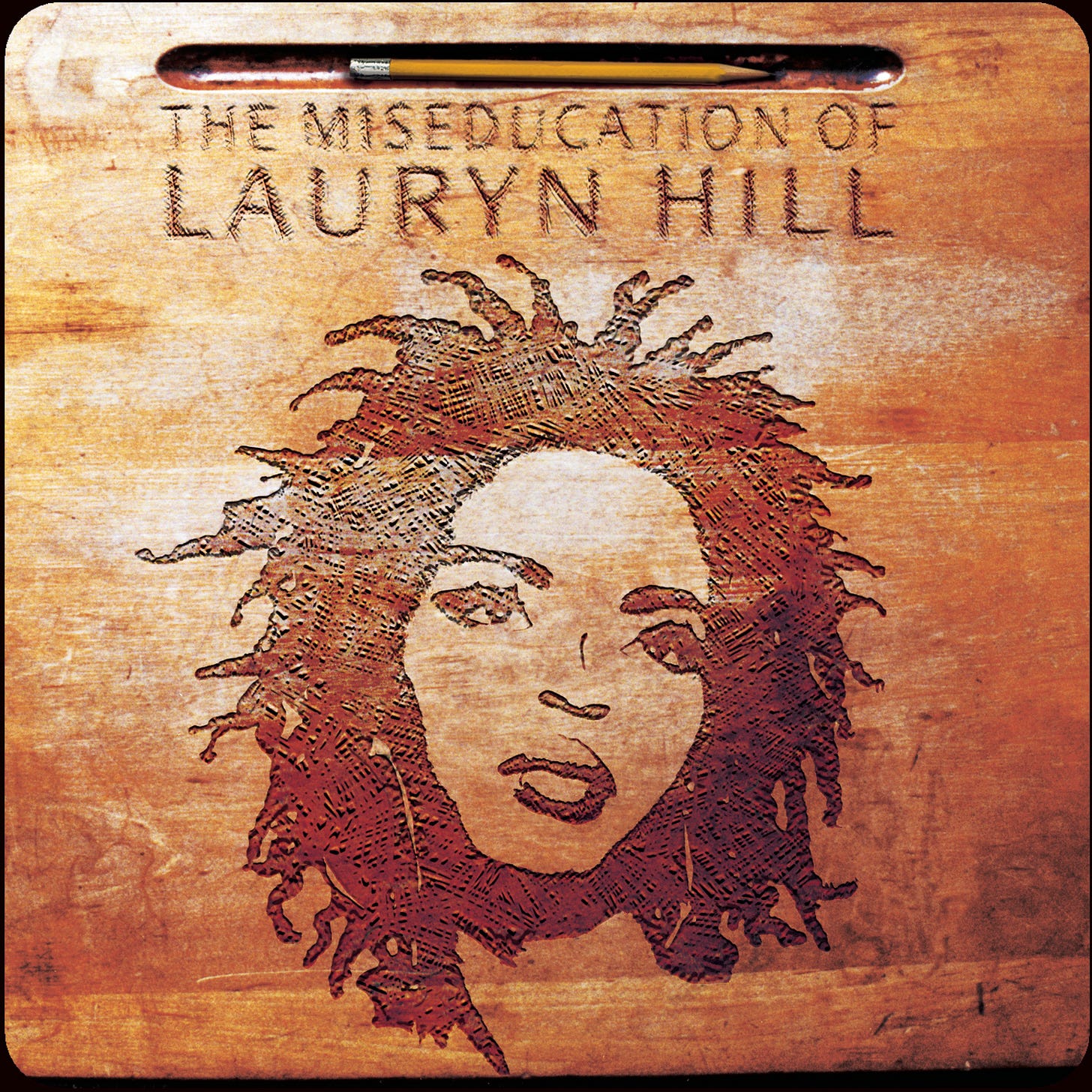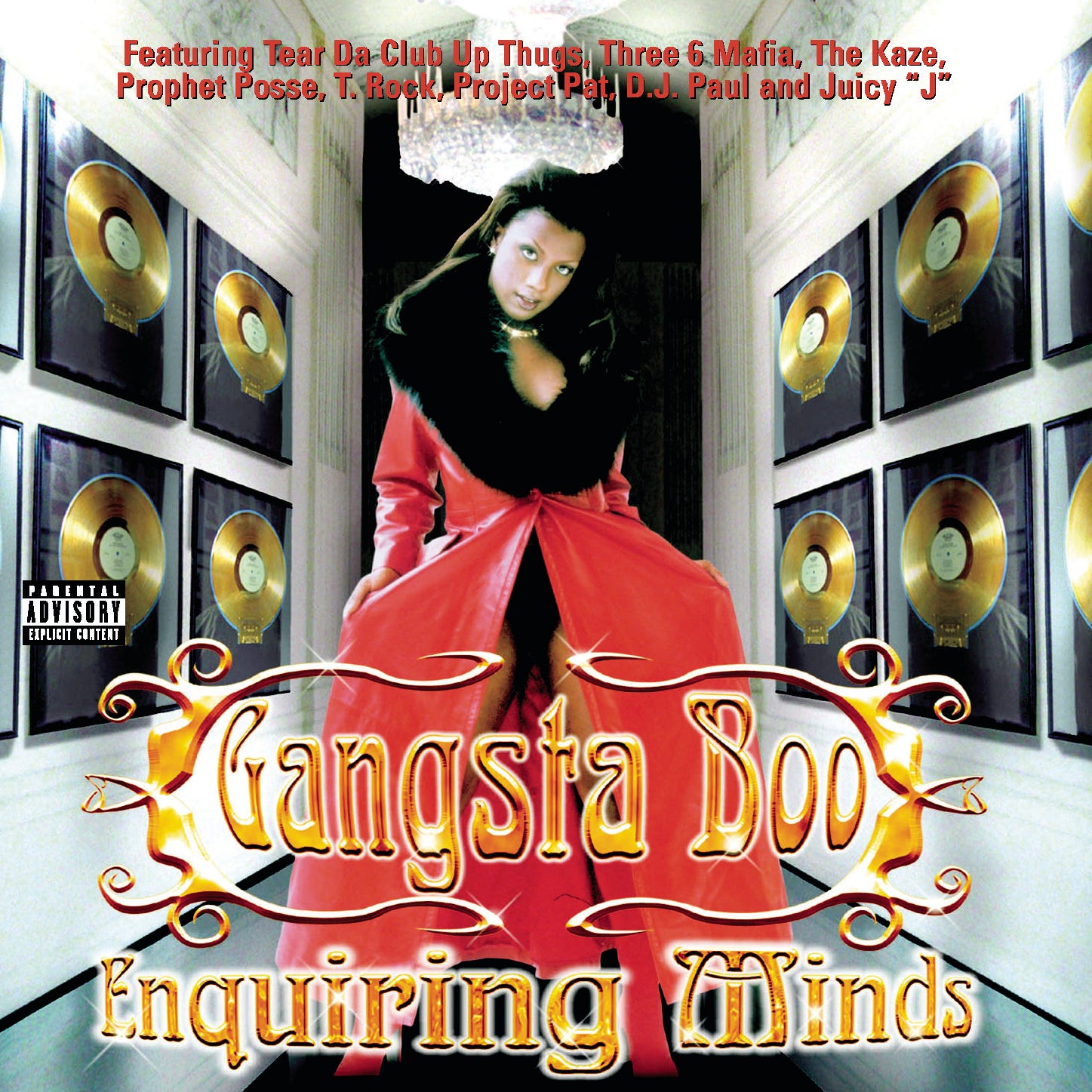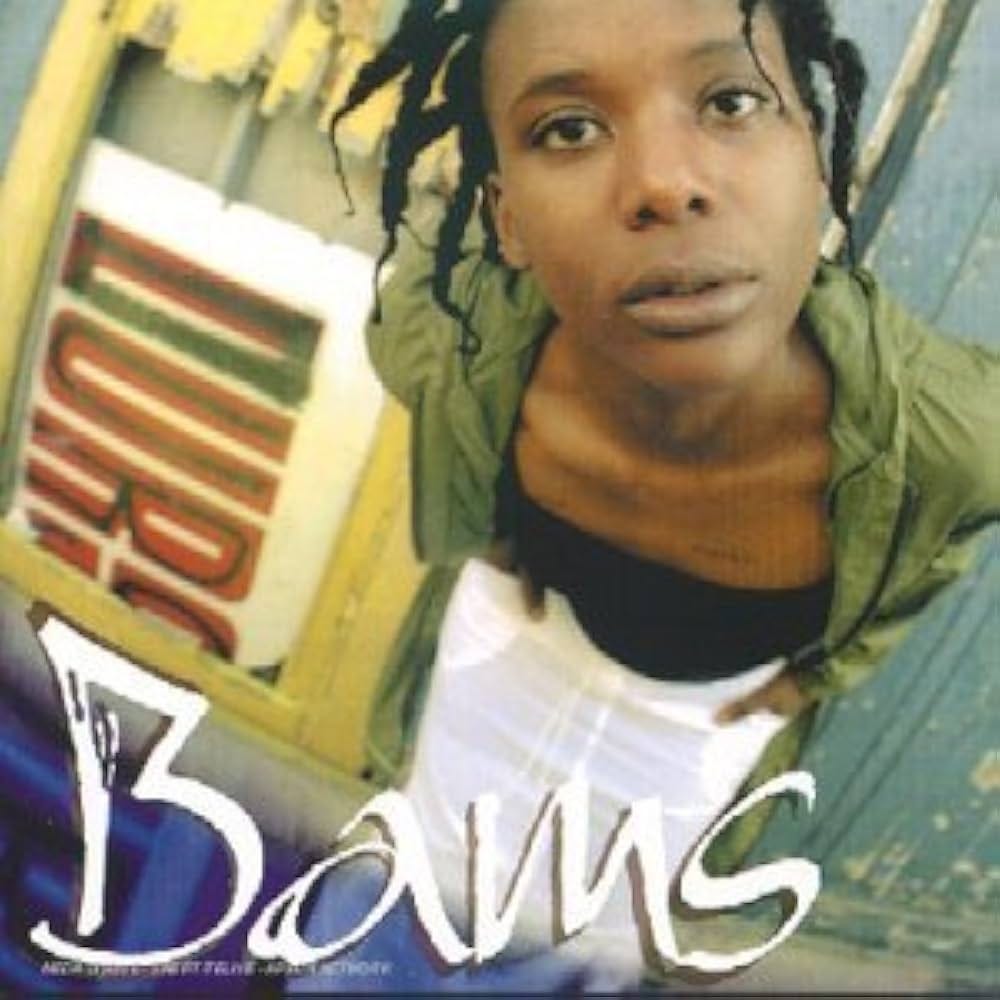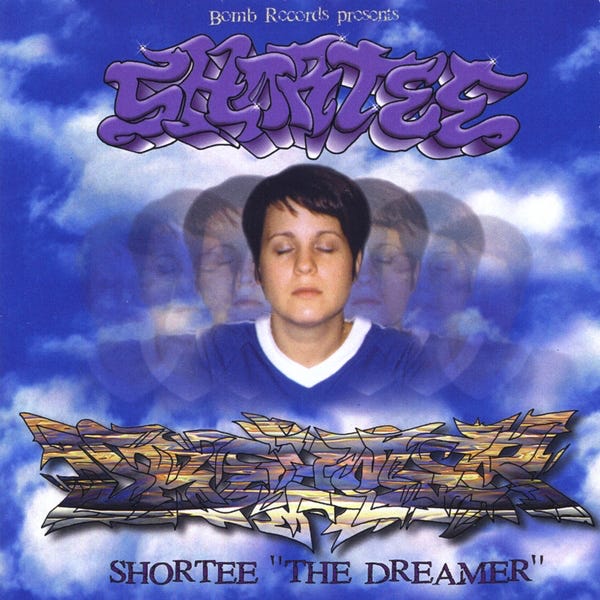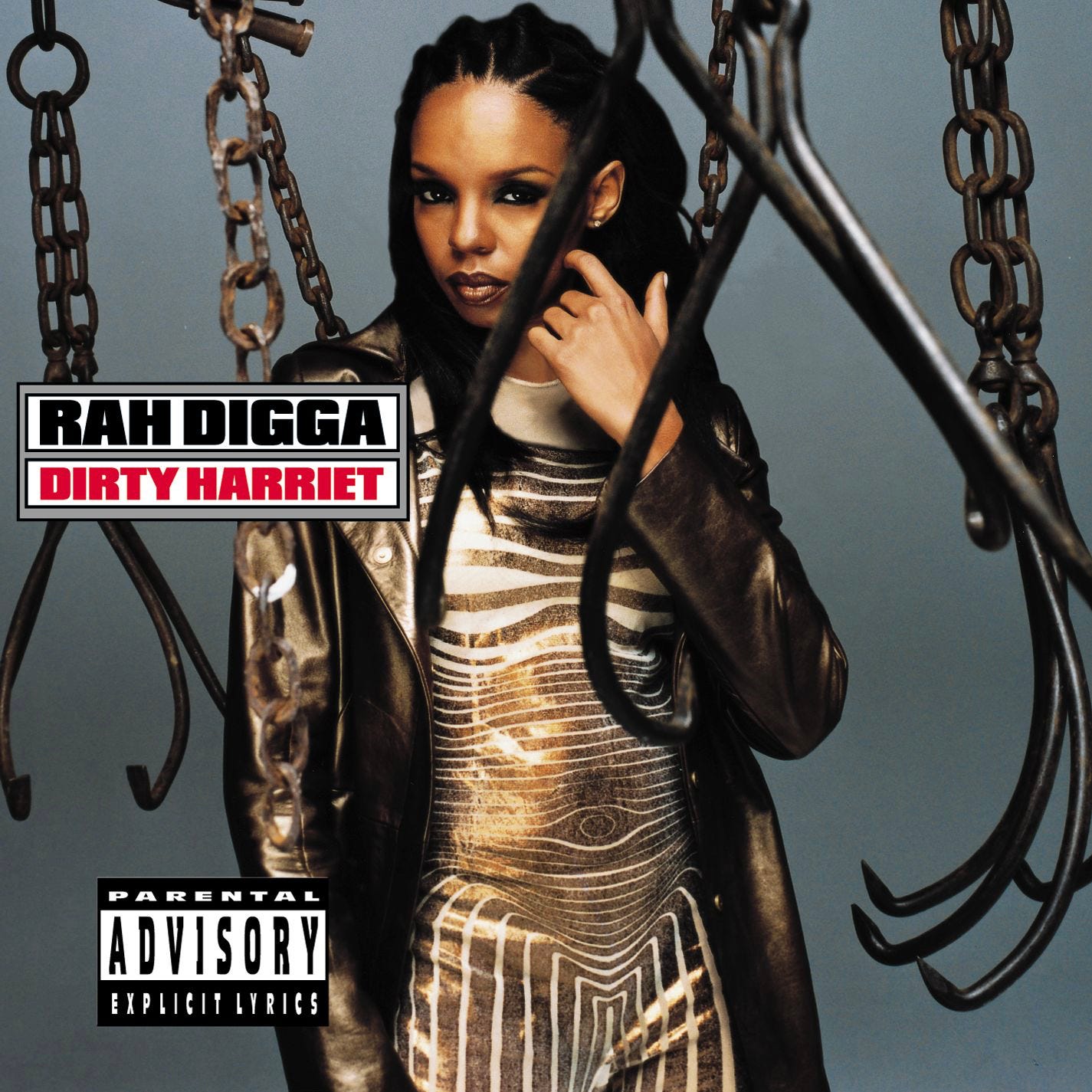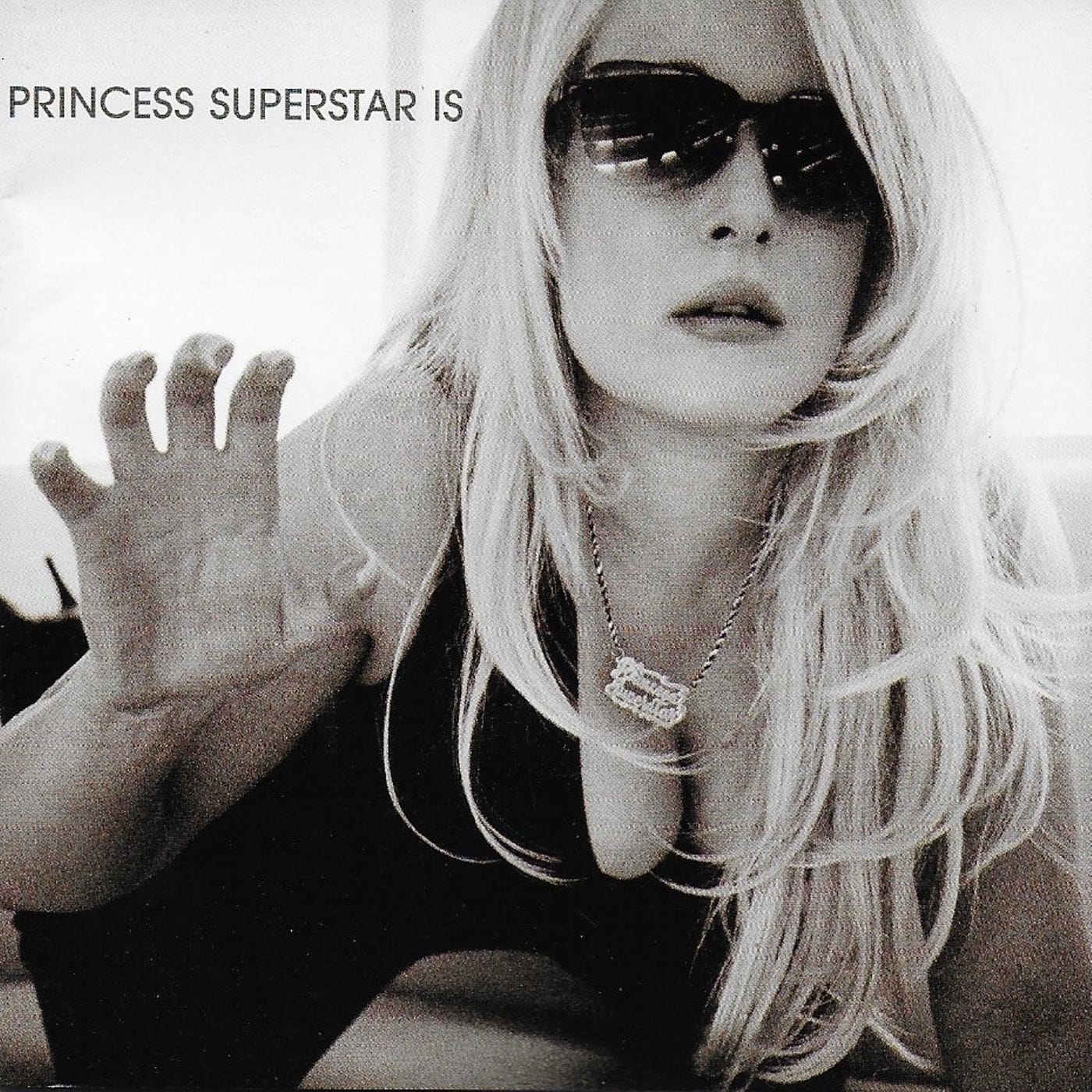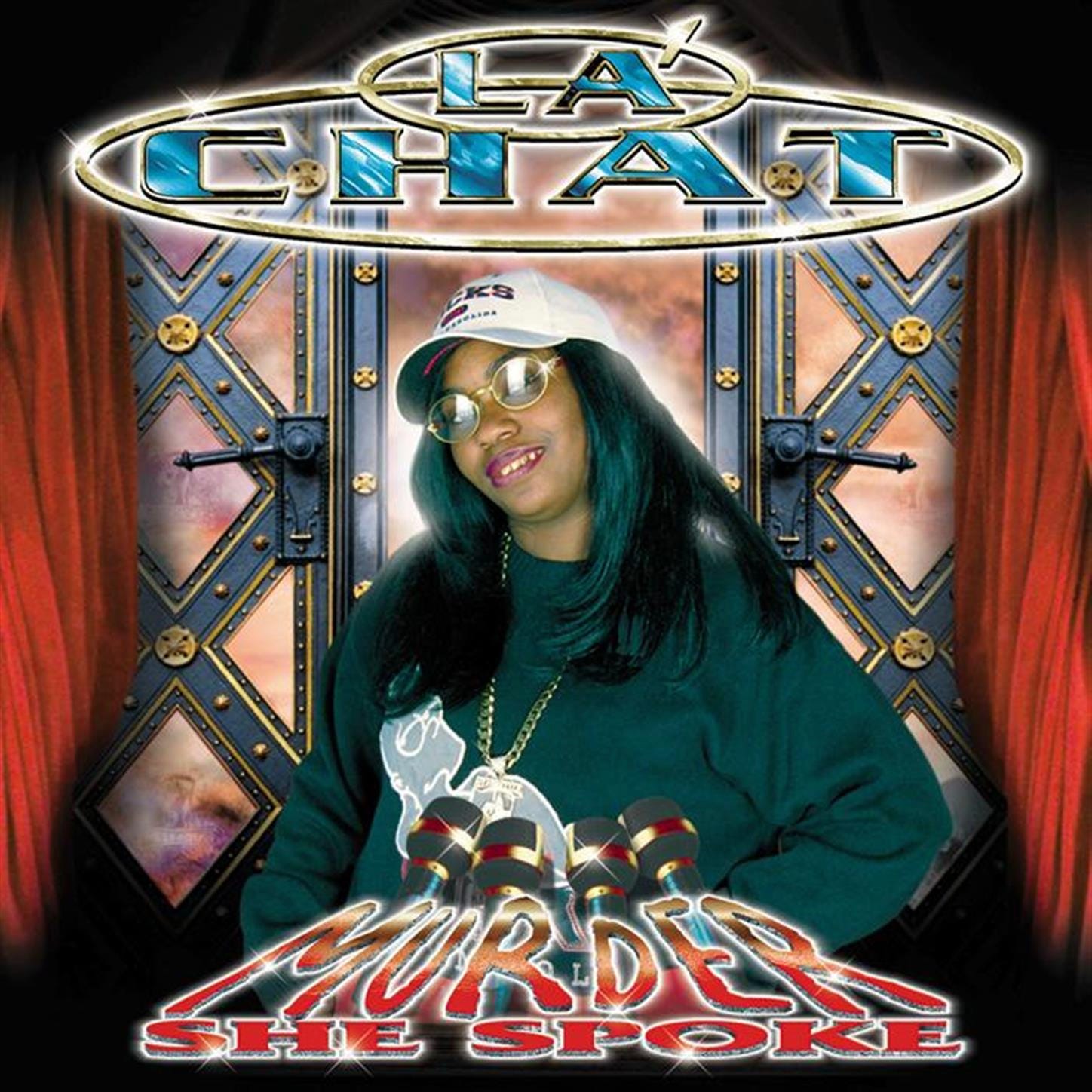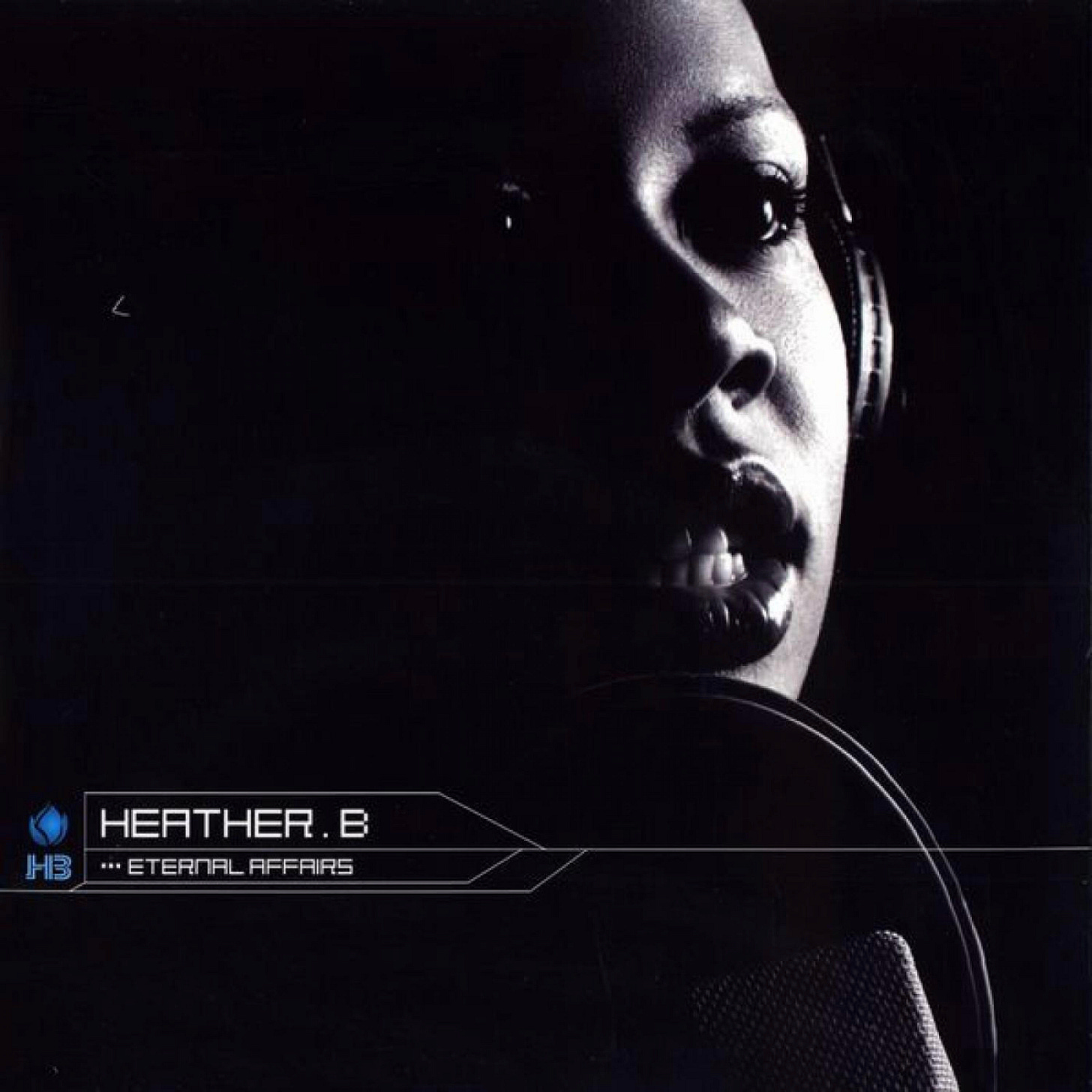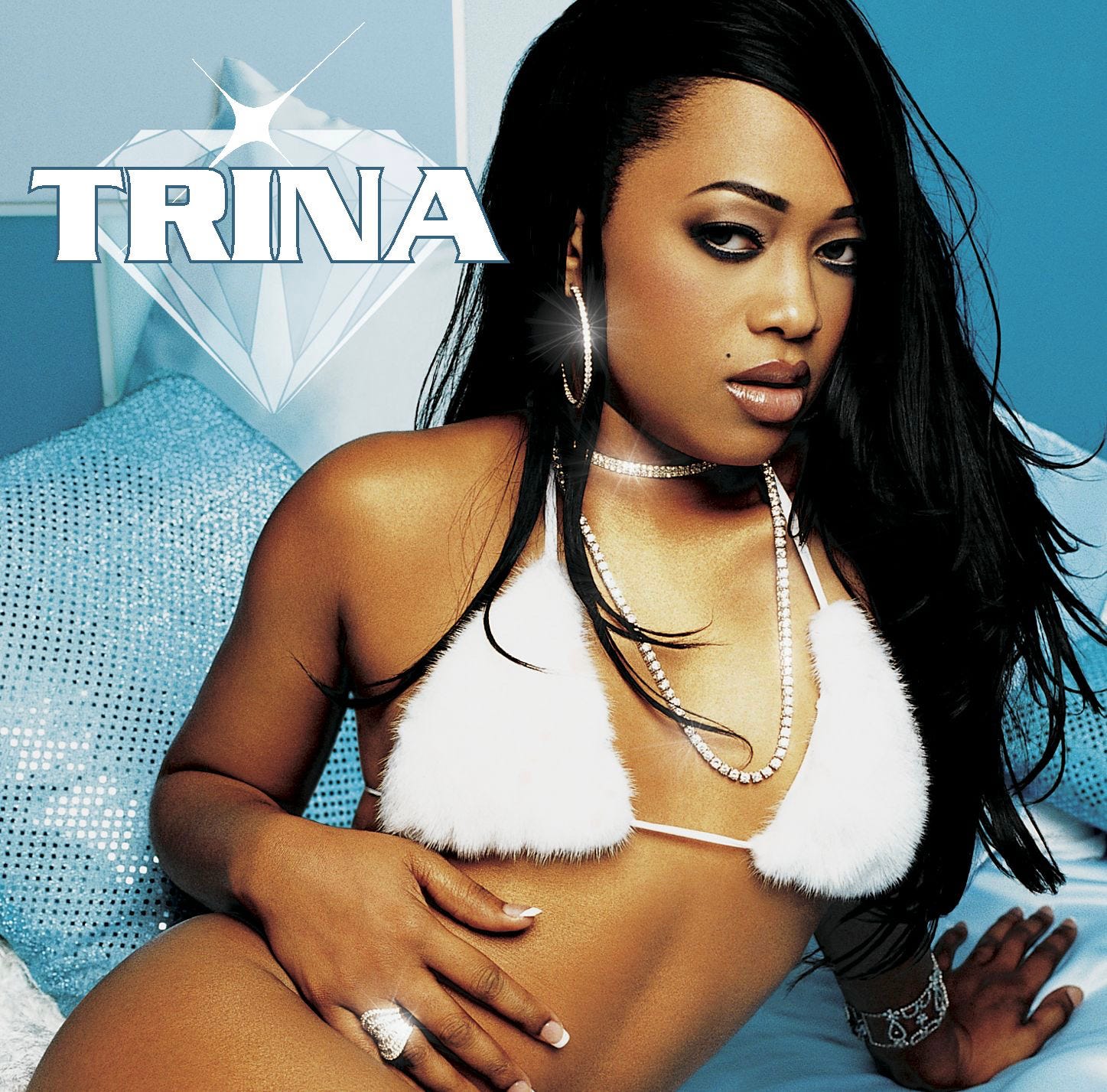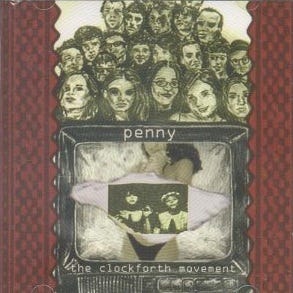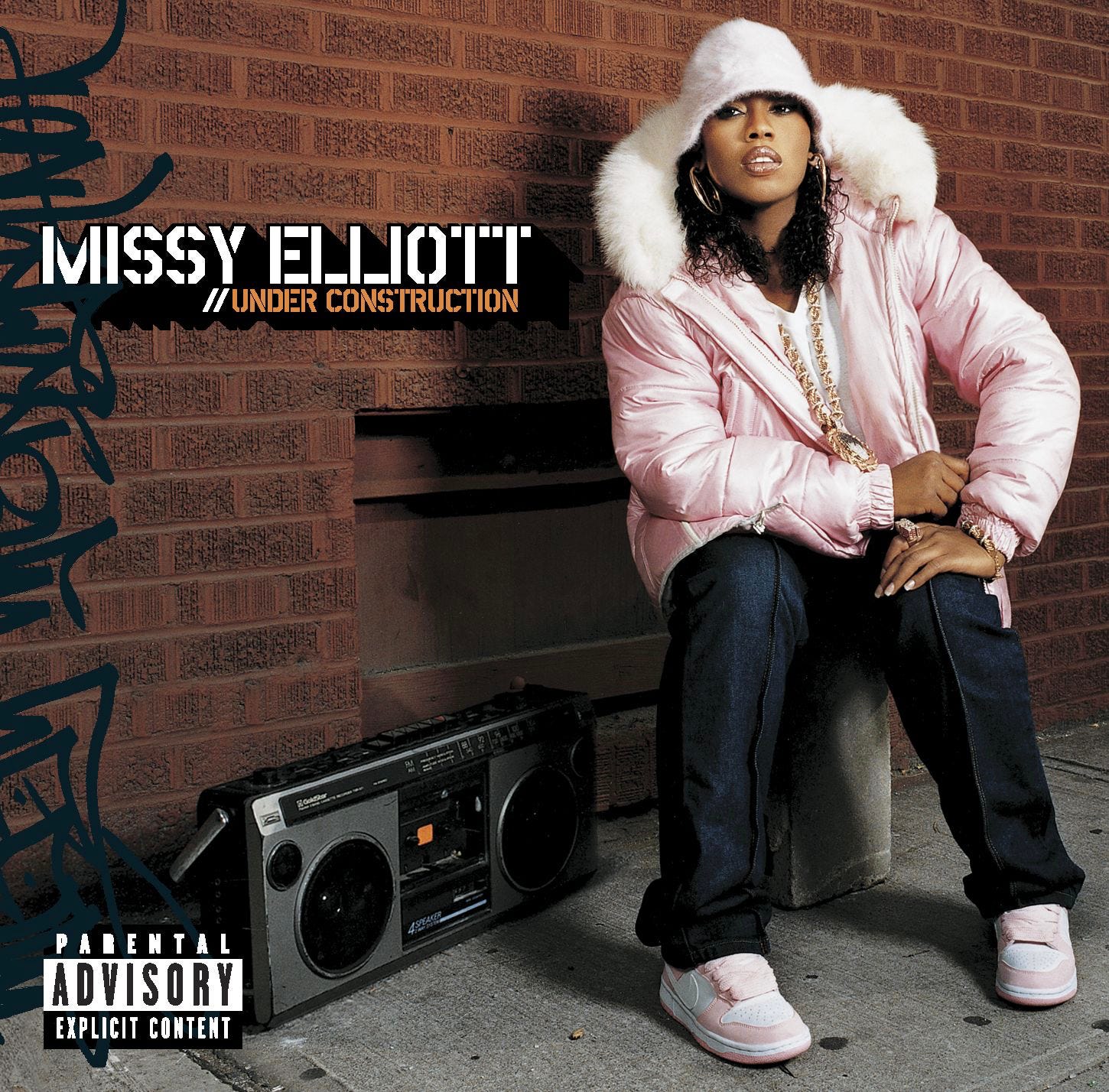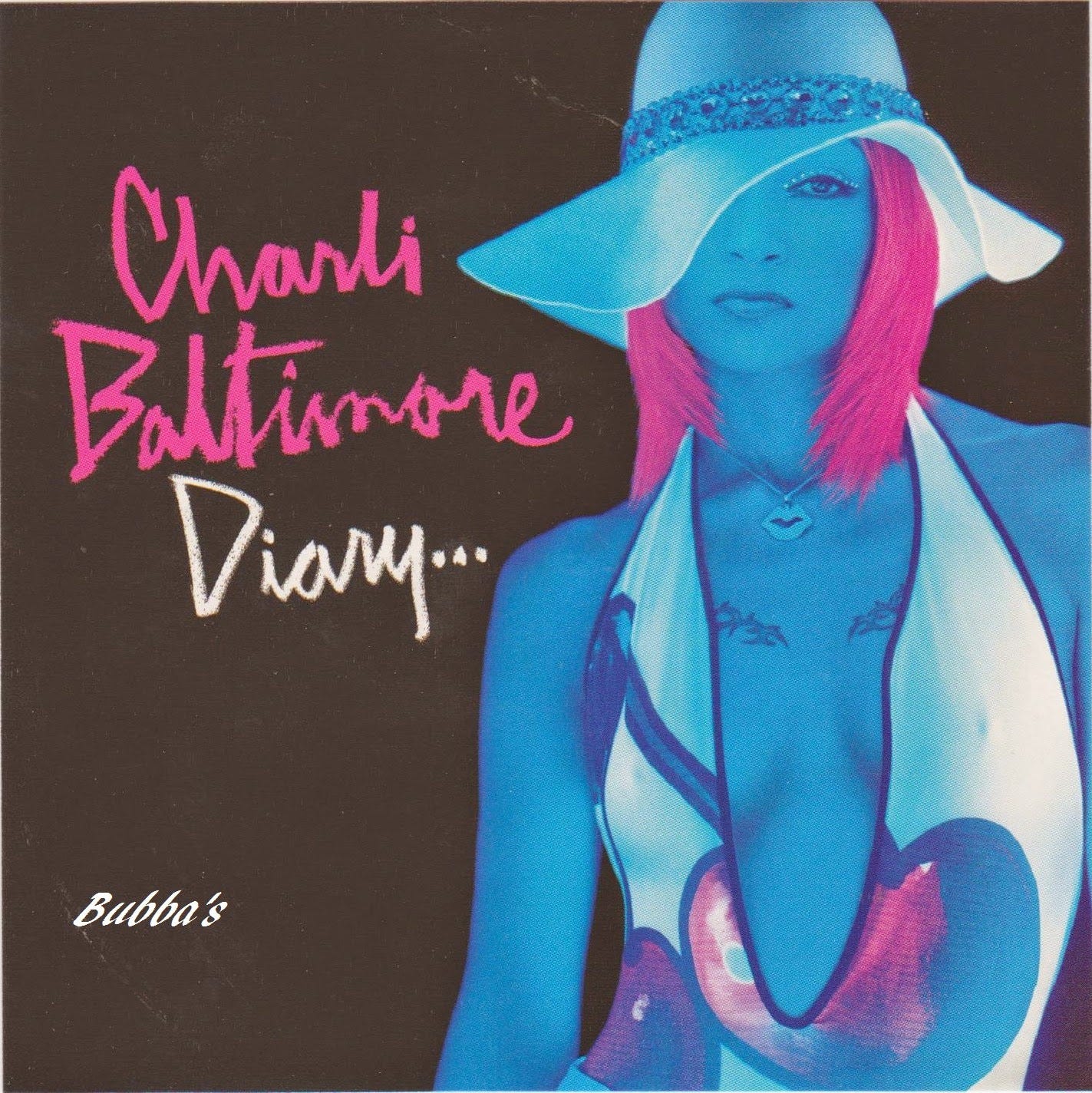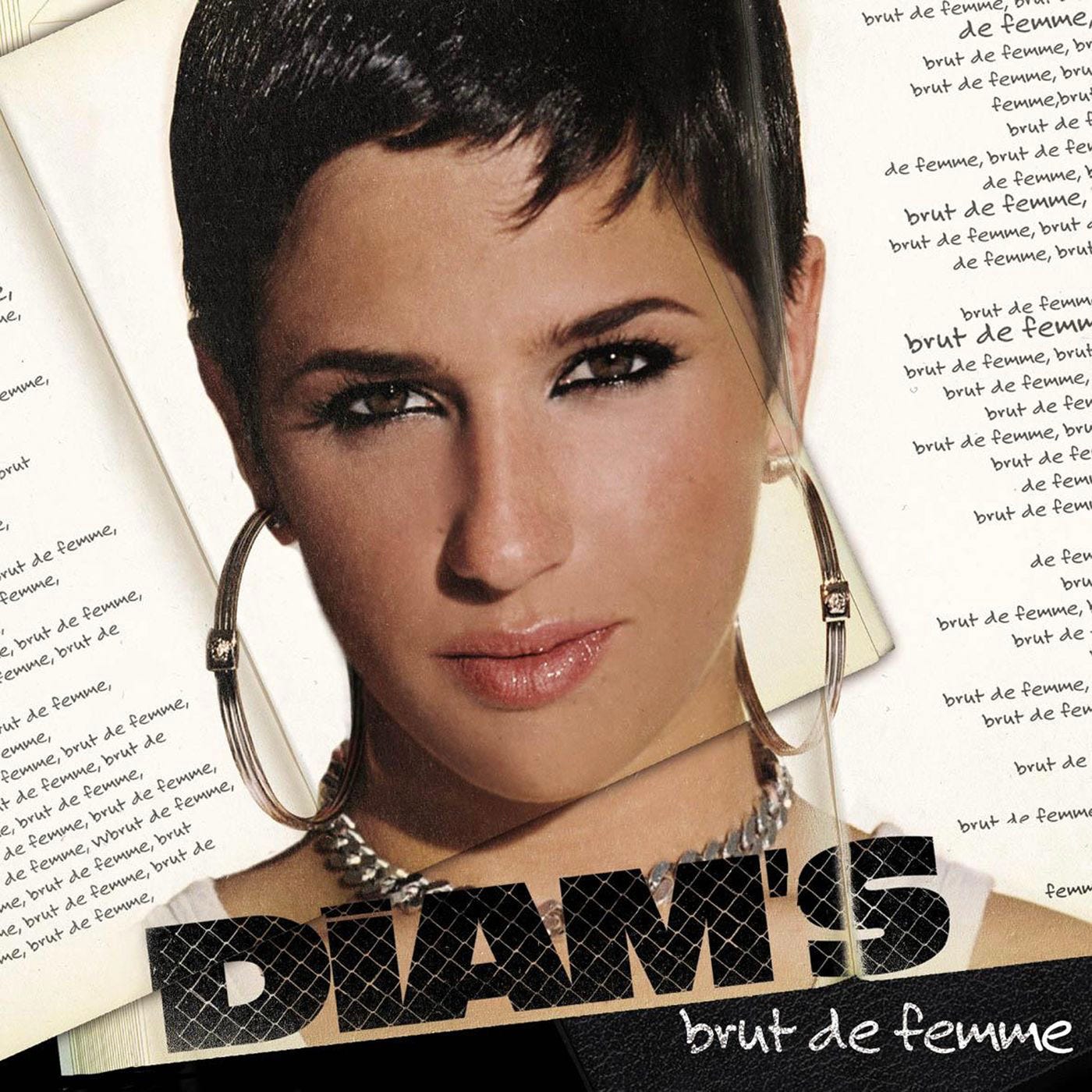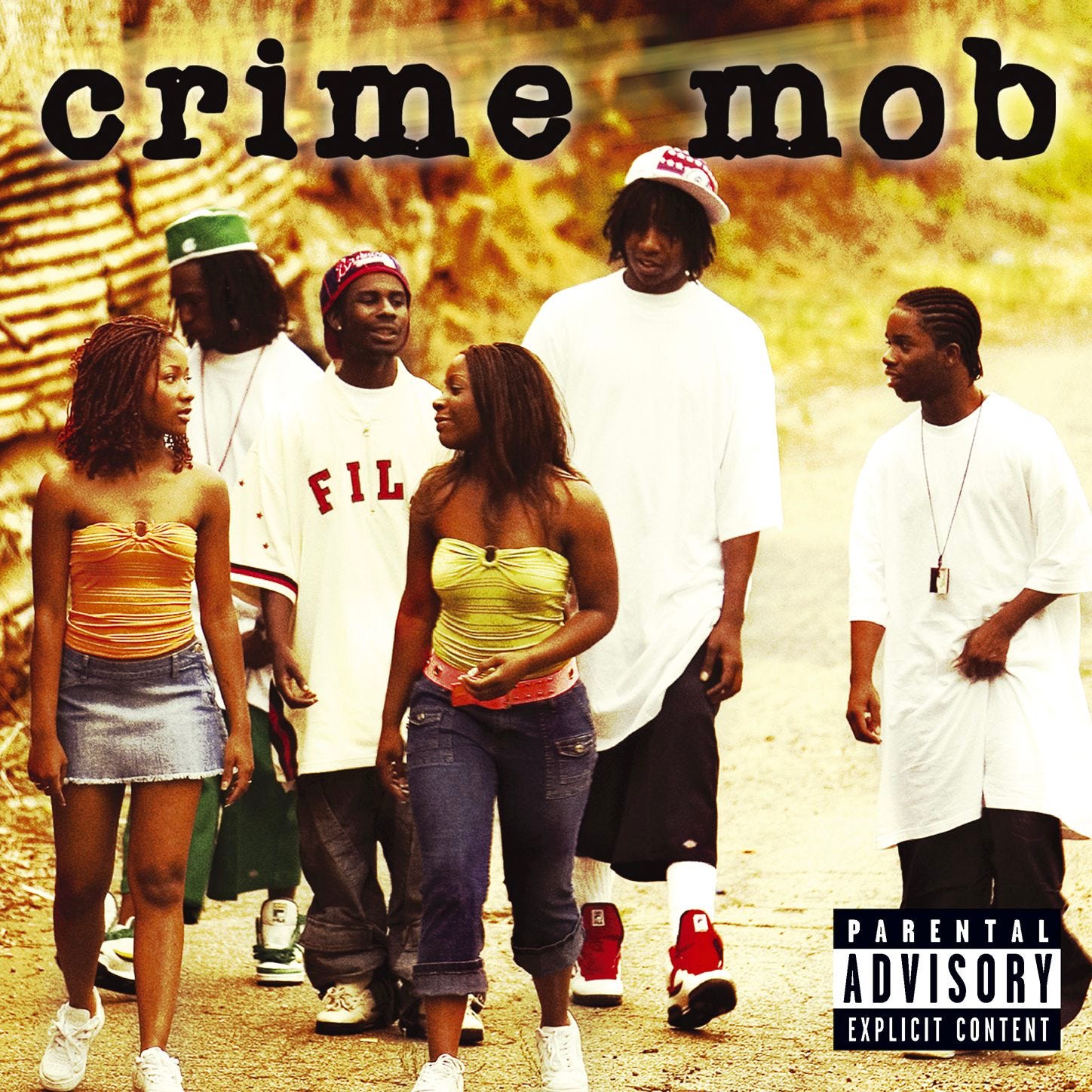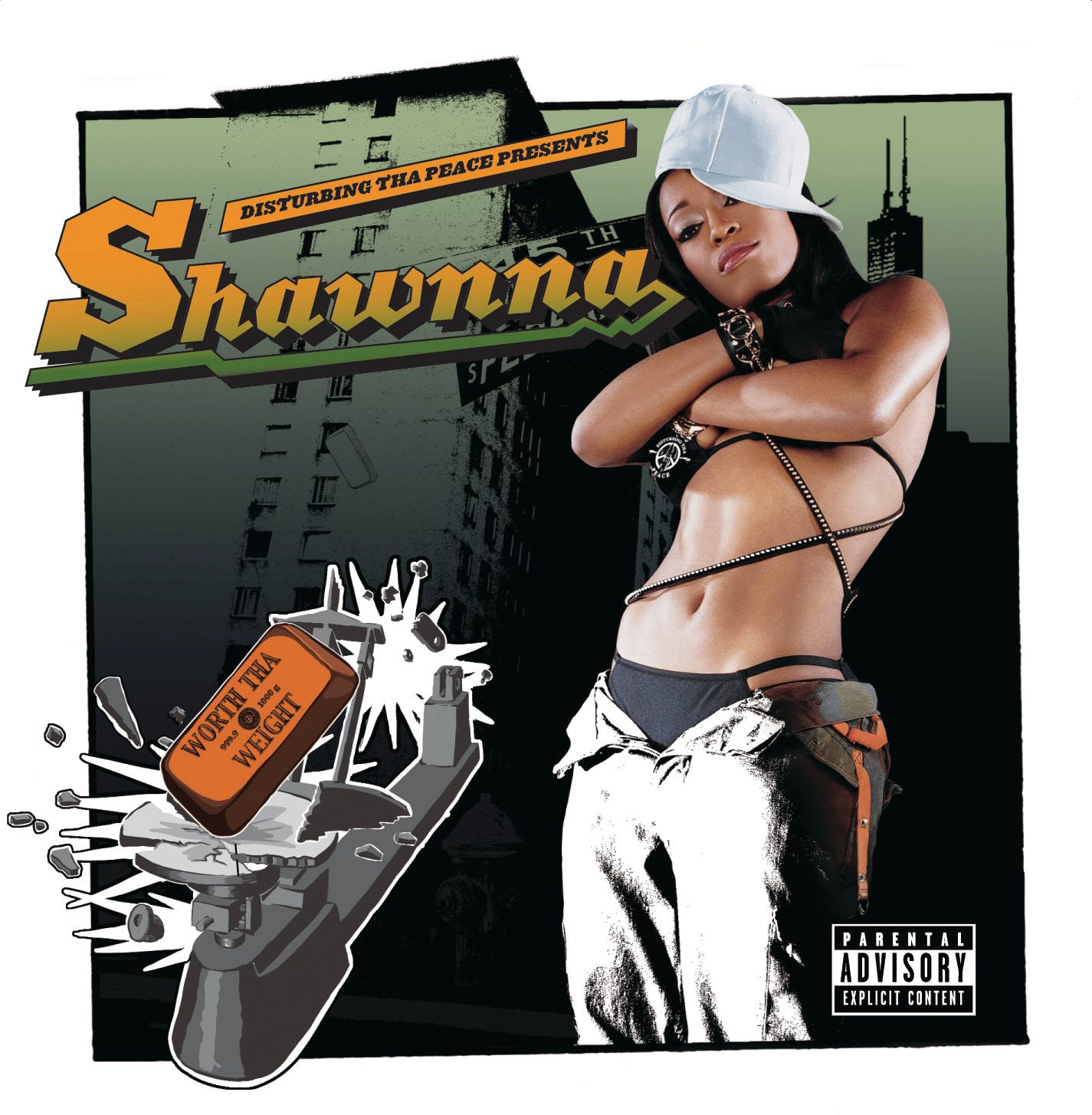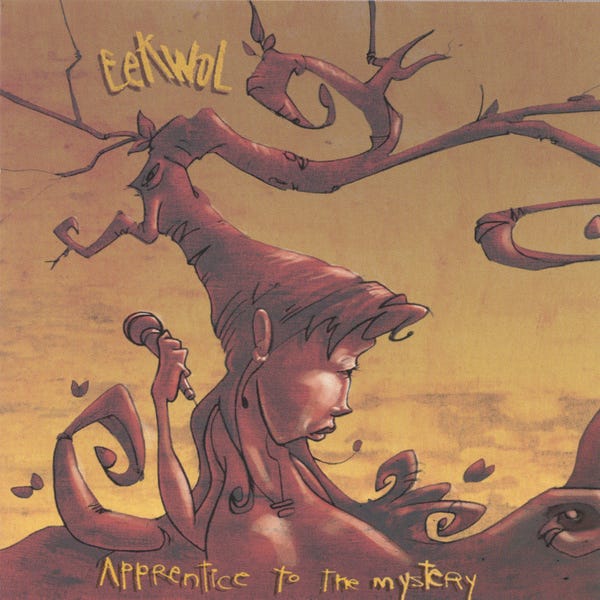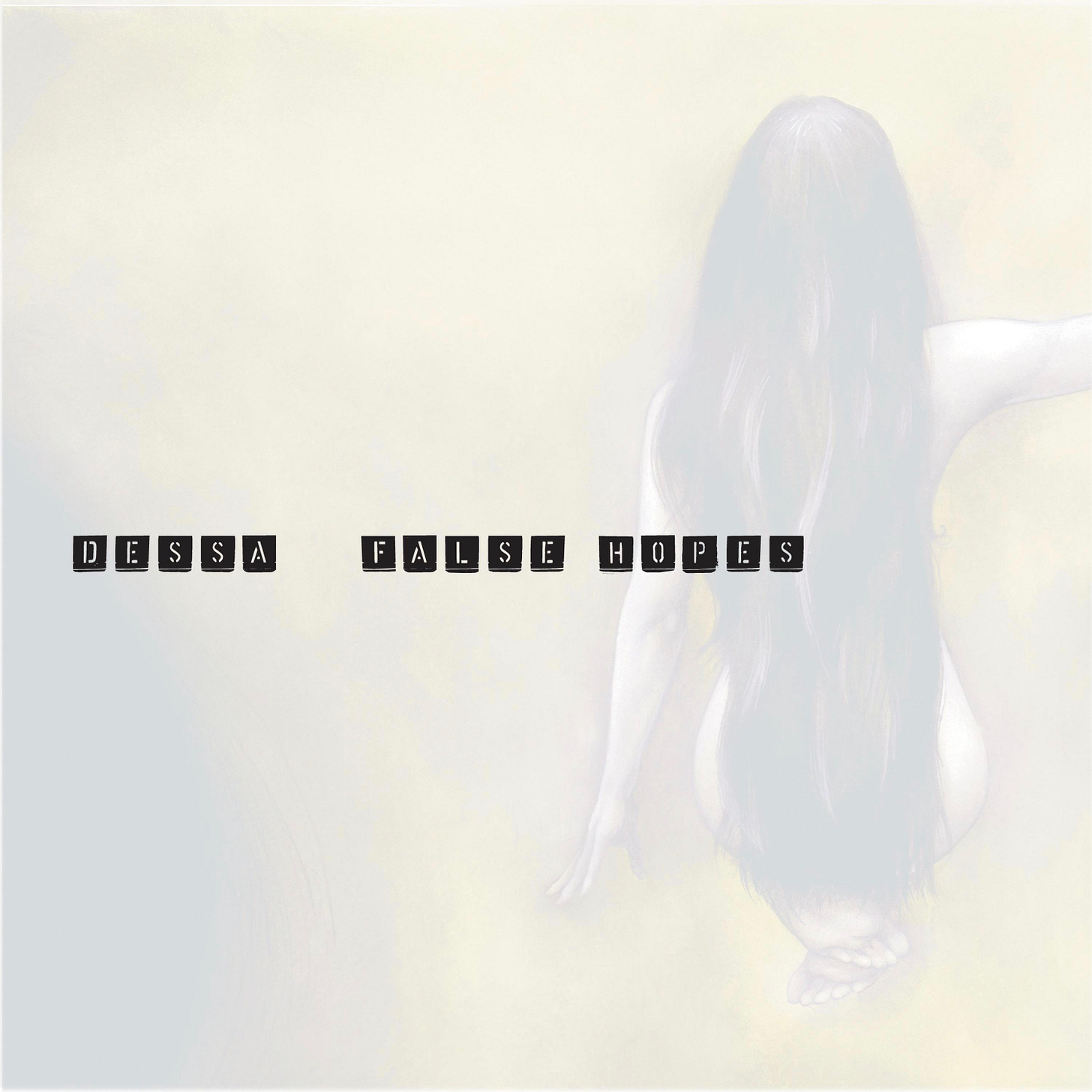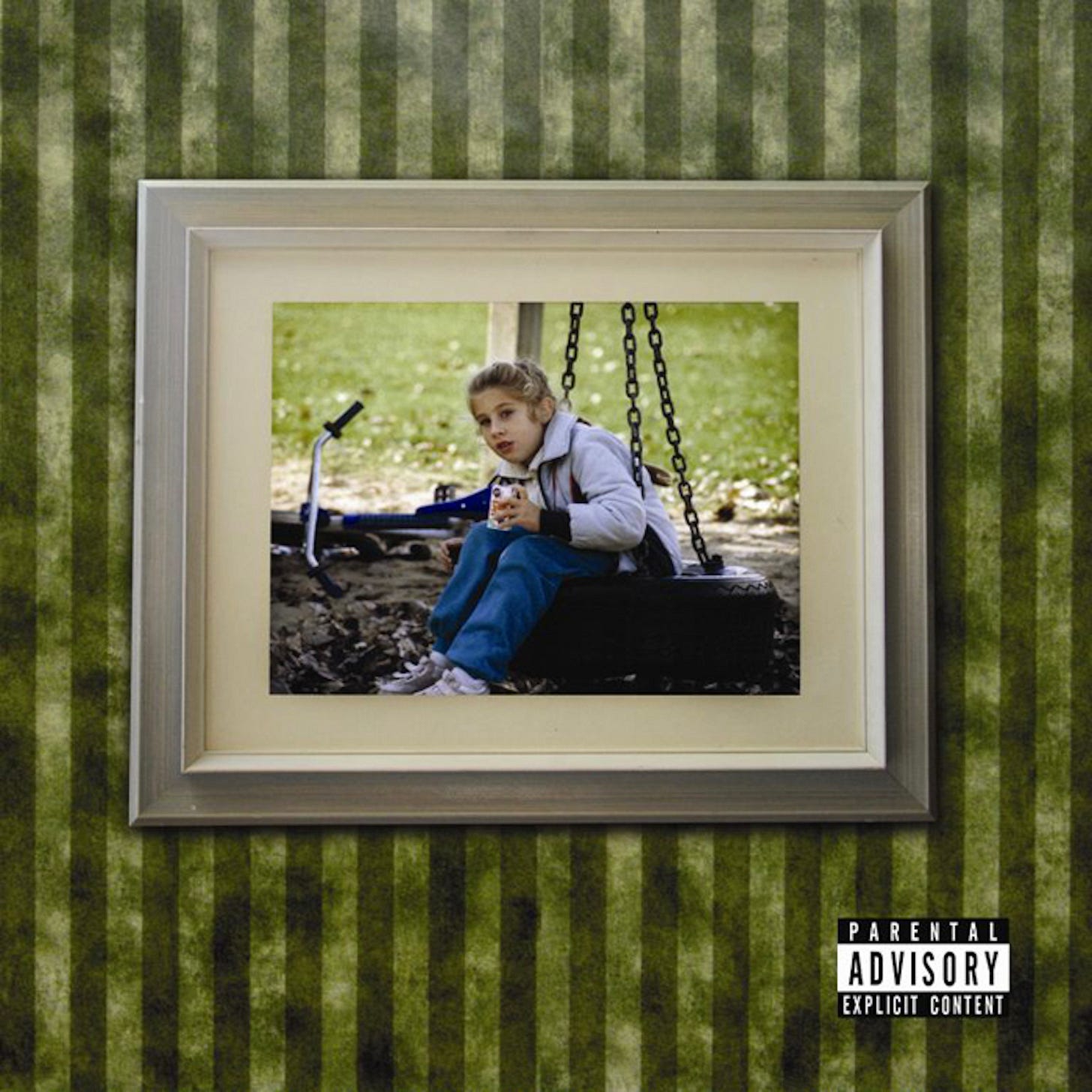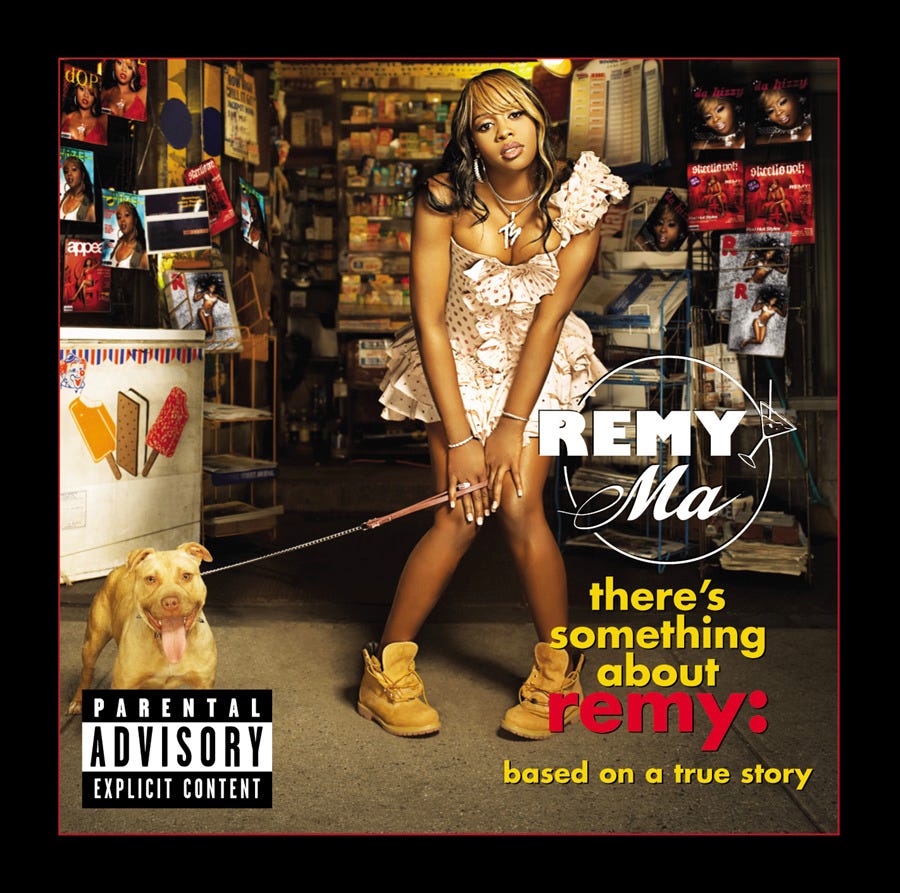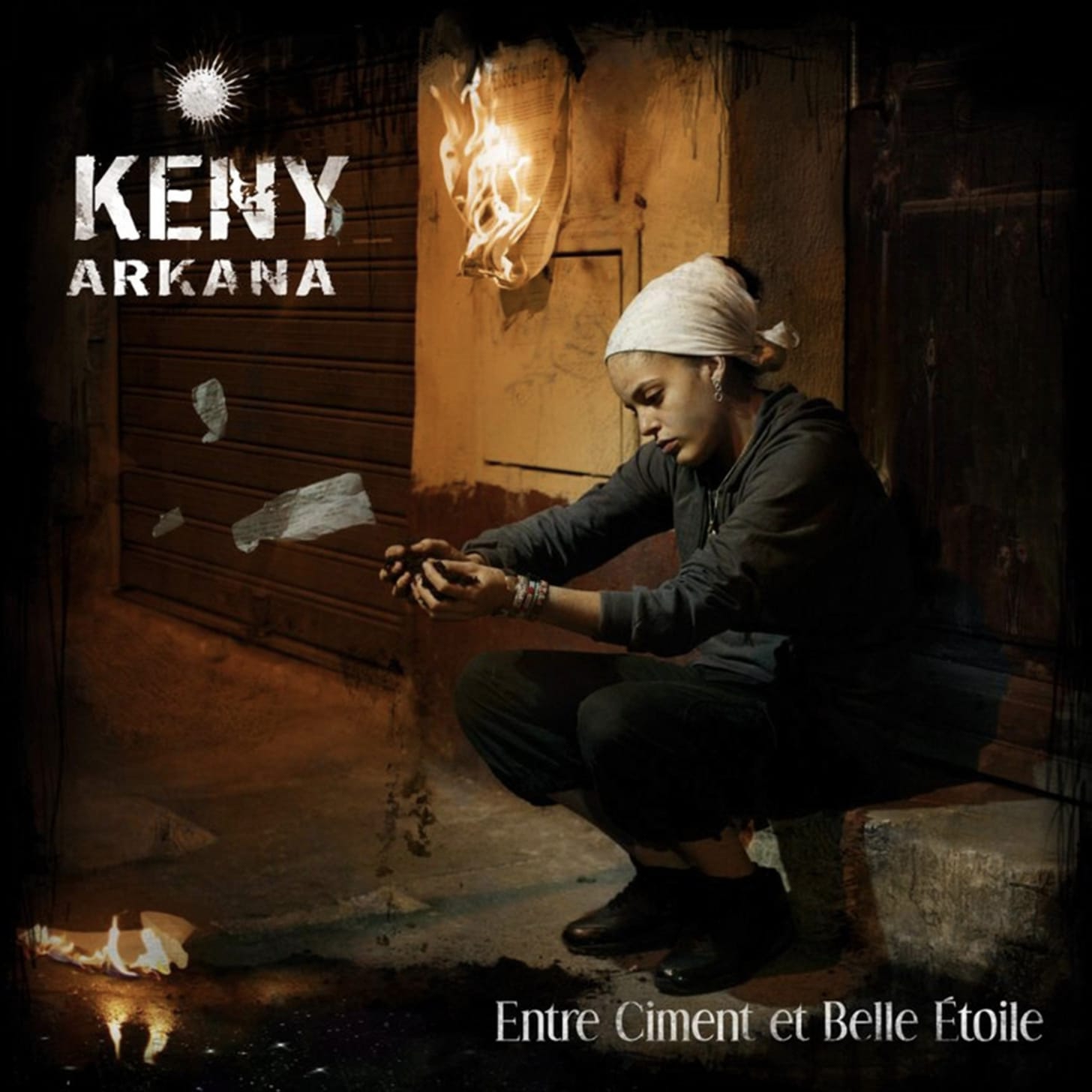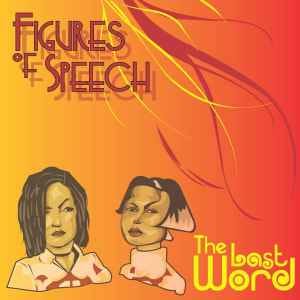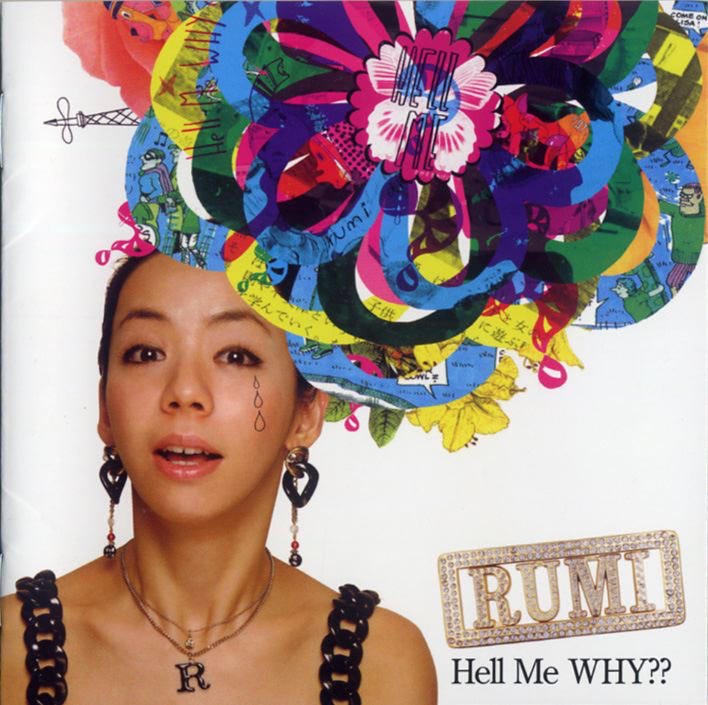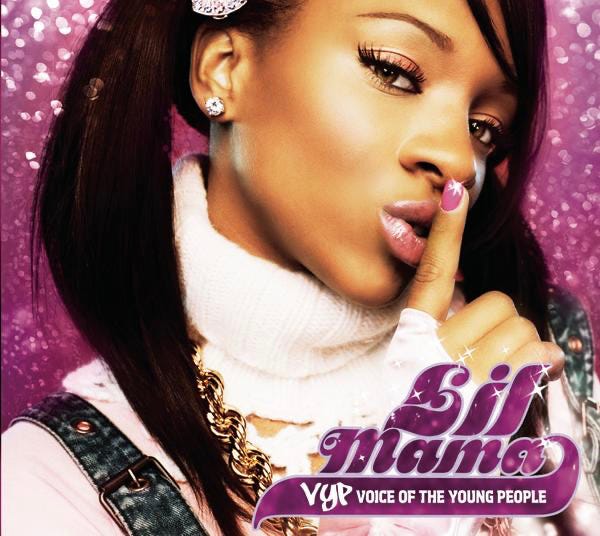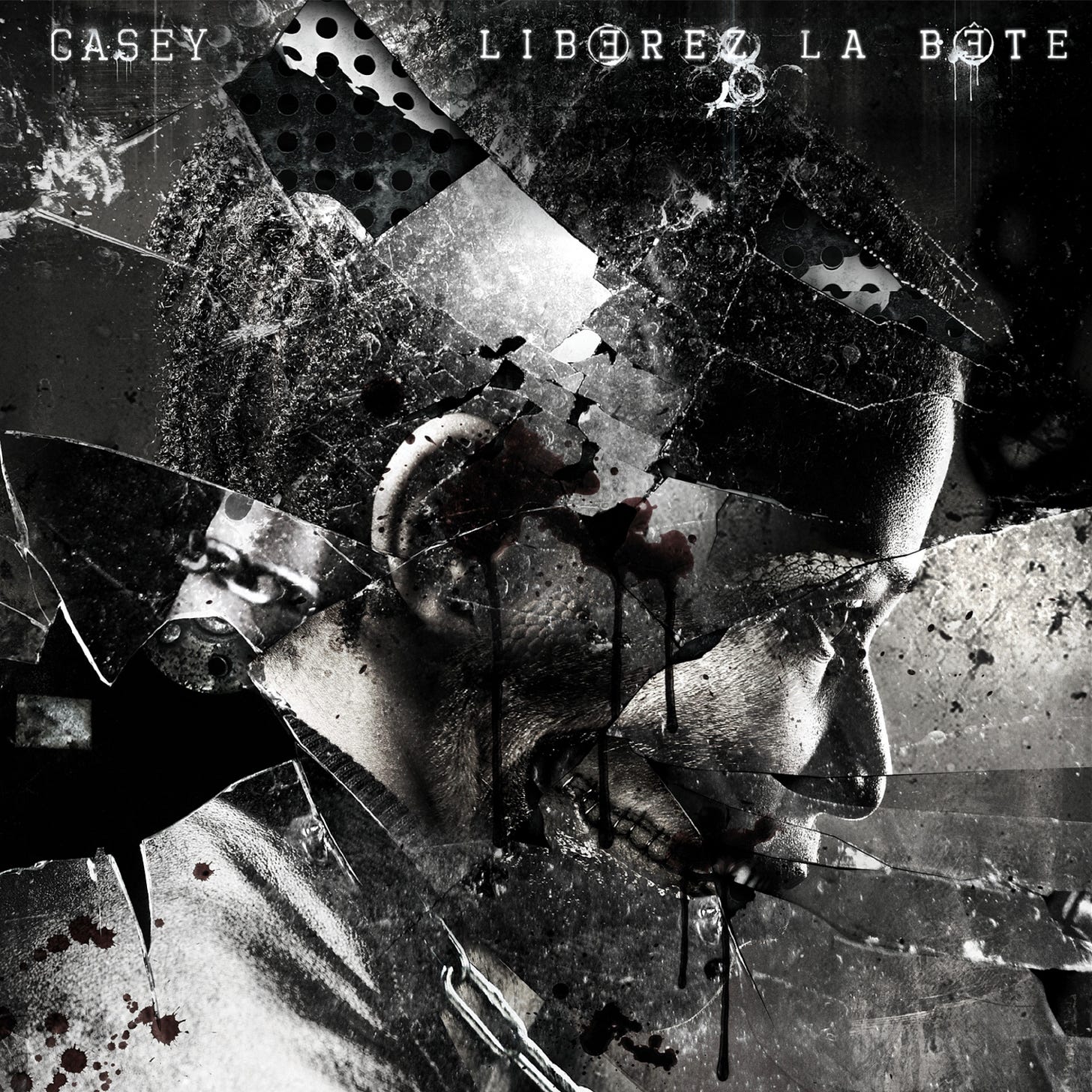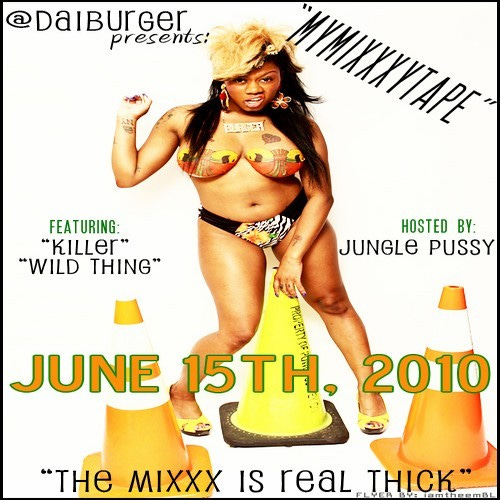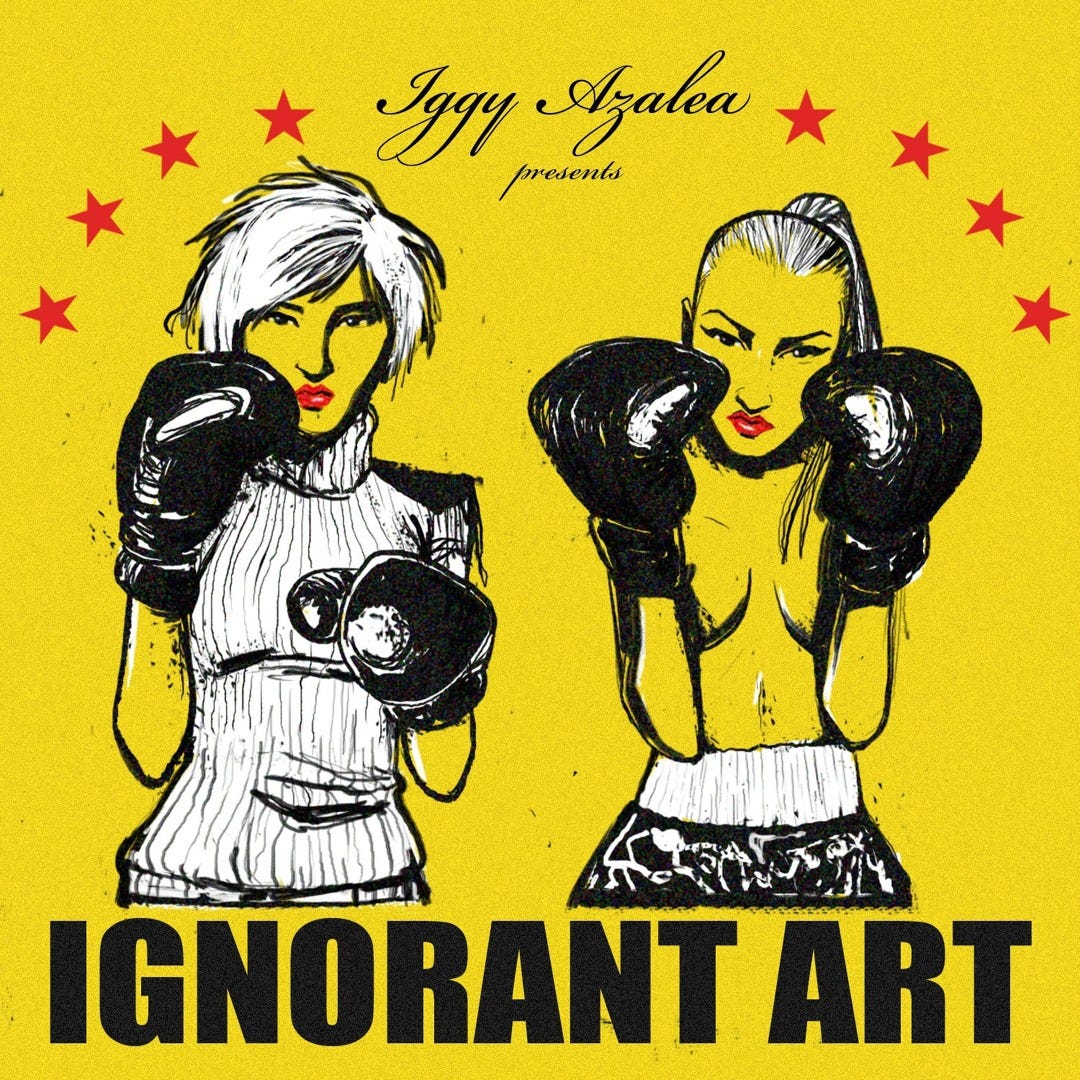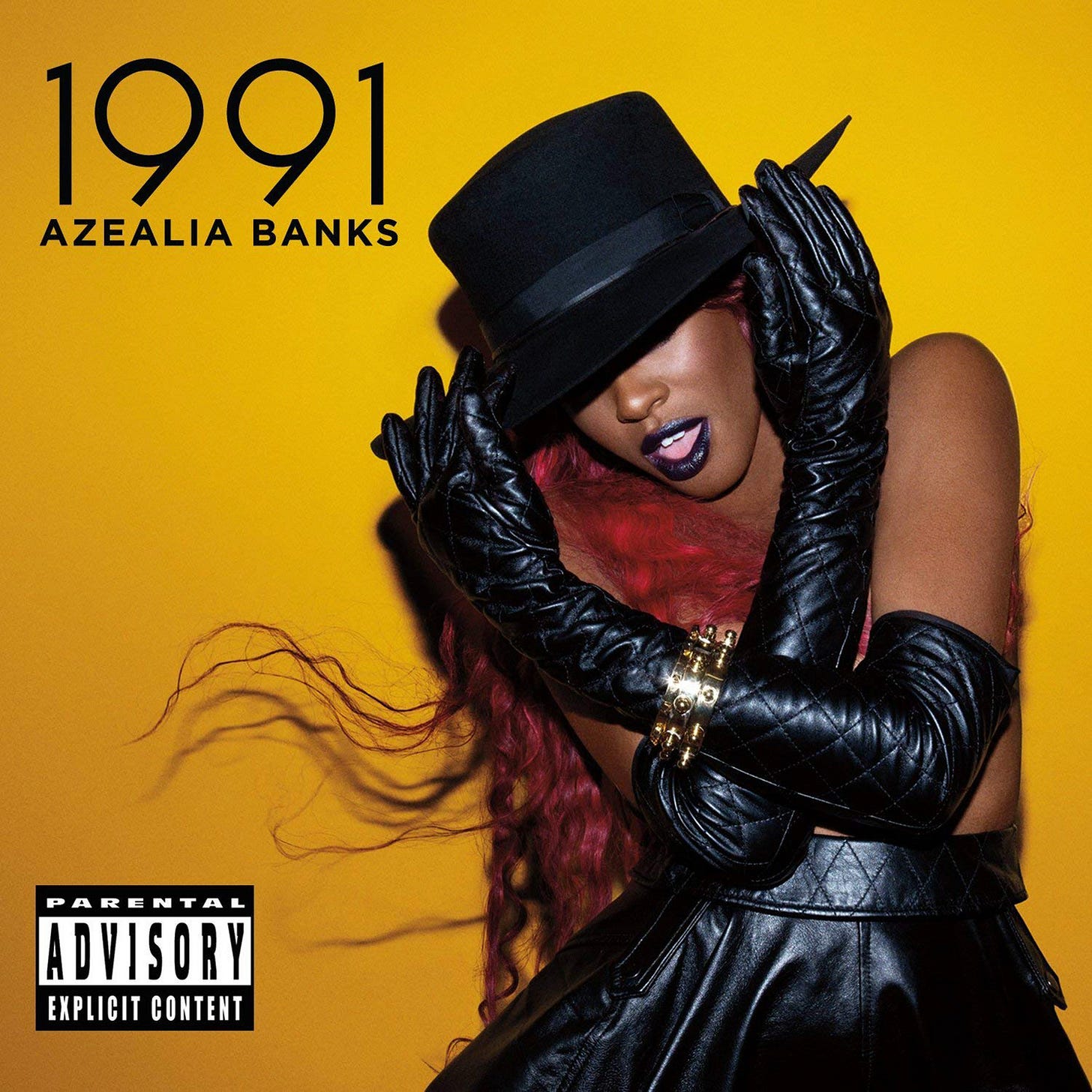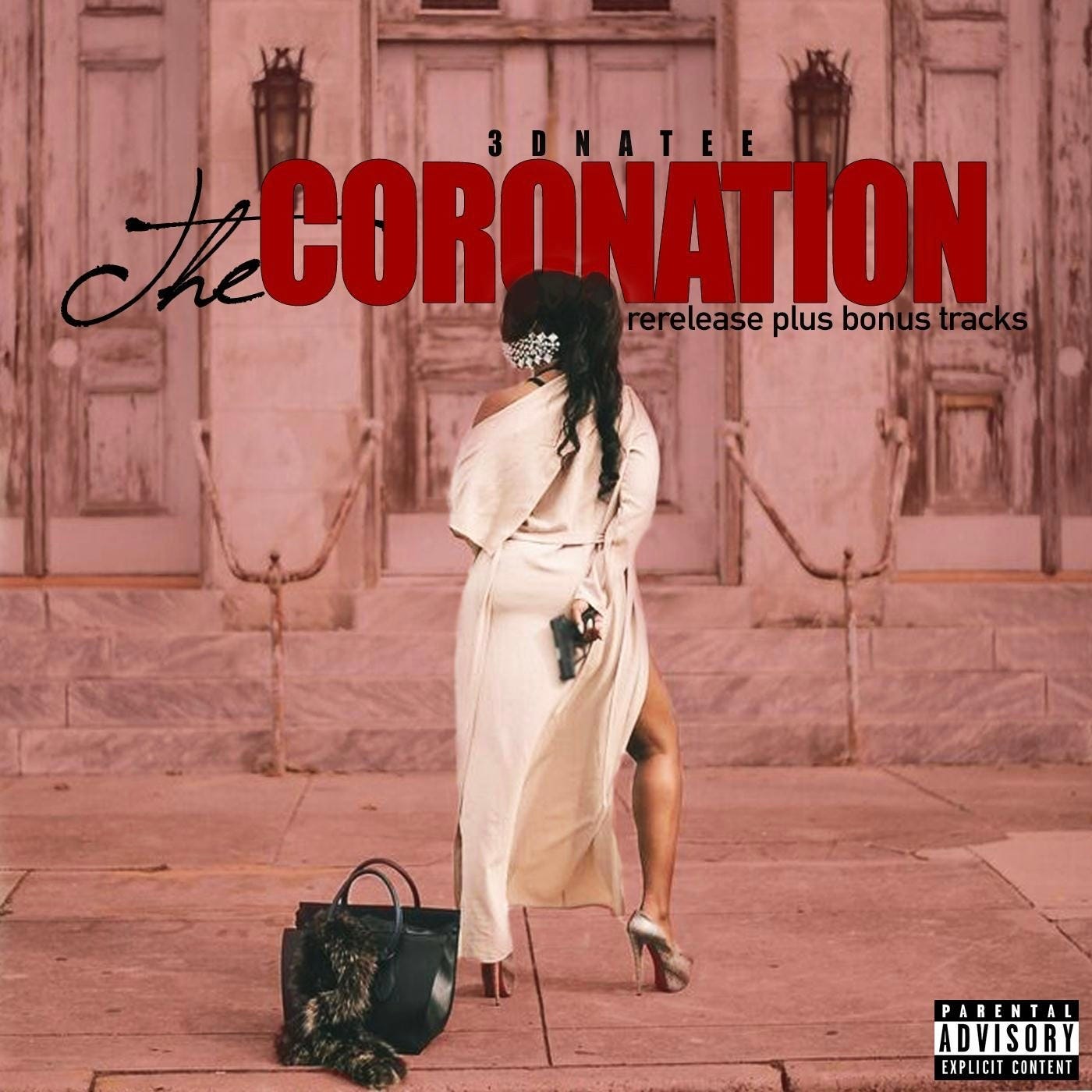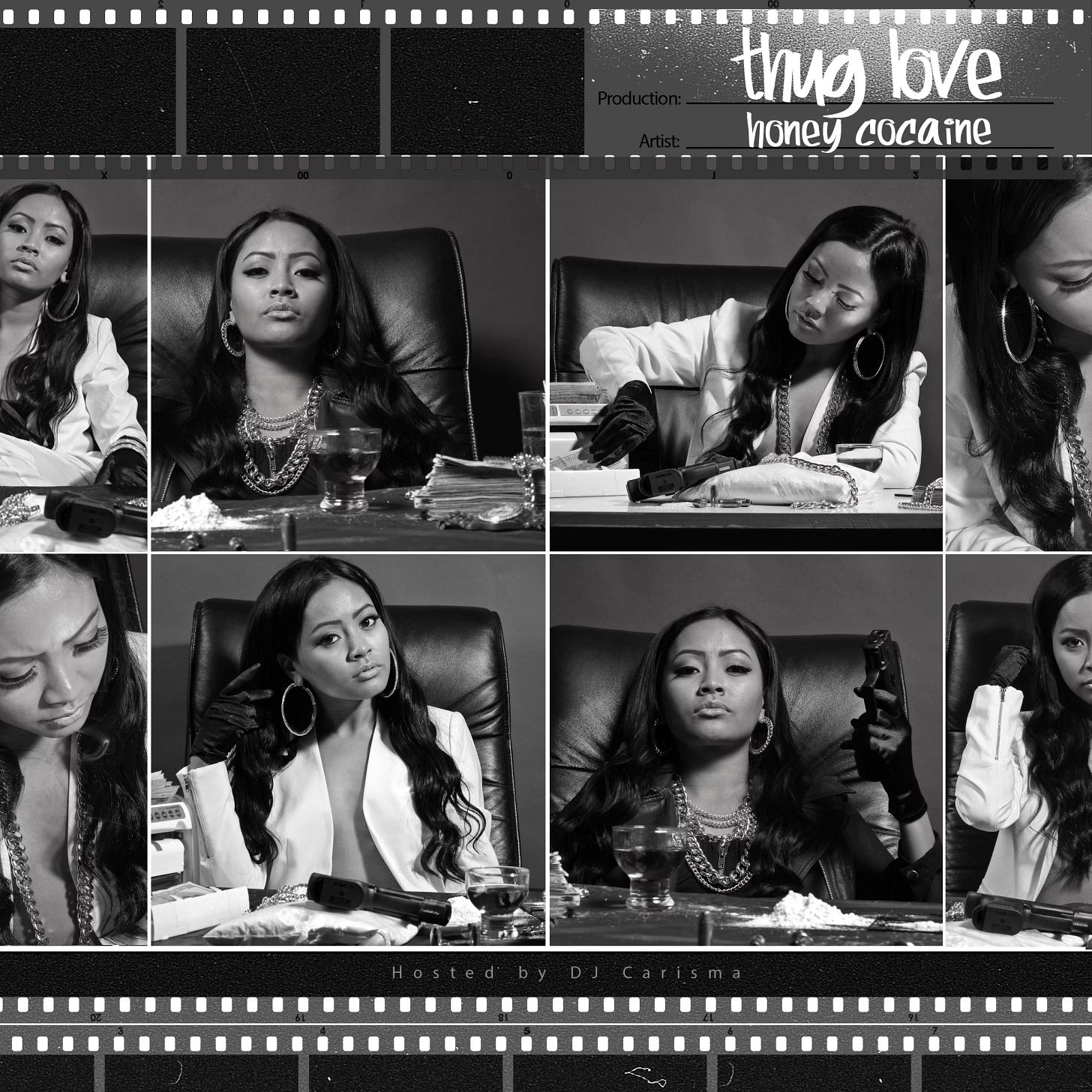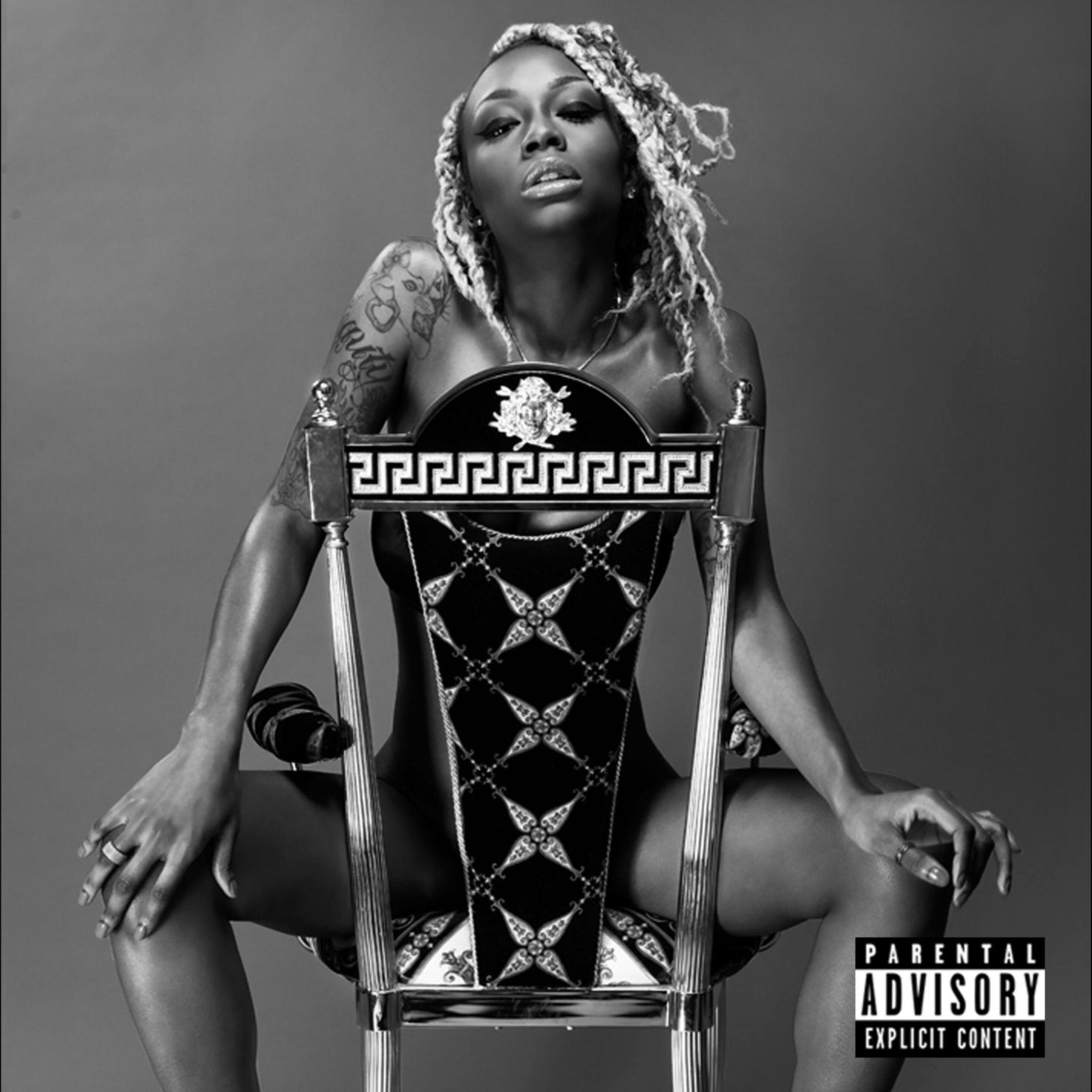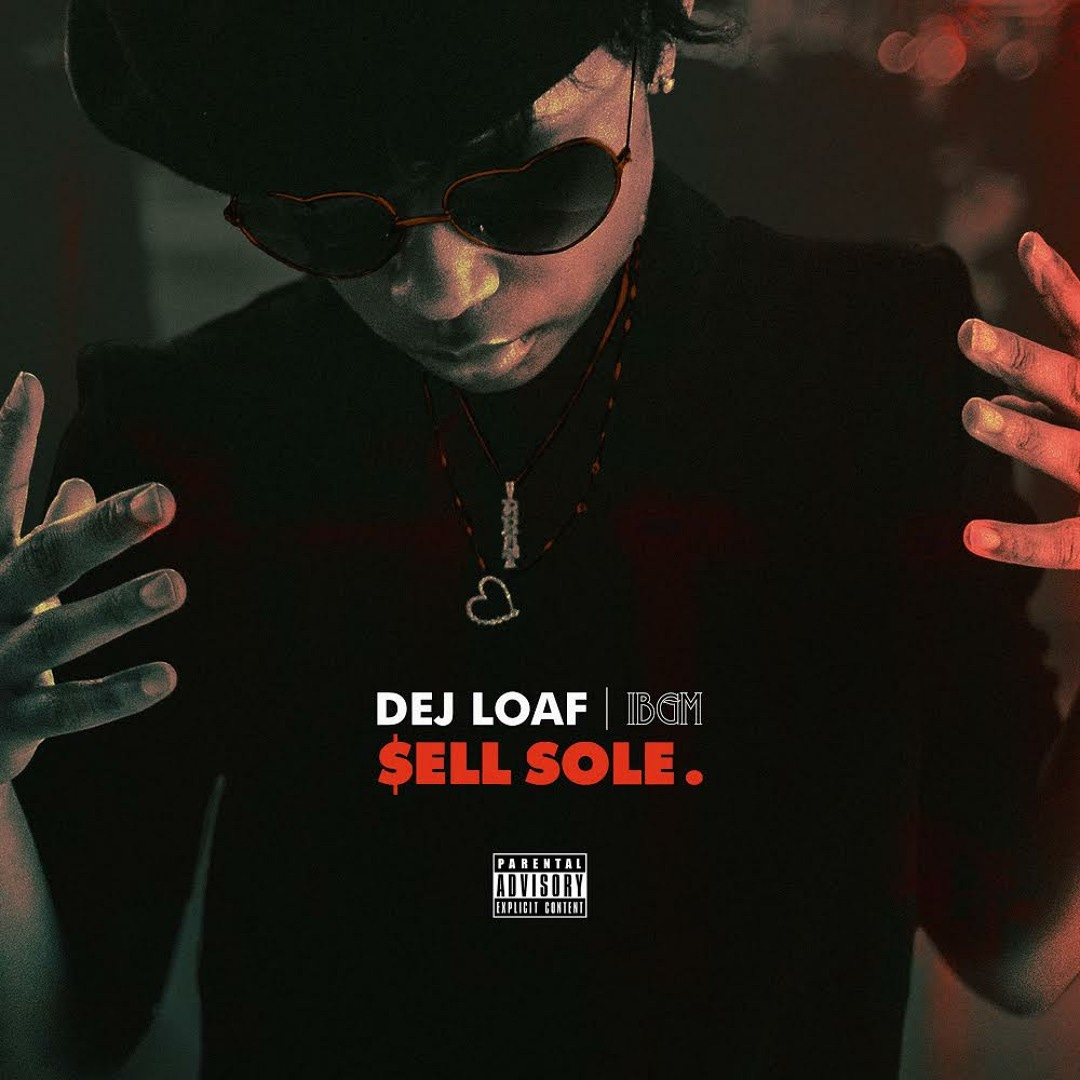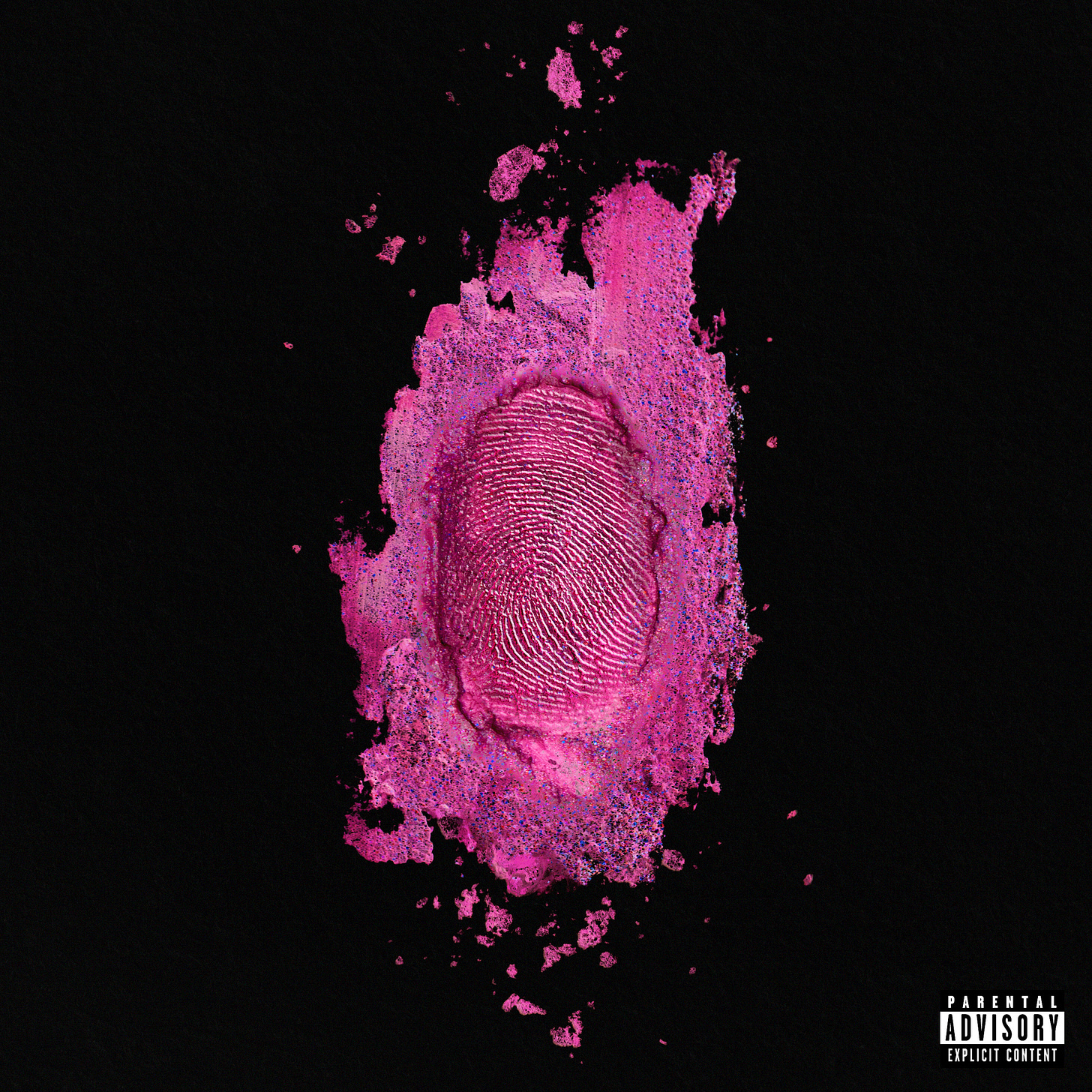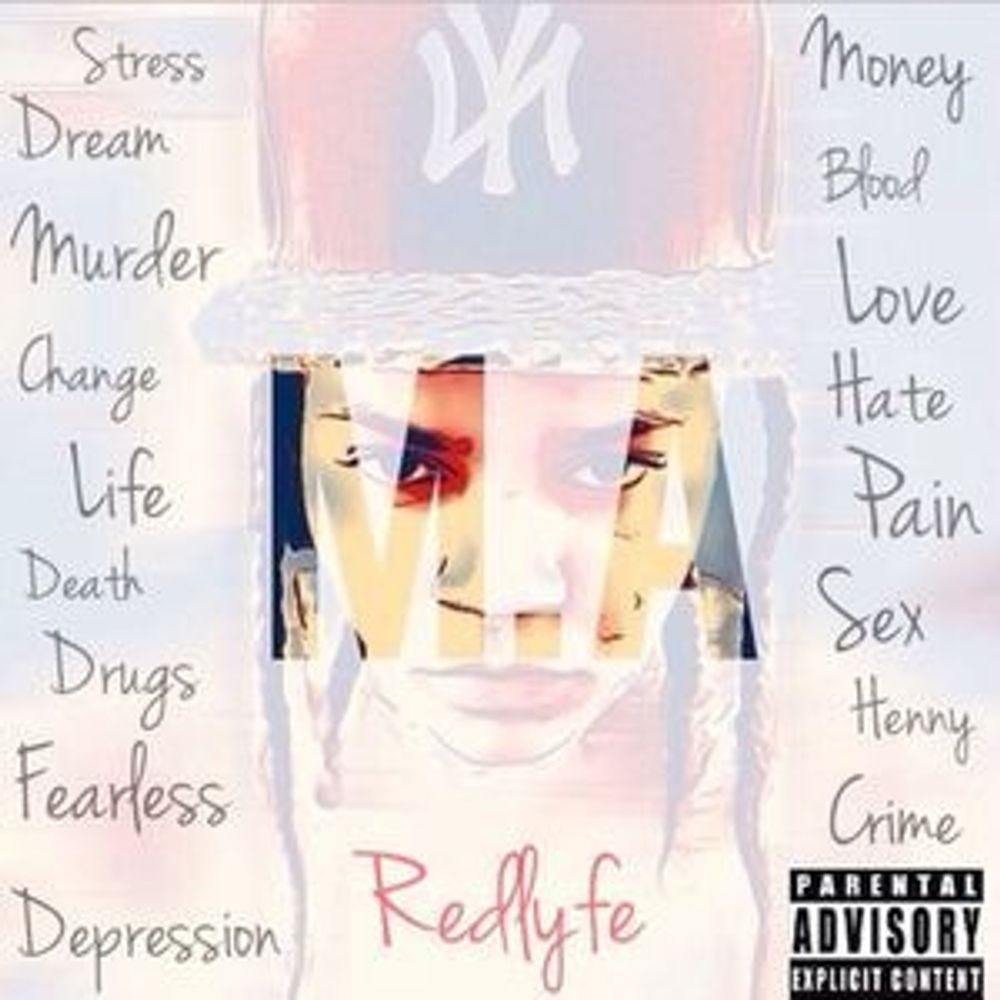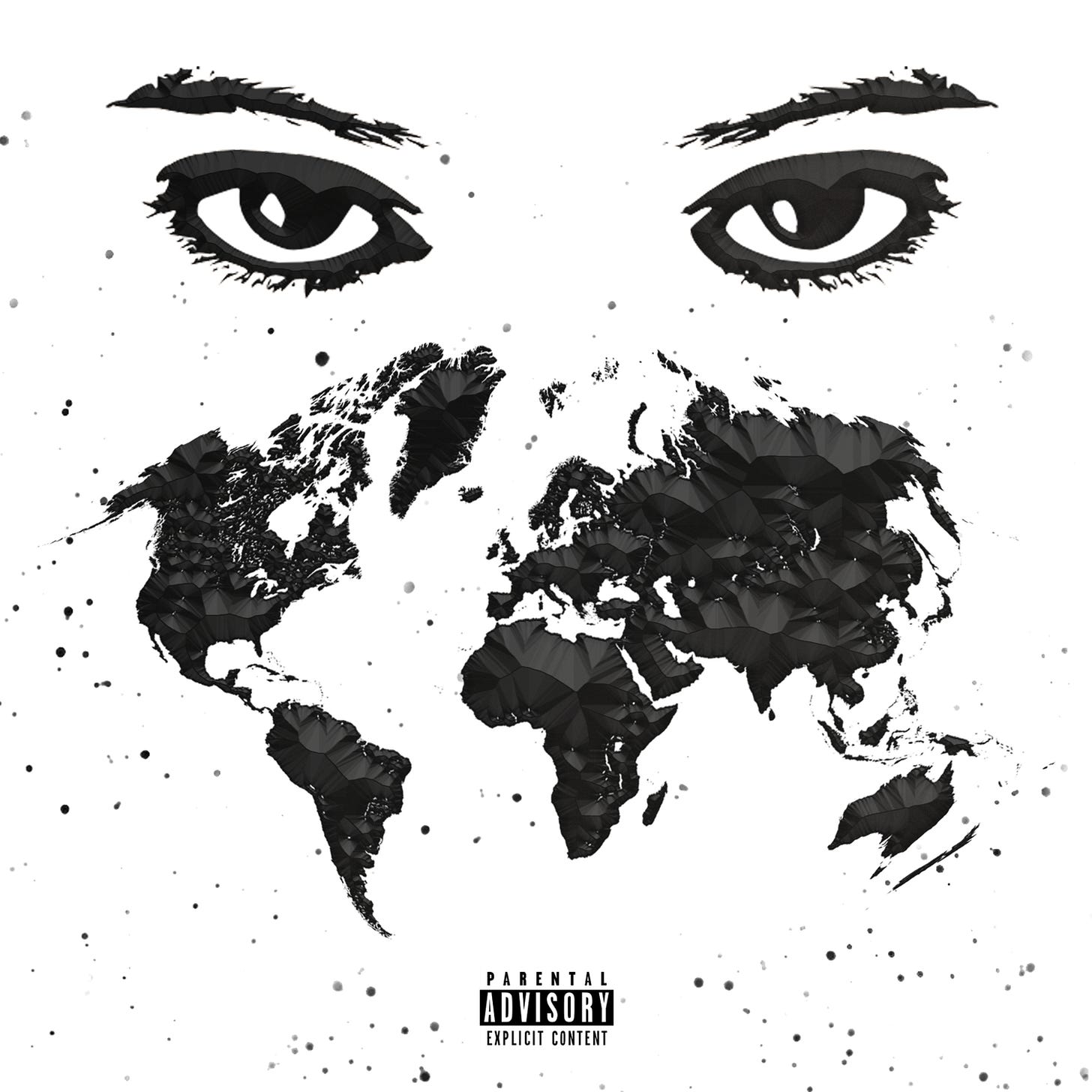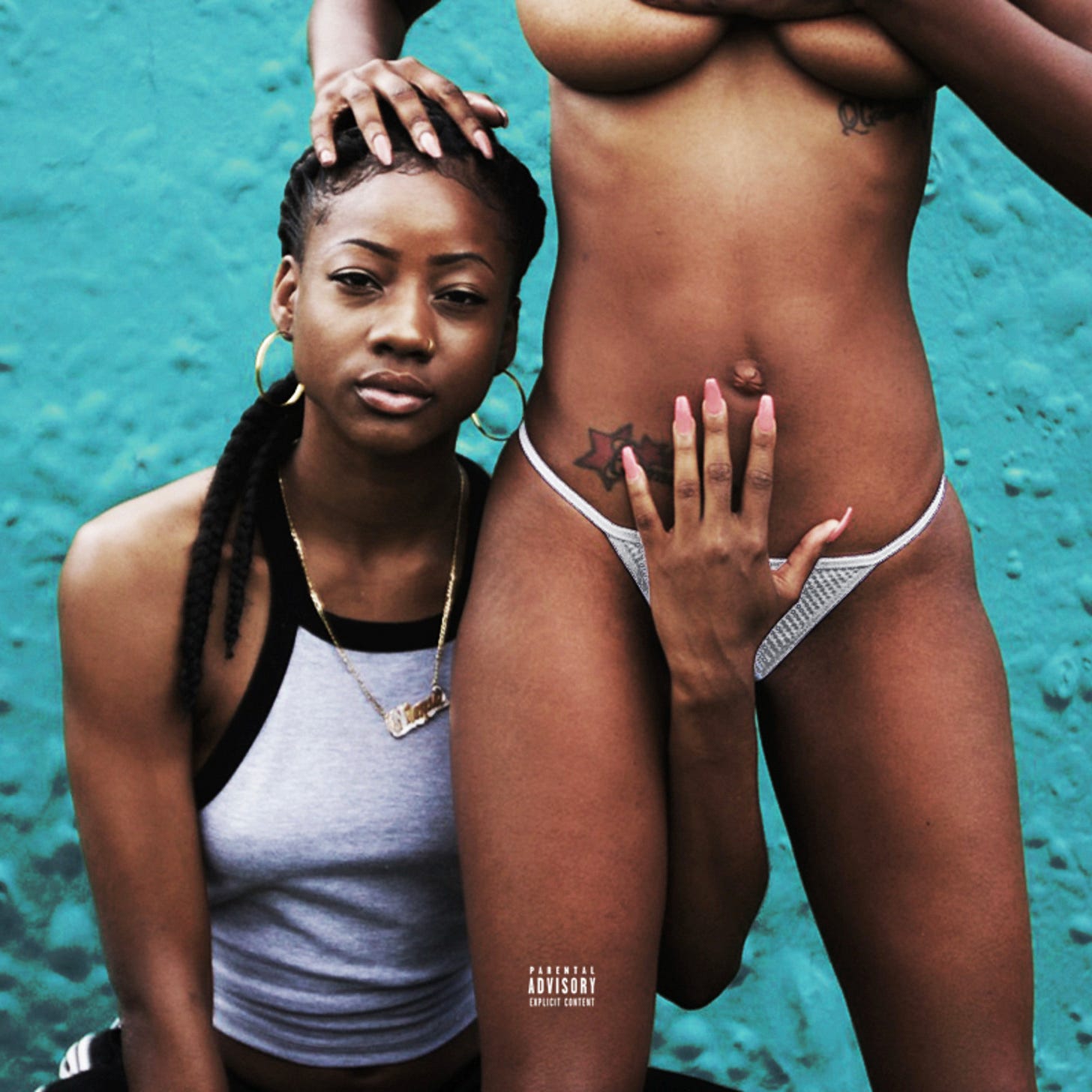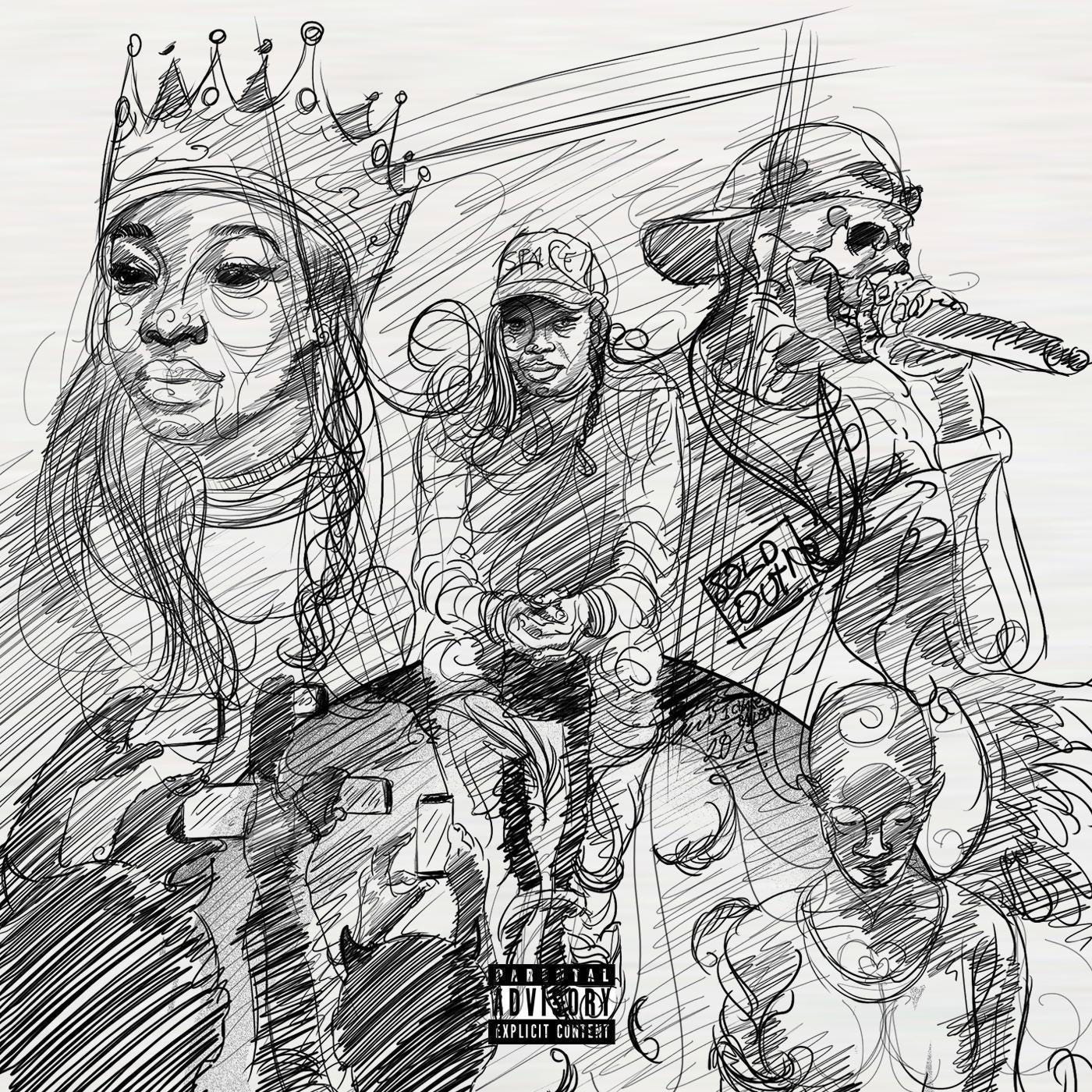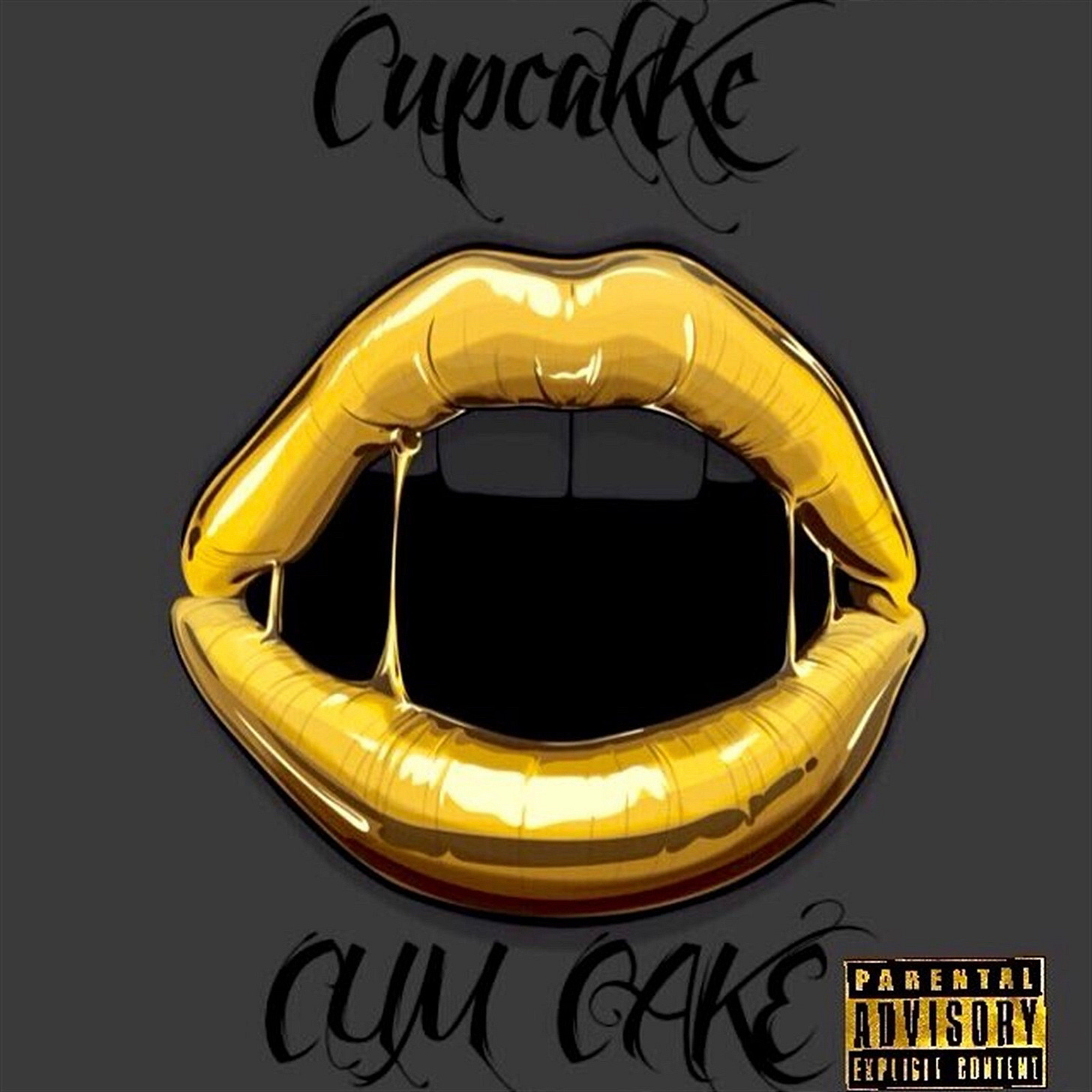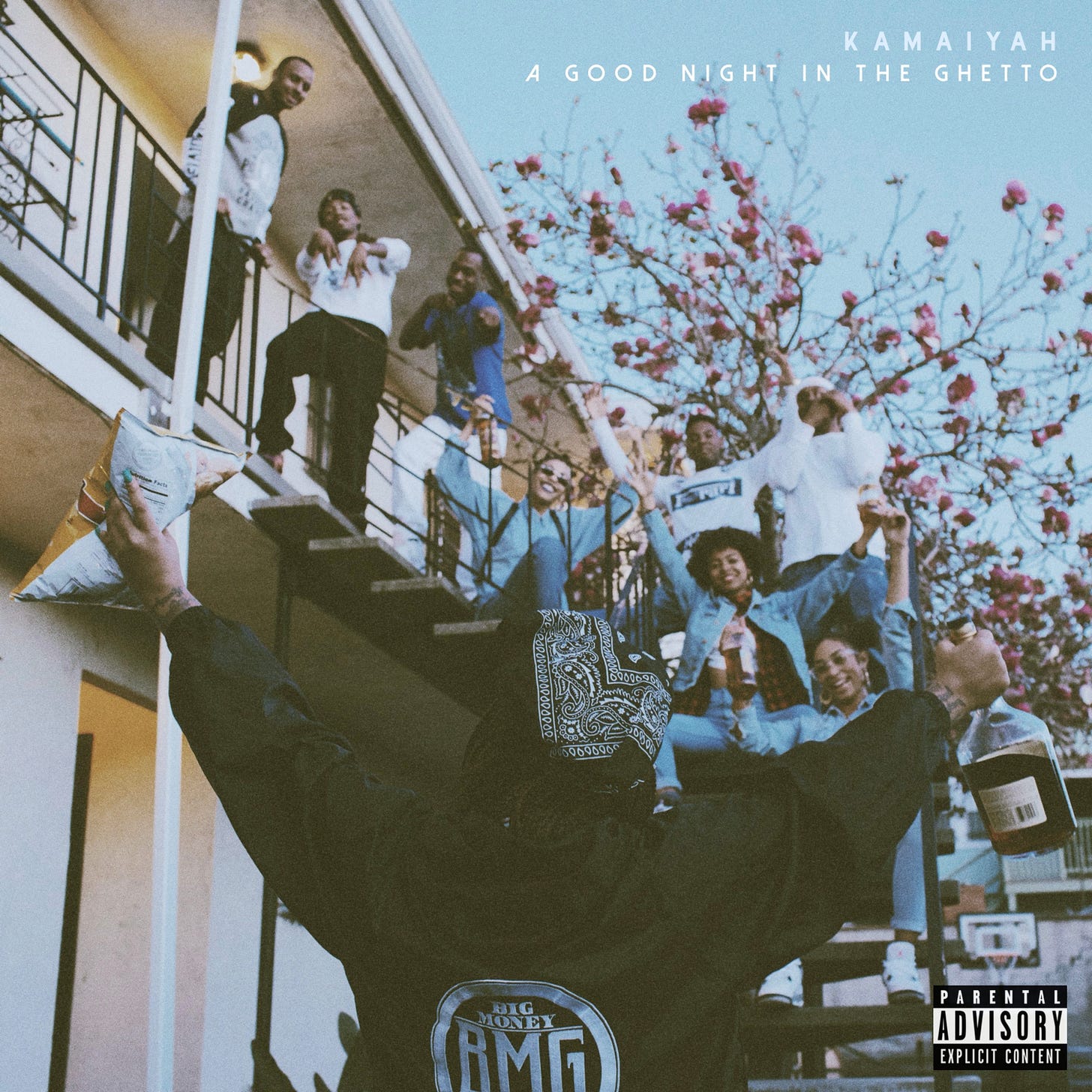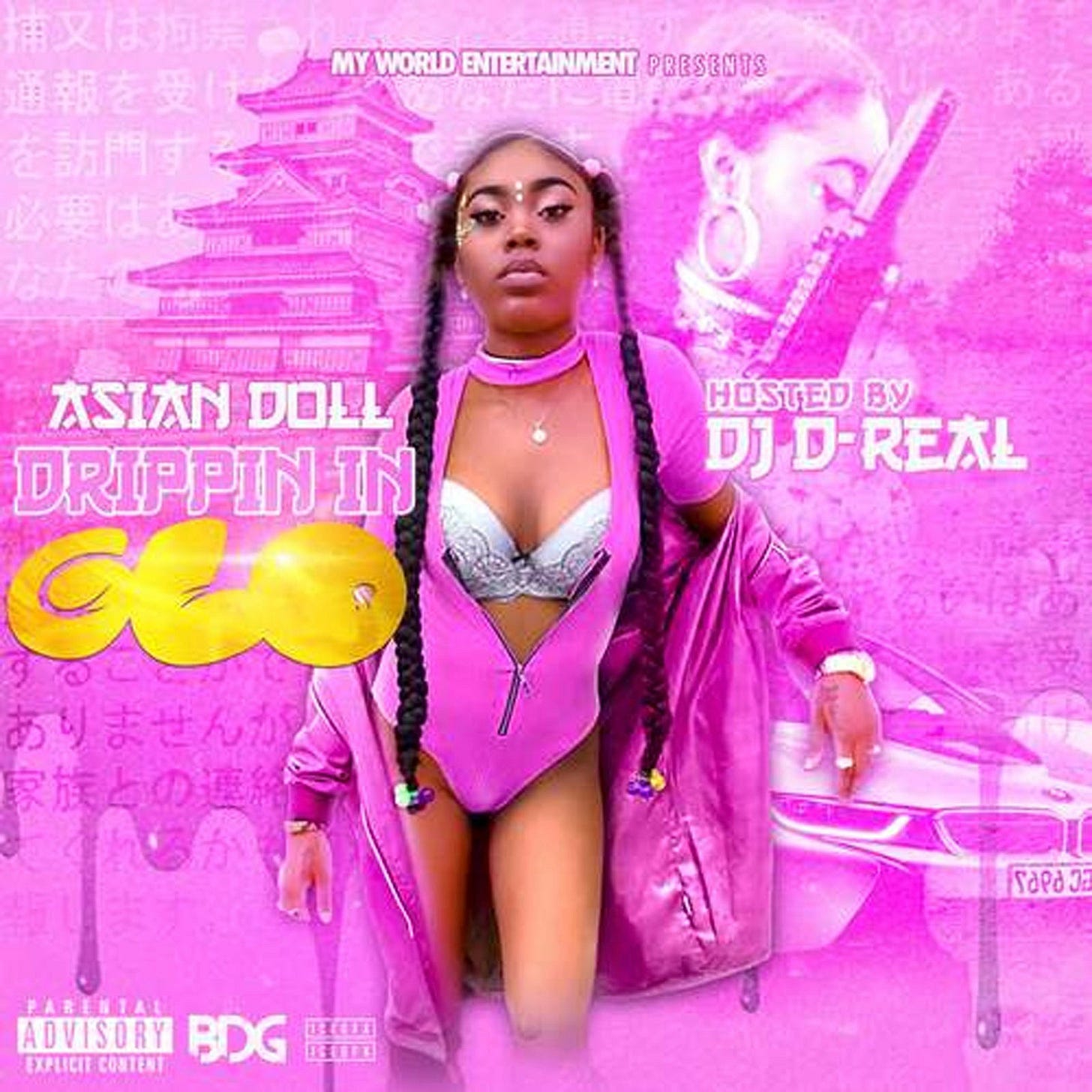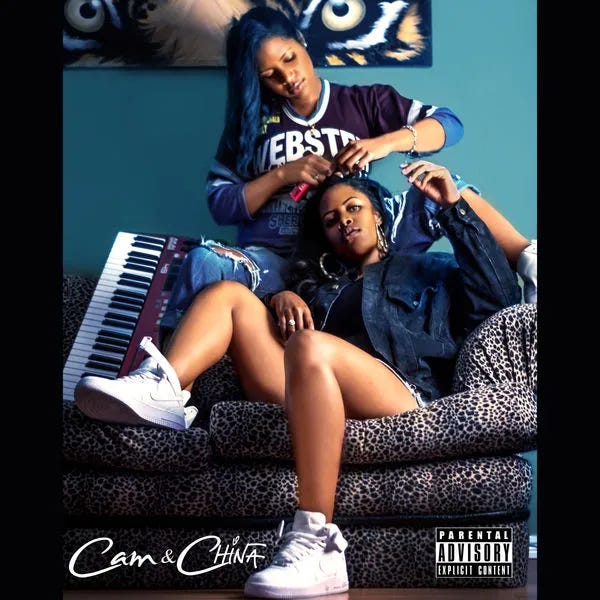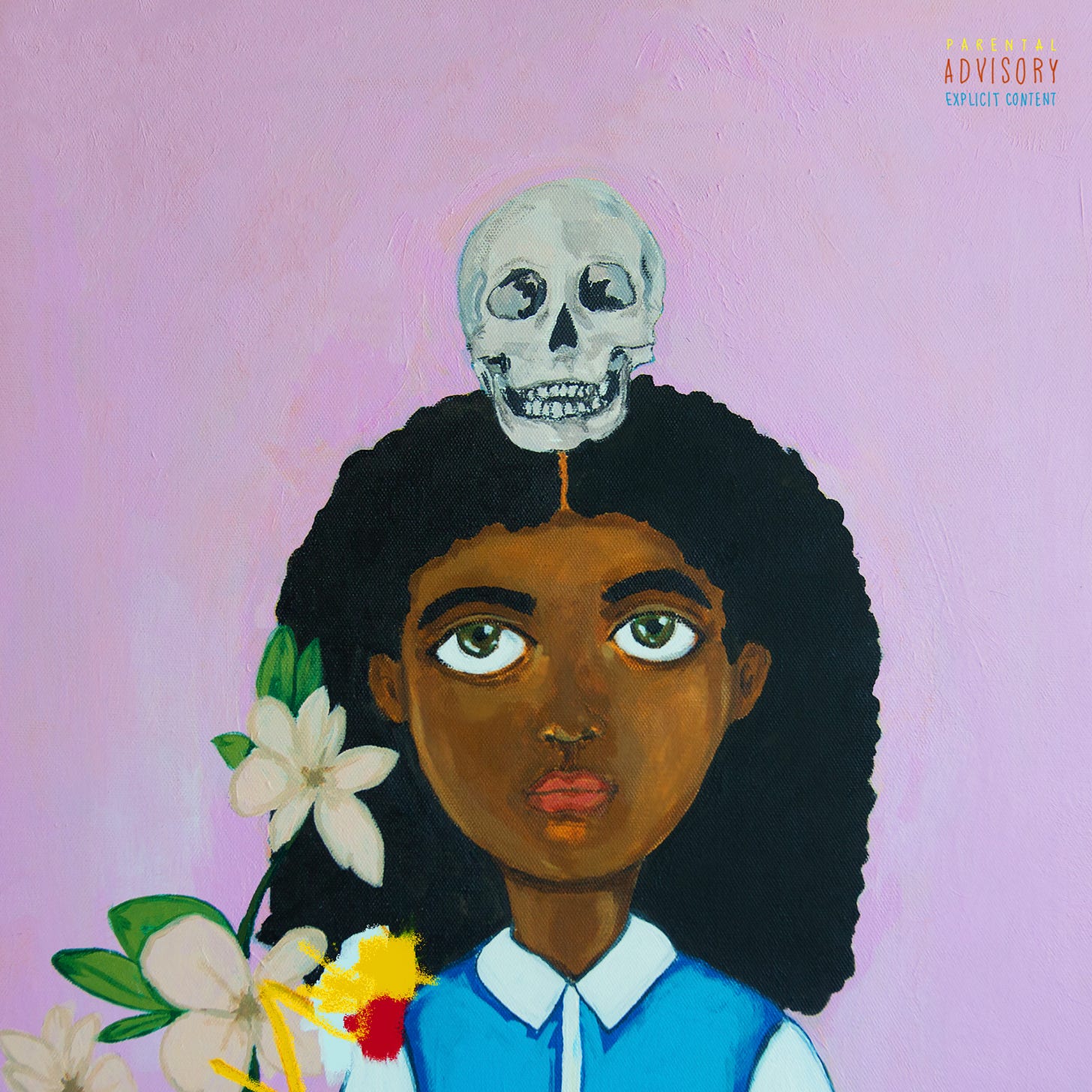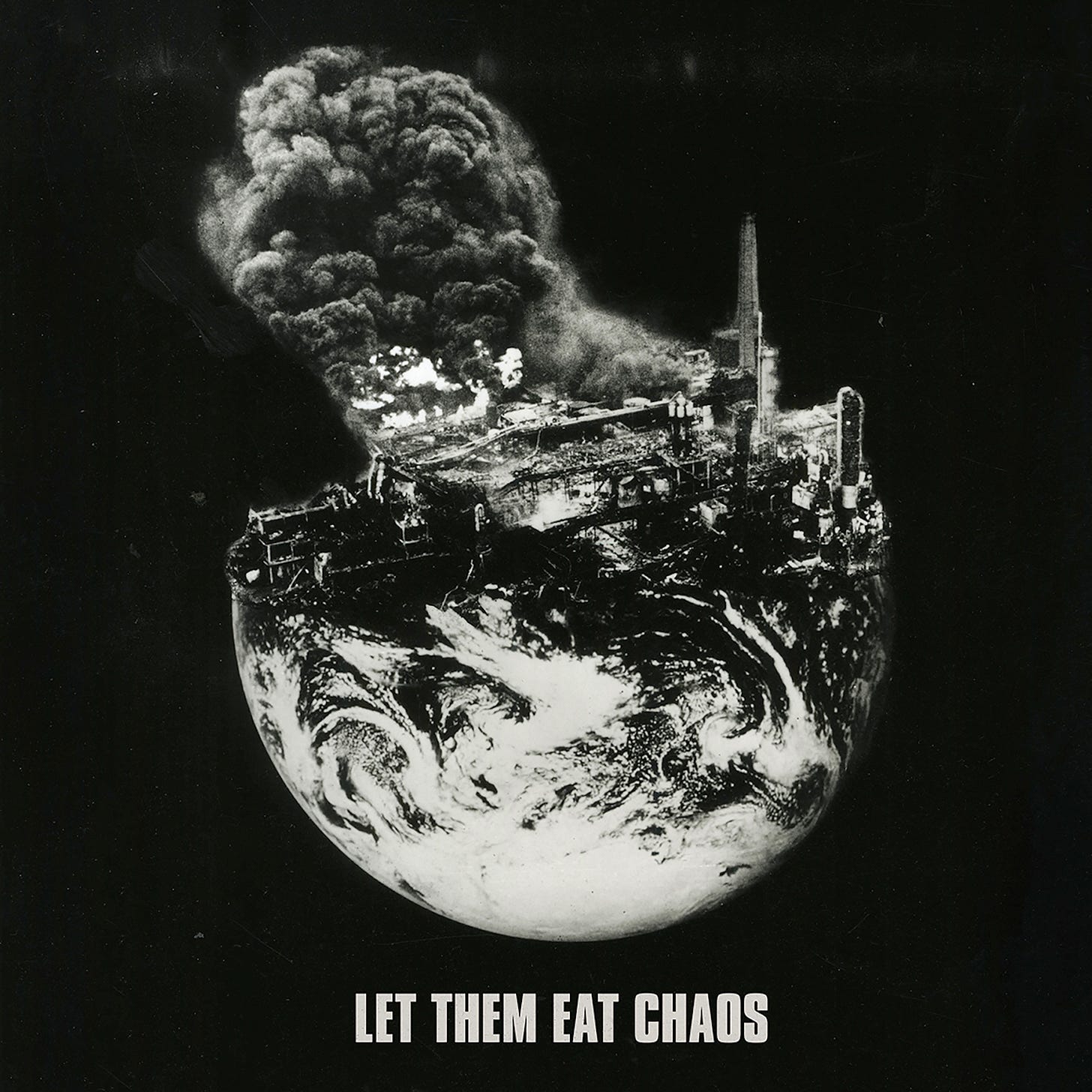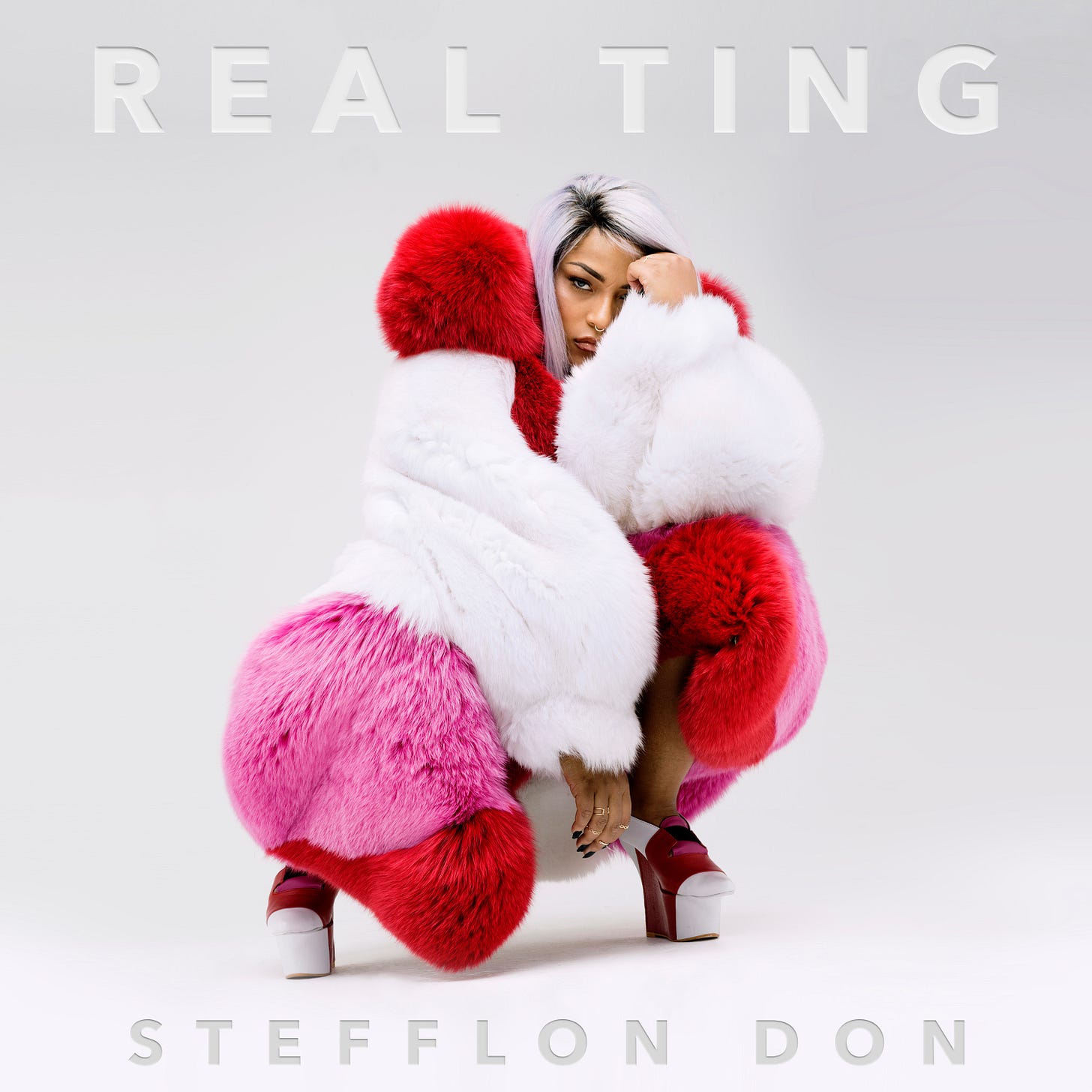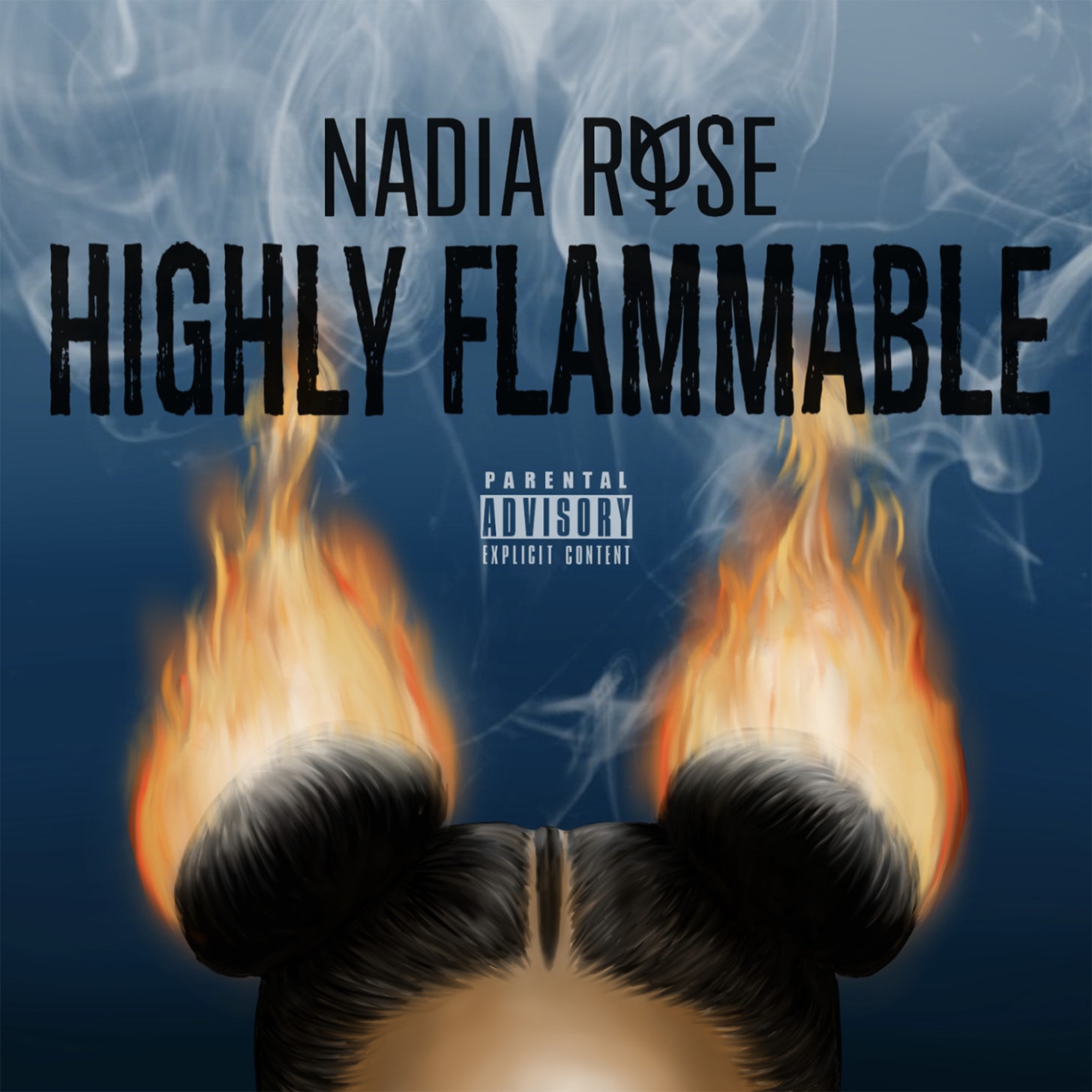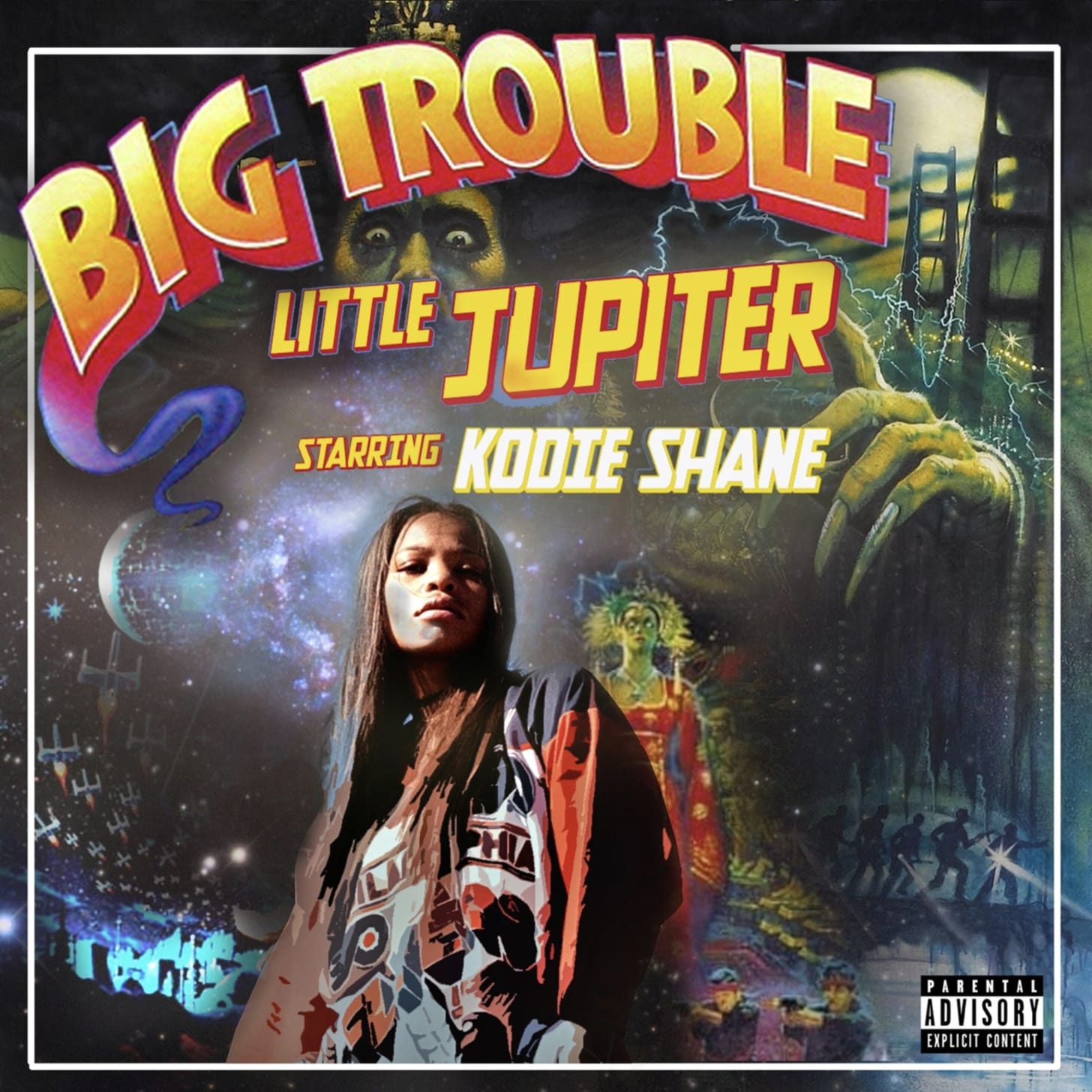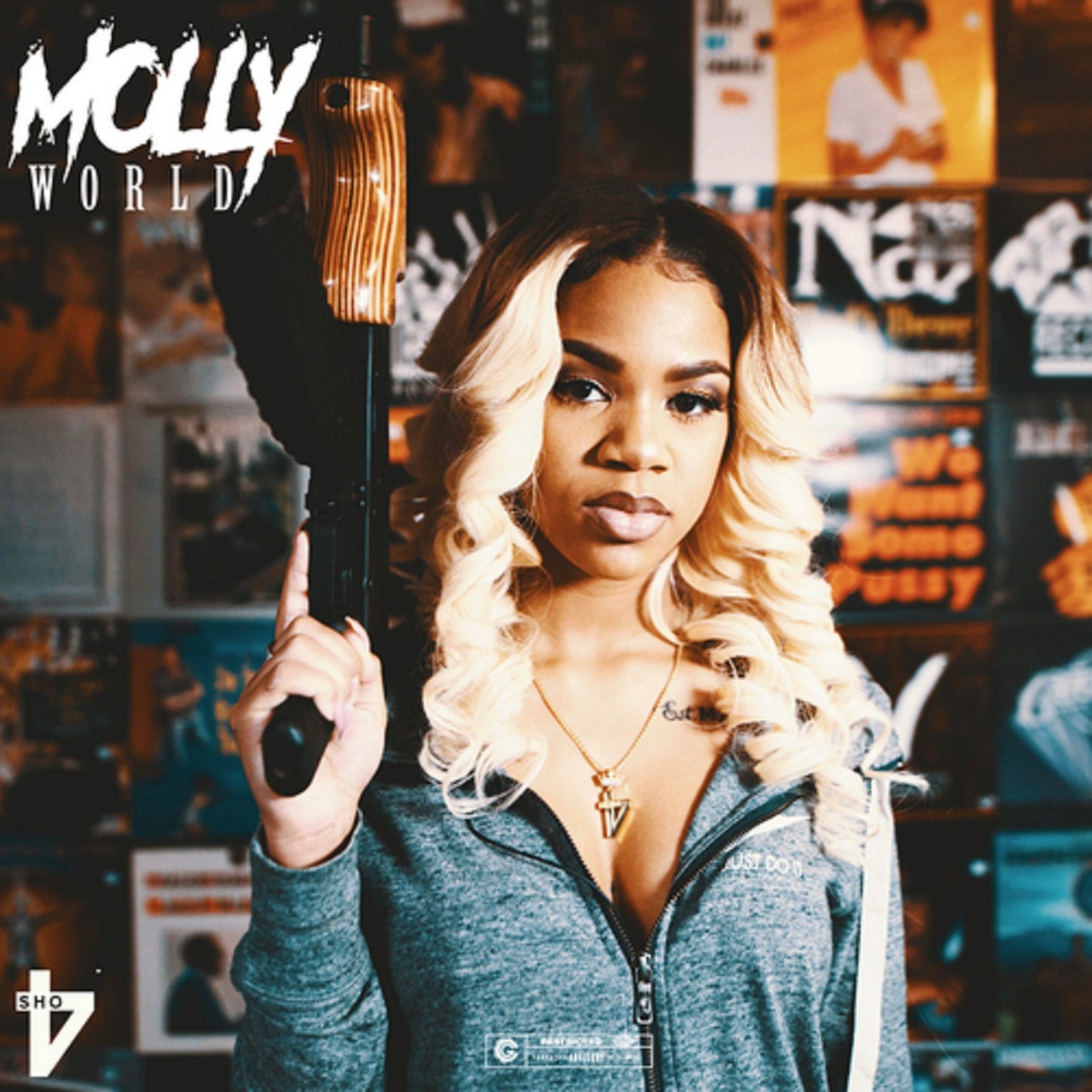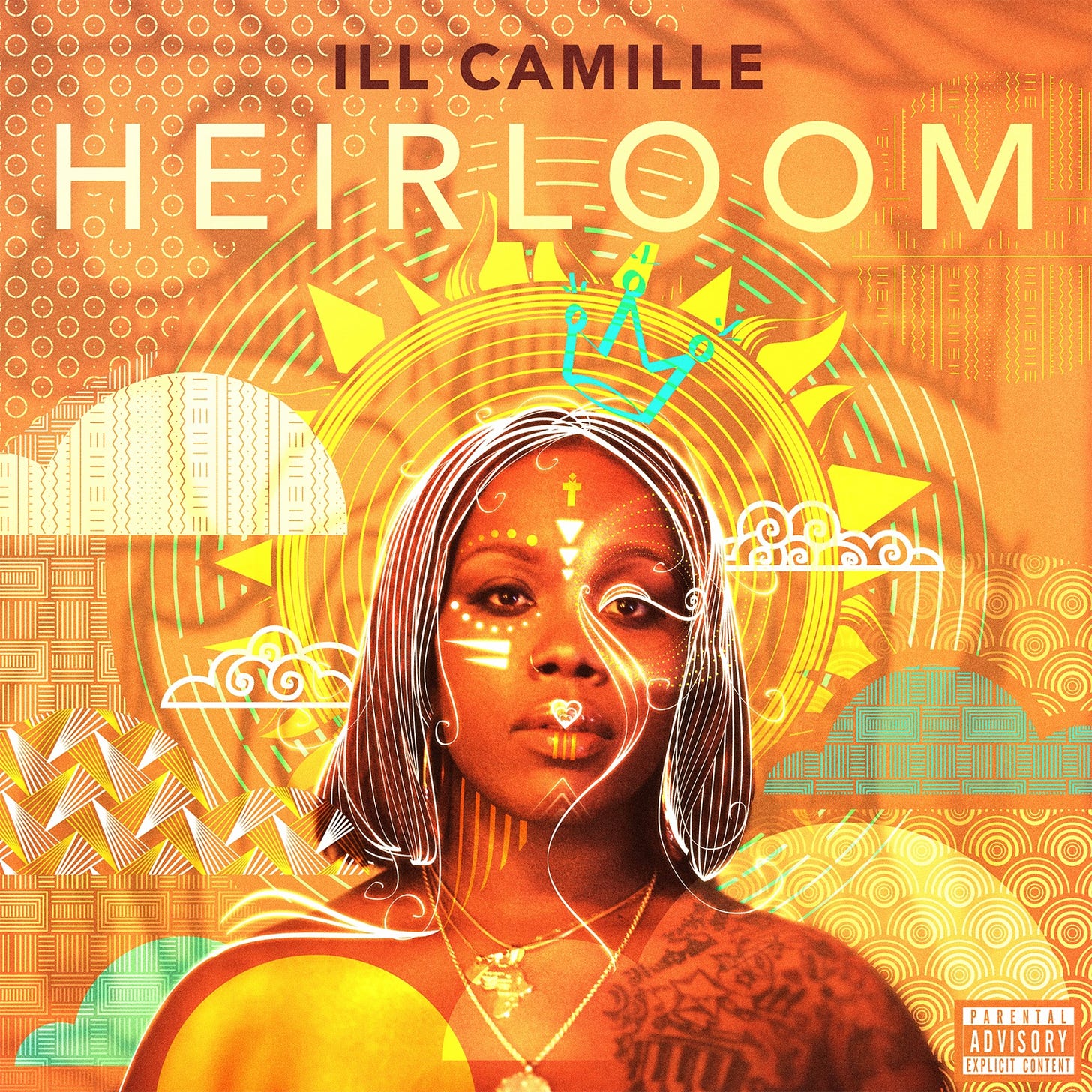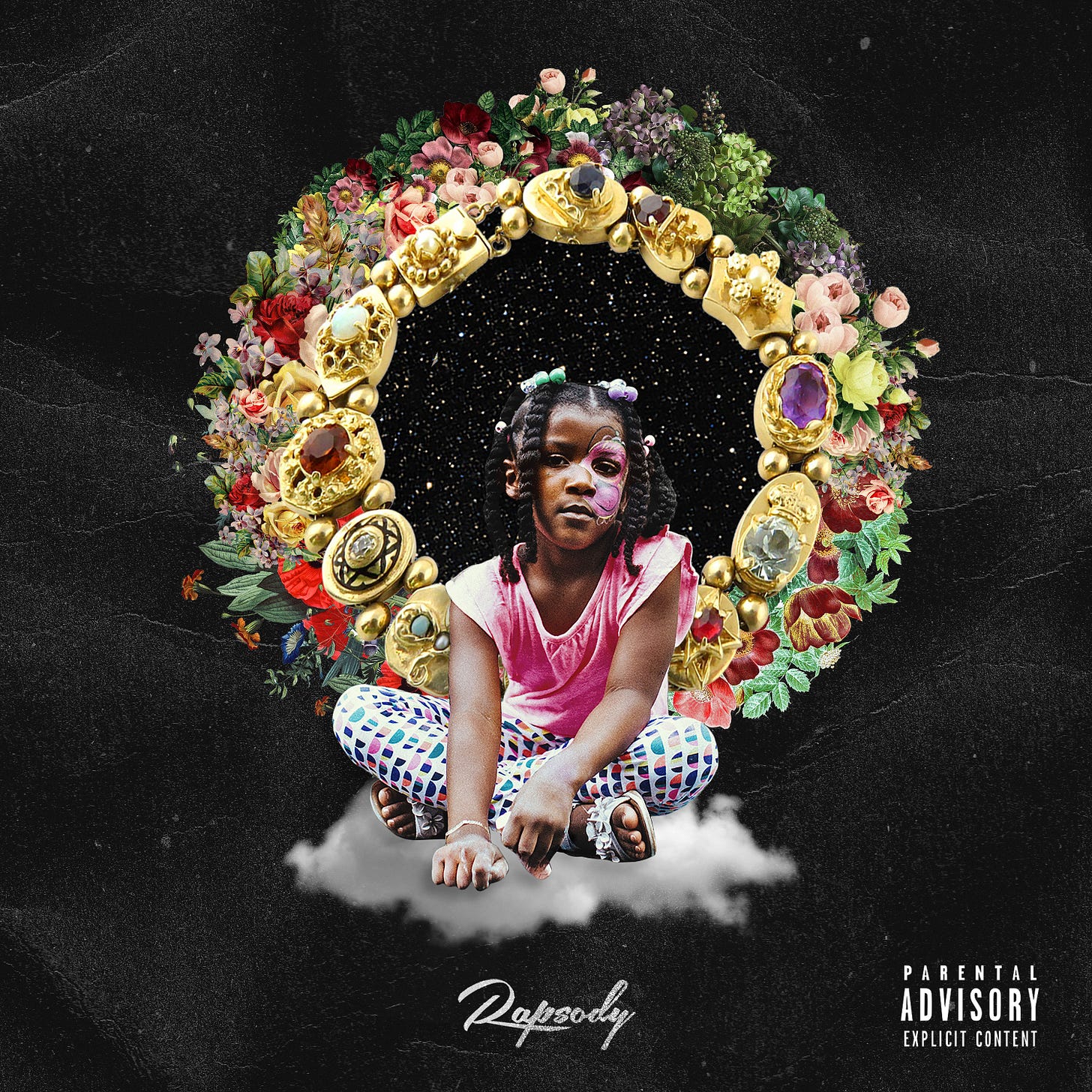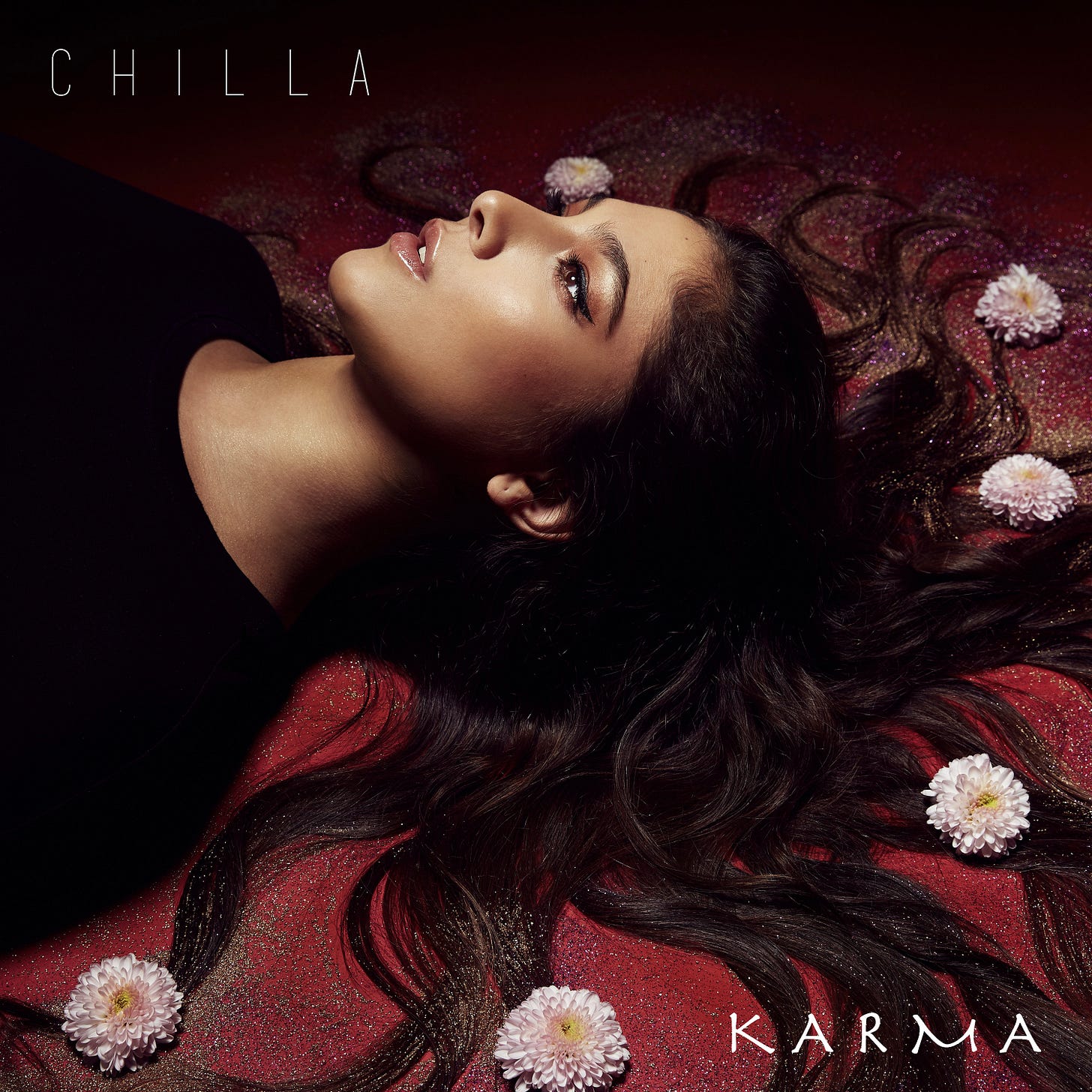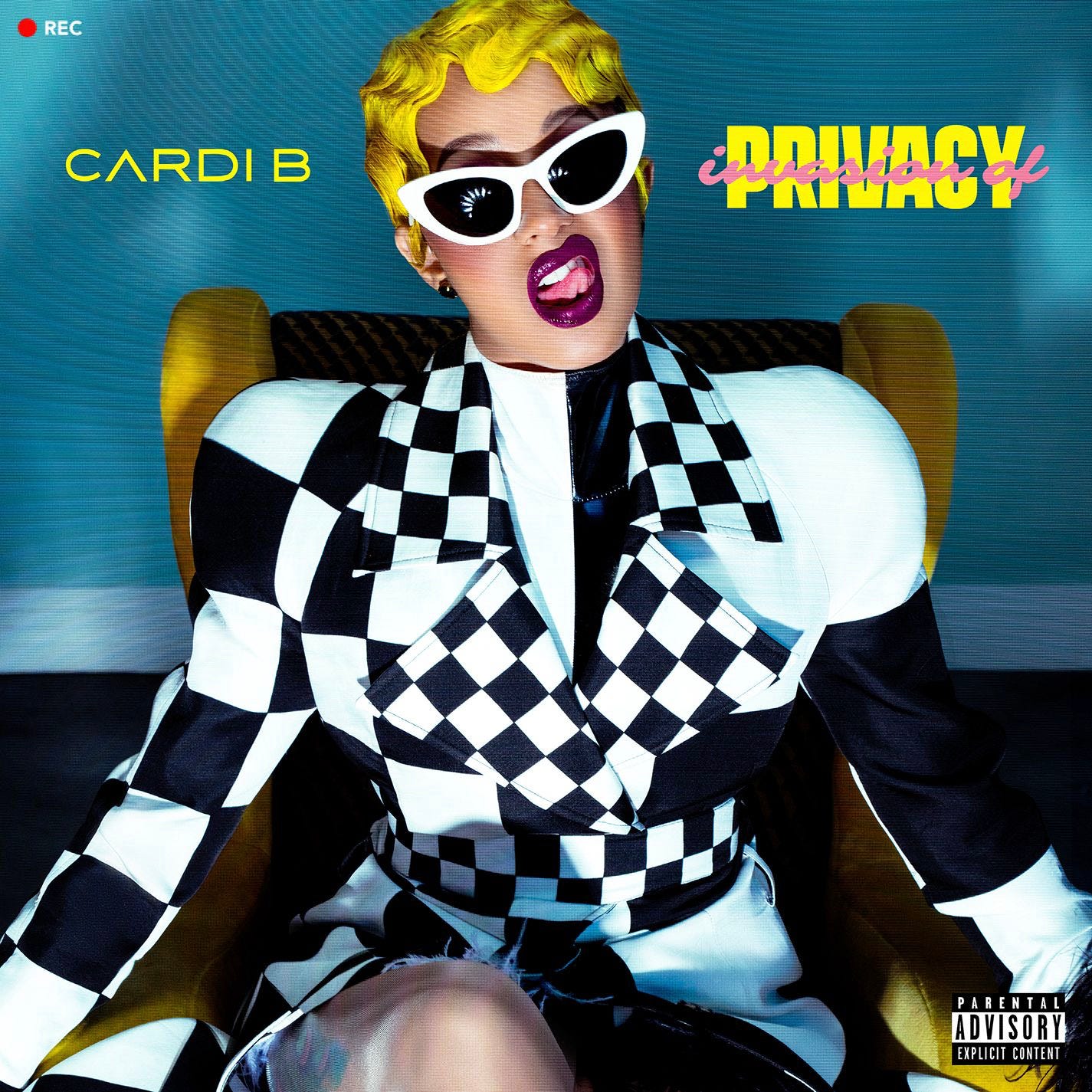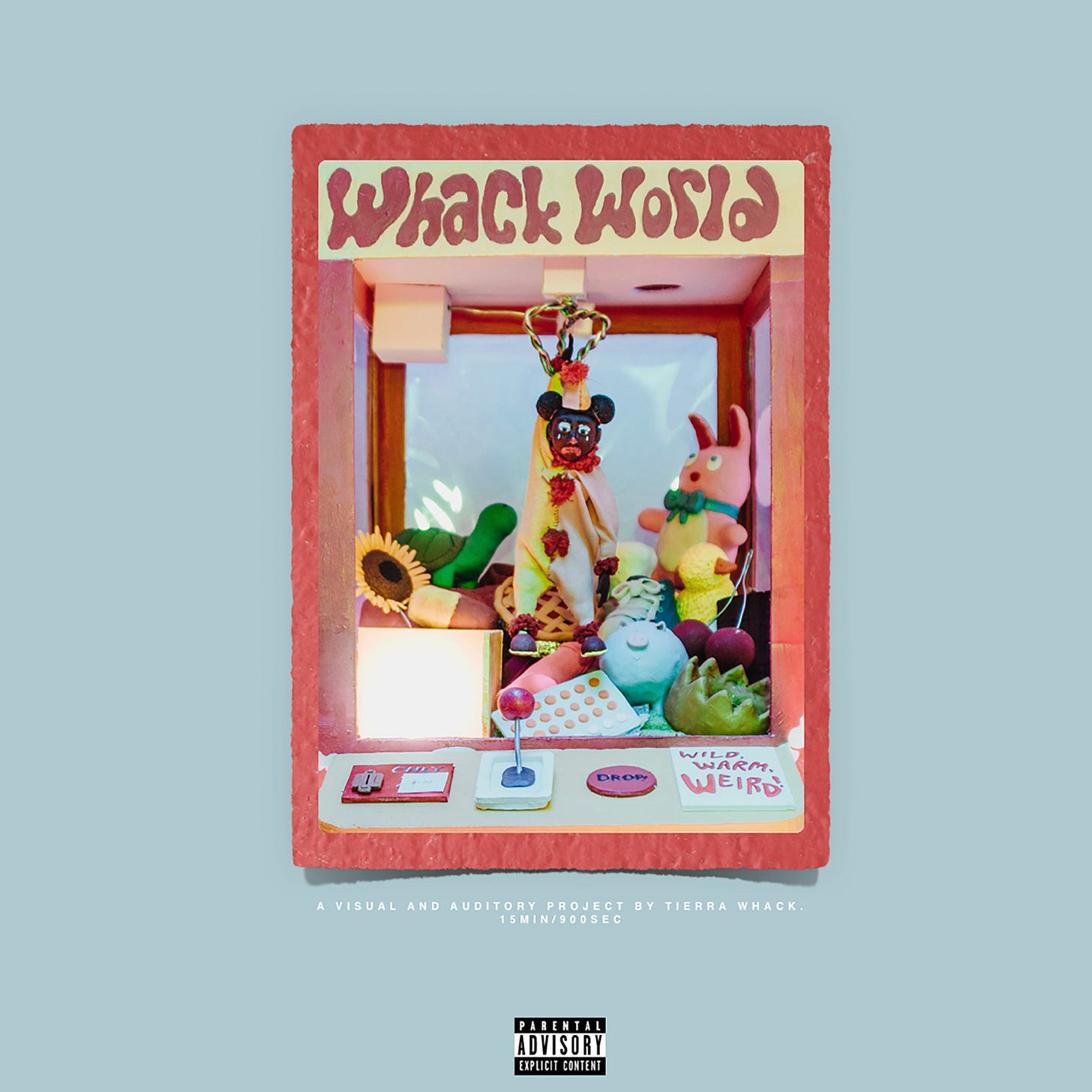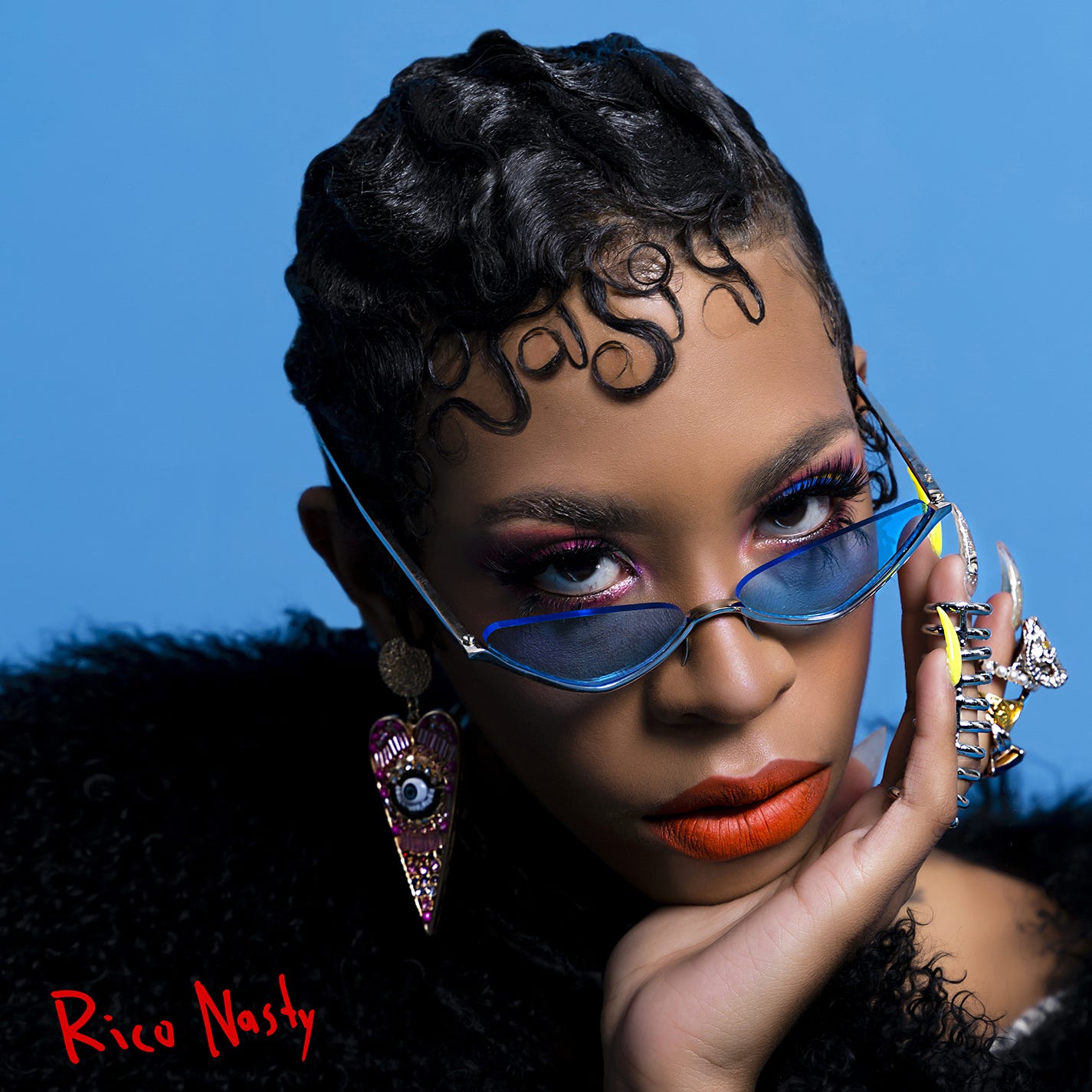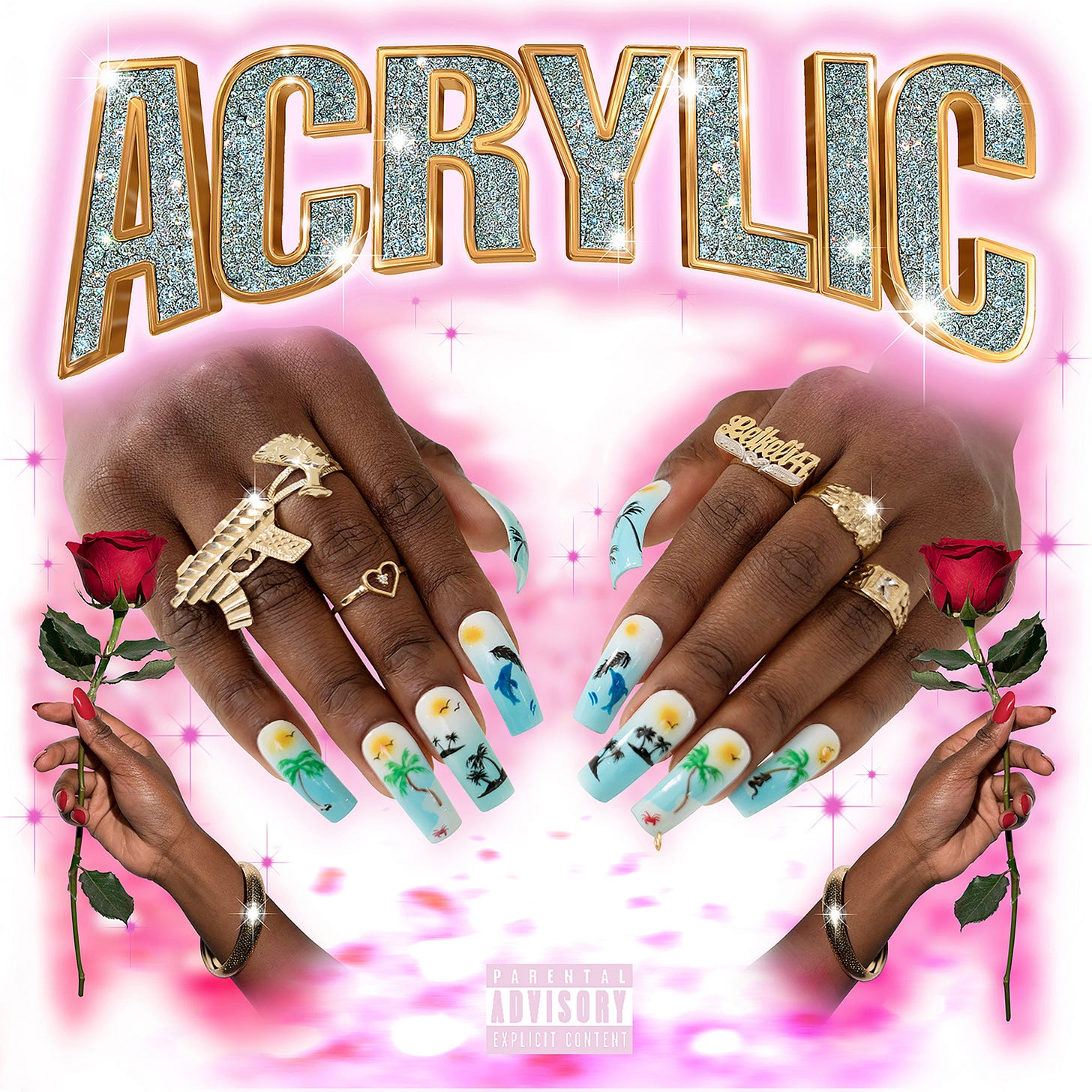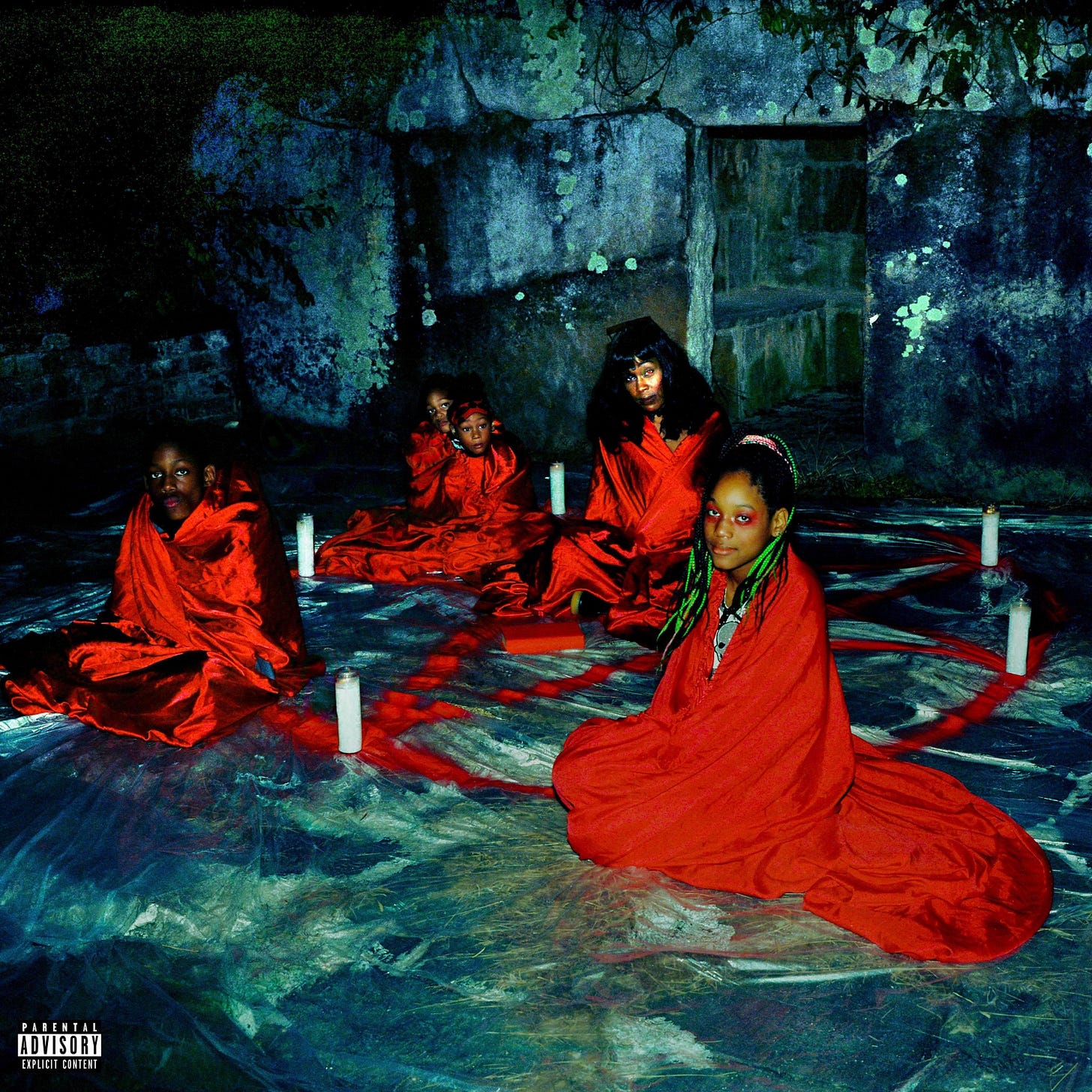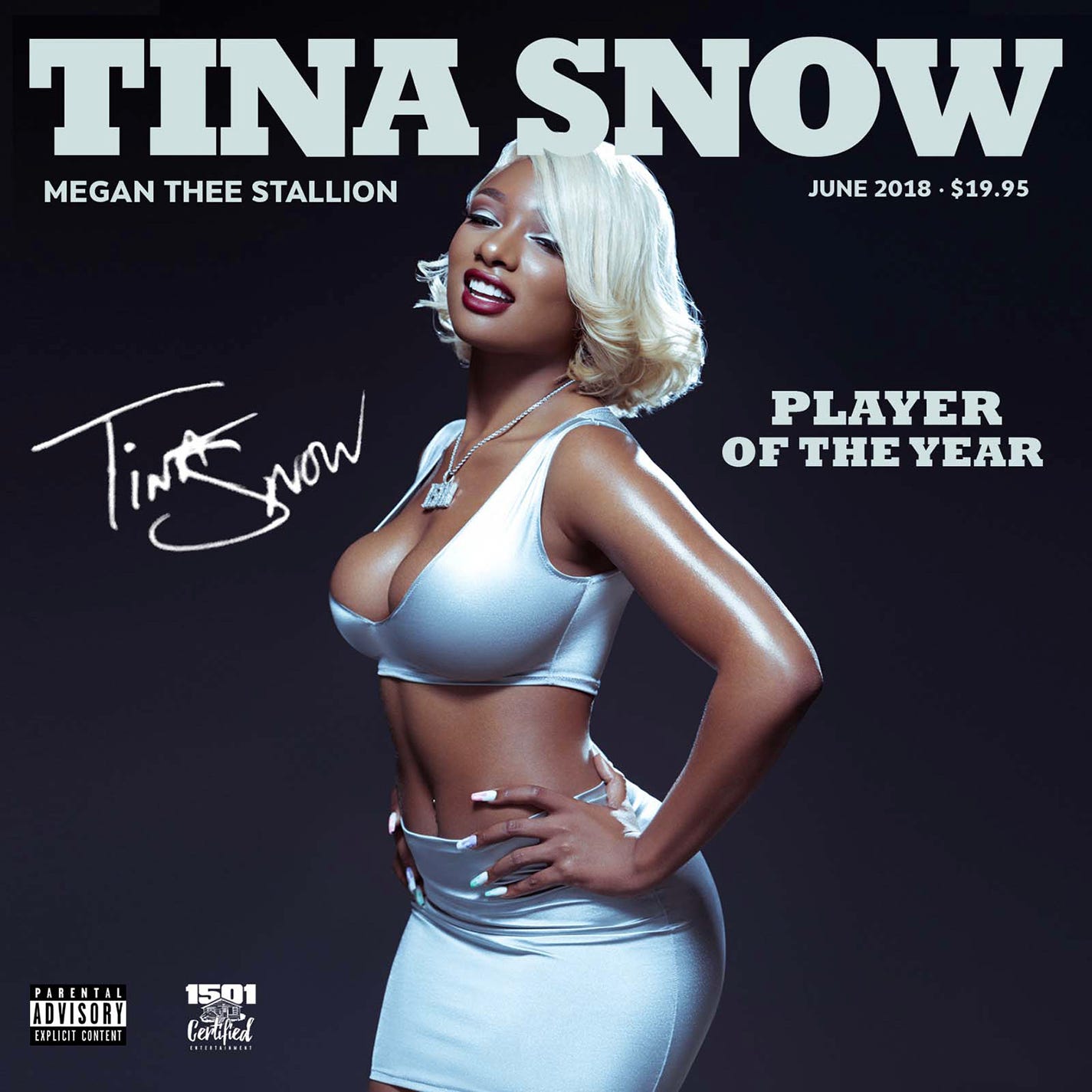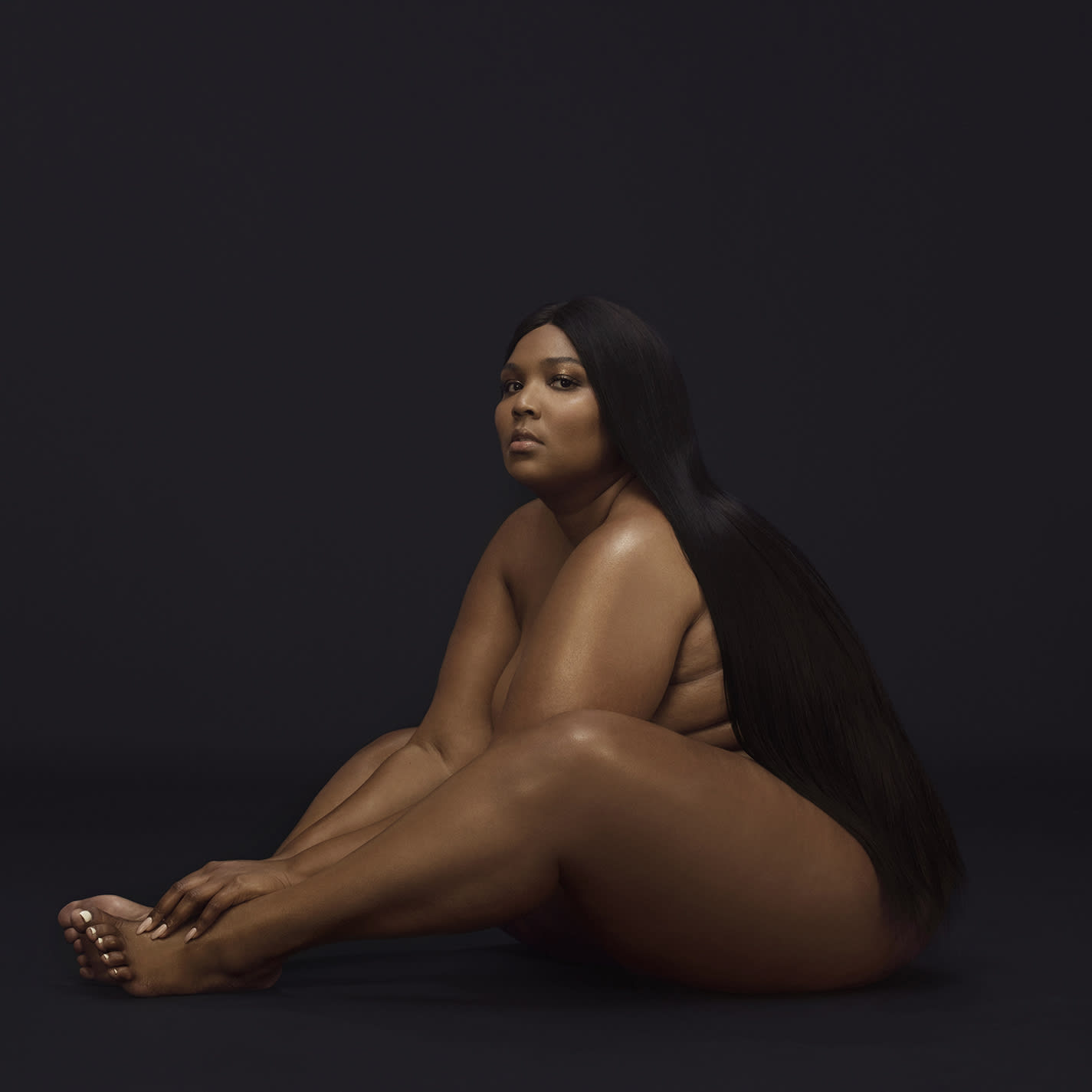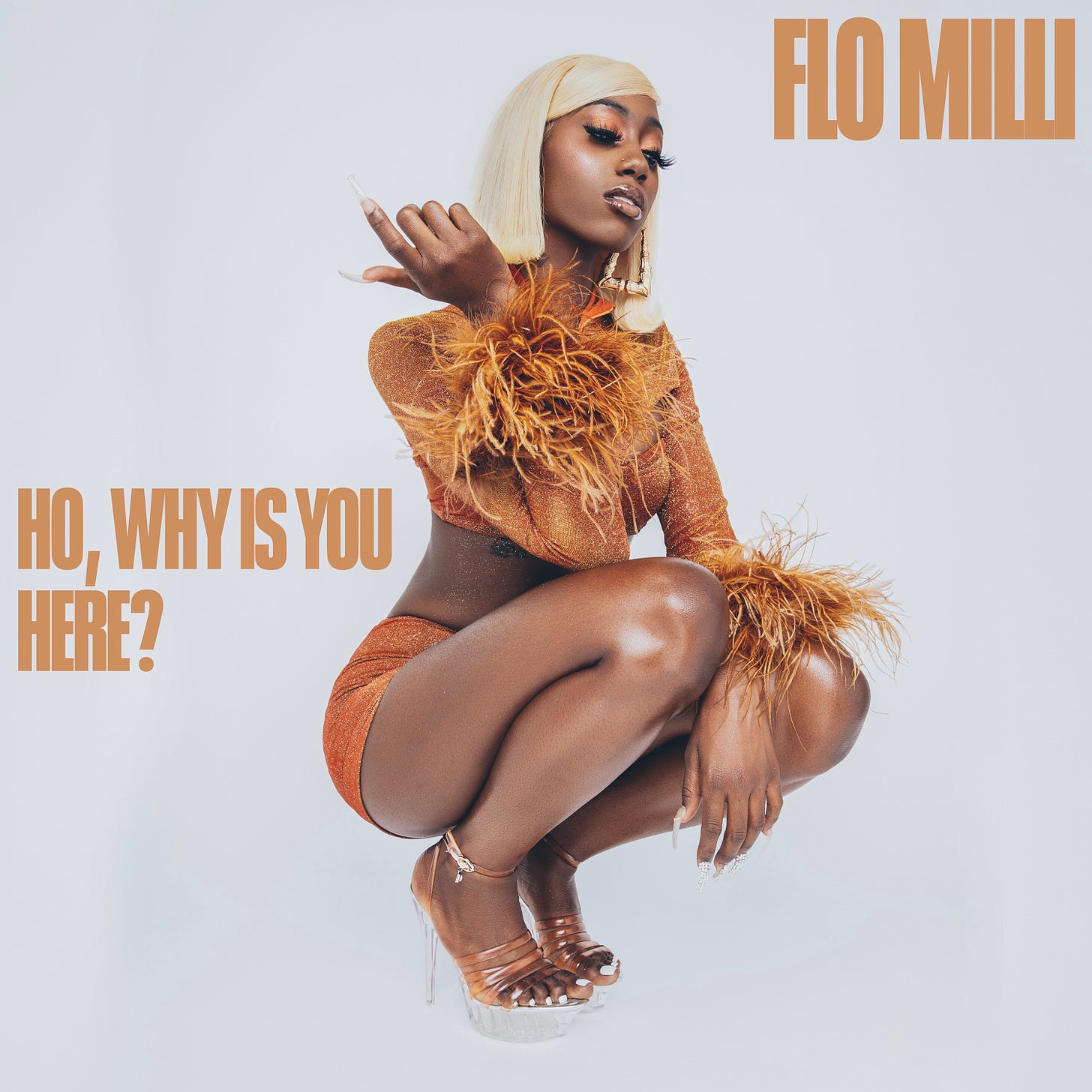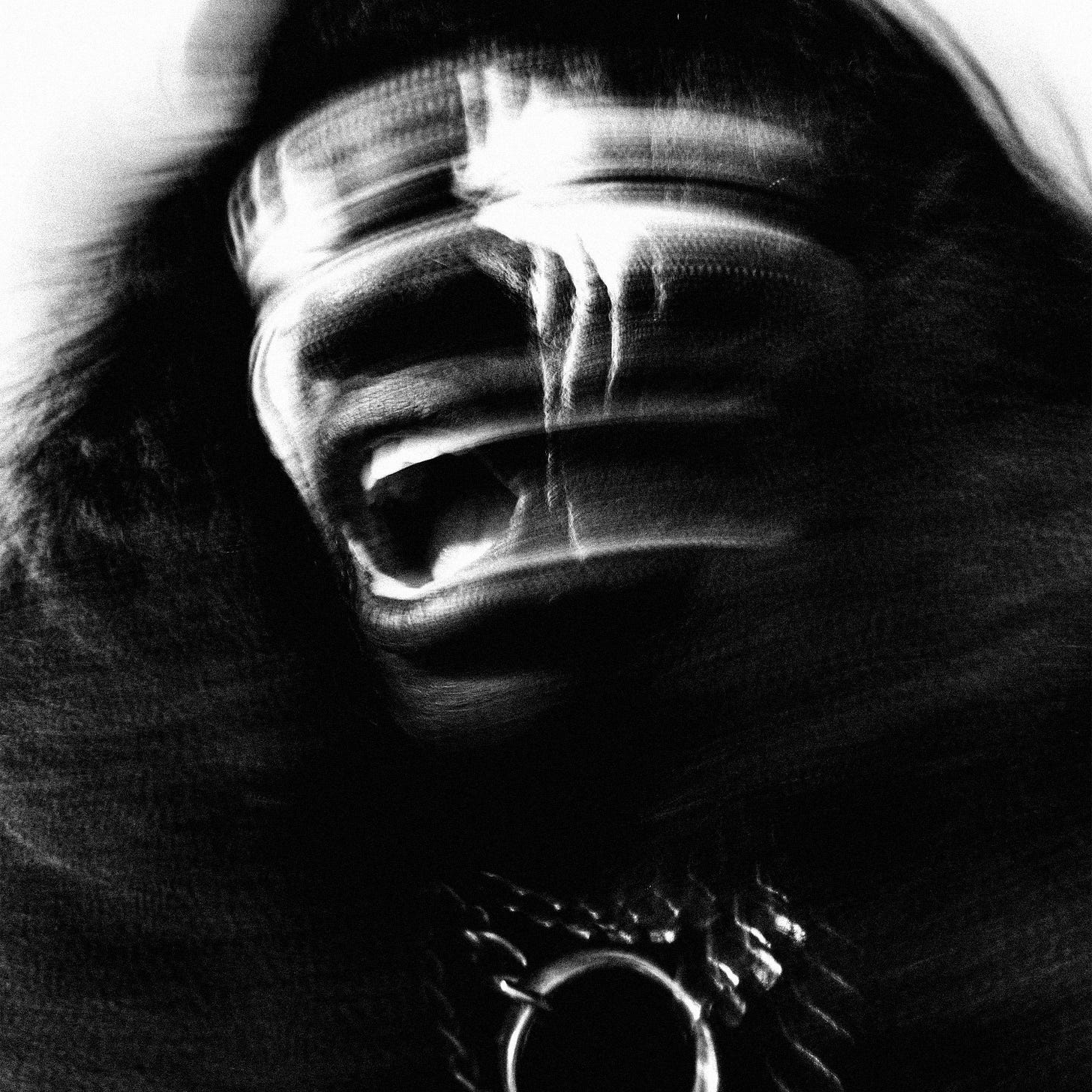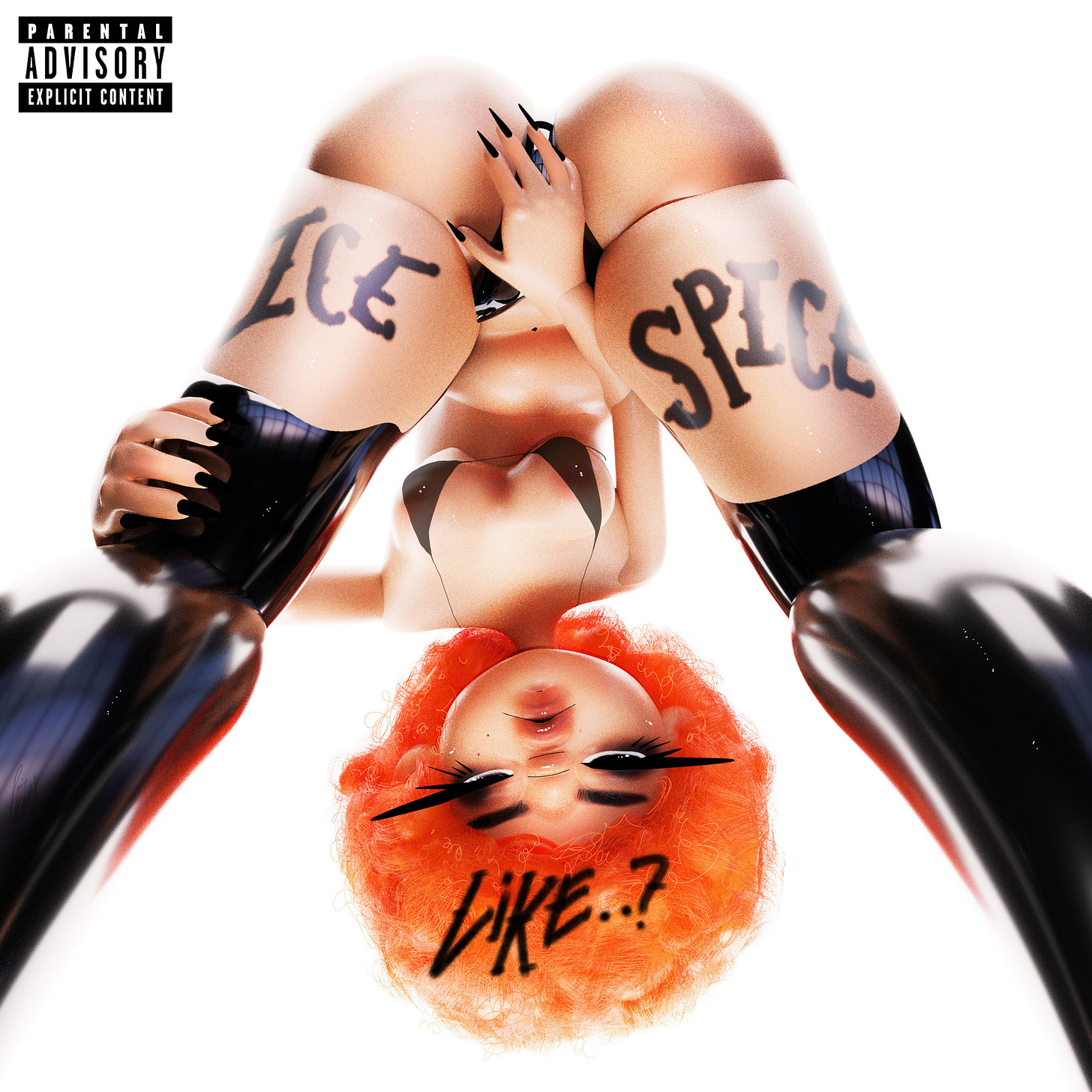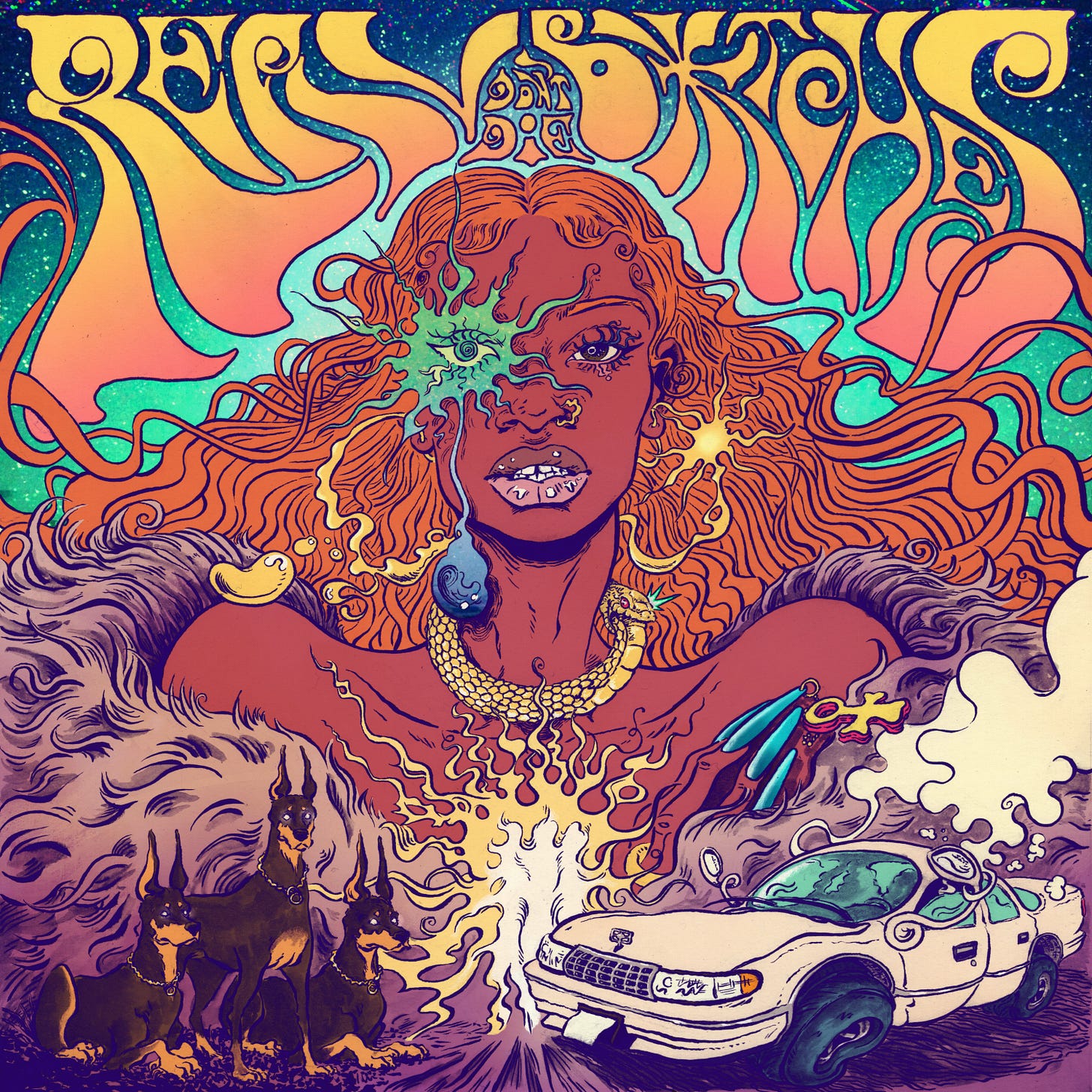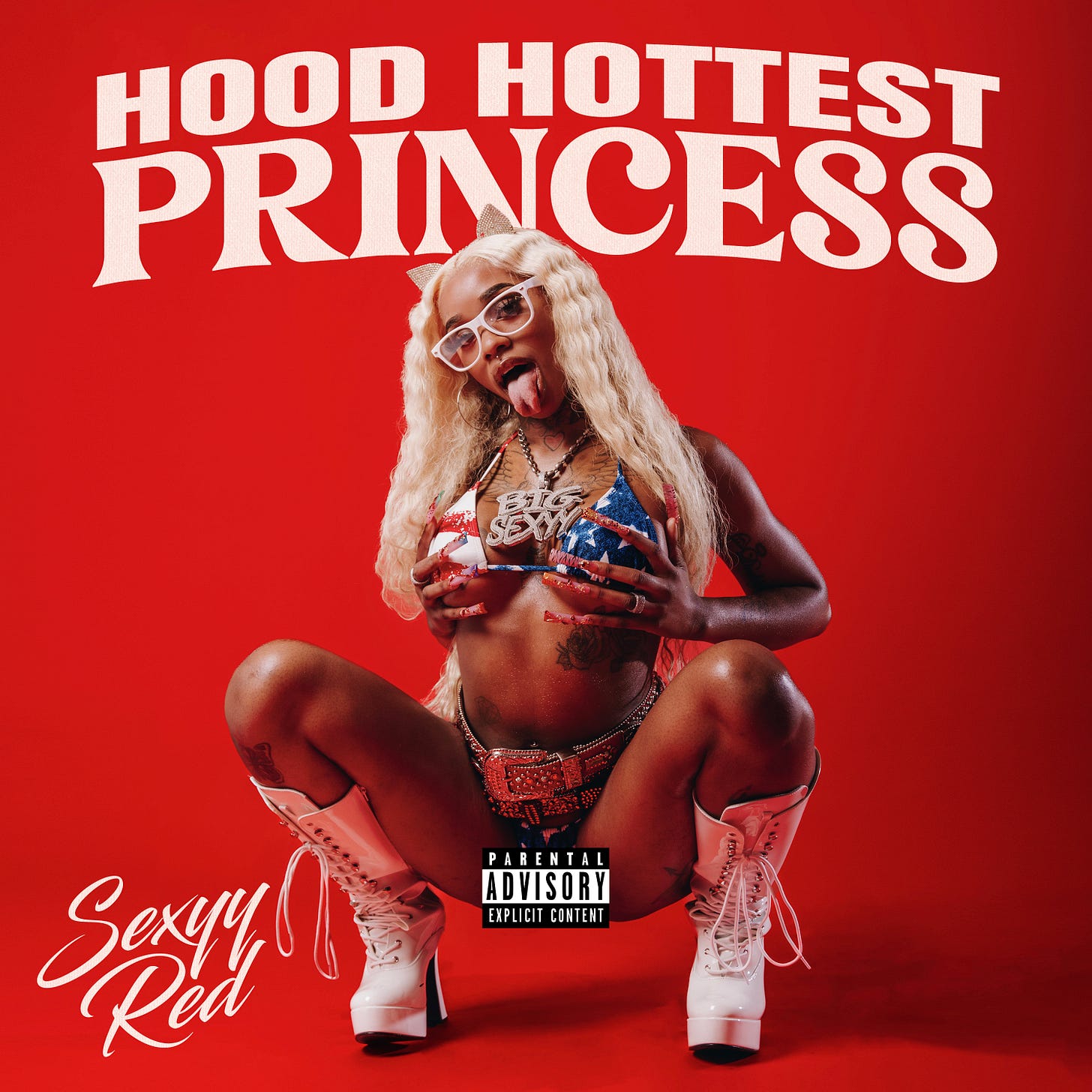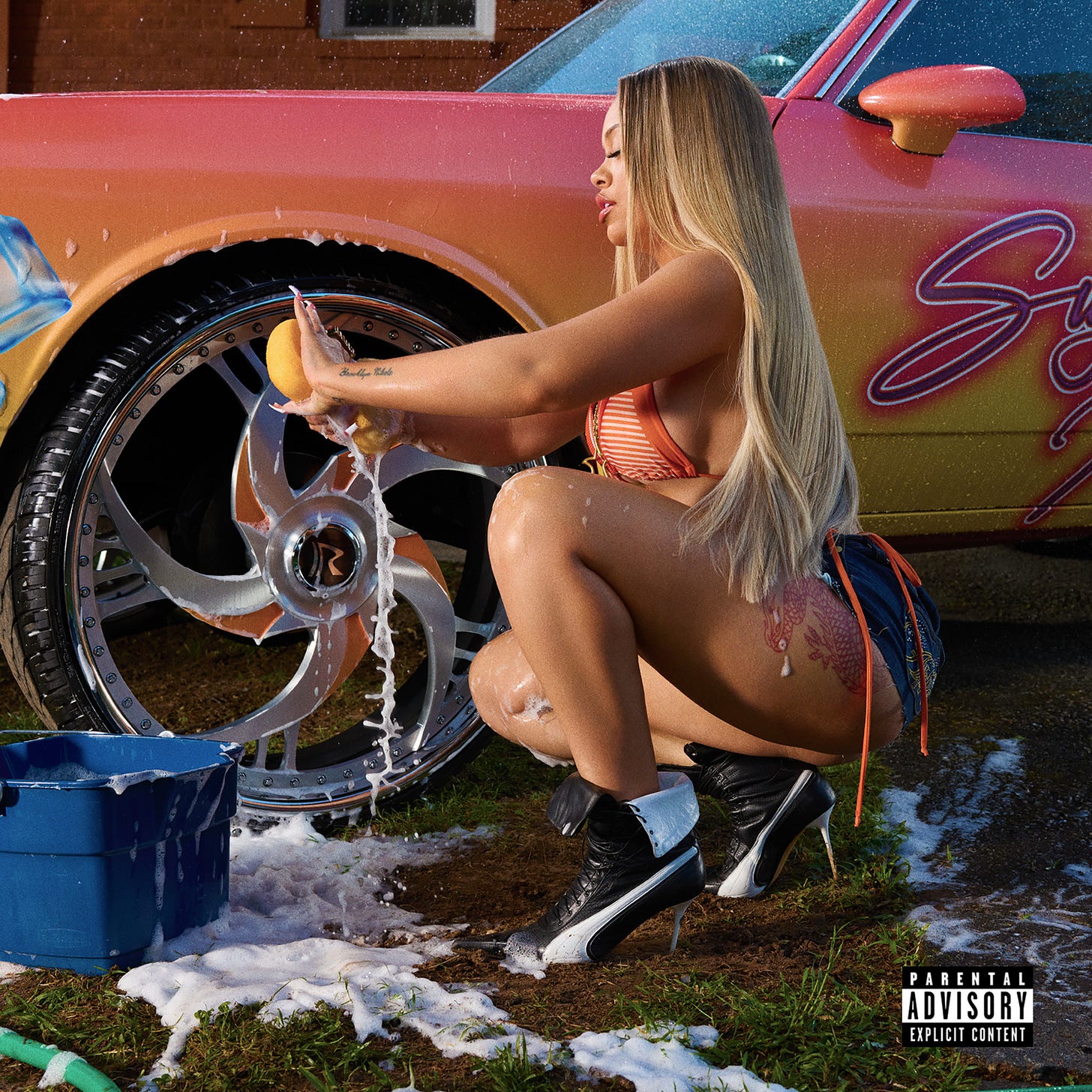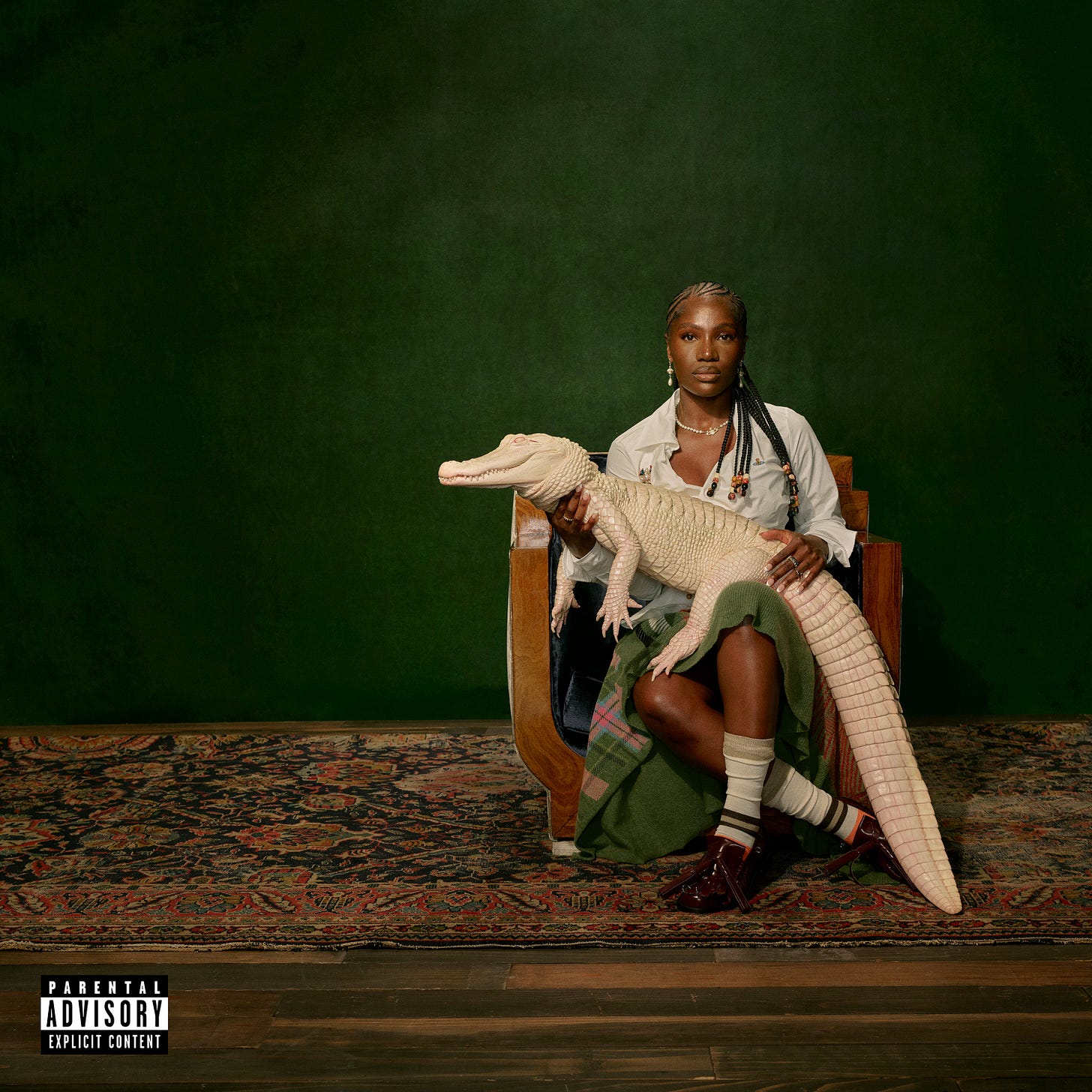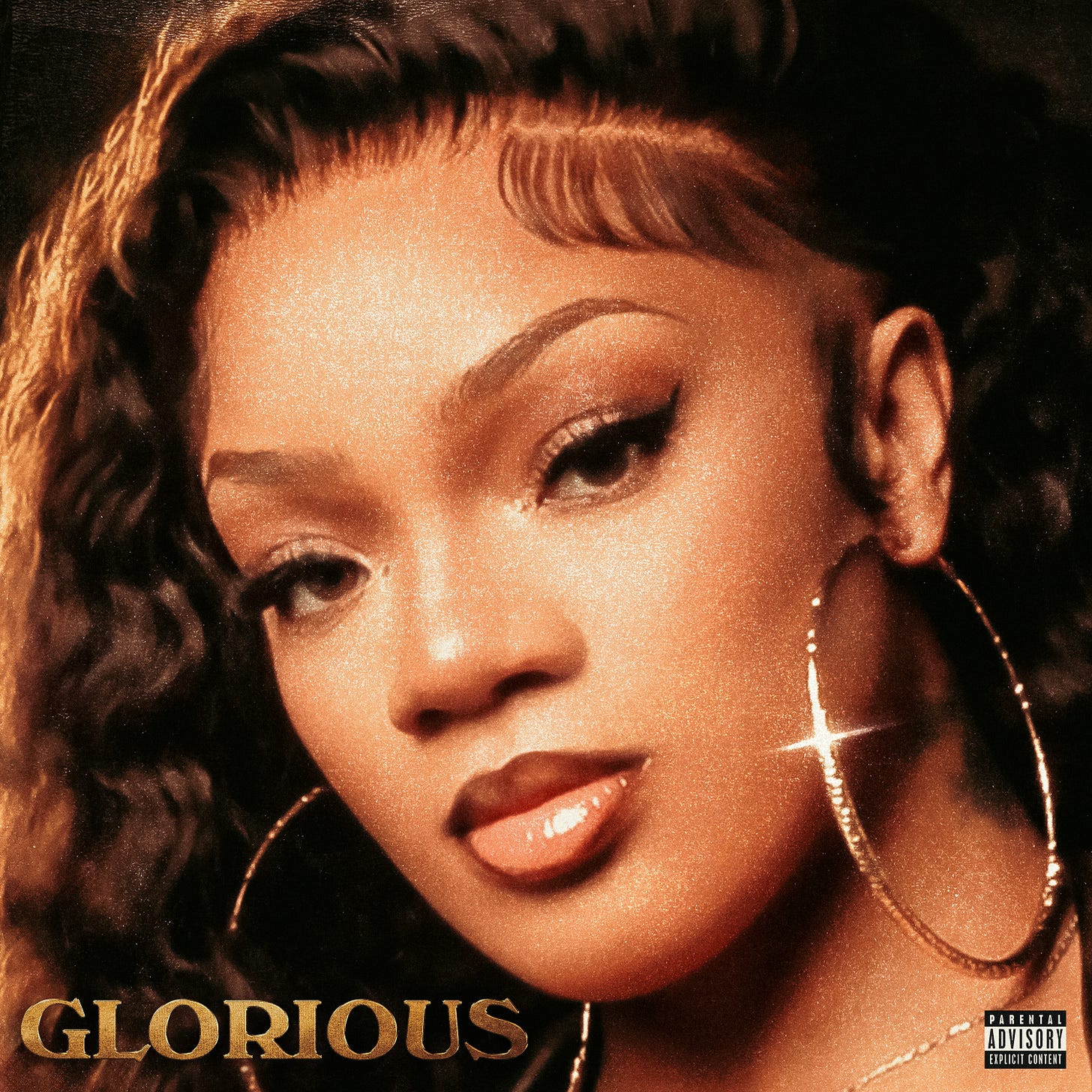The Handguide to the Ladies of Hip-Hop
Presented chronologically to show the long march of ladies in rap music toward success and recognition, contains several types of projects.
The following selection, presented chronologically to show the long march of ladies in rap music toward success and recognition, contains several types of projects. Some, close to perfection, are classics, milestones of rap. Others, on the contrary, open themselves up to criticism. They remain good albums (or mixtapes) that count in the history of rap or that, while confidential, represent the various directions taken by women in the cruel world of hip-hop.
Also, this selection sometimes broadens the horizon to reflect the diversity of women’s rap best. One of the women honored here is not a rapper but a DJ (Shortee), and two others distinguish themselves in the neighboring discipline of spoken poetry (Ursula Rucker, Kae Tempest). Likewise, some of the groups mentioned are not composed solely of women (Funky 4 + 1, Digable Planets, Crime Mob); another devotes itself to a different genre from rap (TLC). All of them, however, had at least one female rapper who left her mark on the history of this music. In fact, it would be impossible to talk about the women who have mattered in rap without dwelling on such major figures as Sha-Rock, Left Eye, Ladybug Mecca, or Diamond and Princess.
Lastly, we want to commemorate the albums, mixtapes, and EPs that aren’t given a full breakdown in the main guide but deserve a mention:
Sparky D, This Is Sparky D’s World
Finesse & Synquis, Soul Sisters
Sweet Tee, It’s Tee Time
The Real Roxanne, The Real Roxanne
Oaktown 357, Wild & Loose
Antoinette, Who’s the Boss?
Big Lady K, Bigger Than Life
Tairrie B, Power of a Woman
H.W.A., Livin’ In a Hoe House
Monie Love, Down to Earth
Shazzy, Attitude: A Hip Hop Rapsody
Nikki D, Daddy’s Little Girl
Medusa, Feline Science
N-Tyce, Antidote
Sylk-E. Fyne, Raw Sylk
Mercedes, Rear End
Solé, Skin Deep
Amil, All Money Is Legal (A.M.I.L.)
Doggy’s Angels, Pleezbaleevit!
Mocha, Bella Mafia
Angie Martinez, Up Close and Personal
Shaunta, Shaunta
Ms. Dynamite, A Little Deeper
Vita, La Dolce Vita
Apani B Fly, Story 2 Tell
Psalm One, The Death of Frequent Flyer
Lady Sovereign, Public Warning
Rita J, Artist Workshop
Tiye Phoenix, Half Woman Half Amazin’
Speech Debelle, Speech Therapy
Boog Brown & Apollo Brown, Brown Study
Kreayshawn, Something ‘Bout Kreay
Yugen Blakrok, Return of the Astro-Goth
Nitty Scott, The Art of Chill
Tiff The Gift, Better to Give
Tink, Winter’s Diary 3
Omeretta the Great, Black Magic: A Dose of Reality
Saweetie, High Maintenance (EP)
Queen Key, Eat My Pussy (EP)
Bhad Bhabie, 15
Baby Tate, Girls
DreamDoll, Life In Plastic 2
Haviah Mighty, 13th Floor
Deetranada, DEEvsEVERYBODY!
Nappy Nina, Dumb Doubt (EP)
Kash Doll, Stacked
Neelam, Different (EP)
Mother Nature, Portalz (EP)
Lyric Jones, Closer Than They Appear (EP)
BIA, For Certain (EP)
Lakeyah, Time’s Up (EP)
Rubi Rose, For the Streets (EP)
Stunna Girl, Stunna This Stunna That
7xvethegenius, Self 7xve 2 (EP)
ENNY, Under Twenty Five (EP)
Kaliii, Toxic Chocolate (EP)
OSHUN, vol. ii
Sol ChYld, Something Came to Me (EP)
Chyna Streetz & 183rd, From Hell to Chanel
Santana Fox, Eye Candy
Anycia, Princess Pop That
Jourden, Straight, No Chase (EP)
Monaleo, Throwing Bows (EP)
Samara Cyn, The Drive Home (EP)
BalakeIANA, Back In the Field
Queen Herawin, Awaken the Sleeping Giant
ANTHOLOGY OF WOMEN IN HIP-HOP
Also, if you want to read the rest of the series, please check them out here:
The Mother of Hip-Hop
In the eyes of many, rap has a problem with women. Its main players—whether we speak of its stars, its activists, or its fans—are overwhelmingly men. In both its lyrics and its imagery, it has a reputation for being dreadfully misogynistic and for portraying women only in the degrading form …
Misogyny On the Mic
In France as well, in the manner of Sylvia Robinson, women are at the forefront. They are often even more visionary and daring than men. The first example comes from Laurence Touitou. A very young architect in the early eighties, she flew off to New York, where she met LL Cool J as a teenager. On her return to the country, she was the originator of the …
The Era of Bad Bitches
Despite their bitter rivalry—one of the longest-lasting in rap history—Lil’ Kim and Foxy Brown share many essential traits. Initially friends (they collaborated with Da Brat on a remix of “No One Else” by the R&B group Total, and they had even planned a joint album,
I Came to Save a Thing Called Female Rap
At the end of the 2000s, this protégé of the rapper of the moment, Lil Wayne, began making a name for herself on mixtapes as a street-savvy mic specialist. In 2010, she astonished audiences with her striking verbal virtuosity on the colossal track “Monster,” where her incredible verse overshadowed even JAY-Z and Rick Ross—major rap stars also featured o…
Funky 4+1, That’s the Joint
Contrary to what many people think, Sha-Rock was not immediately the “+1” of her group. Originally, she was fully part of the Funky Four. It was only later, after she left the group, was replaced, and then returned, that they all adopted that original name. In truth, Sharon Green does not seek to put herself forward. She speaks on the same level as the boys, using roughly the same amount of airtime. At least, that is what we hear on this compilation, which, in 2000, brought together all the singles of a group that never had the opportunity to release a proper album. On these long, playful, festive tracks meant for dancing—so typical of the early days of rap, with their “real” instruments and their looting of soul, funk, or disco tracks (“That’s the Joint” is inspired by “Rescue Me” by a Taste of Honey, while “Rappin’ and Rockin’ yhe House” is influenced by “Got to Be Real” by Cheryl Lynn, and “King Heroin” reuses “The Apprentice” by The O’Jays)—Sharon Green holds her place. Still, her feminine voice stands out, giving the group a decisive distinguishing feature. With her, the Funky 4 + 1 were among the great pioneers of the hip-hop epic. They were the first rappers to sign a record deal, recording for Enjoy before joining Sugarhill Records.
At more than 15 minutes long (even longer than “Rapper’s Delight”), their first single, “Rappin and Rocking the House,” remained for a long time the longest rap song ever made. Their reference track, “That’s the Joint,” is generally considered one of the very best from the early days of hip-hop. And above all, on Valentine’s Day 1981, by appearing on Saturday Night Live at the invitation of Debbie Harry of Blondie, this quintet composed of teenagers from the Bronx became the first to bring rap to American national television screens. That night, however, Sha-Rock was already facing one of the great constraints of any female rapper’s career: pregnant, she was suffering from nausea, which made her male companions nervous. And indeed, their shared adventure did not last. Two years later, the group split up, and its members were scattered among various projects: US Girls for Sha-Rock (a trio with Lisa Lee and Debbie Dee), Double Trouble for Lil’ Rodney Cee and K.K. Rockwell, and a solo career for Jazzy Jeff—the only one to enjoy relative success with “King Heroin” in 1985. Later on, only aficionados remembered the Funky 4 + 1 and Sha-Rock, the first great female rapper in history.
The Sequence, Sugarhill Presents The Sequence
The story of The Sequence strongly contradicts those who think women’s place in hip-hop has always been marginal. Indeed, these three female rappers released the second single released by Sugar Hill Records after “Rapper’s Delight”—the track that popularized the genre. And this track, “Funk You Up,” is anything but trivial. Released as early as 1979 by three friends from South Carolina, who discovered their calling after hearing Sugarhill Gang, it was another hit. A classic of early rap, it was later sampled by some (most notably Dr. Dre) or even pillaged by others. Furthermore, the trio formed by Cheryl Cook (The Pearl), Gwendolyn Chisolm (Blondy), and Angela Brown (Angie B) enjoyed a certain longevity. The Sequence released three albums and other notable singles, including “Monster Jam” with Spoonie Gee, and they again found success in 1982 with the ballad “I Don’t Need Your Love.” And one of its members, Angie B—who would be seen alongside Prince, Lenny Kravitz, and D’Angelo—tasted fame around the year 2000 in the guise of the neo-soul singer Angie Stone. That future in traditional African-American music was predictable upon hearing their first album.
Like most rap albums of the time, it featured tracks still rooted in soul, funk, and disco—be it the syrupy romance “The Times We’re Alone” or their second single, “Funky Sound (Tear the Roof Off),” which was a reinterpretation of “Give Up the Funk (Tear the Roof Off the Sucker)” by Parliament. As for “Simon Says,” “We Don’t Rap the Rap,” and “And You Know That,” though they were indeed rapped, they were nevertheless backed by instruments also drawn from funk. With The Sequence, as elsewhere on Sugar Hill Records, rap was not yet seen or practiced as a genre in itself, but rather as a means of warming up and motivating listeners—just as it had been in the block parties and nightclubs that witnessed its birth. This resulted in long tracks whose lyrics, made up of stock phrases chanted in chorus and interspersed with shouts or whistles, were above all playful invitations to dance. This first album, which critically lacked the single “Funk You Up” (despite the visionary presence of the word “gangsta” on the track “And You Know That”), proved unremarkable and generic, explaining in part why, a few decades later, The Sequence is among the forgotten names of the great saga of female rap.
Also check out: The Sequence (1982)
Salt-N-Pepa, Hot, Cool, & Vicious
The first stars of female hip-hop were Salt (Cheryl James), Pepa (Sandra Denton), and their DJ Spinderella (Deidra Roper). They gave hip-hop its first platinum album by women with Hot, Cool & Vicious, then pursued a successful career. However, upon closer examination, this record was not entirely a women’s affair. Spinderella, who arrived late, did not actually contribute anything to the music: she simply posed on the cover. Hurby Azor, who was then dating Salt and managing the trio, produced the record and wrote a large portion of its lyrics. And it was thanks to another man, the California DJ Cameron Paul, that the trio experienced success. Before him, indeed, the former Super Nature had already made a name for themselves in hip-hop circles with a track, “The Show Stoppa,” which responded to “The Show” by Doug E. Fresh and Slick Rick. But by efficiently remixing their track “Push It” (originally just a B-side), Cameron Paul brought them to the general public’s attention, paving the way for the considerable success of this first album several months after its release.
That album, however, did not change the scene in the rap of that time. The trio appeared to be the female counterpart to Run-D.M.C., sharing many of their features: apart from the presence of two MCs and a DJ, their music was lively and minimalist, focusing mainly on ego-tripping, and Salt and Pepa, like their male peers, often finished each other’s lines. The chief novelty of this first album lay in the position taken by its performers: unlike other female rappers, they played up their attractive looks and sex appeal. In a number of tracks (“Tramp,” “The Show Stoppa,” “Chick On the Side,” “I’ll Take Your Man”), they presented themselves as assertive women who took control of their love and sex lives, reversing the usual sexist clichés by treating their lovers like objects. A few years later, they continued in this vein with the hit “Let’s Talk About Sex,” in which they demanded a female perspective on the tricky subject of sexuality. Of course, they still offered a playful take on female rap, far from the vibe of Lil’ Kim or Foxy Brown. But even with the very title of this first album, Hot, Cool & Vicious (“hot, cool, and vicious”), a new mindset had already arrived, announcing the approach many female rappers would embrace in the future.
Also check out: Blacks’ Magic (1990), Very Necessary (1993)
L’Trimm, Grab It!
L’Trimm were two energetic teenagers from Miami. They launched Grab It! in 1988, putting Lady Tigra and Bunny D in the spotlight as they harnessed a bouncy bass formula that captured local attention. A team of studio professionals guided the technical aspects, but the duo’s charm stood at the heart of each track. Instead of following the gritty paths carved by many East Coast or West Coast MCs, these young performers doubled down on carefree lyrics and a crisp, danceable beat. “Cars That Go Boom” was the song that shot them to wider notice, receiving spins on multiple stations that appreciated its catchy refrain and flirtatious commentary.
Building on the playful tradition glimpsed in other female rap projects, they put a bright face on competition with men, poking fun at macho stereotypes while still claiming the spotlight. Their brand of self-assured delivery stood apart from gloomier productions, allowing them to cut through the noise of the late ’80s hip-hop scene. Even if Grab It! did not dominate national charts in the same way as certain major releases, its local success signaled to fellow female MCs that there was room for laughter and party-focused content. Over time, that lesson found new life with later acts who opted for humor over confrontation, proving that the Miami duo’s gambit could inspire others searching for an upbeat spin on rap’s creative possibilities.
MC Lyte, Lyte As a Rock
MC Lyte is the first grand dame of rap. The album that launched her career was also the first ever released by a solo female rapper. Yet for Lana Moorer—her real name—success did not come easily at first. She owed it partly to Nat Robinson, the boss of the label First Priority. While the major label Atlantic was courting his two sons (the duo Audio Two, whom he managed), he insisted that they sign the young girl from Brooklyn. She was not yet eighteen and was so close to the Robinson brothers that she was often described (incorrectly) as their sister. Nonetheless, she left a much deeper mark on rap history than they did, thanks especially to Lyte As a Rock. However, the rapper did not overemphasize her femininity. Her appearance, like her stage name, was unisex. And from the album cover, it was not immediately obvious that the author of this first album was the petite woman dressed in white in the center.
Sometimes, though, MC Lyte did take the side of her gender. That was the case, for example, on “I Am Woman,” whose title paraphrased the famous Helen Reddy song—an anthem of the Women’s Liberation Movement in the United States. It was also true on “Big Girls Don’t Cry” and “Paper Thin,” where she urged her fellow women to be strong and break free from faithless partners. Yet overall, the rapper sought to stand out through her confidence on the mic and her verbal mastery. She wanted to compete on the men’s field and beat them at their own game. Like them, she proudly represented her neighborhood on “Kickin’ 4 Brooklyn.” On “10% Dis,” she tore into a rival, Antoinette, accusing her of plagiarizing “Top Billin’,” Audio Two’s (only) hit. She confidently tackled all the popular rap exercises of the day: fiery ego trips or socially oriented storytelling on “I Cram to Understand U,” a track about a love story ruined by crack addiction, which she wrote at sixteen (or possibly at twelve, according to some sources1). In reality, MC Lyte did not want to present herself as a great female rapper but rather as a great rap artist, pure and simple, without regard to gender. And if one overlooks a production handled by Audio Two and a few others (including Prince Paul of Stetsasonic) that bears the mark of its time a bit too strongly, she managed it brilliantly.
Also check out: Eyes On This (1989)
J.J. Fad, Supersonic
A new arrival in the late-‘80s rap field: Supersonic, brought forward by J.J. Fad under Ruthless Records. The group included MC J.B. (Juana Burns), Baby-D (Dania Birks), and Sassy C (Michelle Franklin), three women from California who had the backing of producer Arabian Prince, along with contributions from Dr. Dre. The record introduced a bright, energetic style at a time when female voices were still breaking into the mainstream. By blending speedy rhymes with a playful attitude, J.J. Fad achieved recognition that paralleled other West Coast acts. Eazy-E saw potential in their approach, which led to them becoming one of the earliest successes on his label. It did not heavily alter the core features of mainstream rap at that moment, but it placed female performers in a new position. The trio’s quick deliveries, set against electro-infused backdrops, emphasized skill and confidence rather than reflective themes. J.J. Fad operated much like their male peers who were experimenting with computerized beats by focusing on speed, catchy hooks, and a carefree image. In later releases, they continued to build on this template, showing that women could claim their own space in rap while maintaining a dance-friendly angle.
Roxanne Shanté, Bad Sister
Roxanne Shanté was just nineteen when her first album was released. And yet it came out too late—five long years after the Queens teenager had first gained fame. Many things happened in her personal life in the meantime, as recounted in the (admittedly dramatized) 2017 biopic Roxanne Roxanne. In truth, she likely was not an “album artist.” Lolita Shanté Gooden made her reputation first and foremost with her improvisation and battle rap talent. That began in her neighborhood, before she conquered the entire hip-hop scene with the verve and aggression she delivered on the historic “Roxanne’s Revenge.” Recorded with Marley Marl, a future legendary producer, this hit reused the sounds of “Roxanne, Roxanne” by U.T.F.O. only to criticize them and tear into them. In doing so—and because a multitude of other tracks were released in response to hers—Roxanne Shanté launched the first great beef in hip-hop history, known today as the “Roxanne Wars”; before another succeeded it, the “Bridge Wars,” in which Shanté, Marley Marl, and the Juice Crew also participated.
When it was time to claim her superiority over her opponent, the rapper shone. But her first album itself was rather generic. It abided by all the usual conventions of the time: ego trips, her specialty, on “My Groove Gets Better” and a remix of “Have a Nice Day” (her contribution to the Bridge Wars); beatboxing on “Bad Sister” (only natural for someone close to Biz Markie, a master of the genre); house music excursions on “Live On Stage” and “Go On Girl.” Naturally, Shanté also sided with her fellow women on feminist sections. She exhorted them to break free from men’s clutches on “Independent Woman” and in the storytelling track “Fatal Attraction.” This variety, along with Marley Marl’s production, made Bad Sister a solid, enjoyable album. But it was not unique enough to rekindle the career of a rapper who, faced with her responsibilities as a young mother and other personal constraints, released just one more album before the above-mentioned film, much later, reminded people of the key place she occupied in rap history.
Also check out: The Bitch Is Back (1992)
Queen Latifah, All Hail the Queen
As curious as it may seem, one of the first great voices of female rap—one of those who wanted to imbue her lyrics with meaning—started out in a marginal branch of hip-hop culture: beatboxing. Dana Owens, a native of New Jersey who would later choose the name Latifah (“sensitive, delicate” in Arabic), was in charge of that exercise in an all-female group, Ladies Fresh. Gradually, she switched to rap, joined the Flavor Unit collective, and later became part of the large Native Tongues family. Through Fab 5 Freddy, then host of Yo! MTV Raps, she also signed with Tommy Boy, which released her first album. Produced by DJ Mark the 45 King of the Flavor Unit, All Hail the Queen was in step with its time. It featured good-natured ego trips and funky samples on tracks like “Queen of Royal Badness,” “Wrath of My Madness,” and “Dance for Me,” along with celebrations of the DJ/MC bond on “A King and Queen Creation.” It almost seemed ordinary. But we also heard the Native Tongues’ distinctive touches: whimsy, with the track “Mama Gave Birth to the Soul Children,” produced by Prince Paul and performed with De La Soul, plus a broad musical openness.
Other genres besides hip-hop were widely present: reggae on “The Pros,” “Princess of the Posse,” and in the choruses of “Wrath of My Madness” and “Inside Out”; house music (or more precisely hip house) on “Come Into My House”; and Latin music on “Latifah’s Law.” All of this hinted at the multidimensionality of Queen Latifah, who would later become a jazz and soul singer, as well as a recognized actress. We also discover on this first album another of her characteristics: her activism, her position as a conscious rapper. On “Evil That Men Do,” for example, she and KRS-One condemned the world’s injustices. And on “Latifah’s Law,” she stood up for women, showing that she refused to be dominated or dictated to. She also did so on the album’s best track, “Ladies First,” a statement in favor of women that she performed with the English rapper Monie Love, the other female member of the Native Tongues. That track, along with another great anthem on the same topic, the historic “U.N.I.T.Y.,” helped establish Queen Latifah’s status in rap history as a major feminist figure.
Also check out: Black Reign (1993)
M.C. Trouble, Gotta Get a Grip
Few labels embody the legend of African-American music as much as Motown. Yet the venerable house built by Berry Gordy was slow to take an interest in the hip-hop phenomenon. Like much of the old soul and funk guard, Motown once viewed this new music with caution, even hostility, leaving the independent labels Sugar Hill, Profile, Tommy Boy, and Def Jam to proudly champion it. In the late 1980s, however, the company began looking more closely at the new cash cow, signing rappers like Jesse West (aka 3rd Eye) and M.C. Brains, as well as a young Los Angeles native: LaTasha Rogers, aka M.C. Trouble. In many respects, her music did not clash with Motown’s. Her single (and biggest success), “(I Wanna) Make You Mine,” was a simple declaration of love to an ideal man and featured The Good Girls, a trio often likened to a modern version of The Supremes.
Her album, Gotta Get a Grip, had a retro feel, with its rather old-fashioned funky groove, its focus on love, and its sung sections like “Thing gor You.” But overall, M.C. Trouble was indeed a rapper who showed presence, assurance, and fire on the mic. She performed ego trips and battle-style rap on “Here Comes Trouble” and “Points Proven.” She came across as political, angry, and pro-Black on “Black Line,” as well as on the title track “Gotta Get a Grip,” over spare production full of furious scratching. On the romance “(I Wanna) Make You Mine,” for a few lines, the rapper insisted she was no angel. And when she described her types of men on “Fly Guy,” she did so humorously and brashly, praising their large rears. M.C. Trouble had potential; she might have had a long career. But fate cruelly decided otherwise. Since childhood, she had suffered from epilepsy, and in 1991, at the age of twenty, while working on her second album, she died of a heart attack. Only a few of her peers remember her. Q-Tip mentioned her by name at the end of “Vibes and Stuff,” a track on the classic A Tribe Called Quest album The Low End Theory. And another rapper, Nefertiti, paid her a more explicit tribute on the track “Trouble In Paradise” at the end of the album L.I.F.E.: Living In Fear of Extinction.
Choice, The Big Payback
In Houston, Texas, with the Geto Boys and a few others, the worst excesses of gangsta rap were first practiced. And it was there, too, that the earliest examples of extreme female hip-hop surfaced, with Kim Davis, aka Choice. She initially made herself known alongside one of the members of that aforementioned group. From her track “I Need Some Pussy” on Willie D.’s first solo album, she set the tone, adhering to the usual clichés of the genre and offering to please him with a vagina she described as as big as Bolivia. A year later, when the time came for her to release her own album, she continued down the same path. With a rap style (funky sounds, a strong taste for storytelling) still largely influenced by the New York model, Choice unleashed a long string of insults and obscenities. She proudly claimed to be a “Bad Ass Bitch” and openly said she preferred, without ambiguity, particularly hard penises. She shared her fantasies with appropriate moans (“Pipe Dreams”), launched into an ode to oral sex (“Nothing But Sex”), instructed men on how to provide cunnilingus correctly (“Cat Got Your Tongue”), and railed against those who climax too quickly (“Minute Man”).
All the themes of pornographic female rap, the kind that would flourish at the end of the decade, were already present on The Big Payback. Choice was its great pioneer, ahead of her time. And she paid for it: sadly, success did not arrive. Indeed, with a sturdy frame that caused some to compare her to a drag queen, she lacked the visual assets of Lil’ Kim or Foxy Brown. Nor did she make the best career choices when she targeted all the then-stars of gangsta rap. On the album’s cover, she is shown stomping on caps bearing their names. And on the track “Payback,” she hurled insults at none other than Too $hort, Eazy-E, Ice Cube, and the entire N.W.A., along with the Geto Boys of her collaborator Willie D. The latter responded to the rapper’s attacks with a violent “Little Hooker” on his album I’m Goin’ Out Lika Soldier. Despite making some waves at first—and despite a second album titled Stick-N-Moove in 1992—Choice then disappeared from the radar, leaving other female rappers to triumph with a formula she had tested for them first.
Isis, Rebel Soul
From the late 1980s to the early 1990s, no group better embodied the Afrocentric phase rap was going through than the X-Clan and its Blackwatch Movement collective. Led in part by Professor X, the son of African-American activist Sonny Carson, they promoted a Black nationalist program tinged with millenarian and conspiracy views of varying seriousness. One distinctive feature of this group was that it welcomed two women: Queen Mother Rage and Lin Que Ayoun. The latter, who, in line with the Egyptian themes then in vogue, rapped under the name of the goddess Isis, named her album Rebel Soul. That record bore all the signs of this school of rap: Africa was a major reference, heard in the percussion and chanting that adorned the album, and politics was at the heart of the discourse as the young woman opted for radical, revolutionary language, sometimes taking a feminist stance, as on “Great Pimpstress.” Yet a man oversaw her destiny.
As predicted by the cover, where he appears in the background in majestic form, Professor X is omnipresent. He made appearances on the album with lines that resembled slogans or political sermons more than rap. He became downright invasive. That was one limitation of the project, as was its dated side. Indeed, Rebel Soul stands as a relic of a bygone era, not only for its Afrocentrism but also for its era-marked sounds: funk and frequent excursions into house music (“Face The Bass,” “Hail the Words of Isis,” “The House of Isis”). Nevertheless, Isis could rap. She demonstrated that throughout, with force, confidence, and conviction. For that reason, this album has little to envy from the X Clan record that came out the same year, their classic To the East, Blackwards. It had no real follow-up, however. Afterward, Lin Que wrote lyrics for her friend MC Lyte, did some production work, and briefly joined Deadly Venoms, a group of female rappers affiliated with the Wu-Tang Clan. But this strong-willed individual struggled to reach an agreement with her labels, and despite a few sporadic releases, including a second self-produced album in 2007, she chiefly devoted herself to her family.
Also recommended: Queen Mother Rage, Vanglorious Law (1990)
BWP, The Bytches
The only album by Bytches With Problems—at least the only one commercially released (another, Life’s a Bytch, slated for 1993, never saw the light of day)—starts off harshly. “Hey, bitch, how’s it going?” a man asks. To which his interlocutor answers, “Not bad, motherfucker. And your whore of a mother?” Instantly, the stage is set. With those opening words, the duo shows they play in the same league as the least respectable of their male counterparts. Lyndah McCaskill and Tanisha Michele Morgan may be New Yorkers, but they’re following in the footsteps of Californian gangsta rap (or even the Floridian dirty rap of 2 Live Crew). With filthy language and an aggressive stance, they talk about guns and murder (“Hit Man”), police harassment (“Wanted”), money (“We Want Money”), or else Lyndah insolently chides her white boss for being inconvenienced by her period (“Cotex”). Above all, sex remains a constant in their lyrics. Pornographic language doesn’t bother them, but the two members of BWP use it from a female perspective, as in “Teach Em,” which discusses teaching their partners how to perform cunnilingus properly.
They attack men violently, deploying the same onslaught of insults and disdain that sexist male rappers routinely direct at women. They twist those vile misogynistic slurs. Immediately evident in the introduction’s dialogue, this hostility toward men is another distinctive trait of BWP. “Comin’ Back Strapped” and “Fuck a Man” are two such tracks where they excel at tearing male jerks apart. On “Shit Popper,” Lyndah encourages an abused woman to kill her lover in his sleep. On “No Means No,” they vehemently say “no” to overly pushy guys. On “Two Minute Brother,” they show their contempt for men who finish too quickly in bed. And when, in the end, they do give in to them—like Lyndah on “Is the Pussy Still Good?”—it’s only to enjoy it and then toss them aside. Even if their formula is not fully fleshed out yet, even if Lyndah and Tanisha Michele remain anchored in old-school rap with their funky sounds, their implacable Public Enemy-style beats, and their plain style of dress, they hint—through their boldness—at the carefree female rappers who would become the norm a few years later.
Sister Souljah, 360 Degrees of Power
A “Sister Souljah moment,” in American political jargon, refers to a tactic where a candidate denounces the most extreme members of his or her own camp to win favor with moderates and undecided voters. The phrase dates back to the 1992 presidential campaign when Bill Clinton attacked someone close to Jesse Jackson: the rapper Sista Souljah. She had declared in the context of the Los Angeles riots, “If Black people kill Black people every day, why not take a week to kill white people?” In a show of moral posturing, the future President denounced the supposed extremism of his Democratic rival’s circle. Today, America remembers Sister Souljah for that moment more than for her music, which makes sense: above all, she was and always has been an activist. A graduate in American history and African studies, Lisa Williamson spent the 1980s fighting violence and racism in her country and became involved in volunteer work in several African nations, opposing Apartheid. From 1999 onward, she became a novelist, publishing socially engaged books about prison life. Meanwhile, her spell in rap happened under the umbrella of the most political group of all, Public Enemy, of which she was briefly an official member.
Her only album illustrates that stance: it is less a rap record than one of lengthy, furious sermons and fiery harangues, following the tradition of the great orators of the Civil Rights Movement. Over the abrasive, angry sounds typical of the production collective The Bomb Squad, with lyrics so blunt MTV censored her, and with only the two loudest voices of political rap—Chuck D and Ice Cube—as guests, Sister Souljah unleashed her hatred of a racist, white-supremacist America on “The Final Solution: Slavery’s Back In Effect,” “Killing Me Softly: Deadly Code of Silence,” “Brainteasers and Doubtbusters,” and “My God Is a Powerful God.” But she was no kinder to her fellow Black people, urging them to stop keeping their heads down and to show pride. She likewise called on Black women to awaken. She celebrated their strength on “360 Degrees of Power.” She urged them to raise the soldiers of the future on “Umbilical Cord to the Future.” And on “The Tom Selloutkin Show,” she advised them not to give themselves to men without receiving something in return. From start to finish, the rapper portrayed herself as a secular preacher. That was her strength, and it was also the limit of this powerful but draining album.
Yo-Yo, Black Pearl
Anyone who condemns gangsta rap too quickly by citing its heightened misogyny should pay attention to “It’s a Man’s World.” Released in 1990, on Ice Cube’s first solo album, AmeriKKKa’s Most Wanted, it once again allowed the former N.W.A. rapper to spew his contempt for women. But on this track, he also allowed his protégé, the rapper Yo-Yo, to strongly contradict him, to oppose a female voice to his forcefully. Indeed, although Yolanda Whitaker was right in the thick of the Californian gangsta scene (for a while, she was even dating 2Pac), she never stopped defending women—both in real life (eventually founding the Intelligent Black Women’s Coalition) and on records. This was the case on Black Pearl, her second album, for which she had more artistic freedom than her previous work. Except for the somewhat off-topic romantic finale of “Will You Be Mine,” most of the tracks on this release allowed her to represent her African-American sisters. On “Black Pearl” and “Can’t Take No More,” she urged them to be strong and resilient. On “Home Girl Don’t Play Dat,” she offered them survival tips for the urban jungle, but with “Cleopatra,” she imagined herself as a superhero restoring their honor.
And when she wasn’t defending women, Yo-Yo was attacking men. On “You Should Have Listened,” she denounced their cheating, as on “Woman to Woman,” where she firmly advised a betrayed woman to blame the husband rather than the mistress. On “Hoes,” she threw that favorite misogynistic slur back at men who accumulated sexual conquests. She took up gangsta vocabulary but flipped the perspective. Indeed, her raps did not run counter to Ice Cube’s; they mirrored them perfectly. Her fast-paced music, founded on funky effectiveness, her violent and committed lyrics hurled with urgency and power, her pride, her anger, and her urgent desire to be heard—all were exactly the same as her mentor’s. Only the viewpoint changed. No longer the male frustrations of a street kid but the thirst for recognition of a young African-American woman in a Californian scene more diverse than its detractors imagine.
Also check out: Make Way for the Motherlode (1991), You Better Ask Somebody (1993)
Luscious Jackson, In Search of Manny
Jill Cunniff, Gabrielle Glaser, Kate Schellenbach, and later Vivian Trimble, the four members of Luscious Jackson, are often labeled the female Beastie Boys, not without reason. This East Village band was the first to join Grand Royal, the label founded by the New York trio. And a decade earlier, in the early 1980s, when the Beasties were still a hardcore punk group, Kate was the drummer on their first EP, Polly Wog Stew. In fact, she was the one who introduced them to what was originally just a duo formed by bassist Jill and guitarist Gabby. Thus, the link between the two groups is obvious, and it resonates in the music of the four women—a style perched at equal distances between hip-hop and alternative rock, similar to the approach the three men took on their third album, the eclectic Check Your Head. These white women, late heirs to the era when New York’s new wave scene was discovering hip-hop, borrowed heavily from that genre on their first EP.
In Search of Manny—which collected three demos and four original tracks—saw them rapping most of the time. Their drum machines, taste for sampling, and sonic collages came from hip-hop. Funk influenced them as well, as when they sampled Funkadelic on “Life of Leisure” or offered an instrumental, “Bam-Bam,” featuring blaxploitation-sounding elements. Jill and Gabby also sang, even delivering lovely vocal harmonies. The guitar, whether acoustic or electric, was prominent. And the lyrics, subtle and somewhat feminist, were delivered in small touches, without the direct verbosity typical of the rap of that time. As the EP progressed, on tracks like “Keep On Rockin’ It” and “Satellite,” In Search of Manny took an increasingly clear rock direction. Luscious Jackson would continue that general shift on later albums. In 1996 and 1997, at the peak of their fame with the single “Naked Eye” and the undervalued side project Kostars (led by Vivian and Jill), the band purely played indie pop. Nonetheless, this first EP remains testimony—along with works by Beck and the Beastie Boys—to what hip-hop and alternative rock, the two most popular genres in America of the early 1990s, could accomplish at their best when they joined forces.
Also check out: Natural Ingredients (1994), Fever In, Fever Out (1996)
Also recommended: Kostars, Klassics With a “K” (1996)
Digable Planets, Reachin’ (A New Refutation of Time and Space)
One of the major trends in rap during the first half of the 1990s was its renewed ties with jazz. The Native Tongues collective, and more specifically A Tribe Called Quest with its landmark album The Low End Theory, as well as the duo Gang Starr—together or via the Jazzmatazz project led by its rapper Guru—were the most famous standard-bearers for this important phase in rap history. To those names, one should add the trio Digable Planets, who popularized this subgenre to a wider audience through the success of the hit “Rebirth of Slick (Cool Like Dat)” and then the album Reachin’ (A New Refutation of Time and Space). Seldom have these two musical styles fused as well as on that album, which sought to recreate the cool mood of a jazz club. The sounds and samples (Herbie Hancock, Sonnie Rollins, Art Blakey, The Crusaders, etc.) largely came from that genre, and the lyrics touched on it too, as in “Last Of The Spiddyocks,” which recalled jazzmen and their drug addictions. Moreover, the trio’s members cultivated a learned image (the album name was drawn from a Borges novel, and they cited Nietzsche, Marx, Orwell, Sartre, or Camus) in line with late jazz’s intellectual reputation.
Throughout, Digable Planets bridged the gap between jazz’s past and hip-hop’s present, aiming to present them as a continuum. One major advantage they had was having a woman among their three rappers, who chose insect names as stage aliases. Mary Ann Vieira, aka Ladybug Mecca, then the girlfriend of another band member, Craig “Doodlebug” Irving, gave the record a voice both gentle and firm, intensifying the suave aura Digable Planets sought for their music. Her languid inflections sometimes evoked the bossa nova of her birth country, Brazil, a music she would explore in more detail about a decade later on her solo album Trip the Light Fantastic. The feminine, even feminist, dimension of this first album was also emphasized by “La Femme Fetal,” a bold pro-choice track labeling its opponents as fascists. It was not, however, the rapper who spoke here, but Ishmael “Butterfly” Butler, the group’s unofficial leader, in the same calm, supple tone as on the other tracks, which only reinforced the message—practically the only one on an album that otherwise focused on the art of being cool and feeling good.
Also check out: Blowout Comb (1994)
Also recommended: Ladybug Mecca, Trip the Light Fantastic (2005)
The Conscious Daughters, Ear to the Street
The Conscious Daughters both benefited from and were harmed by their association with the rapper Paris. At first, it was thanks to him that these two childhood friends from Oakland rose to the forefront. After hearing their demos, the rapper opened the door of his label, Scarface, to these peers from the San Francisco Bay, producing their entire first album. But when Paris severed ties with Priority Records, which handled his distribution, they were forced to grapple with the record industry and ended up releasing only a handful of rare, little-known albums, despite Nas attempting to bring them up to date on “Where Are They Now (West Coast Remix),” a tribute to some forgotten West Coast heroes.
Because of their connection to Paris and their name (“conscious” could be translated as “socially aware” or “politically engaged”), one might assume these women delivered a female version of their mentor’s militantly political, explosive rap. For the most part, however, Carla Green (aka CMG) and Karryl Smith (aka Special One) offered a variation on Los Angeles gangsta rap. Their biggest hit, “Something to Ride To (Fonky Expedition),” was a carefree piece built around a smooth beat and cruising stories, modeled on “Nuthin’ But a ’G’ Thang” by Dr. Dre. Another single, “Roll Deep,” followed the same approach, “Showdown” again looked to g-funk, while other tracks—like the energetic, biting “Princess Of Poetry”—fell more into the streetwise, funky, and boastful rap of Ice Cube. Nevertheless, The Conscious Daughters did show a form of social commitment, one that took a particular route: the female viewpoint. In “Wife of a Gangsta,” the two rappers recounted the difficulties faced by a criminal’s wife. On the ego trip “Crazybitchmadness,” Special One brazenly reclaimed her sexuality. “Shitty Situation” told the story of a woman struggling as a single mother after a short-lived relationship. And in “What’s a Girl to Do,” the message was even more explicit: “I don’t clean houses, I’ll clean out your bank account.” They never let go of that female banner, even while stuck in the underground, until Special One’s death in 2011.
Boss, Born Gangstaz
In the early 1990s, while the Californian gangsta rap scene was dominating the United States and overshadowing the New York artists who had paved its way, Def Jam had to act. Its co-founder and president came up with the following idea: create a female counterpart to that subgenre and invest in a gangsta rapper. He focused on Boss, a duo discovered by DJ Quik that had recently appeared on an album by his collaborator AMG. He signed them, allowing them to release an album produced by some of the era’s biggest names (Def Jef, Erik Sermon, MC Serch, Jam Master Jay), which achieved a certain commercial success. Most of the above producers were from New York, and the two girls were not truly Californian (originally from Detroit—still a rap desert at the time—they had relocated to Los Angeles a few years earlier). Nevertheless, that album sounded more gangsta than gangsta itself.
Boss was also the pseudonym of Lichelle Laws, the rapper and main member of the duo (the other, less memorable, being DJ Irene Moore, aka Dee). She came from the middle class. In the album’s intro, her mother mentioned the Catholic education she received and the dance lessons she attended. Boss was also reputed to be shy and reserved. But on the mic, she transformed, speaking with aplomb and total insolence. In line with the subgenre’s codes, she cursed freely, advocated murder and violence, and praised her love of joints. She and her producers stuck so closely to California rap’s formula that the record eventually became generic and formulaic. However, the two singles, “Deeper” and “Recipe of a Hoe,” were extremely effective. They also illustrated a new kind of feminism, with Boss reclaiming for herself the derogatory terms “hoe” and “bitch,” reversing gangsta rap’s misogynistic viewpoint by showing men the same coldness and contempt they displayed toward women. In that regard, although she adopted the gangsta look that still prevailed among female rappers, Boss proved her co-founder right: she heralded the future of women’s rap. But that future came without her. A few years later, dropped by Def Jam, Lichelle Laws focused on her family life before she passed on March 11, 2024.
Da Brat, Funkdafied
The first solo platinum record by a female rapper was Funkdafied. This success arose from the alliance of two people from cities then on the fringes of rap, but soon to become central. Shawntae Harris, aka Da Brat (the brat, the bad kid), came from Chicago. There, she won a local rap contest sponsored by Yo! MTV Raps caught Kris Kross's attention. Through those two teenagers, who had just found success themselves, she met their producer, Jermaine Dupri, based in Atlanta. He took her under his wing and signed her to his label, So So Def. To ensure their first album’s success, however, the rapper and the producer looked beyond their own cities: they drew inspiration from California. In 1992 and 1993, that state defined the rules of rap via its g-funk style, and Da Brat followed the route already traced by that subgenre’s main star, Snoop Doggy Dogg. She borrowed his style with her braids and baggy clothes. She echoed his flow. She seized upon Dr. Dre’s “rat-tat-tat-tat,” transforming it into “brat-tat-tat-tat.” And she embraced the g-funk themes, portraying herself as a rowdy bad girl on “Da Shit Ya Can’t Fuc Wit,” “Ain’t No Thang,” and “Give It 2 You” (she did not have to fake it: known for her hot temper, Da Brat would become famous for various assaults).
The rapper, a party-lover, expressed her taste for having fun on “Mind Blowin’” and for weed on “Fire It Up.” On the production side, the influence also came from the same place. As the title Funkdafied announced, Jermaine Dupri used the funk sounds of the 1970s and 1980s—Funkadelic, the Isley Brothers, and Kool & The Gang. Sometimes, he even sampled artists from that scene, such as The D.O.C. and Snoop Dogg. His music, like theirs, was smooth, melodic, funky, warm, and quick to pull out sirens (“Come and Get Some”). Thanks to all that, Da Brat was perfectly in tune with the times, for a while the most popular female rapper in America, and her record sold over a million copies. However, trends changed at lightning speed in 1990s rap, and with Lil’ Kim and Foxy Brown’s rise, Da Brat, by the time of her third album, Unrestricted, shelved her rebellious tomboy persona in favor of a sexier look.
Also check out: Anuthatantrum (1996), Unrestricted (2000)
TLC, CrazySexyCool
CrazySexyCool is not a hip-hop album. However, this record—still the bestselling female group album after that of their contemporaries, the Spice Girls (14 million copies sold worldwide)—was important in hip-hop history. It exemplified a major trend in African-American music: the ever-greater convergence of rap and R&B. The trio evolved in an environment that straddled these two genres, with Jermaine Dupri, who had already brought success to the teenagers Kris Kross, the rapper Da Brat, and the R&B quartet Xscape, at its center. Another essential factor was the involvement of a handful of artists from the Dungeon Family collective, which would soon make Atlanta the center of rap: the producers of Organized Noize, who helped create the single “Waterfalls”; Cee-Lo Green (Goodie Mob and Gnarls Barkley), who contributed backing vocals on that same track; and André 3000 of OutKast, on “Sumthin’ Wicked This Way Comes. Though the three girls—who began their career with an overtly hip-hop image—headed in another direction on this album, they retained a cheekiness closer to rap than to an R&B still largely steeped in sentimentality.
On “Creep” and “Kick Your Game,” two more big hits, these three women—who had become known for promoting condoms—asserted their right to control their sex lives. The trio’s place in hip-hop was also connected to the presence of Lisa “Left Eye” Lopes. While the other two, Tionne “T-Boz” Watkins and Rozonda “Chilli” Thomas, worked in the traditional soul, funk, and R&B registers, the third member rapped. And her turbulent, edgy life aligned with the characteristic excesses of rap. It was well known that this young woman, who grew up surrounded by violence and addiction, swore in public, had several tattoos, and was the group’s “crazy” one. She grappled with alcoholism, and at the time of this album, she had a stormy relationship with football player Andre Rison, going so far as to set fire to their house. More troubles and excesses followed, up until a 2002 car accident in Honduras claimed her life. As an epitaph, the lyrics she wrote for “Waterfalls,” one of her great musical contributions, were engraved on her coffin.
Also check out: Ooooooohhh… On the TLC Tip (1992), FanMail (1999)
Sté Strausz, Sté REAL
Born in Vitry-sur-Seine, Stéphanie Quinol was from a Guadeloupean family, some of whose other members also played music. Her father was a DJ, and one cousin had been a rapper in the Mafia Underground. Thanks to him, she joined the Val-de-Marne rap scene, becoming the protégé of Little, one of that region’s pioneering groups. In fact, she owed her stage name to one of its members, Sulee B, who introduced her as “the good-looking woman in (Levi) Strauss.” In 1994, with their help, while she was only sixteen or seventeen, she released an EP whose standout feature was its adaptation of the West Coast sound to the French language. This release sounded more Californian than ever. Sirens, funky guitars, rounded bass lines, cinematic production, melodic synthesizers—all the hallmarks of g-funk were there. Tracks like “Met play (G Mix),” “Yo boom!” and “Née gangsta” [“Born gangsta”] were as potent as their American counterparts. And to complete the package, the rapper delivered a brash voice, full of the pride and confidence of a gangster. Nevertheless, it was indeed French rap.
As aggressive as the style might be and as colorful as the words sometimes got, it was far from the outrageousness and amorality of the Californians. Most of the tracks boiled down to classic ego trips and defending “real hip-hop,” as the title of the project implied. In “Trop dur pour un seul homme” [“Too Hard for One Man”], Sté Strausz asserted her identity as a woman, making it clear that she definitely should not be confused with a “byatch.” The track “Née gangsta,” where she claimed to have grown up in an environment conducive to crime, ended with a moral note: even if one is conditioned to become a bad boy (or girl), it is better to make music than to fall into delinquency. With this project, Sté Strausz found success in French rap. Following it, she gained a place on the La Haine soundtrack and on the compilations Génération Rap and Hostile Hip Hop. In 1998, she released her first album, Ma génération. Later, motherhood and a day job pulled her somewhat away from rap, but she did not entirely vanish. In 2010, she co-authored Fly Girls, a book about women in French hip-hop. Nevertheless, this American-flavored Sté REAL remained the high point of her career, bursting with youthful cheekiness and energy.
Also check out: Ma génération (1998)
Cibo Matto, Viva! LA Woman
From the beginnings of hip-hop, New York has always produced an arty and cosmopolitan musical elite that, while not occupying the center of the rap scene, mingles with it and draws inspiration from it. And it has often included women. The most striking examples are Tina Weymouth of Talking Heads and Tom Tom Club and Debbie Harry of Blondie. Both came from the punk and new wave scene that, in the early eighties, helped popularize an emerging hip-hop. But long afterward, in the same place, others persisted in this kind of blend—one foot in rap, the other outside—and sometimes excelled at it. That was the case with Cibo Matto.
This duo with an Italian name, formed by Yuka Honda and Miho Hatori, two Japanese Americans, first stood out in a noise-rock vein, and it belonged to a sort of international bohemian musical elite that dabbled in everything. Honda was, for a time, the partner of Sean Lennon, the son of the Beatles and Yoko Ono (he would later join Cibo Matto), and Hatori would later become part of Gorillaz. Formally, however, on this first album, what the two women offer is definitely hip-hop, even if they make it take an unusual path. Their favorite theme is not so much manifested by its cryptic reference to The Doors’ LA Woman album, but rather in the very name of the duo, which can be translated roughly as “food-crazy.” With titles like “Apple,” “Beef Jerky,” “Sugar Water,” “White Pepper Ice Cream,” “Birthday Cake,” “Know Your Chicken,” “The Candy Man,” “Le pain perdu,” “Artichoke,” it’s all about food.
It’s a single theme but infinitely varied, leading as much to humorous scenes as to sensual metaphors. The music also plays with contrasts. It moves from retro moments to a purely hip-hop contemporaneity. The main language is English, but one can catch a few words of Japanese, Italian, and French. A salty-sweet album, showcasing a mutant and colorful hip-hop, Viva! LA Woman compiles atmospheric moments with a trip-hop essence, even easy listening, and bursts of punk fury, with Miho Hatori, the duo’s rapper and singer, capable of just as many mischievous murmurs as raging yells. Cibo Matto displays a kitsch radicalism that is often characteristic of Japanese pop music, adapted in this case to a rap context, making them nothing less than delicious and totally endearing.
Also check out: Cibo Matto (2006)
Bahamadia, Kollage
In 1996, Bahamadia already belonged to an older generation of rappers. She was then thirty years old, a venerable age to release a first rap album. In her hometown of Philadelphia, she had been part of the hip-hop scene since the early eighties. Initially a DJ, she eventually took the mic, following the example of female MCs of the time, notably Lady B, her local role model. But she had to wait for the following decade before, with Guru’s support, making a name for herself outside her home base. The Gang Starr rapper had her contribute to the second installment of his jazz and hip-hop fusion project, Jazzmatazz, and he helped her sign a contract with Chrysalis, through which she finally released this Kollage. Around the same time, she became the muse of the Lyricist Lounge nights and, through her radio show, sponsored an underground scene that was then developing in reaction to mainstream rap’s evolution. In many respects, Bahamadia embodied this school that some would soon label as that of the backpackers. She championed hip-hop that was open to other music (collaborating at the time with a number of English artists such as Morcheeba, The Brand New Heavies, and Roni Size—respectively trip-hop, acid jazz, and drum ’n’ bass aficionados) but one that was also purist, intellectual, and keen to preserve its heritage. Kollage naturally fit this trend.
Right from the outset, playing on the names of various rappers, “WordPlay” underlined Bahamadia’s respect for hip-hop heritage as well as the importance she attached to wordplay. In her low, deep, distinctive voice, the rapper highlighted creativity on a track called “Innovation.” She didn’t forget the scene that had birthed her, paying homage to Philadelphia on the excellent single “Uknowhowwedu,” and inviting Black Thought and Malik B of The Roots to guest on “Da Jawn.” Finally, she emphasized her female voice on “True Honey Buns,” as she criticized a groupie friend, and on “3 Tha Hard Way,” when she invited K-Swift and Mecca Starr, two other female rappers, to express themselves alongside her. To top it all off, the music on this album, produced among others by Da Beatminerz, DJ Premier, and Guru, extended the East Coast rap of the early nineties with its jazzy sounds, scratches, and boom-bap dominance. Kollage was a swan song of refined rap, the culmination of a first hip-hop generation that had reached adulthood, soon to be shaken up by younger rappers less concerned with artistic purity.
Also check out: BB Queen (2000)
Nonchalant, Until the Day
Washington, early 1990s. Crack has a firm grip on the streets at the city’s edges. When dealing goes on at dawn, it’s scary waiting at the bus stop. “Five in the morning, where are you?” rapper Nonchalant asked in 1996. “Outside on the corner,” came the reply. If you want to historically contextualize police violence against people of color, you shouldn’t just jump from Martin Luther King and the ’60s riots straight to George Floyd in 2020; you should listen to Nonchalant. A lot happened in between. Tonya Pointer, a.k.a. Nonchalant, calls out everyone equally. She dislikes how pitiful drug dealers vanish into crime stats without anyone digging into the (politically intended) causes of their actions. But she also objects to criminals getting swept into illegal activity and basically giving up on themselves through self-pity, self-devaluation, and passivity.
At one point, she raps quite explicitly that it all begins with using ghetto slang. She herself chooses a generally understandable level of speech without any sociolect: no slang, barely any profanity, no foreign words, no pretentious jokes—just a fairly elevated everyday language. She phrases things so neutrally that her message can penetrate any social setting. For Nonchalant, a pivotal point on Until the Day is that the people in her hood aren’t “Black bros” she automatically feels connected to—they’re simply people doing what they do. It’s that simple. Wrong is still wrong, even when it’s committed by people you’d like to help. She structures her album thematically: corrupt and complacent cops, organized crime, illegal gun possession, robberies, broken-into cars, everyday racism, lack of education and a failing school system, drugs, alcohol, fast food, the role of women in the hood, empowerment, and the hope for a bit of love for others and for oneself. There’s a lot in there.
“5 O’Clock” was definitely no fluke. Some other tunes on the album might have captured the zeitgeist even more, and practically every track had the potential to chart. For its era—1996—Tanya Pointer mostly sounded like contemporary boom bap. In hindsight, Nonchalant points out that back then, that style wasn’t common in Washington, where go-go was the main sound. Communication with the outside world was still slow. Pure boom bap rarely broke into the charts. The funk-soaked “Crab Rappers,” the gospel-pop hook of the title track “Until the Day,” and the R&B-inflected “It’s All Love” and “Lookin’ Good to Me” probably had the best shot at further success.
Nonchalant might not have won many fans in the capital with her controversial statements about public safety and her detailed portrayal of outlying areas riddled with crack, coke, and crystal, alongside lazy, cowardly uniformed officers. But she was pretty much on the mark with her lyrics. Commercially and culturally, she was a phenomenon, selling gold-level records and making female rap popular in Europe. As of 2020, though, this lone album was missing from Spotify, Shazam, iTunes, Amazon, Bandcamp, SoundCloud, and Deezer—even though she was a role model. Once again, Nonchalant shows that some music genres once had a chance for gender equality, only to lose it, regressing into the imbalance and gold-chain macho posturing of the 50 Cent era.
In 2021, Nonchalant secured the digital rights to her planned 1997 follow-up album For All Non-Believers and finally released it worldwide on Spotify. This woman has so much talent that one of those rare, incredible late-career comebacks—like what happened with Chaka Khan—seems possible. Hopefully, she’ll find a label that appreciates her true value. Her only official album ends with a track called “Thank You,” and all we can do is say thanks right back: thank you, Non, for this music and for the lesson on how to pack an entire record with social critique while still keeping it gripping.
Lil’ Kim, Hard Core
Hard Core is not necessarily the best female rap album. It might not even be Lil’ Kim’s best; The Naked Truth, the one she released ten years later during a prison sentence, challenges it for the title. But it is her most important. It was a historic turning point. Certainly, before Kimberly Jones, other female rappers had demonstrated verbal prowess on par with the boys. Others had also played the sexy card. But few, in that vein, went as far. Indeed, as its title indicates, Hard Core is highly pornographic. Right from the first track, the rapper takes on the role of a porn actress. And a bit later, on the hit “Big Momma Thang,” featuring JAY-Z, she brazenly declares her taste for fellatio. Provocative, desirable, open to any sexual adventure, Lil’ Kim had enough to horrify certain feminists, who saw her submitting to every male fantasy. It’s true that she was, in part, the creation of a man. She owed a lot to Biggie whose mistress she had been, and who wrote much of her lyrics. And her album, in which she also extolled her taste for diamonds and luxury brands, fed into that hedonistic, nouveau-riche imagery that Biggie and his partner Puff Daddy—both featured here—were then steering rap toward.
However, it is too simplistic to reduce Lil’ Kim to a mere sex object. Because on Hard Core, in truth, she has full control of her sexuality: on “Dreams,” she shares her own fantasies (sleeping with the male R&B stars); on “Spend A Little Doe,” she defends her right to physical love; on “We Don’t Need It,” she places her desires on equal footing with those of the men from the Junior M.A.F.I.A. collective, as they jointly proclaim their love of every variation of oral sex. And then, more importantly, there is “Not Tonight,” a track where the young woman orders men to satisfy her need for cunnilingus. An anthem for women’s sexual liberation, this song has a second version featuring the top female rappers of the moment (Angie Martinez, Da Brat, Missy Elliott, and Left Eye). Hard Core unshackled women’s discourse on sexuality like never before. After this wildly successful album, Lil’ Kim’s career would have a few ups and many downs (prison, and a delirious spree of plastic surgery), but she changed the game for female rap forever: her hypersexual, “bad bitch” stance, yet in full control of her body and her desires, would become the norm.
Also check out: The Notorious K.I.M. (2000), La Bella Mafia (2003), The Naked Truth (2005)
Foxy Brown, Ill Na Na
Released one week after Hard Core, Ill Na Na is, in some ways, its twin. Like her future rival, Inga Marchand (this young woman of Trinidadian heritage’s real name, before adopting that of a blaxploitation film heroine) belonged to a prestigious collective of New York rappers—in her case, The Firm, alongside Nas, AZ, and Nature. Her mic skills were on par with those of her male partners. Like Lil’ Kim, thanks in part to her deal with the Def Jam label, she achieved dazzling success with this first album, selling several million copies. Also like Lil’ Kim, Foxy Brown laid her body out as an offering on the cover and played the erotic card. The “na na” in the title refers to her vagina in local slang (short for “vagina”), that intimate part whose excellence she extolled on the eponymous track, alongside Method Man. Like the other great female rapper of 1996, however, she did not limit herself to the status of a sexual object. On the track “Ill Na Na,” she also presented herself as a liberated woman, abandoning her family in pursuit of her right to party all night. Foxy Brown had fun name-dropping luxury brands as well. And for the record, on the hit “I’ll Be,” this album also boasts a steamy duet with JAY-Z, a future rap mogul who was less well-known at the time than his two collaborators.
Ill Na Na, though, does not have the same exclusively pornographic stance as Hard Core. Despite Foxy Brown’s distinctiveness—she was a sexy rapper in a man’s world—this is, above all, a quintessential New York hip-hop album of that era. It features all the usual staples: a grounding in the local tradition, when the rapper referenced LL Cool J (“Foxy’s Bell”) or enlisted DJ Kid Capri (“Fox Boogie”); a street rap that is grim and dark, as heard in “The Promise,” with Havoc of Mobb Deep; the mafioso theme popular at the time, in “(Holy Matrimony) Letter To The Firm”; and early ventures into R&B, with Blackstreet and Teddy Riley on “Get Me Home,” then Jimmy Jam and Terry Lewis on “No One’s.” While it was just as pivotal as Hard Core in steering female rappers toward the “bad bitch” model, Ill Na Na is not, like Hard Core, a manifesto. Most of all—and that is equally to its credit—it is a signature album of East Coast rap’s classic age.
Also check out: Chyna Doll (1999), Broken Silence (2001)
The Lady of Rage, Necessary Roughness
The Lady of Rage is not from California. Born in Virginia, she began in New York with the Outlaw Brothers, under the moniker Rockin’ Robin (based on her real name, Robin Allen), and then she collaborated with Chubb Rock. But she also worked with the Californian producers of the L.A. Posse, and it was through them that Dr. Dre discovered her and invited her to join his new label, Death Row. At the start of the nineties, the latter became the standard-bearer for West Coast gangsta rap and g-funk. Naturally, The Lady of Rage was destined to be its leading female figure. The rapper contributed to the legendary major albums of that era, The Chronic and Doggystyle, and her contribution to the Above the Rim soundtrack (a film featuring 2Pac), “Afro Puffs,” produced by Daz Dillinger and named after her trademark hairstyle (Afro pigtails), was a hit. But nothing is ever simple with Death Row, and its controversial boss, Suge Knight, preferred to invest in the duo Tha Dogg Pound, then in 2Pac, rather than in the female member of his team.
Consequently, her debut album, Necessary Roughness (which almost went by the name Eargasm), came out very late, in 1997, after 2Pac’s death and Dr. Dre’s departure from the label, and it smacked of the end of an era. Certainly, some important producers were involved in this record—Daz Dillinger, Easy Mo Bee, and DJ Premier—and The Lady of Rage sought to perpetuate the label’s glory days with the effective “Sho Shot,” the repentant bad-girl musings of “Confessions,” and “Rough Rugged & Raw,” which reunited what remained of the crew, Snoop Dogg and Daz. But something was missing. Probably because of the presence of New York producers, the music sounded more like East Coast boom bap than California g-funk. “Big Bad Lady,” “Super Supreme,” and the freestyle “Some Shit” were ego trips with a taste for complex words typical of New York, and “Get With Da Wickedness (Flow Like That)” harked back to the old-school era. It felt somewhat anachronistic, lacking originality. In the end, though, Necessary Roughness was not a bad album. It even enjoyed moderate success. But it did not live up to the status and promise of its creator, who would not release any more albums and instead focused on her acting career. With this record and its delayed release, The Lady of Rage suffered a sad reality: in hip-hop, investing in a female rapper has not always been a priority.
Mia X, Unlady Like
Mia X was not merely the token female of No Limit. Well before she joined up with Master P and he brought her into his label collective, Mia Young was already a notable figure in New Orleans. She had started rapping a decade earlier, while still a teenager, in New York Incorporated (a misleading name that for a long time made people believe she had lived on the East Coast), a group that also included another member destined for great success, producer Mannie Fresh. She later achieved a certain local fame, which was greatly amplified by No Limit’s ascent and, after it, the rise of Southern rap as a whole. While her first album, Good Girl Gone Bad, was a flop, her second one went gold. On the surface, Unlady Like does not differ much from the label’s other releases. Although it bore Mia X’s name, it was actually a collective project, produced by Master P and Beats By The Pound, with frequent appearances by the label’s star rappers—C-Murder, Silkk the Shocker, and Mystikal—starting with the very first track, “You Don’t Wanna Go 2 War.” Like all the others, it was a packed, chaotic record, where songs were stacked together haphazardly rather than following any logic—so much so that the one called “Intro” appeared squarely in the middle of the album.
Also, for most of the record, it was a loud, aggressive rap screamed at the top of one’s lungs, the sort of cartoonish and grotesque gangsta rap that horrified the label’s many critics but that also made its name. Mia X, however, left her clear feminine imprint on it when she invited her colleague Foxy Brown on “The Party Don’t Stop,” or when she put her own spin on Salt-N-Pepa’s “I’ll Take Your Man.” She also portrayed herself as the matriarch of the No Limit clan, its Big Mama, on “Mama’s Family,” or as its madam, on “Unlady Like,” where she reversed roles and claimed to profit from men’s prostitution. The rapper took on, in the name of women, all the excesses and indecencies of gangsta rap, thus invalidating the old charges of sexism leveled against it and showing its true face: that of a genre founded on a brazen assertion of self, with no inhibitions, no caution, and no limits—just as the label’s name suggests; that of a declaration of independence, even a feminine one, as when Mia X indulged in pornographic fantasies on “All N’s,” or when on “I Don’t Know Why,” she allowed herself to be moved by her feelings while still refusing to be at men’s mercy.
Also check out: Good Girl Gone Bad (1995), Mama Drama (1998)
Queen Pen, My Melody
My Melody is not a rap masterpiece. It’s more of an honest album that clearly reflects its era. Like the Fugees did a year earlier, Queen Pen used it to bring rap closer to mainstream global pop by recycling or drawing inspiration from several of its standards. The track “It’s True,” for example, is based on Spandau Ballet’s “True”; “I’m Gon Blow Up” on the Isley Brothers’ “Voyage to Atlantis”; “All My Love” on Luther Vandross’s “Never Too Much,” and “Get Away” on Phil Collins’ “In the Air Tonight,” a track curiously known as one of the most sampled in rap history. This very pop color made sense for someone who was then the protégé of Teddy Riley, the mastermind behind the merging of hip-hop and R&B. After collaborating with his group Blackstreet on the single “No Diggity” (the very one that dethroned “Macarena” on the American charts), Queen Pen signed to Lil’ Man, the label of the man behind new jack swing, who was the main producer at work on My Melody. Naturally, therefore, it was a mainstream rap album, mixing upbeat ego trip (“Queen of the Click”), a track for the clubs (“Party Ain’t a Party”), and more or less happy love stories (“All My Love,” and “Get Away,” about a possessive lover).
Well-made and pleasant, this album was not enough to make Lynise Walters (her real name) a lasting star. Her sons later took over in music while she pursued writing novels. However, one of her tracks, “Girlfriend,” has significance in rap history. At first glance, this song, humorously poking fun at a man whose girlfriend has been taken away, is nothing out of the ordinary. Except that here, it’s about a homosexual relationship, still a taboo subject in rap at that time, and Queen Pen—supported by openly bisexual neo-soul singer Meshell Ndegeocello—plays the role of the seducer. This song, at once a critique of cheating men and a manifesto of sexual freedom, provoked the fury of less open-minded folks, notably Foxy Brown, who then attacked Queen Pen on “10% Dis” and “Talk to Me.” Pressed to disclose her own sexuality, Queen Pen was wise enough to refrain (it was only several years later that she would admit she was heterosexual), avoiding muddying a debate which, well before the wave of coming outs and LGBTQ+ rappers of the 2010s, continued to stir hip-hop for a long time.
Paula Perry, Tales from Fort Knox
Paula Perry surfaced as a notable figure in New York’s hip-hop scene during the mid-1990s. She carved her place with the release of her debut album, Tales from Fort Knox, under the guidance of producer DJ Premier and her affiliation with the Masta Ace-associated crew, Masta Ace Incorporated. This project arrived in 1998, marking her entry into a male-dominated field with a collection of tracks that leaned heavily on gritty beats and sharp lyricism. A closer look at the album’s creation reveals a collaborative effort shaped by more than just Perry’s voice. DJ Premier, already a heavyweight in the rap production world, crafted the bulk of the instrumentals, lending his signature boom-bap sound to tracks like “Extra, Extra” and “Paula’s Jam.” Meanwhile, her ties to the crew brought in guest verses from the likes of Masta Ace (even the R&B features with Brian McKnight and Kelly Price), adding a layer of street credibility that amplified the album’s reach beyond her solo contributions.
Perry’s style echoed the raw energy of contemporaries like Onyx or Group Home, with its focus on hard-hitting rhymes and unpolished delivery over sparse, drum-driven production. Perry’s unapologetic presence as a woman in the mix set Tales from Fort Knox apart, tackling themes of survival and hustle without softening her edge. Including “Down to Die for This” and one of the most underappreciated posse cuts, “Six Pack,” showcased her ability to match the intensity of her male peers (although the latter is an all-out women’s barfest), flipping the script on gender expectations by diving into tales of loyalty and street life with a commanding tone. Later efforts, such as her work with Masta Ace on Sittin’ on Chrome, built on this foundation, reinforcing her reputation as a rapper who could hold her own. While not as sexually charged as some successors, Tales from Fort Knox laid down a blueprint for female MCs who favored authenticity over glamour, signaling a quiet shift in the genre’s lineup.
Ms. Lauryn Hill, The Miseducation of Lauryn Hill
Aside from MTV Unplugged in 2002, Ms. Lauryn Hill has never released more than one solo album—but what an album! In 1998, two years after the success of The Score, the Fugees rapper returned on her own with a work that completed what, through her pop and reggae covers, she had begun doing with the group’s other two members: definitively erasing the line between rap and mainstream global pop and establishing that musical style permanently. The Miseducation of Lauryn Hill would even surpass the trio’s album, becoming a timeless classic. The rapper continued here to move away from rap’s gangsta themes and routines, tackling more conventional emotional topics with even greater force and heartbreak, as this album was recorded when she left Wyclef Jean for Rohan Marley, Bob Marley’s son, a new lover whose child she was already expecting (the child to whom she dedicated the track “To Zion”). A soul diva teleported into the rap era, she revisited the traditional themes of the great black music, speaking mostly about love’s joys and sorrows, about better days for the ghetto on “Everything Is Everything,” and even about God on “Final Hour.”
Musically, Ms. Lauryn Hill also pushed boundaries. Recorded partly in Jamaica’s Tuff Gong studio, with the Marley family nearby and with the support of musicians who would later criticize the rapper for not crediting them properly, she, like the Fugees, dipped into reggae and dancehall. Reconciling all forms of Black music, she blended in old doo-wop (the album’s first single took its name from that style) just as much as modern R&B, with a guest appearance by Mary J. Blige and the emerging nu-soul, with D’Angelo, who was soon to become one of its standard-bearers. Returning to her pre-rap passions, she frequently sang as well, infusing each text with her lovely rasp. The Miseducation Of Lauryn Hill is an ultimate work. True to the message of “Superstar,” where she stated that music loses its spontaneity when it aims for success, Ms. Lauryn Hill has since gone almost silent. One of the most worshiped female rappers in hip-hop history now only makes headlines for her tantrums, her diva behavior, and the births of her many children.
Also check out: MTV Unplugged (2002)
Also recommended: Fugees, The Score (1996)
Gangsta Boo, Enquiring Minds
How can one be a girl in a group often deemed the most misogynistic in rap history? How to survive among people quick to objectify women, glorify strip clubs, and flirt dangerously with the theme of rape? Gangsta Boo addressed that question when she joined Three 6 Mafia at barely sixteen years old. She did it by keeping pace with them in violence and aggression—Juicy J, DJ Paul, Lord Infamous, and the others. She succeeded by piling on outrage, her female voice magnifying the impact of this historically influential group that would later be awarded an Oscar. And the wild spirit that Lola Mitchell brought to the group’s collective albums she continued on her own, with this debut opus—naturally produced by Juicy J and DJ Paul—that featured several members of Memphis’s Prophet Posse, the larger collective to which they all belonged.
Enquiring Minds contained all the usual excesses of their brand: over a sinister music peppered with ominous chants, Gangsta Boo and her guests unleashed torrents of insults. They reveled in violence (“This Is Personal”), called for murder (“Kill, Kill, Kill, Murder, Murder, Murder”), and indulged in drugs and money (“Money and the Powder”). They delighted in the thrills of getting high (“High Off That Weed”), in pornography (“Suck a Little Dick”), or—like savages—in the joys of the club (“Don’t Stand So Close”), and painted an infernal portrait of street life (“Be Real,” “Life In the Metro”). It was a harsh universe, but one in which Gangsta Boo thrived. Even though she occasionally went for romance, she was never naive nor submissive. The saccharine “I’ll Be The Other Woman” in fact recounted an adulterous relationship, and “Only You” depicted a diabolical couple. And on the lewd “Nasty Trick,” the rapper treated men with the same contempt her male colleagues reserved for women, showing that what is often taken for sexism among men is primarily an insolent assertion of self and a claim to the right to physical love without sentiment. By embracing that stance, without the hypocrisy of some socially acceptable message or a tiresome sermon, Gangsta Boo showed that she was actually the real feminist of American rap.
Also recommended: Gangsta Boo & La’ Chat, Witch (2014)
Bams, Vivre ou mourir
Stéphanie Betga was not destined to make rap. Of Cameroonian heritage (her stage name comes from the Bamileke people), and having grown up in a white suburb with little exposure to hip-hop, she loved jazz, reggae, and rock before taking up rap. She discovered it late, through a friend’s record collection inherited after his passing. In truth, Bams was not even meant for music, her first passion being sports. She practiced the triple jump at a high level and even nearly qualified for the Atlanta Olympics. Her approach to rap reflected this path. On her records, Bams soon opened the door to other genres. Calling herself an afro-punk, she laced them with slam, funk, and afrobeat. Even on her first album, her most hip-hop-oriented, she was not a pure, hard-driving rapper. Her sounds were reminiscent of New York, with scratches, cinematic atmospheres, jazzy languor, and the strict boom bap percussion. But Bams’s delivery was closer to conversation than to a “kicker’s” style. There was little ego-tripping here—rather, a series of confessions and reflections.
To begin with, Bams discussed her discontent in the gloomy “Vivre ou mourir.” She was introspective on “Non,” painting a harsh self-portrait, and on “Différentes,” describing how she learned life’s lessons. She covered her romantic experiences on “Ma chanson d’amour.” And after the transitional track, the suffocating “Bol d’air” with rapper Sinistre, Bams pivoted to social commentary. She underscored her feminist stance on “Douleur de femme.” She advocated an activist version of her music on “Si je rap.” She championed revolution and denounced capitalism on “Moi ma violence.” And she described the grim reality of prison life on “Zonzon.” Her verdict on the times was very dark, as attested by “Étrange époque” and “Underground style.” On the heavy “2010,” featuring rapper M10, she was not any more optimistic about the future, envisioning it under racist rule. Vivre ou mourir, however, was much more than a lecture from a “conscious” rapper. Diverse and balanced, it allowed for humor when Bams spun a storytelling track on “Encore une fois,” as well as lighter causes, such as her crusade for politeness in “Pas merci.” It was simply a well-written rap record, deeply rooted in the tradition of French chanson, and it made perfect sense that, in its day, it won a “Révélation Hip-Hop” prize at the Printemps de Bourges festival.
Also check out: De ce monde (2005)
Shortee, The Dreamer
If female rappers have always been a minority, then what about female DJs? Yes, there have been exceptions, but that discipline has brazenly been reserved for men. This was especially true in the most extreme corner of the craft: the virtuosos of turntablism, the scratch masters. A simple viewing of Scratch, Doug Pray’s 2001 documentary focusing on this scene, is enough to confirm it. It features just one woman: Shannon Ames, aka DJ Shortee. If she earned a spot in this world—teaching, later on, at the Scratch DJ Academy founded by Jam Master Jay—it was partly through her alliance with one of the scene’s major figures, DJ Faust. In 1998, with Man Or Myth?, he was among the first to release a full-length album entirely dedicated to this art; later, he became her husband. They made a number of tapes and collaborations in the collective Third World Citizen and as a duo. But Shortee also had a solo career, culminating in 1999 with The Dreamer. A concept album built around excerpts from Sleeping Beauty, it aimed for a dreamlike vibe: it strove to translate into record form the creative freedom sleepers experience in their dreams.
It is thus not, as is often the case with male DJs, a turntablism display relying on flashy technical prowess, but rather a journey through various moods, different soundscapes, and many musical genres, which the DJ linked by her expertise in collage and transitions. Indeed, The Dreamer covered a broad spectrum, venturing into styles as varied as dub (“Caverns Of Dub”), Indian music (“Dreamscapes”), Brazilian music (“Homesick”), and a sort of funky jazz (“Collective Unconscious”). Over time, turntablists have broken free from their hip-hop origins to converge with the laboratory experiments of electronic music. DJ Shortee followed that path, too. Only the graffiti artwork on the cover, the old-school track “Shortee’s Return,” and the New York–style jazz rap “Girl Meets Boy” rooted her in hip-hop tradition. Elsewhere, it was something else entirely—like that drum ’n’ bass on “R.E.M. State,” which already hinted at the DJ’s later interest in dubstep and house music.
Also recommended: Faust & Shortee, Digital Soul (2001); Faust & Shortee, Satisfaction Guaranteed (2001)
Eve, Let There Be Eve… Ruff Ryders’ First Lady
Eve Jeffers had a long history before finding success. When she was very young, she was part of a girl group called Dope Girl Posse before rapping in a duo named EDGP and then going solo under the name Eve of Destruction. She moved from Philadelphia to New York, connecting with the rap scene there, which introduced her to Dr. Dre, who signed her to his Aftermath label. Yet no album ever emerged, and it was thanks to another rapper, DMX, that she finally became known to a wide audience. At the height of his fame, he welcomed her into his collective, the Ruff Ryders. She became its “first lady,” just as this album claimed. Capitalizing on her new mentor’s visibility, the rapper began collaborating extensively: in 1999 alone, she worked with The Roots, Missy Elliott, Janet Jackson, Ja Rule, Blackstreet, and Prince, and she released Let There Be Eve…, the third female rap album to reach number one in the US.
Appearing right after the heyday of Lil’ Kim and Foxy Brown, Eve also used her good looks (she had briefly worked as a stripper before), but she did not overplay that card. Her main angle was to show she was perfectly in sync with her Ruff Ryders comrades, these biking bad boys of rap: she was harsh, aggressive, and her intimidating look was amplified by her short, bleached hair at the time, as well as by the synthetic, hard-hitting beats produced by the collective’s in-house producer, Swizz Beatz. She matched her peers on the posse cut “Scenario 2000,” presenting herself as a girl from the street, to the point of diving into a rowdy drinking song with “Maniac.” Yet Eve did not forget that she was a woman, taking her own side. She claimed the right to treat men as she saw fit, even insulting them, mocking their attempts at seduction on “Ain’t Got No Dough,” or their small endowment on “Let’s Talk About.” This stance lay at the heart of the album’s most iconic and moving track, “Love Is Blind,” where, alongside singer Faith Evans, Eve gave raw voice to her desire for vengeance against a man—an abusive partner who brutally beat her friend.
Also check out: Scorpion (2001), Eve-Olution (2002)
Rah Digga, Dirty Harriet
Rashia Fisher sometimes adopted a sexy image in her videos, aligning with the new norm for female rappers. But that was not what mattered most. A New Jersey rapper who once belonged to the Outsidaz when they were mentored by the Fugees before joining Busta Rhymes’s Flipmode Squad, Rashia—who took the name Rah Digga—wanted only one asset to stand out: her mic skills. As her status as a featured female headliner in the Lyricist Lounge shows, alongside Bahamadia, suggests, she sought to distinguish herself by her lyrical prowess. She did it in the style of MC Lyte a decade earlier, a rapper to whom she compared herself on “What They Call Me” (a track where she also boasted proudly that she did not need to strip to set the place ablaze). Under the persona Dirty Harriet—a character blending traits of Clint Eastwood’s tough-cop role and Harriet Tubman, a major figure of Black emancipation in the nineteenth century—Rah Digga dedicated the entire record to asserting her supremacy.
Whether spitting at anything that moved (“Straight Spittin’, Part 2”), delivering a club track (“Break Fool”), or giving in to the required R&B number (“So Cool”), Rah Digga stuck to ego-tripping, with the fury of a street girl, even though in real life she was a college graduate. She rejected any distinction from men, going toe to toe with one of them, Young Zee (her husband in real life), on “Fuck Ya’ll Niggas,” and holding her own amid her male peers, whether with the Outsidaz on “The Last Word” or the Flipmode Squad on “Just for You” (built around a sample of Verdi’s composition familiar to those who have seen Jean de Florette). And if she identified with Harriet Tubman, it was mainly because that woman was likened to a Black Moses. On “Harriet Thugman,” Rah Digga aimed to lead listeners to a hip-hop Promised Land of skillful lyrics, graffiti, and free-flowing weed. Her rap, along with the soul or jazz sampling and occasional scratching—some provided by top producers like Pete Rock, DJ Premier, and Mr. Walt of the Beatminerz—marked her as a prophet of a certain East Coast classicism from the nineties, showcased here in one of its latest and most accomplished examples.
Also check out: Classic (2010)
Ursula Rucker, Supa Sista
Ursula Rucker is mostly known to rap fans for her contributions to the group The Roots, her fellow Philadelphians. The poetess, in fact, closed several of their albums with her verses. But she could also be heard in very different contexts—collaborating with Japan’s The Silent Poets, appearing on three albums by 4 Hero (a seminal drum ’n’ bass duo), and on singles by electronic music DJs Josh Wink and King Britt. She also built a solo career, beginning with Supa Sista. Strictly speaking, Ursula Rucker was not a rapper. Though she had a keen sense of rhythm, her register was closer to spoken word, texts that were chanted and intoned. The writing was paramount, as suggested by the album’s packaging, shaped like a book. The poet ventured far beyond hip-hop territory. The quiet music accompanying her words owed more to the English styles of acid jazz, trip-hop, even drum ’n’ bass (Dego McFarlane and Marc Mac Clair of 4 Hero repaid the favor on “What???”), dipping into some experimentation (“Digichant”) and Indian percussion (“Philadelphia Child”).
Ursula Rucker herself showed range, blending spoken poetry with soulful singing—e.g. on “Spring”—and sometimes venturing into a more straightforward rap flow. The only real constant was the seriousness and maturity of the themes. Sometimes she addressed heartbreak and complicated relationships, for example with rapper M.A.D. on “7.” But as an intellectual (she also had a journalism degree), she also shared social observations—reflections on technology’s dangers, on hip-hop’s state, on Black issues, and on women’s experiences. That was, in fact, the subject of the final and most striking piece on Supa Sista, a tragic but powerful “Song For Billy.” Over a delicate track, it depicted the gang-rape of a teenage girl, facilitated by a mother in need. The poet presented the act like an offering, a sacrifice, a ceremony—she maintained an unsettling distance while using explicit language that underscored the horror of the situation, condemning it entirely. In such moments, Ursula Rucker revealed the full extent of her poetic talent and the evocative power of her words.
Also check out: Silver or Lead (2003), Ma’at Mama (2006)
Princess Superstar, Princess Superstar Is
Concetta Kirschner was the heir to a long line of underground New York divas with a playful Madonna-like vibe, a lineage that extended far beyond rap alone. The young woman of Jewish and Italian descent initially planned to become an actress, picked up guitar for a time, then turned to hip-hop in the mid-nineties. A white rapper back when there were still few, the artist who called herself Princess Superstar began to draw attention with the album CEO in 1997, then with Last of the Great 20th Century Composers in 2000. Often considered her best, that record preceded another strong album, Princess Superstar Is, which included the single “Bad Babysitter.” Catchy enough to garner some success outside the U.S., that track told the story of a babysitter who hurried to put the kids to bed so she could get it on. It was a perfect summary of Princess Superstar’s persona: that of a mischievous, lustful young woman, played in a goofy way, as on the explicit “Wet! Wet! Wet!”, where she promised to make her partner’s member taller than the high-top fades of Kid ‘n Play.
Featuring The High & Mighty, “Bad Babysitter” highlighted the princess’s ties to the underground scene of the time. Other representatives, such as J-Zone, Mr. Len of Company Flow, Mista Sinista of the X-Ecutioners, Chops of the Mountain Brothers, the British outfit The Herbaliser, and the zany Kool Keith also joined her on the album. On “Kool Keith’s Ass,” a track from her previous album, Princess Superstar had fantasized about the rear end of the former Ultramagnetic MCs and Dr. Octagon rapper. This time, she brought her daydreams to life on a hilarious “Keith ‘N Me,” paired with that self-avowed pornographer. Far from being awkward on the mic, the rapper held her own with them. Princess Superstar’s musical spectrum, however, stretched well beyond hip-hop, evidenced by touches of drum ’n’ bass, unusual samples like “You Get Mad at Napster” (in fact, a Serge Gainsbourg sample), and, on “Untouchable Part 2,” a collaboration with English singer Beth Orton. That last track also revealed a more introspective side of Concetta, as did the album’s highlight, the concluding “Too Much Weight,” sung with Bahamadia. That Princess Superstar was convincing. Yet she never progressed beyond niche renown. It was chiefly as a DJ in the electroclash vein that she continued her career.
Also check out: Strictly Platinum (1996), CEO (1997), Last of the Great 20th Century Composers (2000)
La’ Chat, Murder She Spoke
Chastity Daniels, aka La’ Chat, is the other female rapper from the Memphis scene and Hypnotize Minds label, alongside Gangsta Boo. As often happens when a collective has multiple women, attempts have been made to pit them against each other, inventing a rivalry. That notion was disproved in 2014 by their collaboration on the EP Witch. In reality, their personas were never the same. Unlike her counterpart (and even though she already contributed to Three 6 Mafia’s first album), La’ Chat never belonged officially to Three 6 Mafia. Nor did she play the sex-appeal card as Gangsta Boo did on Enquiring Minds. On the contrary, she was a perfect mirror image of her male Memphis peers: a savage, a barbarian, a brute—talking about murder, as implied by her debut album title. Violence and aggression took priority on Murder She Spoke.
From one track to another, the rapper unleashed venom on the weak and on men, even claiming on “What Kinda Bitch Do You Want” that she would aim her gun at one man’s genitals. She assumed the roles of drug dealer, thief, and killer. She portrayed herself as a she-wolf on “Wolf Pack” and flaunted her love of getting wasted on alcohol or marijuana. This nihilistic frenzy echoed that of her male colleagues. The music was also identical to theirs—understandably, as it was largely produced by Three 6 Mafia masterminds Juicy J and DJ Paul. They served up their trademark sinister ambiance and warlike anthems, providing short but addictive melodies. Sex did come up on this album. A year earlier, it was through her appearance on Project Pat’s track “Chickenhead” (a term referring to women eager to perform fellatio)—one of Memphis’s first true hits—that the rapper reached beyond her usual audience. Here she responded to Juicy J’s “Slob On My Knob,” a track where he bragged about being pleasured by two women simultaneously, with “Slob On My Cat,” imagining two men satisfying her instead. It might not be obvious at first, but La’ Chat was a feminist: in every aspect of her rap approach, she matched or mirrored what the men were doing.
Also recommended: Gangsta Boo & La’ Chat, Witch (2014)
Heather B, Eternal Affairs
Heather B. Gardner is remembered as the first rapper to boost her career with reality TV. It was thanks to The Real World, a pioneering show of that genre, aired from 1992 on MTV, that she became widely recognized. But the New Jersey native was not just a TV personality. Before her appearance in the first season of the show, Heather B had linked up with a hip-hop heavyweight, KRS-One. Through her brother, she had met the Boogie Down Productions rapper, appearing on his album Sex And Violence. In a logical progression, she adopted his style: a message-focused rap delivered over boom-bap beats. The anti-gun theme of her debut single, “All Glocks Down,” demonstrated this, as did her first album, Takin’ Mine, and then her second, Eternal Affairs. Released in the early 2000s, the latter already sounded somewhat anachronistic. In many ways, it was a nineties album. Its beats—crafted by Gordon Williams and, in part, by the two legends of New York sound, Pete Rock and DJ Premier—were reminiscent of the nineties, as was her emphasis on wordplay in “Live MC,” where she tackled the entire alphabet letter by letter.
The presence of Nas’s associates (Horse and Nature), the repeated use of heavily used rap samples (like “In the Rain” on “What She Don’t Know”), and the multiple R&B hooks all tied it to that decade. And yet, this record had an extra spark beyond its predecessor. Arriving six years later and independently rather than on a major label, it revealed a more mature Heather B. She still addressed responsible rap themes: on the melancholic “Gotta Love Me,” she warned of the perils of falling for a drug dealer. But she was neither overly righteous nor moralistic. On “Nobody Knows” and on a “Live MC” scornful of the entertainment industry, one sensed the frustration of someone whose rap career never really took off. And she exuded a strong desire for fame and revenge on “More Than the Music,” as well as the grand finale where Heather B took over the famous slogan Nina Simone had used thirty years prior: “Young Gifted & Black.” Eternal Affairs was the most personal album of a rapper who often came across as too generic.
Also check out: Takin’ Mine (1996)
Khia, Thug Misses
True to Florida’s naughty rap tradition, Trina embodied, at the start of the 2000s, the ultimate “bad bitch” figure. She took the hypersexual and liberated persona to the extreme, but also insisted on controlling her sexuality. Yet a few years later, another rapper from the same state (specifically from Tampa) pushed that style of rap even further. With the single “My Neck, My Back (Lick It),” she declared, among other things, her fondness for anilingus. Carried by an irresistible little melody and the danceable formula of local Miami Bass, soon reworked into a more radio-friendly version, this scandalous track became a hit—first in the U.S., then a bit later in the U.K. Thanks to it, Khia entered the big leagues. She worked with major rappers and even joined Janet Jackson on the single “So Excited.” The former bar waitress kicked off a long recording career that continued into the present. Yet her name remained most closely associated with “My Neck, My Back.” That song was indisputably her greatest claim to fame.
And Thug Misses, the debut album she opened with that track, was essentially more of the same. Multiple times, she repeated the electro dance vibe, and sex always took center stage, as on “I Know You Want It.” Still, Khia attempted to vary things. She introduced her own dance on another single from the album, “The K-Wang.” She offered an incongruous spoken-word piece in “For My King.” She inserted several interludes. And she let her emotions show on “You My Girl,” a highly sentimental R&B track (dedicated to her mother, who died the previous year), on “We Were Meant to Be,” about a lover married to someone else, and on “When I Meet My King,” portraying her ideal partner. Nevertheless, this softer side of Khia took a back seat to her harder edge: the girl who hounded her rivals fiercely on “Fuck Dem Other Hoes” and “Jealous Girls,” and who showed contempt for men—weak, vain, and disloyal beings—on “Remember Me,” “Don’t Trust No Niggas,” and “Fuck Dem Fuck Niggas.” All these tracks—aggressive, humorous, and catchy—made Thug Misses a minor album, but neither unpleasant nor negligible.
Trina, Diamond Princess
Florida is, by definition, the land of dirty rap. In this state, steeped in tropical heat, home to strip clubs and the porn industry, 2 Live Crew’s X-rated hip-hop found fertile ground. It was thus logical that the formula popularized by Lil’ Kim and Foxy Brown—the provocative, forthright woman—would find its fullest expression there. By the late nineties, Katrina Taylor had firmly claimed that role, portraying a talkative, dominant, sexually charged woman laced with humor and bouncy rhythms. In 2000, Trina proudly embraced the title of Da Baddest Bitch on their first album, which went platinum. Its successor, Diamond Princess, built on that success. Once again, she dished out bawdy conversations and licentious lines, all about exploiting men for money and sexual gratification. “I could’ve made love, but what I wanted was to get fucked,” she said on “100%.” She also delivered the club tracks and Latin touches one would expect in these spots and from a rapper of Dominican descent.
On this record, though, Trina had more creative leeway. She had greater artistic control, and she used it to introduce her protégé Lil’ Brianna on “Kandi”—a ten-year-old version of herself—while showcasing a more flamboyant style than ever and moving beyond just the local rap scene. Trina freed herself from the Slip-N-Slide label sound and from local hero Trick Daddy, with whom she had begun her career. Some Florida rappers still pitched in, like a then-unknown Rick Ross on “Told Y’All,” but she also brought on national stars like Ludacris, Fabolous, Eve, and Missy Elliott, who produced “No Panties” and rapped on “Rewind That Back,” a crazy track echoing her own style. And she tapped not just neighbors Cool & Dre but also Northern collaborators like Just Blaze and a young Kanye West. She gave a nod to California on “Hustling,” a spin on Eazy-E’s “No More Questions.” On Diamond Princess, Florida’s rising star changed scale. She became one of the most prominent female rappers in America, with one of the most enduring careers and successes.
Also check out: Da Baddest Bitch (2000), Glamorest Life (2005), Still Da Baddest (2008)
Penny, The Clockforth Movement
Penny Dahl hailed from California, based in San Francisco. She became known via the Canadian label Plague Language—run by the eccentric rapper Noah23 (himself American but settled in Guelph, Ontario). This connection to a hub of abstract, underground rap that thrived in the early 2000s, following the rise of the Anticon label, made total sense for Penny. White, with an unconventional profile, assisted by some of that niche scene’s players (Wes Bonifay, Manicdepressive, Ognihs, and the notable Rajbot), she, too, offered eclectic, psychedelic music open to rock and folk influences rather than soul and funk. The samples on her album, The Clockforth Movement, proved as much—take “Penciled Cursive-Red,” the brilliant high point of this first record, built around a version of Nick Drake’s “Day Is Done” energized by prominent percussion. At times, the music ventured even further off the hip-hop path, as in the atmospheric “The Upping Hand,” reminiscent of the cLOUDDEAD project.
Penny’s lyrics, equally cryptic and surreal, hinted at serious subjects like her relationship with her parents, but often in a playful tone. Indeed, the rapper had a sense of humor, as shown in “Godzfavor,” dealing with religious commercialism in the Internet era. Penny’s rap style, likewise, was typical of that school—skillful, varied, usually very fast, prone to rhythm changes and multisyllabic rhymes, moving fluidly between near-singing and spoken-word cadences. Yet Penny achieved it all without overemphasizing technique, making it sound effortless. Both vocally and musically, she struck an ideal balance—halfway between experimentation and accessibility. A modest, reserved personality, Penny made only a fleeting appearance in rap. Apart from a compilation of unreleased tracks, scattered collaborations with other indie rap figures like Bleubird and Ceschi, and a belated EP in 2013 on the latter’s label, The Clockforth Movement—recorded when she was barely twenty—was Penny’s sole finished rap work.
Also check out: Twenties Hungry: The Unbound Anthems of Yesteryear (2013)
Missy Elliott, Under Construction
Under Construction is not Missy Elliott’s best album. Most consider her first, Supa Dupa Fly, to be her top effort. Yet this fourth album still occupies an important place in the Virginia rapper’s discography, for several reasons. First, it is home to some of her biggest hits. In the wake of “Get Ur Freak On,” a jarring single from the previous album, Missy Elliott and her longtime collaborator Timbaland delivered here some of their most iconic joint efforts. “Gossip Folks,” a new success alongside Ludacris after the hit “One Minute Man,” addressed the bad rumors then circulating about her. And, above all, the astounding “Work It,” a tribute to female sexual pleasure, unleashed wild creativity with its backward phrases and elephant trumpeting. Thanks to these songs, at the height of her fame, Under Construction became Missy Elliott’s best-selling album. Another special feature: it leaned more explicitly toward rap than her other works. Admittedly, pop and R&B vocals were still a presence—particularly on her collaborations with other female artists, Beyoncé on “Nothing Out There For Me” and TLC on “Can You Hear Me,” dedicated to the recently departed Aaliyah and Lisa “Left Eye” Lopes.
But Under Construction was chiefly a tribute to old-school hip-hop. The nineties got props when she reworked Method Man’s “Bring The Pain” with his participation; and the decade before that was referenced by the album cover, where a slimmed-down Missy Elliott posed in front of a brick wall and a boombox, standard imagery of early New York rap. On this record, she paid homage to Run-D.M.C., the Beastie Boys, Public Enemy, and Slick Rick. She brought back scratching, even an old-school minimal style on tracks like “Funky Fresh Dressed” and “Hot.” She restored the party spirit of hip-hop’s origins, reinvented by Timbaland’s contemporary dance beats. With Jay-Z, on “Back In The Day,” she lamented with nostalgia the passing of the carefree, idealized hip-hop of yore. On Under Construction, this artist—who was also an R&B singer—firmly planted herself in rap history, a genre in perpetual rebuilding (as the album title suggests), one in which she was then one of the biggest superstars.
Also check out: Supa Dupa Fly (1997), Da Real World (1999), Miss E... So Addictive (2001), This Is Not a Test! (2003), The Cookbook (2005)
Charli Baltimore, Diary…
This album does not exist. Charli Baltimore never managed to release Diary, and today it can only be found as a semi-official download online—a compilation of singles and guest appearances. Indeed, the red-haired (or sometimes blonde) rapper’s career was riddled with missed opportunities. Born in Philadelphia to a German father and an African-American mother, Tiffany Lane (the name Charli Baltimore came from a movie character played by Geena Davis) was first a teenage mother under a violent partner’s grip before meeting Notorious B.I.G. and becoming his mistress and protégé. He planned for her to join The Commission, a supergroup with Puff Daddy, Jay-Z, and Lil Cease, but his murder ended the project and plunged Charli into depression. She did rebound in the early 2000s, when Irv Gotti took her under his wing at Murder Inc. and produced the hit single “Down 4 U” featuring Ja Rule, Ashanti, and Vita. Yet label disputes once again prevented the promised album from ever launching. This unofficial version fulfilled that role, in spite of its bootleg nature and subpar sound quality in places.
Much of it showcased Charli Baltimore herself—tough and aggressive on tracks like “Diary,” “No One Does It Better,” and “Niggas Ain’t Shit.” The aim was to present her as a formidable presence delivering heavy-hitting rap in the style of Murder Inc.’s marquee name, Ja Rule—whose gruff voice appeared multiple times, including on his own track “Down Bitch,” a sort of Bonnie and Clyde retold with the two rappers. It contained other thug anthems (“We Still Don’t Give A Fuck”), a track where Charli Baltimore teamed up with Eve to rep their hometown (“Philly’s Finest”), a Lil’ Kim diss track reinforced by Foxy Brown (“Never See Kim In The Hood”), the mandatory R&B love song (“Spending Time,” a Christina Milian track), club-leaning pieces such as “Last Temptation” (a collab taken from Ja Rule’s album of the same name), and even a pro-Black number, “Blak Iz Blak,” from Spike Lee’s Bamboozled soundtrack, featuring Mos Def, MC Serch, Canibus, and more. Because of this diversity and the presence of Charli Baltimore’s best-known hits, this unofficial Diary still had all the hallmarks and effectiveness of a major-label release.
Also check out: Cold As Ice (1999)
Diam’s, Brut de femme
French rap has had, all in all, just one major female star, and that was Diam’s. Mentored by La Mafia Trece and, more significantly, by comedian Jamel Debbouze, she achieved unparalleled success. And if Diamant gained such traction, it’s because she reached beyond rap circles. Certainly, she had the foundations: she was a “kicker,” a genuinely technical MC who commanded respect from her peers. Tracks like “Madame qui?” and “Suzie 2003” on Brut de femme testified to her verbal dexterity. Her deep roots in French hip-hop were evident on “Mon répertoire,” where she paid tribute to all the French rap artists. But ever since she had covered Francis Cabrel’s “Saïd et Mohamed” in 2000, she had veered toward pop, made fully evident on this second album. Its big single, “DJ,” was a cheerful, catchy track heavily inspired by Pablo Beltrán’s Latin standard “Quien será.” And there were plenty of smooth female choruses and melodies. In the vein of French chanson, Diam’s addressed romance on “Amoré,” heartbreak on “Vénus,” and dreams of a better life on “Évasion.” She did not follow the American rap trend of the strong woman immune to feelings—hers was a more conventional, suffering lover approach. Diam’s also tackled serious issues, on “Incassables” and “Cruelle à vie,” chronicling the harsh realities of women in the housing projects, inspired by her own tumultuous youth.
Born to a Cypriot father who abandoned the family, Mélanie Georgiades went through a troubled adolescence marked by a suicide attempt and domestic violence from a partner. A few tracks touched on this disturbing past—“1980,” the introspective “Où je vais” and “Parce que,” and “Daddy,” detailing the trauma of her father’s absence, as well as the powerful “Ma souffrance,” about her experience as a battered woman—pieces where Diam’s rapped with raw emotion. Through these lyrics, Mélanie rose above mere rap: she became an icon, a spokesperson for young women in the projects caught between men’s machismo and the rest of France’s disregard. That role was perhaps too heavy to bear, ultimately leading Diam’s—amid a period of depression and distress—to quit her career in the midst of fame, find refuge in religion and family life, and eventually leave France altogether.
Also check out: Premier mandat (1999), Dans ma bulle (2006)
Crime Mob, Crime Mob
Crunk—a harsh yet danceable sound intended for the nightclubs (and strip clubs) of Memphis and Atlanta—sparked one of those internal rap feuds at the start of the 2000s. While some were horrified by this music built on simple synthesizer melodies, pounding drum machine rhythms, and the vulgar shouting of rappers with little lyrical subtlety, others—more knowledgeable or more snobbish—praised this reunion of rap with electronic music as a welcome return to hip-hop’s party origins. But all agreed it was a singles-driven genre, ill-suited to quality full-length releases. The debut album from Crime Mob, however, proved that crunk could succeed across an album’s span. Besides the explosive “Knuck If You Buck” featuring Lil Scrappy (the single that put the Atlanta group on the map), it had other equally powerful anthems (“Crunk Inc.” with its menacing bells, the brutal “Ain’t No Joke,” etc.) propelled by rowdy shouted choruses and producer Lil Jay’s more diverse than expected approach.
If this sextet stood out, it was also because of its outstanding female contingent, the rappers Diamond (Brittany Carpenter) and Princess (Venetia Lewis). Childhood friends, the two girls—one of them, Princess, being Lil Jay’s sister—joined a big collective in the Atlanta suburb of Ellenwood, the nucleus of what would become Crime Mob. Ferocious, threatening, and highly sexualized, these two wild women were in no way overshadowed by their male colleagues. They were just teenagers, around sixteen, yet they rapped about guns and murder and claimed to conquer men with the same pure physical desire, the same sense of ownership, that so many male rappers boasted toward women. One of the album’s highlights was their duet “Stilettos (Pumps).” They presented themselves as the queens, intimidating, of the club scene. They reached a pinnacle of excellence here, which was difficult to replicate later on. Both of them pursued solo careers after, and Diamond especially enjoyed some media visibility, but they lost much of that crunk distinctiveness, aggression, and teenage spontaneity that gave Crime Mob its magic.
Also check out: Hated On Mostly (2007)
Shawnna, Worth tha Weight
Rashawnna Guy was a Chicago girl. Her father, in fact, was one of the city’s most famous bluesmen, Buddy Guy. Her first album, released in 1999 with fellow rapper Teefa (they formed Infamous Syndicate), enjoyed the help of Chicago’s two premier producers, No I.D. and a then-unknown Kanye West. But it was teaming up with someone from elsewhere—Atlanta, to be precise—that brought Shawnna success. Indeed, in 2000, it was her collaboration with Ludacris on “What’s Your Fantasy” that first made waves for her. Another joint effort, “Stand Up,” made her one of the rare female rappers to achieve a U.S. number-one single. And through the partnership of Ludacris’s Disturbing Tha Peace (DTP) with the legendary Def Jam, her solo debut came out on that major label. Consequently, Worth tha Weight bore the stamp of the Southern rap dominating at the time, with several club-focused tracks: “Let’s Go,” “Turn It Up,” a remix of “Posted,” and “Shake Dat Shit,” once again with Ludacris and produced by Timbaland. The influence of the latter was evident throughout, as well as that of his partner Missy Elliott, who appeared on “What Can I Do.”
But Worth tha Weight also ventured into other styles of music. Shawnna paid tribute to her hometown’s boom bap tradition with the two parts of “My Chicago.” She revisited the late-eighties by reinventing MC Lyte’s “Kickin’ 4 Brooklyn” in “Kick This One,” and offered some sultry jazz rap on “Super Freak.” She also explored reggae dancehall with “Block Reincarnated” and “Dude” alongside Beenie Man and Ms. Thing, as well as funk and rock in “U Crazy.” And of course there were the expected R&B collaborations, “So Real So Right” and “What Can I Do.” Like most big-budget Def Jam releases, this album tried to please everyone. With that in mind, Shawnna featured rappers and producers from all over the U.S. and even from Canada, like Kardinal Offishall. Worth tha Weight followed the trends of its day rather than defining them, but it often did so successfully, delivering some well-chosen hits. However, it saw only one sequel; the rapper’s career fell apart after her relationship with Ludacris soured, even though they had been expected to collaborate on an album called Battle of the Sexes.
Also check out: Block Music (2006)
Eekwol, Apprentice to the Mystery
If women have been a minority in rap, what about Native Americans? Lindsay Knight, however, checked both boxes. Born in Winnipeg but based in Saskatchewan, this Canadian came from the Muskoday First Nation, identifying with Cree culture. And it was precisely to defend her people that she got involved, having been awakened to rap by Public Enemy’s Fear of a Black Planet. She became the first Indigenous female rapper in her country, and her debut album, Apprentice to the Mystery, released in 2004, earned her several awards in the Native American community. Her love of her roots was evident. On one track, “Apology,” you could hear the chants of Marc Longjohn, a man from the same indigenous heritage who specialized in traditional pow-wow singing. Moreover, the rapper’s mystical impulses made her something like a rap version of another Cree artist, Buffy Sainte-Marie.
Yet Eekwol was more than her origins. Since her start in the late nineties with Innersoulflow, a family group of five cousins plus her brother Mils, she had been loosely affiliated with the emerging international underground. With Mils (who stayed on as her producer for her solo career), she was close to the California crew Living Legends—one of its members, Luckyiam, contributed to her first EP, Sound Sick!?. Eekwol also interacted with producer Factor Chandelier, the linchpin of Saskatoon’s hip-hop scene. Apprentice to the Mystery, in addition to its Indigenous elements, bore the hallmarks of this backpacker rap community: it was based in the nineties New York tradition, as in the excellent “Reluctant Warrior,” but also ventured into electronic territory on “Future Wonders” and “Silence,” or rock and blues with guitarist Lance Knight on “All Ways (Road Blues)” and “That’s Just Me”—standouts of the record. This was also a rap bordering on spoken word, giving special attention to message and lyrics. “Too Sick,” one of its finest songs, was an example where Eekwol championed women’s rights by denouncing violence against them.
Also check out: Sound Sick!? (2002)
Also recommended: Eekwol & Mils, The List (2007)
Dessa, False Hopes (EP)
Before becoming a rapper, Margret Wander was a lover of words. She stumbled into rap almost by accident. A devoted reader and a philosophy graduate, this white Midwesterner began in 2001 when she joined a slam poetry contest. The local veterans happened to be away on tour at that time, which allowed her to win unexpectedly. Encouraged by the result, the future Dessa Darling (or simply Dessa) pressed on. She befriended other slam poets and eventually some rappers, who invited her to join Minneapolis’s preeminent underground collective, Doomtree. Its members emerged around 2005 with a series of solo EPs all called False Hopes (the collective’s original name when it was just P.O.S and Cecil Otter), and Dessa contributed one of the strongest entries. This first release showcased her background. It confirmed that she could rap, including in an old-school style on “Press On,” featuring Sims. Spoken word and slam were never far off, though. She also sang—often, as on the chorus of “Mineshaft” or the atmospheric finale “Kites.”
Her themes differed from standard rap fare, hewing more to poetry or classical literature: Dessa addressed past pain (“Mineshaft”), art’s purpose in life (“Everything Floats”), the evolution of romantic feelings (“551”), and lost illusions (“Kites”). This openness to other cultural worlds—one hallmark of Doomtree—was also evident in the music, mostly produced by Lazerbeak and Paper Tiger, likewise members of the collective. As was typical for them, the production sounded organic, with strings on “Mineshaft” and percussion on “Everything Floats.” Dessa was so at home in Doomtree’s eclectic environment that she later became the collective’s CEO. She released several remarkable albums, while branching into other spheres with the a cappella group The Boy Sopranos, publishing various books, and engaging in Minneapolis’s cultural life. Her discography is extensive, but False Hopes holds a special place for its excellence. It was so good that, six years later, Dessa reworked several of its tracks on her second album, Castor, The Twin.
Also check out: A Badly Broken Code (2010), Castor, The Twin (2011)
M.I.A., Arular
M.I.A. did not strictly belong to the rap world. A British artist with Sri Lankan roots, Mathangi “Maya” Arulpragasam first appeared alongside her friend Justine Frischmann, a former icon of the Britpop movement. Her musical style was in many ways a modern reimagining of what The Clash had done two decades earlier on their triple album Sandinista! True to what the explosive singles “Galang” and “Sunshowers,” followed by the mixtape Piracy Funds Terrorism, had promised, M.I.A. delivered on her debut album, Arular, a massive melting pot of all the music electrifying the planet at the time: electroclash, English grime (“Pull Up The People”), Jamaican dancehall (“Sunshowers”), Puerto Rican reggaeton (“Bingo”), Brazilian baile funk (the hit “Bucky Done Gun” borrowed heavily from “Injeção” by Rio’s Deize Tigrona), and so on. Like The Clash, it was all paired with striking guerrilla imagery: the album cover featured tanks, bombs, and Kalashnikovs, and the opening track “Pull Up the People” introduced a military metaphor.
M.I.A. embraced the left-wing political discourse of her punk forerunners, logical enough for someone who was the daughter of Arul Pragasam, a militant in the Sri Lankan Tamil cause—this album took its name from his nom de guerre. M.I.A. took an activist stance, denouncing child prostitution on “10 Dollar,” questioning the West’s binary view of the world on “Sunshowers,” and challenging the music industry’s brainwashing on “Fire, Fire,” a track in which she name-checked some of her heroes: Missy Elliott, Timbaland, Lou Reed, the Beastie Boys, and Pixies. What connected this unclassifiable artist to hip-hop, in fact, was her American producer and partner, Diplo—more hip-hop oriented than she was—and the fact that, despite her many outside influences, she rapped. And that was unusual for a British female rapper who found success in the U.S. In 2009, she was included in Time magazine’s list of the world’s 100 most influential people. She earned the admiration of rap heavyweights like Missy Elliott and Kanye West, and she had a definite impact on late 2010s American hip-hop, offering a different type of female role model and, along with others, prompting it to step beyond its traditional boundaries.
Also check out: Piracy Funds Terrorism (Volume 1) [2004], Kala (2007)
Eternia, It’s Called Life
If Eternia had been born in the United States, she would have remained an underground rapper. She got her start with the cult outfits Demigodz and Atoms Family from the deep recesses of the scene, adopting their style: what came to be called backpacker rap, proud of its artistic independence, devoted to the core principles of nineties East Coast hip-hop—loops, samples, scratches, intricate rhymes, and sometimes a will to deliver a message. She eventually joined Fat Beats, a label emblematic of that movement. But Eternia, real name Silk-Anne Kaya, was born in Ottawa. And in Canada, often deemed more progressive than its southern neighbor, that kind of rap enjoyed greater acceptance. As a result, Eternia—relatively unknown in the U.S.—was at times considered the country’s top female rapper, a status symbolized right from her first album, It’s Called Life, by its Juno Award nomination.
Though the album earned such recognition, the rapper stuck to her underground roots, inviting several New York notables like Wordsworth, Freestyle from The Arsonists, and Helixx C. from the female collective Anomolies. She provided a deeply personal rap, as the cover—with her childhood photo—suggested. Some tracks leaned toward ego-tripping, such as “Hate,” a retort to her critics, or “Evidence,” built on a sample of The Beach Boys’ “Good Vibrations,” also taking a jab at Kanye West. Yet others were unabashedly personal, like “Control,” a look at a toxic romantic relationship, and above all, “Love.” Undeniably, the album’s standout, that track, featuring Eternia’s sister Jessica on vocals, paid tribute to their mother, a victim of domestic violence. So poignant Amnesty International later used it for a campaign against violence toward women. It was also one of her main expressions of feminism. Others included her speaking engagements at schools and workshops, two versions of “The BBQ” with Rah Digga, The Lady of Rage, Jean Grae, and Tiye Phoenix of Polyrhythm Addicts, and her leadership of the “My Favorite Rapper Wears a Skirt” campaign.
Also recommended: Eternia & Moss, At Last (2010)
Remy Ma, There’s Something About Remy: Based On a True Story
Remy Ma’s career was interrupted by a long break between 2008 and 2014. She spent those six years in prison for shooting a woman she accused of stealing a substantial amount of money. The rapper pleaded not guilty, but that story—and the feuds with Foxy Brown and Nicki Minaj—stuck to her persona: an irascible, aggressive MC. Reminisce Smith (later Reminisce Mackie, after marrying rapper Papoose) was a street kid. She was from the Bronx, raised largely on her own in a family torn apart by drugs. She made her mark by tackling one of rap’s most brutal hits, M.O.P.’s unstoppable “Ante Up,” under the name Remy Martin, mentored first by Big Pun, and then, after his death, by Fat Joe and his Terror Squad crew. On her debut solo album, she continued playing that character. Certainly, as a major-label release, There’s Something About Remy was varied, offering a few romantic tracks—“Feels So Good” with R&B singer Ne-Yo, “Thug Love” with a posthumous contribution from Big Pun—and a nod to old-school rap with “Lights, Camera, Action.”
A few songs ventured into personal territory, such as “Still” and “What’s Going On” featuring Keyshia Cole, referencing an unwanted pregnancy. She also provided loud, party-oriented tracks, including “Whuteva” and “Conceited.” But mostly, it was the belligerent Remy Ma on show here, via combative ego trips like “She’s Gone,” “Tight,” and “I’m.” It was she who rapped her brazen lines in Spanish as well as English on “Bilingual” with Ivy Queen, she who played up her sex appeal even though she did not fit standard beauty norms (“I got a little bit of gut,” she said on “Conceited”). As the intro clarified, the goal of this woman who—once free—united the ladies of rap in a cover of “U.N.I.T.Y.” was not to prove her superiority within a female category but rather to prove it as a rapper with no gender distinction. Because, as she proudly declared on “I’m,” quite bluntly: “I rap as if I had a dick.”
Also recommended: Fat Joe & Remy Ma, Plata O Plomo (2017)
Keny Arkana, Entre ciment et belle étoile
One major facet of French music is the importance of lyrics and, by extension, the message. The nation’s rap scene has often inherited this activist tradition. Few, however, have embodied it as openly as Keny Arkana—nor with the same success, since her first album, Entre ciment et belle étoile, remains one of the only big hits by a French female rapper. The woman who would go on to defend squats in Geneva, direct an anti–neoliberal globalization documentary, perform at Notre-Dame-des-Landes, spend time among Chiapas’s Zapatistas, and simulate a pressure-washer attack on Nicolas Sarkozy during the Prix Constantin award ceremony, vented on this record all her altermondialist convictions. On angry tracks like “La rage,” backed by rock guitars, the activist’s emotions exploded with intensity. Keny Arkana went after politicians, the Elysée Palace, and French hypocrisy (“Nettoyage au Kärcher”), calling youth worldwide to rise up against a capitalism portrayed as the devil (“Jeunesse du monde,” “Ils ont peur de la liberté”). She was direct, proudly so: “I’ve only seen the system’s violence, so excuse my lack of nuance,” she declared on “Je suis la solitaire.”
But the rapper was not only about slogans. She could be more measured and subtle when, on “Le fardeau,” she adopted the viewpoint of a junkie to confront drugs, on “Victoria,” she addressed Argentina’s cursed fate (her father’s homeland), or on “Cueille ta vie,” she depicted people stripped of their lives. And she was at her best when her writing drew on her own path, her wrecked adolescence of running away, minor offenses, street living, conflicts with official care, and time spent in foster homes. That trauma, fueling her anger, was explored on the autobiographical “J’viens d’l’incendie,” on “Je me barre,” a pop-friendly track expressing her yearning to flee in an ecstatic mode, and on the scathing “Eh connard,” a vengeful rant directed at the group-home director who nearly broke her. That experience also inspired “La mère des enfants perdus,” portraying the streets as a mother figure, both nurturing and treacherous. Through such personal, powerful, unforgettable songs, Keny Arkana secured her place in French rap’s Hall of Fame.
Also check out: L’Esquisse (2005), Tout tourne autour du soleil (2012)
Figures of Speech, The Last Word
At the start of the nineties, while Californian rap was conquering the mainstream with gangsta music, other formulas were being explored in the same region. The best-known experimental lab was undoubtedly Los Angeles’s Good Life Café. From 1989 onward, it hosted Thursday open mic sessions, allowing a whole wave of MCs to show off their freestyle prowess in a context of improvisation that traced back to jazz. The most emblematic group there was Freestyle Fellowship, entirely male. But women were active at the Good Life, too. The café’s proprietor, B. Hall, was actually a woman. And the 1995 Project Blowed compilation, capturing these artists’ work, included many female voices: Medusa, Koko, Nefertiti, T-Love, and Eve and Jyant of the Figures of Speech duo. With “Don’t Get It Twisted,” these two women contributed one of the compilation’s most memorable tracks, rife with tempo changes, fast flows, and unpredictability—hallmarks of that movement. Aside from their appearance in the chorus of “On The Road Again,” a track by the underrated duo The Nonce, that astonishing song might have been their only recorded legacy.
Fortunately, in 2007, with producer Omid Walizadeh’s help, Eve compiled an album (available only on iTunes) gathering various scattered Figures of Speech tracks. Taken from different sources, they were inconsistent in sound quality, but they showcased the duo’s talent, verbal dexterity, flair for experimental structures, and knack for modulating and switching up their flows to glide seamlessly from rap to singing. The appropriately titled The Last Word was a valuable record of that period, which Eve and Omid would soon supplement with a documentary, This Is The Life, about the Good Life Café saga. In making the leap from mic to camera, the former rapper began a new career, bringing her far greater fame. Under her real name, Ava DuVernay, she became a celebrated filmmaker in the years that followed—best known for Selma (2014), about Martin Luther King and the Civil Rights Movement, and for A Wrinkle in Time, which earned her the biggest budget ever given to an African American female director.
Also recommended: Compilation, Project Blowed (1995); T-Love, Long Way Back (2002)
RUMI, Hell Me WHY??
Like many things in Japan, music can be surprising. The country is known both for being home to the ultimate devotees—long a source of rare, exclusive editions of Western artists’ work—and for its homegrown acts that, in any given genre, appear either as watered-down, kitsch versions of Anglo-American originals or outlandishly experimental groups that break all the rules. Coming from the underground circles around MSC and DJ Baku (to whom she was married from 2008 to 2010), rapper RUMI Arai illustrates both extremes, moving between them from her furiously bizarre first album, Hell Me Tight, in 2004, to the third, Hell Me Nation, which veered dangerously into J-pop territory (the pinnacle of tackiness). Her second, Hell Me WHY??, merged the best of both worlds. Produced by an array of Japanese beatmakers (including O.N.O. from Tha Blue Herb) and by RUMI herself on one track, it went in every direction.
Sometimes it relied on piano loops, as on “Chain” and “Zero,” with DJ Kohaku adding scratches to “Asagaeri.” But it also used massive helpings of electronic music influences (gabber, makina, ambient, dubstep, drum ’n’ bass...) and drew on old Japanese melodies. That was only fitting for RUMI’s fierce, all-Japanese lyrics. She often rapped off-beat, giving such intensity that at times one might question her breath control, but the energy was undeniable. Threatening, tearful, melancholic, calm, angry, and seductive, often within a single track, she constantly shifted tone. She threw herself into it so completely that she overshadowed her male collaborators (notably Primal and O2 of MSC) featured on her songs. RUMI exuded a passion that reached its pinnacle on the final track, the single “CAT Fight!!,” the same drive that fueled her a few years later, when she joined the wave of protest among Japanese artists after the Fukushima disaster.
Also check out: Hell Me Tight (2004)
Sontiago, Steel Yourself
In the mid-nineties, a group of white rappers emerged in Maine, at the far northeastern tip of the U.S., led by the Live Poets—a trio consisting of producer Moodswing9, Sole, and JD Walker. Being far from hip-hop’s main hubs, they might have remained unknown had the first two not moved to California around 1998, founding the iconoclastic Anticon label, which around 2000 came to symbolize an experimental underground rap. Meanwhile, those who stayed back in Maine remained obscure, yet continued to release albums on the local Milled Pavement label and on Canadian neighbors like Endemik Music, based in Montreal. That label put out one of the scene’s standout releases, by the rapper Sonya Tomlinson, aka Sontiago. In 2007, she was already a rap veteran: she had started at Columbus University in Ohio (another hotbed of underground rap) before moving to Maine and joining local MCs through JD Walker, her future husband in 2005.
Steel Yourself was her second album, a testament to Sontiago’s links to the global indie rap community: her collaboration with its notable members, like rapper Bleubird, and producers Alias, Maker, Xczircles, and Scott Da Ros; her broad openness to genres like indie rock, jazz (“Hollow”), an Eastern lament (“Hold On Me”), or grand Gainsbourg-esque strings (“I Spy Fake”); and her introspective style, as she frequently shifted from sharp rap verses to pensive singing. Sontiago excelled at that approach, particularly in the latter half of the record, which was almost flawless and included two major highlights. One was “Force It,” led by a piano, the lyrical singing of Amie Lavway, and a refrain brimming with desperation. The other, “Old Orleans,” was even more exquisite. Based on a Curtis Mayfield text, it paid homage to a rescuer in post-Katrina New Orleans. After Steel Yourself, apart from a maxi-single with vocalist Therese Workman, Sontiago’s career came to a halt.
Also check out: Abuse My Adoration (2004)
Lil Mama, VYP (Voice of the Young People)
Lil Mama refers to her music as “hip-pop,” a term that could be translated as “pop-rap.” Indeed, the artist who makes a point of not using any swear words in her raps made a name for herself thanks to a lighthearted but irresistible hit, “Lip Gloss,” a minimalist and catchy track meant to celebrate her lip gloss. Released with the help of a battalion of producers (including heavyweights like Cool & Dre, Scott Storch, T-Pain, The Runners, and Dr. Luke), this debut album—where the rapper claims to be the voice of the younger generation—aims to build on that song and deliver a few successors. That’s clearly the goal when, on “Shawty Get Loose,” she uses a chorus sung by Chris Brown and T-Pain’s auto-tune, then brings T-Pain back again on “What It Is (Strike a Pose),” or fuses Dirty South sounds with the kids’ rhyme “The Wheels On the Bus” on “G-Slide (Tour Bus).” It’s also the case at the end, with the powerful horns of “Make It Hot,” then the club-focused “Pick It Up.” And when she’s not trying to make you dance, Lil Mama tugs at the heartstrings, as with “Broken Pieces,” where she confesses a toxic relationship over the languorous guitar, on “Swim,” imagining herself as a mermaid condemned to an impossible love, and on the lovely sung love song “Truly In Love.”
Lil Mama makes catchy pop songs for the mainstream, yet her life has not always been rosy. The pseudonym Niatia Kirkland comes from the fact that, as the oldest daughter, she had to raise her siblings while her mother battled breast cancer. Homeless at one point, her family lived in shelters. This tough past emerges in a few songs. “Stand Up” chronicles the harsh realities of ghetto life. “L.I.F.E.” reviews everything that goes wrong there: her mother’s drug addiction, teenage pregnancy, and domestic violence. And on “College,” enhanced by Yirayah’s chorus, she describes visiting her incarcerated father. These darker tracks behind the glitter are among the best on the album. Perhaps they’re also why VYP (Voice of the Young People) didn’t fully meet expectations. Afterward, Lil Mama’s music career—caught between TV appearances (she served as a judge on America’s Best Dance Crew), a few acting gigs (she played rapper Left Eye in a TLC biopic), and a notorious incident with JAY-Z and Alicia Keys (she joined them onstage at the MTV VMAs without being invited)—became somewhat erratic.
Invincible, ShapeShifters
Invincible traveled a long road before releasing her debut album. White and coming from Detroit’s battle scene, like Eminem, Ilana Weaver first drew attention in the late 1990s, at the time her compatriot was achieving huge success. But she chose a fiercely independent path. Ignoring offers from the record industry, she moved to New York and joined Anomolies, an all-female underground collective. Then she returned to her hometown, where she got involved in several social initiatives. She took part in Detroit Summer, a program dedicated to empowering underprivileged youth, co-founded the Foundation of Women In Hip Hop, joined a U.S.–Palestinian friendship network, and—an out lesbian—defended LGBTQ+ causes. Invincible doesn’t see art without activism. She’s convinced that good music must have a social purpose. She states it explicitly on “ShapeShifters,” the title track of this album, paraphrasing Bertolt Brecht to declare that music isn’t there to reflect reality but to transform it. Consistent with that view, the record is full of messages and struggles. “Spacious Skies” is a letter of disenchantment addressed to her homeland, arrogant America. “Locusts” denounces the gentrification of Detroit’s working-class neighborhoods, supported by a video and local residents’ testimonies.
On “Ransom Note,” along with her Anomolies colleagues, she tears into the entertainment industry. On “Deuce/Ypsi,” she targets the self-righteousness of progressive elites. On “People Not Places,” over an Arabic music sample and with help from Palestinian singer Abeer, she attacks the colonization led by Israel, the country where—coming from a Jewish family—the rapper spent her childhood. And on the single “Sledgehammer!,” she advocates a type of rap that’s the opposite of gangster and slacker attitudes. However, Invincible isn’t just about her political beliefs. On several tracks—“State of Emergency,” “Looongawaited,” “Recognize”—she lives up to her battle-rapper, technical reputation. She also reveals a more sensitive, personal side on “No Easy Answers,” a reflection on love’s torments, on “Ropes,” another one about suicide, and on “In the Mourning,” a tribute to deceased Detroit rappers Proof and J Dilla. Add to that the stellar work from producers Black Milk and Knxwledge, two leading figures of this cerebral, underground rap scene, and you get one of the best albums delivered by the women of that school.
Jean Grae & 9th Wonder, Jeanius
Jean Grae may not be the most famous rapper among the general public. But for die-hard hip-hop fans, the real name Tsidi Ibrahim—daughter of two South African jazz musicians who grew up in New York—is a reference across at least three decades. Discovered by The Source magazine in the mid-1990s, she first stood out as What? What? in the group Natural Resource and through several collaborations with the English band The Herbaliser. By the late 2010s, she was still earning critical praise for her work with rapper and producer Quelle Chris, her new partner. Meanwhile, during the 2000s, working solo and using (a shortened version of) the X-Men superheroine’s name Jean Grey, she essentially became an icon of underground rap, a scene that goes against mainstream trends by favoring lyrical rap, rooted in 1990s New York sound and tied to meaningful lyrics. She mingled with several other figures of that movement, such as Immortal Technique and Talib Kweli. It’s on Kweli’s label that Jeanius was released.
This collaboration with producer 9th Wonder, started in 2004, finally saw the light of day four years later, and some consider it the rapper’s major work. In any case, it’s an album that reaffirms Jean Grae’s commitment to a certain classic rap style, underscored by its four alternate covers paying homage to emblematic, historical East Coast rap albums: It Takes a Nation Of Millions to Hold Us Back by Public Enemy, Only Built 4 Cuban Linx by Raekwon, A Wolf In Sheep’s Clothing by Black Sheep, and Dead Serious by Das EFX. The rapper’s style fits right into that tradition: skillful, precise, sharp, often playing with puns, and laid over 9th Wonder’s tight, sample-rich beats. But Jean Grae goes beyond verbal showmanship. She also brings a conscientious side, for instance, calling out pimps on “American Pimp.” And in several instances, she opens up: on “My Story,” she addresses her experience with abortion; on “Don’t Rush Me,” she takes a deep introspective dive; and on “Desperada,” she searches for redemption. It’s often in these more personal moments that Jean Grae makes the strongest impression.
Neila, Better Late Than Never
Laura Yang, known as Neila, belongs to a low-profile collective that, in the early 2000s—scattered across California and even beyond but united by the LA2theBay website—delivered one of the most creative strains of underground rap. The Hawaii-born rapper gained notice thanks to the leading figure of that scene, its main organizer, Deeskee. She contributed, among other things, “The Dream,” one of the standout tracks on his 2003 producer album Blacklight Sessions. Active since the 1990s, she’s been releasing albums continuously ever since, reaching an artistic peak toward the late 2010s, precisely when that entire scene was dissolving and when Neila was battling vocal cord cancer that affected her voice. Better Late Than Never is an album from that era—her first in four or five years—and it has two main merits. First, it highlights her own talent, deftly transitioning from grim, gloomy songs about heartbreak (“Snake,” “Murder,” “Maybe,” “Anything”) to more energetic ones (“Grab More,” “Better Late Than Never,” “Seatbelt”).
Sometimes featuring DJ Esp’s scratches, produced by Avatar and also by Life Rexall from the Shape Shifters—the key group in this Californian underground—and illustrated by the artist Ghostshrimp (also a scene regular), this album is a last flare of that movement. Two of its semi-legends, the gravelly-voiced Awol One and the hefty Latino 2Mex, make vital appearances on “How It Is” and “Monster,” respectively. Above all, the album ends with the epic posse cut “Mercy Refused.” Here, alongside Neila, a dozen underground figures come forward in quick succession, including Californians Existereo, Xololanxinxo, and Volume 10 (a veteran from Project Blowed, the collective behind this entire scene), as well as Bigg Jus of the cult group Company Flow, who came from the East Coast in a gesture of kinship. It’s a grand finale for this album. And yet Neila hadn’t said her last word. Two years after Better Late Than Never came Only This One Counts, equally well-named, her deeply personal, depressive masterpiece.
Ana Tijoux, 1977
She’s probably the best-known French rapper worldwide, yet she barely ever raps in French. Anamaría Merino Tijoux raps in her parents’ language, Spanish. And it was when she followed them to their home country, Chile, that she began to make a name for herself, initially in the group Makiza, then solo. But in fact, she was born in Lille, France, where her family had fled Pinochet’s dictatorship, and it was there, influenced by her mother—who worked in social services—that she discovered rap alongside other uprooted young people and children of immigrants, for whom hip-hop became a shared culture. When she crossed the ocean, her passion for rap traveled with her, and she earned a prime spot on Chile’s rap scene. She solidified that position in the mid-2000s by teaming up twice with Mexican singer Julieta Venegas—first on “Lo Que Tu Me Das” for a film soundtrack, then on “Eres Para Mí,” a 2006 hit across Latin America and in the United States. Titled after her birth year, her second solo album is the one that brought her international acclaim. It led to her being invited to SXSW in Austin, getting a Grammy nomination, and receiving praise from Radiohead singer Thom Yorke for the eponymous single. “1977” is undoubtedly the album’s highlight, but it has other selling points.
Overall, it’s a mature rap record that sometimes addresses social issues—like on “Sube,” featuring politically engaged Detroit rapper Invincible—and more often delves into personal confessions. Ana Tijoux confides about her mother on “Mar Adentro,” explores tangled love affairs on “Problema de 2,” questions her craft on “Crisis de un MC,” shares her philosophy of happiness on “Humanidad,” and speaks to a friend left on the other side of the Atlantic on “Oulala,” a French-language track. It’s also a slightly retro album whose loops, scratches, and jazzy elements clearly show the influence of 1980s and 1990s New York rap, while its open-minded, constructive spirit comes straight from the Native Tongues collective. Finally, though this is supposedly the most rap-oriented album of Ana Tijoux’s solo career, it contains many outside influences—pop vocals, reggae intonations, Spanish guitars, and horns. Thanks to this, the Franco-Chilean artist secured her place not just in rap but in the broader realm of international Latin pop.
Casey, Libérez la bête
She’s probably the rapper that French hip-hop fans most often cite as the best in the country. Cathy Palenne, better known as Casey, doesn’t have an extensive discography. Apart from street CDs and scattered collaborations, she has released just two official albums. But both are excellent, as long as one can handle her biting tone and harsh content. Casey doesn’t cater to the listener—she’s the one who claims she doesn’t do “French rap” but “immigrant-children rap.” She attacks sore points: the slave-trading and colonial past, present-day racism. Her first album, Tragédie d’une trajectoire (released in 2006), tackled those themes head-on. The second, Libérez la bête, adds a bit more nuance and subtlety, even though Casey remains just as cutting and intimidating, and the music—produced by Laloo and Héry—still has a sparse boom-bap feel. Building on “Chez moi,” a track from the previous album (one of its best) in which this Martinique native shows a reality of the West Indies far removed from clichés and postcard images, she now lays out her own version of the history of slavery on “Sac de sucre.”
She uses the opposite technique in “La créature ratée,” describing Black people with the colonizer’s words. That white man’s viewpoint—condescending and tinged with fear—toward “foreigners” is, in her estimation, consistent from colonial times to today’s immigration, underscored by the animalistic vocabulary (“Premier rugissement,” “Primates de Caraïbes,” “Libérez la bête”). Rather than denounce racism head-on, Casey highlights its stupidity and absurdity. Her arguments are heavy, violent, relentless. Yet in brief moments, she addresses the boredom, alienation, and despair of poor neighborhoods on “Premier rugissement,” and she adopts a more personal angle on “Rêves illimités,” one of the album’s top tracks. She paints portraits of real people, like the aging thug depicted tragically on “Marié aux tours.” Even though it may not be obvious at first, Casey’s raw, visceral anger can sometimes be darkly humorous, such as when she spews venom on “Mon plus bel hommage,” when she goes after wannabe rappers on “Apprends à t’taire,” or when she devotes an entire track, “À la gloire de mon glaire,” to the topic of spitting.
Dai Burger, Mymixxxytape
Dai Burger (pronounced “Day Burger”) made her entrance into rap as a dancer for Lil Mama. So it’s no surprise she fits into a similar lane: hip-pop, a poppy take on rap with Euro-dance sounds reminiscent of contemporary Lady Gaga or even the Spice Girls—an influence the Queens native openly claims. Mentored by another New York rapper, Junglepussy, her first project, titled Mymixxxytape (from “mixxy,” a slang word meaning someone extremely social), perfectly reflects that choice: it’s full of electronic, club-ready beats, sung choruses, showy poses, an upbeat vibe, and bubblegum melodies—like the one on “Killer.” Another hallmark of Dai Burger, matching our current era, is her fashion-victim persona. The young artist, who once worked at Patricia Field’s boutique (the New York stylist famous for dressing the Sex and the City cast), flaunts a taste for outlandish, colorful looks and loud styles; meanwhile, she also posts makeup tutorials online alongside her rap career.
However, the mixtape’s most striking theme is sex, as indicated by its risqué cover and the teasing style Dai Burger adopts. On “King Kong,” she indulges in a steamy love song, while on “They Ain’t Ready,” she and her girlfriends revel in their wild side. She enjoys flaunting her underwear on “Panties”—the necessary R&B slow jam is called “Get Into Me (Literally)”—and her freestyle over the N.E.R.D. hit “Lapdance” is anything but innocent. Fittingly, this openly bisexual New Yorker, who became a figure of queer rap, declares on the intro track: “I’m not a bad girl, I’m just wild. Bad girls wouldn’t even do the things I do.” Mymixxxytape isn’t her best-known release. Her 15 minutes of fame came a bit later, thanks to the single “Soufflé” and the 2014 project In Ya’ Mouf. But this free mixtape already serves as a statement in which Dai Burger displays a liberated, happy sexuality, free of all moral constraints.
Akua Naru, …The Journey Aflame
Hailing from New Haven, Connecticut, Latanya Hinton represents rap’s more respectable corner. Her hip-hop is calm, sensual, thoughtful, and rooted in African American music traditions: jazz, soul, and the 1990s boom-bap sound. It’s poetic—sometimes bordering on spoken word. It’s intellectual, as evidenced by the many campus talks she’s been invited to give. And it’s worldly, since this American of Ghanaian heritage has collaborated with major African musicians (like Angelique Kidjo and Tony Allen) as well as Europeans, including the French Wax Taylor and Ben L’Oncle Soul. In fact, she lives in Europe, specifically Cologne, where The Drumkidz—who produced her debut album—are also based. That record, …The Journey Aflame, sets the scene. The rapper offers a few displays of skill in pure ego-trip style, such as “The Ride” and “The Backflip,” and a love poem on “Poetry: How Does It Feel.” But she’s most often serious and reflective: dedicating verses to the world’s downtrodden on “Tales of Men,” describing urban violence on “The Block,” paying tribute to her strong mother on “Run Away.”
Akua Naru also champions women through “The World Is Listening,” a salute to all the rap women who influenced her—from Roxanne Shanté to Jean Grae—and again in “The Journey,” a story of slavery told from a female perspective. Yet if …The Journey Aflame caught some attention, it wasn’t only for its themes. It was also thanks to its refined, mellow production, sometimes enhanced by discreet scratching, plus world music samples and an organic feel with live percussion, warm organ, classy saxophone, soulful vocals, and gentle guitar (for the record, a live version of the album, Live & Aflame Sessions, appeared a year later). As is often the case with a very polished brand of rap, the style can feel a bit too proper at times, and the message somewhat conventional. But we can forgive it all in light of some musical gems, like the delicate “Mourning,” the nearly whispered “Nag Champa,” the soulful finale “Rhyme Writers High,” and “The Journey,” the main event on this debut.
Iggy Azalea, Ignorant Art
On Ignorant Art, the mixtape that brought her to prominence, Iggy Azalea is surrounded by Los Angeles rappers YG, Problem, and Joe Moses. Formally, its content is unmistakably rooted in Southern US rap. On “Treasure Island,” she adopts Houston’s chopped and screwed style. Elsewhere, you hear over-the-top brags, coarse and hilarious vulgarities, a love of strip clubs, and shimmering synths typical of Atlanta rap. The standout track on this project, “Pu$$y,” an ode to oral sex, in its earliest form called “Pussy Two Times,” is a remix of “Gucci Two Times,” a track by Gucci Mane—then at the top of Atlanta’s scene. Iggy Azalea goes so far as to mimic the region’s accent. Yet she’s not an African American from the hood. Amethyst Kelly is actually white, blonde, and Australian. Nonetheless, she was so passionate about hip-hop that she emigrated to its strongholds at 16, living in each of the cities inspiring her: Miami, Houston, Atlanta, and finally Los Angeles.
In truth, this mixtape is a tribute to the culture she loves. It borrows the phrase “ignorant art,” which Jean-Michel Basquiat used to describe his street-born discipline, and the cover spoofs an image of Basquiat with Andy Warhol, that other white patron of hip-hop. Like them, Iggy Azalea questions art’s hierarchies. This is apparent right from the humorous introductory track, “Dirt In Your Pussy Ass Bitch,” a string of filthy words recited by a poet with the solemnity and self-importance typical of high culture. Still, the Australian doesn’t fully commit to the raw style that makes this project interesting. Already on some tracks like “You,” “Backseat,” and “The Last Song,” she shifts to a register more in line with stereotypical feminine romance. This mixtape was merely a springboard for her. It drew interest from influential figures like T.I. and Diplo, launching a career that peaked in 2014 with the release of the album The New Classic and the simultaneous chart-topping success of two singles: “Fancy” with Charli XCX and “Problem” with Ariana Grande. That success could have been a milestone for a female rapper if Iggy Azalea hadn’t, by that point, somewhat traded in her ignorant rap for mainstream dance pop.
Snow Tha Product, Unorthodox
Before she went by Snow Tha Product, she called herself Snow White—which made sense for a white rapper. But Claudia Feliciano isn’t a WASP: born in California and settled in Texas, this young American is the daughter of undocumented Mexican immigrants. She found early fame in her family’s home country, rapping in Spanish and collaborating with local artist Jaime Kohen on “Alguien.” In the US, however, she rose to attention through the viral success of “Drunk Love,” “Woke Wednesday,” and especially “Holy Shit,” all three included on Unorthodox, her independently released debut. This small break got her noticed by major labels, and she ultimately signed with Atlantic. As her fame grew, she worked alongside big names in Southern rap, including Texas neighbors Trae and Z-Ro, DJ Paul from Three 6 Mafia, and Kansas City’s top figure Tech N9ne. That last connection is most fitting since Snow Tha Product shares with Tech N9ne a love for ultra-fast flows, grandiose electronic beats, and a style that’s club-oriented and gothic.
Another thing they have in common is their strong refusal to conform to standard rap expectations. The title of her debut album says it all, and the songs back it up. The rapper doesn’t play into stereotypes of the “bad bitch,” the fragile woman, or the token Latina. Her rap is playful, full of storytelling, self-affirmation, and ego trips (“I’m All That,” “I’ma Make It,” “Woke Wednesday,” “Holy Shit,” “High Definition”), spiced up here and there with a lightly humorous take on feminism rather than a preachy one (“Unorthodox”). When she addresses heartbreak, she either does it in an offbeat way (“Drunk Love”) or with a vengeful bitterness (“Till Death”). She sometimes spirals into violence (“Nothing Nice”). And if her Latino American identity emerges at times, it’s in a lighthearted manner—like on “Vaquero,” where she falls for a Chicano-style cowboy, “Maria Felix,” which pays tribute to the Mexican actress’s swag, or those irresistible mariachi trumpets on “Telemundo,” where Snow sketches a boyfriend glued to telenovelas. Overall, the result is great fun and shows that, at a time when pale-faced female rappers are on the rise, Snow White is not the least talented among them.
Lady Leshurr, Friggin L
In the 2010s, when grime—Britain’s cousin to rap—found renewed media buzz thanks to interest from North American stars (Drake, Kanye West), Lady Leshurr was one of the beneficiaries. In 2011, her parody remix of Chris Brown’s “Look At Me Now,” followed by the success of “Blazin’” with producer duo Torqux, caught the attention of audiences across the Atlantic. An American label hoped to position her as a rival to Nicki Minaj, and personalities like Trey Songz openly praised the English MC. A few years later, in 2016, her “Queen Speech” freestyle series again put the spotlight on her. Talks began about possible collaborations with major US producers Bangladesh and Timbaland. It’s clear that for Melesha O’Garro—introduced to rap by her older brother—America had always been a big draw, as confirmed by the influences she cites: Eminem, Missy Elliott, and Busta Rhymes at their most eccentric. Coming from Birmingham rather than London (she moved to the capital after her notable role in 1 Day, a film on gang life), she isn’t a pure product of grime.
One of the mixtapes that got her noticed, Friggin L, the same one featuring her version of “Look At Me Now,” already demonstrates this. Sure, you’ll hear signature British vibes: some electronic grime with Tinchy Stryder’s “Game Over” beat, plus Jamaican dancehall on “Touch a Follow Button,” which makes sense for someone of Caribbean descent (her parents emigrated from Saint Kitts). But aside from that, she mostly raps over American beats, showcasing her undeniable skill and freestyle talent—minus the usual aggression and filth. The Brit wields her quick wit and rapid flow on the pounding “B.M.F” by Rick Ross and Lex Luger, then again on Lil Wayne and Cory Gunz’s “6 Foot 7 Foot.” She also impressively imitates Nicki Minaj when she reworks “Did It On ’Em” into “Pizzin’ On ’Em.” In so doing, she breaks free from the English microcosm and carves out her own place in the wider world of international rap.
Amber London, 1994 EP
On the margins of the endless debates between old-school and new-school hip-hop, there always comes a time when younger artists who never experienced that earlier era look back on a mythologized past, one they idealize and reinvent. Few have represented that revivalist phase as vividly as the Raider Klan, a sprawling collective centered on Florida (where leader SpaceGhostPurrp is based) but spread throughout the US. Its members revived certain ’90s rap subgenres, even reproducing the tape hiss of the original cassettes and the style of the era’s cover art. Amber Linwood, alias Amber London, is Raider Klan’s female member, and 1994 EP is her calling card. Born in 1992, the rapper aims here to reclaim the music her mother listened to during her childhood—encompassing multiple styles. Being from Houston, she naturally embraces the local chopped and screwed style from that time, on the “Cant Fuck With Me” interlude. Some editions of the 1994 EP even end with one of DJ Screw’s famed remixes, specifically the one he did on MC Eiht’s “Straight Up Menace.”
Amber London also taps into the primary influence behind Raider Klan: the mid-’90s Memphis sound. And again, no surprise: her favorite rapper is Gangsta Boo, a founding member of Three 6 Mafia. Finally, on “Steelo,” she delves into that blend of R&B and rap that emerged in the 1990s. Yet throughout this project, the main influence is California. The funky grooves, laid-back pace, and insolent attitude of G-funk define tracks like “94 Cool Shit” and “Four Twenty,” the latter being the 2011 song that initially brought her attention. The Texan excels at this style, especially on her most iconic song, “Low MF Key,” presented here in two versions because it’s so good. On that track—complete with era-accurate flows, piano touches, and sirens—listeners get to relive the hedonistic, gun-toting, car-cruising fantasy of gangsta life from back then. For a moment, it really feels like the return of that laid-back gangster vibe that once ruled, now idealized by a generation that never lived through it.
Azealia Banks, 1991 (EP)
We know what you’re thinking. Rap and house music have had a shared history. At the end of the eighties, many rappers indulged in the blend of the two known as hip-house. It was only a passing phase, but sometimes, with varying degrees of success, the paths of these two musical genres still cross. This is the case in the early 2010s with Azealia Banks and her emblematic track, “212.” Named after the telephone code in effect in Manhattan, where the rapper is from, this track is built on a swirling sound from the Belgian DJ Jef Martens, and it definitively belongs to the realm of electronic music. It is because, for some time now, the one who originally went by Miss Bank$ has evolved well beyond the rap sphere. Her first notable track, “Seventeen,” samples the English electropop band Ladytron, she is managed by the same person as Lady Gaga, and she collaborates with Diplo—the eternal link between the hip-hop world and international trendiness—as well as with the producer Paul Epworth, known among others for his work with singer Adele. This short 1991 continues the work undertaken on “212,” in which it appears. The other three tracks are in the same house music vein.
But here’s the thing: no matter how much Azealia Banks plays the beautiful people, pretends to be a fashion muse, and openly displays her bisexuality, she remains a wild and unmanageable rapper. The young woman, raised by her mother with baseball bat blows, has plenty of venom to spare, as she shows on “Van Vogue,” when she spits on her rivals. She doesn’t mince her words, as on 1991 she expresses the same desire for material success as her fellow rappers, or when she indulges in sexually explicit remarks. In fact, it is these rough edges and this aggressiveness that give this release all its strength—undoubtedly her best to date. In the following years, the rapper becomes the victim of her expansive and fiery personality. She gets angry with the entire world (among others, T.I., Iggy Azalea, Lil’ Kim, Kreayshawn, and even Elon Musk), and she regularly makes headlines—for example, by spitting on a stranger on a plane, engaging in witchcraft rituals, posing for Playboy, making racist remarks against the Irish, or supporting Donald Trump. And despite a few flashes of brilliance, her subsequent releases, all eclectic, do not have the impact and cohesiveness of that 1991.
Also check out: Fantasea (2012), Broke with Expensive Taste (2014)
3D Na’Tee, The Coronation
Samantha James, aka 3D Na’Tee, comes from the toughest neighborhoods of New Orleans, profoundly shaped by the hardships of that environment. Both her parents dealt crack; addicted to their own product, they bounced between prison and rehab, leaving the teenager to run the household herself—dealing drugs as well and becoming sexually active at an early age. However, Samantha had a talent: while still in elementary school, she was exceptional at “ribbin’,” an impromptu wordplay tradition typical of New Orleans. Persevering in that direction, showing her mic skills in public, videos, and mixtapes, she built up a local battle-rap rep and eventually caught the attention of national figures like G-Unit. Her turning point arrived with Guess Who’s Coming 2 Dinner (2010), a buzz-worthy mixtape featuring a cameo from Curren$y. After that came talks of an album produced by Timbaland called The Coronation. Though that collaboration with the superstar producer fell through, 3D Na’Tee still released a mixtape by that name. And once again, she proved her verbal acrobatics.
Much like the formidable “No Love,” many of the songs are ego trips and diss tracks, delivered over typical hard-hitting beats from that era’s go-to producer Lex Luger (who does indeed contribute to one track). But given its backstory, The Coronation already has the format and quality of a real album. The young woman’s lyrical flexing sometimes gives way to pop and R&B tunes (“Role Play,” “I Want More,” “WTFRU,” “Round 11”), which are well-executed. And drawing on her personal experience, she also delivers socially conscious rap. The mixtape’s most notable track, “Lil Kim,” has nothing to do with the rapper of that name: it’s a story, heavily autobiographical, about a young girl left to fend for herself because her father is in prison and abused by an older man. Loneliness and the vulnerability of those abandoned to their fate also resurface on “Dear Old Me,” where she shares the lesson of her difficult life. To make it through, she could only ever rely on one person—someone she passionately thanks: herself.
Sasha Go Hard, Do You Know Who I Am?
Sasha Go Hard is on par with Katie Got Bandz as the standout female voice of drill music. She was noticed early on thanks to her association with Keith Cozart—aka Chief Keef—precisely when that subgenre was blowing up in 2012. Her first mixtape, Glory Girl, took its name from Glory Boyz Entertainment, the label and collective led by Cozart, the movement’s main figure. They were even rumored to have dated, a claim Sasha denied. In any case, her music fits perfectly with that of her male peers: proud, direct, and hard-edged. Her stage name comes from two sources: an uncle dubbed her Sasha, after Beyoncé’s onstage persona Sasha Fierce, and friends who heard her earliest raps said, “you go hard.” And indeed, Sasha goes hard, as seen on Do You Know Who I Am?, a more polished second mixtape than her first. There are a few melodic, sung tracks here, but aside from the solid “Thoughts About Leaving,” they’re peripheral.
Sasha Go Hard’s focus is more on displaying her aggression (“Why They Madd”) and declaring her love for money (“More Money”). She adopts all the drill music codes: savage anthems, hostile attitudes, hammering chants repeated like slogans. And her mostly Chicago-based producers (primarily Absolut-P but also DJ Kenn, Block On da Track, and the key drill beatmaker Young Chop on “I Think I Like That”) tend toward a raw and abrasive sound. A textbook example is the relentless “A&E,” a harsh, noisy track that is nonetheless compelling. Yet the rapper never forgets to represent her gender. Covered in tattoos, she sports a straightforward style that neither overplays nor denies her femininity, featuring hordes of women in her videos and frequent collaborations with other female rappers. On this mixtape, for instance, Chella H and Katie Got Bandz guest on the hit “Real Bitch” and the concluding “I’m Hotta.” Sasha Go Hard thus shows that, while drill music can be violent, gritty, and intense, it also has a female dimension.
Angel Haze, Reservation
Born in Detroit, Raykeea Raeen-Roes Wilson had a unique childhood. She never met her father, who was gunned down before she was born. Then she followed her mother into a strict Pentecostal community where she experienced brainwashing and sexual abuse by someone close to the family while still a child. She eventually escaped that cult, but for a long time struggled to adapt to the outside world, turning to writing and poetry. However, after her family moved to Brooklyn, she suddenly embraced modern life and began a rap career as Angel Haze (later simply as Roes). The name, referencing her Native American heritage (she’s African American on her father’s side and Cherokee on her mother’s), is linked to the mixtape Reservation, her most acclaimed project. Her influences are the major rap stars of the late 2000s. From Kanye West, she draws an arty stance; from Lil Wayne, she borrows humor and verbal acrobatics. That style is showcased in the danceable “Jungle Fever” (with Kool A.D. of Das Racist) and the project’s hits “Werkin’ Girls” and “New York,” the latter built on an original Gil Scott-Heron sample.
Finally, like The Boy (but where’s the man because we ain’t seen him yet), she reveals her feelings, sometimes switching to a quieter tone, a more modest approach, or even singing. The tough times she endured with her mother shape the lyrics on “This Is Me,” as well as “Castle On a Cloud,” which references the sexual assault she suffered. Pain and struggle also loom over “Suffering’s First,” a reinterpretation of Portuguese singer Sara Tavares’s “Balancê,” as well as the introspective “Smile N Hearts” and “Wicked Moon,” an intriguing track featuring Nicole Wray, Missy Elliott’s onetime protégé. Angel Haze also ventures into romance on the ballad “CHI (Need to Know),” on “Hot Like Fire” featuring a sample of Aaliyah, and the sweet “Gypsy Letters.” She addresses lovers of indeterminate gender—understandable for someone who, preferring an androgynous look and claiming no fixed sexual orientation, is among the most prominent artists reflecting the hip-hop world’s newfound openness toward the LGBTQ+ community.
Honey Cocaine, Thug Love
Honey Cocaine is an even smaller minority within a minority: she’s one of the very few Asian women in rap. Emerging under the wing of California rapper Tyga (who’s also partially Vietnamese through his mother), Sochitta Sal was born in Cambodia before emigrating with her parents to Toronto. Allegedly, she learned English by watching BET—and discovered rap the same way. She embraced that culture fully, without restraint, going so far as to use the word “nigga” in her lyrics—something that’s considered offensive in the Anglophone world if you’re not Black. Thug Love, her hallmark mixtape (before she softened her image and changed her moniker to the more neutral Honey C), recycles every trope of gangsta rap and trap. Produced entirely by Dkevrim, the rapper acts as a tough street kid, adopting a mischievous manner and delivering her raps with insolence and energy. The tone is set by her debut single, the charmingly titled “I Don’t Give a Fuck.” She talks about money, buying gold chains, living large, and getting drunk, all while boasting about achievements that seem more fantasy than reality.
Honey Cocaine also makes threats, references guns (“Me N My Toolie”), and spits out aggressive jabs, especially aimed at other women in the scene. And the person who wants to be sweet like honey yet addictive like a drug (hence her stage name) deals with all that in an effective way—check out the single “Middle Finger.” This provocative, violent style extends to her actual life, as evidenced by a couple of real-world incidents. A year before Thug Love, after a concert in Omaha, she was shot in a drive-by meant for Tyga. A few months later, she was accused of driving Seattle rapper Freddy E to suicide after he posted his intentions on Twitter. Sochitta fully embraces the violent underworld culture of African American ghettos, but she hasn’t totally forgotten her roots. The interlude “Heartache” retraces her family’s migrant journey, and “Asians On the Map” gives a shoutout to her own community for its support. In a twist of that pan-Asian solidarity, in 2019, her track “Shady Wit Me” was covered by Vava, the leading lady of Chinese hip-hop.
Dreezy, Schizo
Dreezy is often linked to Chicago’s drill music scene. She’s part of the wave of young women who emerged when that movement surged into the mainstream, starting with her feature on “I Ain’t No Hitta” by her friend Sasha Go Hard in 2012, then working with Lil Durk on “Ghost,” and later remixing G Herbo and Nicki Minaj’s “Chi-Raq” in 2014. Yet her scope is broader, as evidenced by her collaborations with Chicago rap veteran Common and forays into R&B alongside T-Pain and Jeremih. So Dreezy, or Seandrea Sledge in real life, has two facets. She’s from the street but also a top student who loves poetry—a duality shaped by her childhood spent partly in Chicago’s rough neighborhoods and partly in its calmer suburbs following her parents’ separation. This two-sided identity unfolds on her first big project, a mixtape that was almost called Seandrea vs. Dreezy but ultimately became Schizo.
Dreezy made it with a producer much like herself, D. Brooks Exclusive, trained in classical music but also involved in drill. The result features two registers. On one hand, there are aggressive, uncompromising tracks like “All the Time,” “Aint for None” featuring King Louie, “Break a Band,” and “Zero,” so effective it appears twice—one solo version and another with Chicago’s other top drill women, Sasha Go Hard and Katie Got Bandz. But the project’s other half goes more personal and confessional, like the depressive “Schizophrenia” or “Mind Game,” edging into spoken word, and “Dreamer Pt. 2.” Other songs explore love’s joys, trials, and complexities, such as “Heard It All,” “Up & Down,” “Lonely,” “Bad Habit,” and “Truth Hurts.” After signing with Interscope, Dreezy leaned more into romance and sexuality, as shown by singles “Body”—her first hit—and “Close to You.” But her wild side still surfaces sometimes, such as in 2017’s “Spar,” a track with 6LACK and Kodak Black that tears fiercely into Donald Trump’s America.
Also check out: From Now On (2015), No Hard Feelings (2016)
Junglepussy, Satisfaction Guaranteed
On this mixtape’s cover, given its title and her name, Junglepussy seems to be offering herself to the listener. That’s misleading. Her stage name, “the jungle cat,” actually nods to her love of leopard prints, and the satisfaction she promises here is, above all, her own. Shayna McHayle is committed to defending her pleasure. That’s the point of songs like the formidable “Want Some Mo,” the powerful intro shared with rapper Hotel Mel, or “Picky Bitch Checklist,” where she plays hard to get with her partners. On extremely erotic tracks like “Nah,” Junglepussy displays an outgoing sexuality, but one she totally controls. Throughout her proud, insolent ego trips, she bends men to her will—she’s dominant, and her work is openly feminist. That’s obvious on the introspective conclusion “Me,” where she highlights her all-female musical pantheon: Foxy Brown, Lil’ Kim, Missy Elliott, the singer Brandy, the dancehall star Patra, and neo-soul diva Erykah Badu—who helped her gain attention.
This solidarity with other women also shows in her work with two fellow rappers: Tink on “Curve ’Em” and Dai Burger on “Mi Nuh Care.” Allied with local artists like queer advocate Le1f or Wiki from Ratking, Junglepussy belongs to that perennial avant-garde of New York. She is the worthy representative of a cultural, stylish, open-minded NYC elite, which is evident both in her lyrics and her libertarian convictions, as well as the music. Produced by Shy Guy (known for his work with Joey Bada$$), the mixtape draws on all the city’s sonic hallmarks: a boom-bap heritage with jazzy samples (“Me”), electronic experimentation (“Fuck Texting,” “Satisfaction,” “Kick It”), and an experimental flair (“Curve ’Em,” “Mi Nuh Care”). It also incorporates Caribbean influences on “Mi Nuh Care,” since Junglepussy herself is Jamaican and Trinidadian. Through her rallying cries, her pride, her musical choices, and her love of outrageous, daring fashion, she personifies her city right down to her fingertips. She is New York.
Sa-Roc, Nebuchadnezzar
Rhymesayers, the Minneapolis label, is practically synonymous with progressive ideals, activism, and integrity in rap. And yet it long had a blind spot: its lack of female presence. For many years, it boasted just one single woman MC, Psalm One, who eventually left, publicly accusing the label in 2015 of never supporting her. The complaint made an impact—label founder Siddiq offered a swift apology. And a year later, they signed another female artist, Sa-Roc. In 2016, this MC from Washington, DC, who had already put out around ten independent releases and was based in Atlanta, joined Rhymesayers. Her 2014 album, Nebuchadnezzar, illustrates exactly why she was a natural fit for that label’s independent ethos. Released around the same time as “The Who,” a single with David Banner (a major name in Southern rap—they met through Sa-Roc’s producer Sol Messiah), it’s the record that raised her profile, and it shares every hallmark of the Minneapolis roster. She too favors boom-bap with New York roots. She champions independence, as spelled out on the exquisite “Lyrical Manifesto.”
She offers political critique, letting David Banner denounce the West’s killing of Congolese independence leader Patrice Lumumba. And she embraces a lyrical, battle-style rap on “True Mastery,” “Legendary,” and the menacing “Maximum Frequency,” where Sa-Roc explicitly claims her purist MC status. Her name, Assata Perkins, is also an homage to Sha-Rock of the Funky 4 + 1, the first significant female rapper. On “Assasin’s Sound,” she raps over the same sample (from Jack Bruce’s “Born to Be Blue”) made famous in Smif-N-Wessun’s “Bucktown.” And to illustrate her political points—on her artistic legacy in “Her Legacy” or the struggles of African Americans on “Nebuchadnezzar”—Sa-Roc draws on a colorful array of metaphysical themes and references to ancient civilizations (Nebuchadnezzar, Hammurabi’s Code, Persian history, the Tablets of the Law), continuing a long lineage that includes the X-Clan’s Afrocentrism, the Five Percenter philosophy in Wu-Tang Clan, and the mystical imagery of underground groups like Scienz of Life and Lost Children of Babylon, which all trace back to jazz visionary Sun Ra.
Also check out: The Sharecropper’s Daughter (2020)
DeJ Loaf, Sell Sole
DeJ Loaf hails from Detroit and had a somewhat different upbringing: her father was also killed by gun violence when she was a child, but her main story revolves around her parents’ separation, living both in rough neighborhoods and calmer suburbs. She was a fan of writing and poetry, which influenced her confessional style. Her big break came in 2014 when “Try Me” went viral, praised on Drake’s Instagram. It’s a slow, atmospheric track with quietly sung rap—yet the lyrics are all about guns, drugs, and money. DeJ Loaf’s gentle voice masks harsh threats to her enemies, calling the guys “bitches.” Though petite and unassuming (she used to be a shy schoolgirl devoted to poetry), she reminds us she’s from a violent environment—her family has known prison and tragedy (her father, for instance, was shot). The mixtape following that influential single logically extends its vibe.
The old confessional DeJ Loaf isn’t gone: on “I Got It,” she mourns deceased loved ones, including her grandmother. But she’s now reached a bigger stage, collaborating with big rap names such as Remy Ma and Ty Dolla $ign for a new version of “Try Me,” or Birdman and Young Thug on “Blood,” an ode to the gang of the same name. We see a harder Dej Loaf here, a rapper who asserts herself and takes control of her sexuality—like on “Easy Love,” telling guys to open wide so she can sit on their faces. “Me U & Hennessy” also revisits “Try Me”’s mention of alcohol, making it the third player in a steamy love affair. Musically, it’s still slow, sweet, and dreamy. DeJ Loaf found her approach and made her name. After that, she showed more confidence, swapping her unisex look for a sexier image, signing with major label Columbia, and entering the big leagues by rapping alongside hometown giant Eminem and opening Nicki Minaj’s 2015 tour.
Nicki Minaj, The Pinkprint
Before becoming one of the biggest pop stars of the 2010s, Nicki Minaj was a rapper. It was her mic skills that first put her on the map: at the close of the 2000s, this New Yorker of Trinidadian origin and Lil Wayne protégé earned fame from a trio of mixtapes, then by stealing the show on “Monster,” a Kanye West track also featuring Rick Ross and JAY-Z. However, as her fame grew, Onika Maraj—her real name—shifted toward singing dance-pop in a style akin to Lady Gaga’s then-current approach. Her third album, however, titled in homage to JAY-Z’s classic The Blueprint, was meant to mark her return to rap. On almost every song, Nicki Minaj raps. She engages in ego trips on “Feeling Myself” and “Want Some More,” and emulates The Notorious B.I.G. on “Four Door Aventador.” She also plays a cheeky, bad-girl role on “Get On Your Knees” (with Ariana Grande), on the dancehall track “Trini Dem Girls,” and on the massive hit “Anaconda,” an ode to big booties largely based on Sir Mix-a-Lot’s “Baby Got Back.”
Reissues of The Pinkprint include even more rap tracks, like “Big Daddy” (featuring her future partner Meek Mill), “Shanghai,” and “Win Again.” Still, Nicki Minaj doesn’t forget her mainstream audience: she embraces big emotional ballads reminiscent of Celine Dion, inspired by her recent split from Safaree Samuels, her partner of over ten years. That’s the case on “I Lied,” produced by Mike Will Made It, a bittersweet look at a relationship ending, and even more so on the elegiac “Grand Piano,” portraying Nicki as a victim of romantic manipulation. Songs like “Pills N Potions,” “Bed Of Lies,” and “The Crying Game” all depict messy love. On “All Things Go,” she dives into autobiography, discussing the murder of her cousin Nicholas Telemaque and having had an abortion as a teenager. Rather than being the major rap opus it was billed as, this third album is actually Nicki Minaj’s most personal and cathartic work—and for that reason, it’s arguably her best project.
Jean Deaux, Soular System Volume 1: Dark Matter[s]
Jean Deaux represents the other side of Chicago rap—not the harsh, abrasive drill scene of Chief Keef, Lil Reese, and Lil Durk, but the more mature, intellectual scene of Chance The Rapper, Vic Mensa, and Mick Jenkins, with whom she often collaborates, alongside Saba (whom she met through a cousin, the late rapper DinnerWithJohn). She has also worked with Smino and Mykki Blanco, others in the realm of artsy, open-minded rap. This is evident on Soular System, a release that’s neither clearly an album nor a mixtape nor strictly rap. The young artist does rap—softly, almost speaking—but she sings too, with a lovely voice. She pairs this with a variety of sounds, including ambient (“Motel 6,” “Genesis,” “A Crow’s Interlude”), airy, trip hop-like textures (“Kukka,” “Diamonds Interlude”), piano ballads (“Who Am I”), guitar-led pieces (“Voodoo”), catchy pop (“Ghost”), and even jazz featuring trumpeter Donnie Trumpet on “Birthday Suit Pt. 2.”
The album ends with a magnificent vocal buildup on “Equilibrium,” full of strings and guitar. Occasionally, Jean Deaux flirts with experimentation, such as on the complex “Right Now,” an odd track that merges castanets with Bulgarian singing. Later, she dabbled in house music on “Father Time” and “Energy.” All of this has led some to compare her to Ms. Lauryn Hill, or to label her as alternative R&B akin to the darker vibe of The Weeknd and others. Indeed, the lyrics paint a similar picture: introspective, shadowy, depressed, and romantically distressed, culminating in the song “Voodoo,” where she references rape. Two years after Soular System, she became the second woman—after another—to accuse fashion stylist Ian Connor (protégé of Kanye West) of sexual assault, giving her brief, sudden notoriety that she deserved for the highlights of Soular System rather than for a tragic event.
Also check out: Empathy (2019)
Young M.A., M.A. The Mixtape
Young M.A. broke through in 2016 with the massive success of “Ooouuu,” whose video racked up hundreds of millions of views online, spawning many remixes (including one official version with 50 Cent). Featuring an atmospheric production by U-Dub, this series of booze-fueled, hedonistic ramblings revealed the Brooklyn rapper’s effortless verbal skill. Yet Katorah Marrero’s talent had been apparent before. First, with her RedsLyfe PainGang crew, she scored an underground hit with “Brooklyn Chiraq Freestyle,” a rework of Lil Herb and Nicki Minaj’s “Chiraq,” leading her to sign with Duck Down Music, the label behind New York’s legendary Boot Camp Click. Then in 2015, she compiled a set of freestyles and original songs on a remarkable free project titled M.A. The Mixtape. Most instrumentals here aren’t hers—like a traditional mixtape, the New Yorker reworks popular beats of the moment: Young Thug’s “Danny Glover,” Bobby Shmurda’s “Hot Nigga,” Meek Mill’s “Levels,” Que’s “OG Bobby Johnson,” Drake’s “6 God,” among others.
Yet her versions hold up to the originals, each an opportunity to display her brash, fiery freestyle style that smacks of street grit and improvisation. It also provides a platform for this openly lesbian MC (she later launched a YouTube channel, Kat Kasanova, sharing her thoughts on women who love women), with her intimidating demeanor and tattoo-covered body, to face off with the guys on their own turf. She even treats her female conquests the way a macho male rapper would—just physical satisfaction—like on “Wet Wet,” where she details her favorite way to enjoy a woman’s body. There’s little room for emotion on this mixtape, except on “Dear Bro,” a tribute to Kenneth, her brother who died at 20 in a gang-related shooting, and “Girlfriend,” a melodic Auto-Tuned slow jam dedicated to her “damn girlfriend,” sprinkled with explicit, insolent lines (“girl, you get me open, wetter than an ocean”).
Also check out: Sleep Walkin’ (2015), Herstory (2017), Herstory In the Making (2019)
Tommy Genesis, World Vision
Based largely in Atlanta but drawing members from many places, Awful Records was rap’s iconoclastic crew in the mid-2010s. Led by rapper-producer Father, it notably included several women: Lord Narf, Alexandria, New Yorker Abra, and the Canadian Tommy Genesis. Her uniqueness starts with her look: a Vancouver native and former art student who moved to Los Angeles, she stands out with clothes far from standard hip-hop fashion—rock band tees (like Black Sabbath) and schoolgirl plaid skirts. This style quirk, along with her ambiguously “exotic” face (Genesis Mohanraj is of Indian and Scandinavian descent), caught Calvin Klein’s eye in 2016. But the main reason to take note of her is the music—especially on her first real album, World Vision, her most accomplished project after a series of obscure mixtapes that initially drew Father’s attention.
This rapper, who says she came to hip-hop more by chance than ambition, shows outside influences: while the core is trap-tinged, with frantic percussion, drug references, and choppy flows, other electronic styles and rhythms abound, forming a multi-genre, unorthodox rap reminiscent of M.I.A. Tommy Genesis coos on the cryptic, minimal “Bump,” purrs in a sultry, sensual voice on the dreamy closing track “Hair Like Water Wavy Like The Sea” (a duet with Abra), and unleashes fury on “Execute,” a stand-out single that leans toward techno. Her main theme—sexuality—is common in rap, especially at its female fringes, but she brings an ambiguous, intellectual spin. On “Hate Demon,” for instance, she references Sacher-Masoch’s Venus in Furs. On “Angelina,” and again on “Hate Demon,” she leaves her sexual orientation unclear. Her lyrics are clever, intriguing, sometimes cryptic, always personal. That perfectly fits the spirit declared in “Shepherd”: “I am the shepherd of my flock, everyone else can go to hell.”
Also check out: Tommy Genesis (2018)
Also recommended: Ye Ali, Wes Period & Tommy Genesis, baby.daddi (2016); Lord Narf, Witchcraft (2016)
DonMonique, Thirst Trap
In the internet era, DonMonique began generating buzz at the end of 2014 thanks to a viral single, “Pilates,” which draws a parallel between three American celebrities and three types of drugs (Kendall Jenner as cocaine, her sister Kylie as weed, Miley Cyrus as MDMA). It adopts the codes of Atlanta’s trap music—drugs as a central theme—and the track’s video features the Atlanta-based Awful Records crew, while musically it calls to mind a minimalist spin on California’s ratchet style. Yet the rapper herself isn’t from a sunny place like that. DonMonique was born and raised in Brooklyn and the Bronx, and she emphatically asserts her New York identity on “Jada,” a later single that references Jay-Z’s lyrics, announcing her debut full-length project, Thirst Trap. This release, whose cover (shared with model Chasity Samone) riffs on an old provocative Puff Daddy photo, was produced entirely by Stelios Phili, a New Yorker famous for working with A$AP Ferg of the A$AP Mob.
It bestows a darker, deeper, more intimidating atmosphere that aligns well with 1990s New York street rap—far more so than “Pilates” did. Ominous loops typically prevail, such as the piano on “Tha Low,” a track that borrows from Wu-Tang Clan’s “C.R.E.A.M.” vibe and benefits from a memorable cameo by Detroit’s eccentric Danny Brown. Other cuts like “UNTLD” and “Drown” also follow that classic approach. DonMonique raps in a throwback style, spitting with a low, almost spittle-flying snarl reminiscent of Lil’ Kim—a comparison invoked by her guest, Noah Caine. The mixtape even sprinkles in skits with voicemail recordings, a tried-and-true element of ’90s rap albums. However, DonMonique’s formula isn’t just a rehash. She updates it by adding outside influences—collaborators from Atlanta like Wara From The NBHD, modern ambient beats, some Auto-Tune on “ION.” In Thirst Trap, she delivers a thoroughly New York brand of rap that remains faithful to its roots while embracing others and staying in tune with its era.
Little Simz, A Curious Tale of Trials + Persons
Simbiatu Ajikawo first gained public exposure as an actress. While still in her teens, the English artist acted in children’s TV series Spirit Warriors and Youngers. In the latter show, the plot revolves around young people aspiring to succeed in urban music. For Little Simz—initially known as Lil Simz—reality mirrored fiction, since she too launched a rap career around 2010, releasing several mixtapes. From the start, she drew support in the arts world. One of her tapes, Blank Canvas, appeared on Life+Times, JAY-Z’s website, and Red Bull—the brand eager for a trendy, cutting-edge image—facilitated the recording and release of her first album, A Curious Tale of Trials + Persons. Even with such sponsors, this album remains a testament to Little Simz’s independence. Right away, on “Persons,” she announces her desire for control, boldly declaring she wants to be “king,” not queen. On many other tracks, she defends artistic integrity.
In “Wings,” she proclaims she’s taking flight on her own, ignoring criticism and industry demands. On “The Lights,” she warns about fame’s traps. On “Dead Body,” she rails against artists who sell out; on “Tainted,” she attacks superficial people lured by money. Her broad musical palette also shows this quest for autonomy and originality. Rejecting both the American rap template and the typical grime sound of her native London, she wanders from raging rock on “Persons” to R&B and smooth vibes on “Wings” and “The Lights,” from gothic techno leanings on “Dead Body” to neo-soul on “God Bless Mary,” all while incorporating the indie electronic pop of The Hics on “Gratitude.” She also freely mixes up tempos and blends synthetic beats with live instruments—guitar on “Wings” and “Gratitude,” cello on “The Lights” and “Tainted.” Finally, there’s her rap prowess: a quick, low-pitched flow that confirms her place in the unique universe of British rap.
Also check out: Blank Canvas (2013), Stillness In Wonderland (2016), GREY Area (2019), Sometimes I Might Be Introvert (2021), No Thank You (2022)
CupcakKe, Cum Cake
In 2016, Elizabeth Harris picked up where Lil’ Kim left off, multiplying it by a hundred: her rap is highly pornographic. Then 18, the Chicago native who grew up in some of the city’s toughest neighborhoods (the same ones that produced Chief Keef’s drill music) boldly proclaims her appetite for sex. That’s the overriding theme of “Vagina,” the single that introduced her in 2015. It relentlessly insists on the irresistible power of her private parts over men. As its deliberately provocative cover suggests, her first release—Cum Cake—continues in the same vein. Once again, CupcakKe asserts her sexual dominance (“Juicy Coochie”) and devotes a whole track to her love of fellatio (“Deepthroat”), all in an extremely direct style. Her raps are bawdy, fueled by humor, but also by energy, fury, and voraciousness, often backed by electronic beats that sometimes lean dancehall. She’s uninhibited in both her lyrics and videos, showing off a large, nude body that defies beauty standards.
Feminist and liberating, CupcakKe stands for everyone’s right to live their sex life however they want, free from others’ judgments. That stance leads her on subsequent releases to fight beauty norms on “Biggie Smalls” and support gay rights on “LGBT,” earning her an enthusiastic LGBTQ+ following. Yet there’s more to CupcakKe than her nymphomaniac persona. She devotes tracks like “Darling,” “Pinocchio,” “Tit for Tat,” and “Exceptions” to emotions and the ups and downs of her love life. She also shows a social conscience: the one-time runaway, whose father disowned her, highlights women’s struggles in the ghetto on the a cappella “Reality Part 2,” condemns men who treat women like furniture on “Furniture,” and reveals the darker side of her sexual history with “Pdophle,” inspired by a real-life encounter with an older predator when she was 15. Beneath the porny surface, Queen Elizabeth’s approach is actually moral, responsible, politically correct, and almost mainstream.
Also check out: S.T.D (Shelters to Deltas) (2016), Audacious (2016), Queen Elizabitch (2017), Ephorize (2018)
Kamaiyah, A Good Night In the Ghetto
Kamaiyah Johnson, from Oakland in the Bay Area—one of rap’s strongholds—led the Big Money Gang collective before emerging as its star. In 2015, she attracted attention with the single “How Does It Feel,” a breezy jam about daydreaming of wealth and luxury when you’ve got nothing. Its catchy tone also carried a nostalgic vibe, fitting for a rapper set on reviving the spirit of 1990s female rap and R&B—citing TLC, Missy Elliott, and Aaliyah as references. The track led to the 2016 mixtape A Good Night In the Ghetto, widely hailed that year, continuing the same theme. Kamaiyah’s goal was to bring positivity to a rap landscape darkened by paranoia and drug addiction. The opening track, “I’m On,” mirrors “How Does It Feel,” with Kamaiyah celebrating her escape from poverty. Several carefree anthems praise material pleasures (“Mo Money, Mo Problems,” “One Love”), partying (“Ain’t Going Home Tonight”), and drinking (“Out The Bottle”), while others focus on sex, like “Freaky Freaks” and “Niggas,” where she boasts about freely using men.
Kamaiyah also maintains control of her love life on “Come Back,” an anti-love song shutting out a returning ex who once mistreated her. The fun, upbeat mood only dips on the final track, “For My Dawg,” a eulogy to two lost friends. With that exception, A Good Night In the Ghetto is supported by lively beats—a mix of the ratchet style typical of 2010s California with nods to the 1990s. G-funk sirens and grooves pop up, there’s a reference to Da Brat’s “Funkdafied” on “Ain’t Going Home Tonight,” plus a tribute to ’90s R&B via a SWV sample on “Come Back” and Netta Brielle’s hook on “One Love.” Accessible and often catchy, this mixtape was a major step in Kamaiyah’s rise. That same year, she appeared alongside Drake and YG on the single “Why You Always Hatin?’” and became the only woman named in XXL magazine’s 2017 Freshman Class, supposedly spotlighting rap’s next big things.
Also check out: Before I Wake (2017)
Asian Doll, Drippin’ In Glo
The first part of her name, Asian Doll, can be misleading: Misharron Allen isn’t Asian at all. But the “doll” element (before she changed her name to Asian Da Brat in 2019) ties her to a wave of mid-2010s female rappers using “doll” who are all disciples of Nicki Minaj. Like Barbie dolls of rap, they flaunt eye-popping looks, highlight their curves, embrace vibrant colors, and display a taste for provocative poses and social-media feuds. Like Nicki Minaj, they appear as commanding women ready to clash. However, Asian Doll is also heavily influenced by another rap icon: Gucci Mane, the king of Atlanta trap. In fact, she became the first female artist admitted into his 1017 Records crew.
On one of her early releases, Drippin’ In Glo, the Dallas-born rapper adopts the flamboyant, absurd, over-the-top gangsta style with addictive, minimalistic melodies, in the same vein as Gucci Mane. Everything is present: odes to money (“Franklins,” “All My Life”), freakish gangster sagas (“Shooters”), deadly threats (“Power Up”), and brazen ego trips, like rapping over Kodak Black’s “No Flockin,” plus a blunt statement of her sexual preferences on “Like Me.” In the accompanying videos for “Chess” (her collab with Maserati Ye, another Dallas artist) and “Barbie Everywhere,” the centerpiece of this project, she brandishes firearms. On Drippin’ In Glo, Asian Doll shows she can carry on Gucci Mane’s legacy by herself. Thanks to the project’s most infectious songs, the 19-year-old Texan proves her music is just as significant as her social-media presence or her quarrels with fellow “doll” rappers like Cuban Doll and Bali Baby.
Also check out: Rise Of Barbie Doll Gang (2015), Project Princess (2016), Doll Szn (2018), So Icy Princess (2018)
Cam & China, Cam & China (EP)
Cammy and Cee Cee, twin sisters, first gained attention in Pink Dollaz, a quintet of teenage girls at the heart of Los Angeles’s jerk movement, which emphasized dance in rap around 2008–2010. That trend was short-lived, overshadowed by the rise of ratchet, so Pink Dollaz’ first mixtape didn’t appear until 2012, when jerk was already fading. Yet these two sisters survived. As a duo, they popped up again collaborating with an array of artists, from ratchet superstar DJ Mustard to the more underground Nocando and Thurz, both from Inglewood. They attracted fresh notice in 2014 with “Nada,” produced by D.R.U.G.S., another hot beatmaker. Then in 2016, critics welcomed a short seven-track project released under their new names, Cam & China. The duo’s major strength on this EP is that they broaden their range.
With quick, piercing rap flows, capable of mid-track shifts and rapid double-time bursts, they leverage the family connection (finishing each other’s lines, rapping in unison). They still deliver dance-oriented beats—see the remix of single “Run Up,” featuring AD—and remain comfortable with sexual themes, just like in their Pink Dollaz days of discussing lap dances and oral sex, all while taking charge of their sexuality. Jhawk, the jerk era’s central producer, is still involved, contributing to “That B.” But the sounds aren’t strictly LA-based this time: each track has a different producer, so “Extravagant” echoes Atlanta’s style with its choppy flow and exclamations, and “We Gon Make It” goes into a cloud-rap vibe. Though they used to be a local fad (they briefly worked with M.I.A. and others), these twins now appear ready to step beyond California.
Also recommended: Pink Dollaz, Mixtape Volume I (2010), Pink Drugs (2012)
Noname, Telefone
In 2010s Chicago, rap splits into two sides: on one side, the abrasive drill music of Chief Keef, Lil Reese, and Lil Durk; on the other, the more lyrical, creative, and jazz-influenced approach of Chance The Rapper, Vic Mensa, and Mick Jenkins. Fatimah Warner, alias Noname Gypsy—then simply Noname—clearly belongs to the latter group. She broke through with a guest spot on Acid Rap, the mixtape that made Chance The Rapper a star, and she also contributed to all of Mick Jenkins’s major projects. Her own debut, Telefone, unsurprisingly reflects the thoughtful, laid-back spirit of that scene. It honors the roots of African American music with mellow jazz stylings, subtle gospel touches, and a direct reference to Nina Simone on “Freedom Interlude.” Her vocals lean toward poetry and spoken word, embellished by harmonies and singing. She sings about love and feelings—collaborating with R&B vocalist TheMIND on “Sunny Duet”—but also denounces neighborhood violence in “Casket Pretty,” the very violence other local rappers glorify.
Released like a mixtape, free to the public, and taking years to finalize, Telefone is built around a concept of phone conversations that influenced Noname’s life. Autobiographical, it’s essentially a coming-of-age story. As the childlike cover art—featuring naive doodles underneath a skull—implies, Noname narrates how she left behind her carefree girlhood in Chicago’s deadly environment. She’s haunted by her grandmother’s passing and, like many young people, faces the risks of partying, drinking, money trouble. Yet her tone stays breezy and upbeat, reminiscent of a young woman’s optimism. This contrast shows most clearly on “Bye Bye Baby,” which at first sounds like a sweet ode to a future child but is in fact about an abortion. By mixing a gentle vibe and dark realities, she avoids the typical traps of conscious rap—neither preaching nor resorting to hollow melodrama.
Also check out: Room 25 (2018), Sundial (2023)
Lil Debbie, Debbie
The White Girl Mob was a flash in the pan. The all-white women rap group from the Bay Area emerged in the early 2010s but quickly imploded. A few years later, its two best-known members, Kreayshawn and V-Nasty, had vanished, leaving Jordan Capozzi—aka Lil Debbie—as the only one still around. After appearing on Kreayshawn’s signature track “Gucci Gucci” and getting kicked out of the trio, the Californian bounced back by teaming with eccentric Texan rapper RiFF RAFF, releasing YouTube hits, and earning kudos from big rap names like Snoop Dogg. From Keep It Lit in 2012 to Bay Chronicles in 2019, she’s consistently put out projects, with Debbie arguably her best. Some tracks stand out as great party tunes, like “Cake Up” and “My Level.” There are also a few offbeat moments: “Whoop” is quite strange, featuring an Auto-Tuned hook by Starrah, and some songs are just super effective (“Damn,” “F That,” “I’m On”). On this album named after herself, Lil Debbie fully claims the White Girl Mob legacy, referencing it on “Can’t Sit Wit Us,” where she says, “still M-O-B no creation” (a nod to Kreayshawn’s name).
She continues to play the bad-girl role on her own, sometimes overdoing it. This release is a succession of insolent brag raps, jabs at alleged rivals, and other abrasive tracks. Only “Tell Me,” a breezy hood love song with singer Njomza, departs from that approach, along with “Turn Em Out,” where she brags about stealing other women’s men for a taste of her sexual superiority. Historically, the white American woman was expected to be mild and chaste, while the bold, uninhibited persona was long assigned to Black women—an unfortunate legacy of slavery. So the greatest rebellion for a white girl might be embracing the other side’s music, crossing that barrier, and becoming rowdy and liberated. That’s exactly what Lil Debbie does (clearing a path, she says, for ex-Disney star Miley Cyrus). And unlike many others, she makes it work—she’s believable. As she puts it on “I’m On”: “I’m the last chick from my old crew still standing, probably because I’m real, not plastic.”
Also check out: California Sweetheart (2014)
Kae Tempest, Let Them Eat Chaos
Kae Tempest identifies with rap, but her roots lie in an older tradition: poetry set to music, spoken poetry. She belongs to a lineage of English artists that includes Mike Skinner (The Streets) and, before him, the punk poet John Cooper Clarke—someone Kate Calvert (her real name) has worked with. Although she began in a hip-hop group (Sound of Rum), she’s closer to the literary world than the music industry, evidenced by her ventures into writing and theater, plus the many honors she’s received from the arts community. Her second album, Let Them Eat Chaos, references Marie-Antoinette’s apocryphal phrase “Let them eat cake,” and it’s a concept piece spotlighting the chaos of our modern world. Centered on seven soliloquies, it recounts the dilemmas and inner struggles of seven neighbors who are strangers to each other.
One woman can’t get over her deceased partner (“We Die”), another is a nonstop party-goer who blows his paycheck on booze (“Whoops”), and a third feels life is passing her by (“Pictures On a Screen”). At the end, a storm forces them all to come together, ending the deadly isolation at the heart of their suffering. Let Them Eat Chaos is a critique of the social atomization brought by modernity. Kae Tempest castigates Western emptiness on “Europe Is Lost,” its apathy toward the broader world on “Tunnel Vision,” and the harmful gentrification of London on “Perfect Coffee.” Some might worry that such intellectually charged topics would make for a dry, forbidding album. But it has two strengths. First, Kae Tempest’s vocals are truly musical—her words are well-crafted, sometimes even melodic. Second, the production is fresh and compelling: synthetic, but sometimes organic (like on “Europe Is Lost”), occasionally leaning toward grime (“Whoops”), or atmospheric (“Pictures On a Screen”).
Also check out: Everybody Down (2014)
Stefflon Don, Real Ting
It’s no coincidence that in 2018, XXL magazine included Stefflon Don in its famous Freshmen list—showcasing promising rappers expected to break big in America. Around that time, Stephanie Allen (her real name) joined Quality Control (home to Migos and Lil Yachty), effectively becoming the most American of English female rappers. Born in Birmingham, raised partly in London and Rotterdam, her musical influences clearly come from across the Atlantic. The cover of her subsequent release, Secure, makes it obvious: she recreates the pose Lil’ Kim struck (long blonde hair, arms covering her chest) for The Notorious K.I.M. Even though she publicly clashed with Nicki Minaj in 2018, Stefflon Don’s gaudy, extravagant, curvy style is indisputably in Minaj’s lineage. And she’s collaborated just as much with American artists Future and French Montana—on the single “Hurtin’ Me,” her breakthrough track—as with her UK counterpart Skepta.
Appearing shortly after she made buzz by remixing Section Boyz and Rae Sremmurd, her first mixtape, Real Ting, already shows her strong American leanings. When she talks about dealing on “Narcos” or plays the dominant, no-nonsense woman on “Real Ting,” she takes on themes typical in the US scene. But her home country still has a presence. Apart from US singer Jeremih, her guests speak with a thick British accent. There’s even grime on “Forever.” And the voice of Margaret Thatcher appears on “Lik Down.” Above all, in line with her Jamaican heritage, Stefflon Don exemplifies the Jamaican influence that has long shaped English rap. “Tight Nooki” reuses the riddim from Chaka Demus & Pliers’ reggae classic “Murder She Wrote.” Several other tracks lean more dancehall than rap. She’s most convincing on these tracks, like the energetic “16 Shots,” where she fiercely warns anyone who might mess with her mother. Here, Stefflon Don effortlessly delivers the vibe of a dangerous, vindictive femme fatale.
Princess Nokia, 1992 Deluxe
In the mid-2010s, Princess Nokia embodies New York. The rapper of Puerto Rican origin, who previously called herself Wavy Spice, then Destiny (the real first name of Miss Frasqueri), represents all the facets of the great American metropolis. Like her city, she’s trendy. She’s even a hipster fantasy, thanks to her alternative rap similar to Ratking’s, which draws inspiration from IDM. She also briefly modeled for Calvin Klein, along with a few other rap or R&B icons of the moment (Kendrick Lamar, FKA twigs). And, like New York again, Princess Nokia is liberal in the American sense of the word: she advocates for a certain form of social progressivism. She speaks out on behalf of the LGBTQ+ community, and she takes various feminist stances: she asserts her right to embrace passions such as skateboarding, comics, video games, or even, in a different context, drug dealing (the Nokia in her name refers to the cell phone that connects dealers to their customers); she also subverts rap’s most macho poses, not hesitating to shout “suck my dick” in her songs; in 2017, in the middle of a concert, she goes down into the crowd to hit a guy yelling obscenities at her; and on the track “Tomboy,” she defies the beauty standard by proudly talking about her big belly and small breasts.
That song, one of her most iconic, is found on her most notable mixtape, 1992 Deluxe. Named after her birth year (Ratking’s Wiki, who was her partner, had already done the same with 1993), it gives musical form to this strong stance. On “Kitana,” for example, we see Princess Nokia identifying with a Mortal Kombat heroine, a symbol of a powerful woman. On “Brujas,” she addresses both the racial question and feminism, paying homage to the witches of Yoruba religions, an African people she claims descent from. On “Mine,” she denounces the unhealthy and clumsy fascination that white women have for Black women’s hair. And on “Excellent,” she plays once again with stereotypes by declaring she’s a good cook—referring to drugs rather than actual dishes. All of this unfolds over a sound that, drifting between old-school loops and electronic fury, sometimes using soul samples or recycling on “Tweety Bird Freestyle” the music from “Last Dayz” (the magnificent classic by the group Onyx), smells strongly of the New York rap terroir.
Nadia Rose, Highly Flammable
Nadia Rose is the cousin of Stormzy, one of grime’s leading stars. She grew up just around the corner from him, in Croydon, in South London. She’s also the daughter of a dancehall DJ and MC. Naturally, at the age of thirteen, she began writing, showing enough talent and determination that some of her tracks—her freestyle on “Station” or her successful take on a beat by the Californian DJ Mustard on “D.F.W.T”—sparked excitement and caught the music industry’s eye. All of this led to a contract with Sony, and in 2017 to an official project, an EP titled Highly Flammable, propelled by the excellent single “Skwod,” plus a highly choreographed video filmed in the street with a whole crew of other women. This track pays tribute to the squad of girlfriends surrounding Nadia Rose, salutes the fun times shared among women, and is downright irresistible. It’s undeniably the main attraction of this release. Placed at the start, it also sets the tone. Indeed, the rapper walks the talk: on this project, she only invites women.
Throughout, she plays on her female identity, even celebrating it, as on the ego trip “Puddy Cat” or on “Tight Up,” which is about a tight skirt. She takes on a dangerous, threatening persona on “Poltergeist” and “Murder,” though when she says she’s a killer, she’s really referring to her mic skills. Above all, she showcases the playful creativity and brazen humor that, combined with the electronic tone and inventiveness of her music, earned her flattering comparisons to Missy Elliott. The introduction, where Nadia Rose talks about her grandmother’s death, is misleading. There’s nothing sentimental or vulnerable about her music. On the contrary, it’s a display of verbal skill. It’s a torrent of wordplay, a cascade of punchlines, delivered at a brisk tempo, with a rapid-fire flow and a pronounced dancehall influence (given her heritage), especially visible on “U Know What” and on “Tight Up,” which samples the Jamaican artist Red Rat. The Londoner extends the metaphor in the EP’s title, showing herself to be highly flammable, repeatedly riffing on the fire theme, as with “2H2H” (“Too Hot to Handle”). Here, only “Poltergeist” eases the fast, unrelenting pace of this short but expertly produced release.
Kodie Shane, Big Trouble Little Jupiter
With his red dreadlocks, goofy style, and shaky grasp of musical knowledge (he was mocked on one occasion for confusing a clarinet with a cello), Atlanta rapper Lil Yachty represents a new generational split. A direct successor to Future’s drug-fueled rap, but in a bright and youthful style, his approach sometimes perplexes and baffles older rap fans. Yet his impact is huge, especially as he’s no one-off: other rappers sporting colored hair and teenage getups emerge in the mid-2010s, including Lil Uzi Vert and the members of Yachty’s collective, the Sailing Team. And within that collective is a female rapper. Raised in a family of musicians (her father and aunt were singers, her brother is the rapper Lil Wop 17, her half-sister was part of Blaque, a pop/R&B group from the early 2000s), Kodie “Shane” Williams first benefits from Lil Yachty’s support on the posse cut “All In,” then with the single “Sad,” before he helps turn her next mixtape, Zero Gravity, into a success and allows her to sign with Epic Records.
Big Trouble Little Jupiter (this strange title is inspired by a John Carpenter film) is her first project after that signing, and it naturally garners a fair amount of attention. True to an unwritten rule for any female rapper aiming for mainstream success, the mixtape includes a few R&B forays, especially near the end. The rapper and singer even sneaks in a vintage reference, name-checking the group En Vogue on “Your Side.” But it’s mainly her energetic, mischievous rap, built on the modern sounds of trap and cloud rap and touched by a madness seemingly drug-fueled, that wins you over. Eighteen at the time, she perfectly captures the signature vibe of the Sailing Team, with adolescent-like mood swings, veering between moments of heightened exuberance and joy (“Like a Rockstar,” featuring Saucy Longwe) and others that are sadder and more introspective. She also talks about her relationships with both men and women, reflecting the sexual-orientation indifference typical of the younger generation, which she, Lil Yachty, and their friends embody so well.
Also to listen to: Zero Gravity (2016), Young HeartThrobe (2018)
Molly Brazy, Molly World
The wider public probably hasn’t noticed it, but for certain aficionados of American rap, the most productive and thrilling scene of the late 2010s is in Detroit. Not the battle-focused, underground one once represented by a wide range of artists, from Eminem to J Dilla, but a different scene, far more anchored in the street and delinquency, whose founding figure was Blade Icewood, a rapper gunned down in 2005, and a few major collectives like Doughboyz Cashout, BandGang, and Team Eastside. Naturally, this scene is predominantly male. But, by sheer numbers, it still includes a few female rappers. Molly Brazy is one of its most emblematic, and on her first project, she’s perfectly in line with her male peers. Several of them, like GT and BandGang Masoe, lend a hand on her debut project, Molly World, and a few architects of Detroit’s sound, such as Helluva and RJ Lamont, produce the music.
Like her male colleagues, the rapper doesn’t deny the violence she grew up around (her father was fatally shot when she was only nine). She brandishes a gun on the cover, indicates her allegiance to the Bloods by replacing the initial “c” in “crazy” with a “b” (the nickname she chose), and sparks controversy and police scrutiny by aiming a revolver at a baby in a video shared on social media. This violence is reflected in lyrics about guns and money (“Run Up a Check”), drug dealing (“On Me”), the gangster ideal of a partner (“One”), and overtly aggressive words on numerous tracks, including “These Bitches,” “Gimmie,” “2 Faced,” “Rambo,” “Hate Niggas,” “Fight Me,” “Bout Shit,” and the over-the-top “Goofy.” As for the music, it’s that brisk, raw, driving sound now synonymous with local rap. And it definitely holds its own among her male peers. Still, Molly the Crazy one later tones it down. Hoping to achieve broader success, she gravitates to a sound less specific to her hometown, after her well-received duet with Cuban Doll, “Let It Blow,” and her first album, Big Brazy. Following in the footsteps of Detroit’s biggest female star at the time, Kash Doll, Molly Brazy adopts a more feminine style and flashier looks, distancing herself from her gangster image.
Also check out: Big Brazy (2017)
Ill Camille, Heirloom
Ill Camille delivers introspective and personal storytelling rooted in her Los Angeles upbringing on Heirloom. Across 16 tracks, she maintains cohesive themes of family legacy and determination, framing her experiences as lessons passed down like a musical inheritance. Production is handled by a wide array of L.A. beat scene producers (including DJ Battlecat, Mndsgn, and Georgia Anne Muldrow), resulting in soulful backdrops with touches of jazz and classic West Coast flavor. Live instrumentation kicks off the opener, setting an organic tone that underpins much of the record’s sound. Her lyrical approach is direct and reflective, addressing everyday struggles, personal health scares, and social issues without resorting to superficial tropes. The album features several collaborators like veteran duo Camp Lo, singer-rapper SiR, and longtime associate Damani Nkosi, all of whom complement her verses rather than overshadowing them.
Ill Camille’s technical skill is evident in agile flows and clear delivery that put content first. Despite the many producers and guest voices, the album retains a unified feel thanks to her steady creative direction and consistent narrative voice. Thematic continuity is strong, with songs like “Fight On” and “Black Gold” affirming determination and pride in heritage, reinforcing the album’s central concept of valuing one’s roots. Unlike many mainstream releases, Heirloom eschews gimmicky hooks or trend-chasing sounds in favor of authenticity, drawing more from ’90s boom-bap and neo-soul influences. This direct musical approach positions Ill Camille among contemporary conscious rappers, aligning her more with the likes of Rapsody or Little Simz than with chart-oriented pop-rap. Heirloom ultimately affirms Ill Camille’s status as a sincere voice in modern hip-hop, successfully blending refined production with substantive storytelling to create a memorable project.
Also check out: Illustrated (2012)
Rapsody, Laila’s Wisdom
One of Rapsody’s first notable releases is a mixtape called Return of the B-Girl. With a title like that, there’s no mistaking the style this North Carolina rapper is after: once the protégé of 9th Wonder, a key producer of a certain boom-bap purism, and openly citing Yasiin Bey—champion of conscious rap—as an influence, she presents herself as a hip-hop traditionalist. Because of this, as well as her considerable lyrical skill and serious subject matter, Marlanna Evans gains respect from her peers and a sizable slice of the rap press. But with this album, Laila’s Wisdom, she reaches a new level. Recently signed to JAY-Z’s Roc Nation label, she can release an ambitious record, recorded with high-caliber guests (Anderson Paak, Busta Rhymes, Black Thought, etc.), which some soon regard as one of 2017’s best. 9th Wonder remains at the controls, but his loops become richer and more complex. Certain tracks come in multiple movements, enhanced by elements borrowed from other pillars of African-American music—jazz, soul, funk, and R&B—including a sample of “(To Be) Young, Gifted and Black” by Nina Simone, in the version performed by Aretha Franklin.
This is rap with roots, as the title suggests, paying homage to Laila Ray, Rapsody’s grandmother, and the wisdom she passed down. The rapper herself has plenty of it too, reversing old misogynist clichés on “Pay Up,” urging listeners to see past appearances on “Black & Ugly,” or condemning the senselessness of violence on the melancholy closer “Jesus Coming,” the album’s centerpiece—a series of stories told from different angles about a soldier’s final moments or about a little girl who becomes collateral damage in gang conflict. With this album, so firmly grounded in the lineage of socially aware Black music, Rapsody basically becomes the female Kendrick Lamar. He—her collaborator for several years—makes a striking appearance on “Power,” one of the album’s most intense, commanding tracks, along with “You Should Know” and “OooWee.” On Laila’s Wisdom, Rapsody achieves both artistic maturity and major recognition.
Also check out: Return of the B-Girl (2010), The Idea of Beautiful (2012), She Got Game (2013), Beauty and the Beast (2014), Crown (2016), Eve (2019), Please Don't Cry (2024)
Chilla, Karma
The musical approach on Karma, Chilla’s very successful first project, is similar to the formulas popularized across the Atlantic. Created partly by Tefa, a major name in French rap production, her music features the staccato rhythms, glittering synths, onomatopoeias, and melodic rap typical of Atlanta. But this is a French rap that’s cleaner, more morally upright, and respectable. For instance, when the rapper tackles the “Millionnaire” theme so forcefully, in a duet with Siofane, it’s to say that “money doesn’t beautify the soul,” not to brag about wealth. And her edgy lyrics aren’t the result of meticulously orchestrated vulgarity employed for a worthy cause. Maréva Rana—a Lyon native with conservatory training, signed to a Universal subsidiary, endorsed by both Bigflo & Oli and prominent figures in French rap like Kerry James, and introduced to the public via an iPhone commercial or her 2018 Molières performance—creates responsible rap. At the end of 2016, she stood out with her political “Lettre au Président,” and one year later, she reclaimed the hashtag #BalanceTonPorc (“call out your pig”) to make a rap track of the same name.
The most striking tracks on Karmaare two fiery feminist anthems. The powerful opener, “Si j’étais un homme,” broadly deals with the same issue as a song of the same title released in 2002 by the rapper Princess Aniès: men’s abuse, contempt, and violence toward women. And “Sale chienne” angrily and vengefully describes the extra effort demanded of women just to earn respect. Chilla, though, doesn’t confine herself to issue-oriented rap. Most of Karma leans more toward introspection, confession, and words of wisdom. Believe in your dreams, she says repeatedly; learn to move forward (“Aller sans retour”), do your thing and ignore criticism (“Moral”), face adversity (“Je viens de nulle part”), be resolute (“Tant pis”). This more personal, more introspective approach—which she delves into further on Mūn, her first album—results in Karma’s finest track: a wrenching “Chico” dedicated to her father, who died when she was a teen, placed at the very end of the EP, as if to balance out the condemnation of men that opened it.
Also check out: Mūn (2019)
Cardi B, Invasion of Privacy
Before Cardi B, almost no female rapper had reached such a clear-cut pinnacle. Not only is this New Yorker the first woman since Ms. Lauryn Hill twenty years earlier to have a solo single, “Bodak Yellow,” top the US charts. She’s also the only woman to have two such singles, thanks to “I Like It” a few months later (not counting “Girls Like You,” a collaboration with Maroon 5). And in April 2018, thirteen of her tracks appeared in the American charts all at once. If Belcalis Almanzar has managed this level of success, it’s undoubtedly due to her witty, comedic rap. But it’s also because she’s capitalized on the modern world: the Vine and Instagram social networks that initially launched her; then reality TV, where she was a star before building her rap credibility via a series of mixtapes. Cardi B also offers a great story, solidly in line with the American Dream: that of a young woman who grew up in poverty and once worked as a stripper, only to become a recognized star. This American story is precisely the main theme of her first official album. As implied by its opening track, which revisits her climb toward fame, the rapper devotes most of Invasion of Privacy to relishing her success.
In keeping with trap music, whose core codes this record employs, she celebrates that triumph with displays of certain material goods. She does so to varying degrees on “Bodak Yellow,” “Money Bag,” “Best Life,” “Bartier Cardi,” as well as on the playful “Drip,” a collab with Migos, the group of her partner Offset. Cardi B also flaunts her pride in her Latin roots (she’s of Dominican and Trinidadian descent) on “I Like It,” a reimagining of Pete Rodriguez’s old hit, featuring Spanish-speaking rappers Bad Bunny and J Balvin. She shows equal pride regarding her identity and autonomy as a woman. On “Bickenhead,” she transforms a blowjob anthem from 15 years prior (by the rapper Project Pat) into a celebration of her own sexuality. On “Be Careful,” she’s a dominant lover. And on “I Do,” with SZA, she proclaims that nothing will prevent her from doing what she wants. Good thing for her. Because in 2018, as this clever, on-trend, platinum-certified album’s success proves, what Cardi B wants is precisely what the audience wants.
Also check out: Gangsta Bitch Music, Vol. 1 (2016), Gangsta Bitch Music, Vol. 2 (2017)
Tierra Whack, Whack World
Squeezed between the extremes and nihilism of trap music and a more mature hip-hop too conscious of its legacy, the fun, whimsical, and artsy rap once upheld—long ago—by De La Soul and A Tribe Called Quest, or more recently by such diverse acts as Outkast and Missy Elliott, isn’t exactly popular at the end of the 2010s. Yet that style is where Tierra Whack—one of 2018’s buzzed-about female newcomers—finds her place. The Philadelphia native, initially noticed for her freestyle prowess under the pseudonym Dizzle Dizz (Tierra Whack is her real name), is nonetheless very much a child of her time. Indeed, her first album is purely of the internet era. It’s a set of fifteen extremely short pieces, each exactly one minute long, to suit Instagram’s time limit and allow for posts on that platform via a series of videos all created by Thibaut Duverneix and Mathieu Léger of the Montreal-based Gentilhomme studio. More than an album, Whack World is thus a quarter-hour short film, a sequence of bright, playful vignettes where Tierra Whack, among other things, raps with a swollen face, sings in a cemetery with puppets, or locks herself in a miniature house.
A comprehensive artistic project, this album is also worth hearing for its music, which is just as inventive and unrestrained as the visuals. Tierra Whack uses the latest trends, rapping over the jittery beats of trap or cloud rap atmospheres. But she also ventures into sixties pop (“Silly Sam”) or an odd electronic-country mix (“Fuck Off”). Sometimes she sings, or raps in unusual ways, murmuring on “Bugs Life” or sounding helium-voiced on “Dr. Seuss.” And beneath the project’s bright exterior, its many references to childhood (colors, puppets, nods to the Australian group The Wiggles and to the game Hungry Hungry Hippos), the rapper tackles serious topics like the dangers of street life (“4 Wings”), a loved one’s death (“Pet Cemetery”), or her feeling of being lost (“Waze”). In the end, each of these fifteen snapshots is supremely appealing, justifying the critical enthusiasm around Tierra Whack and the admiration shown by luminaries like Ms. Lauryn Hill, Solange Knowles, and André 3000.
Also check out: World Wide Whack (2024)
City Girls, Girl Code
The rise of City Girls, Jatavia “JT” Johnson and Caresha “Yung Miami” Brownlee, marks a pivotal moment in hip-hop, one that rumbles through the genre’s evolving soundscape and its persistent gender dynamics. Coming up from Miami, a city with a rap legacy built on audacity and excess, the duo didn’t just step into the spotlight; they kicked the door down with a sound that’s equal parts celebration and confrontation. Their debut mixtape, Period, released in 2018 under Quality Control Music, arrived like a thunderclap, its 15 tracks brimming with unapologetic declarations of wealth, sexual autonomy, and disdain for anyone too slow to keep pace. “Take Yo Man” and “Where the Bag At” distill their principles: they’re here to win, not to please, and they’re doing it on their own terms. it set the stage for their seismic contribution to Drake’s “In My Feelings,” a track that might’ve faded into the summer ether without their jolt of Miami grit.
The song’s success, bolstered by their brash contribution, helped cement their place in the mainstream, paving the way for their debut album, Girl Code, later that year. Released while JT was locked up, this album builds on Period’s foundation, adapting to the slower, more hypnotic production that’s come to define late-2010s rap while preserving their core identity. With “Swerve” and “Act Up” pulse with a menacing undercurrent, their lyrics dripping with scorn for broke suitors and fake friends. “Act Up,” in particular, became an anthem, its icy beat and chantable hook—“Real ass bitch, give a fuck ‘bout a nigga”—capturing the duo’s refusal to bend. The album’s collaborations with Cardi B and Lil Baby signal their arrival as players, not just participants, in rap’s upper echelon. Yet it’s their unyielding Miami-ness—the slang, the swagger, the shameless pursuit of cash—that sets them apart. They’re not here to assimilate; they’re here to dominate, and Girl Code proves they can do it without losing the rawness that got them noticed.
Also check out: Period (2018)
Rico Nasty, Nasty
Like other rappers of her generation, Rico Nasty carved out a space for herself by using the same channels: starting in her teens, the Maryland resident released numerous mixtapes online, often with rough but catchy and addictive music. Yet, in the vibrant world of SoundCloud rap, one of her distinguishing traits is to adopt a childlike aesthetic. Although her lyrics address drugs and sex, they’re set to bubblegum melodies, with flashy videos where she brandishes toys and pink covers embellished sometimes with a little cat, sometimes with a Barbie doll. The rapper has dubbed this formula the “sugar trap.” But as time passed, Rico Nasty’s style got darker, and she occasionally swapped her colorful wigs for punk-style spiked hair. Because Maria Kelly (her alias is a vague nod to her Puerto Rican heritage) doesn’t just project cheerfulness. Growing up, she dealt with her father’s absence—he was often in prison—and at eighteen, right when her rap career was starting, her partner died of respiratory failure just as she was about to give birth to their child.
So behind Rico Nasty’s lively facade, there’s anger and bitterness, which burst forth fully on her first project after signing with the major label Atlantic. The rapper’s old persona, the youthful Tacobella, known for bouncy songs delivered like nursery rhymes and sometimes sung with Auto-Tune, is still present on this project simply titled Nasty. She appears on “Hockey” and “Won’t Change.” The realm of childhood is still evident, as heard in the video game-like music on “Ice Cream,” even though explicit references are lurking behind the sugary metaphors. Elsewhere, though, the rapper yields to another alter ego, the quick-tempered Trap Lavigne, who embraces the raging sounds of tracks like “Trust Issues,” “In the Air,” and especially “Rage,” aptly named, complete with guitars and an abrasive rapping style. She’s joined in this move by producer Kenny Beats, who, after some ventures in electronic music, has since devoted himself to hip-hop (at the time, he was collaborating with 03 Greedo, another rising rap figure from California). By producing much of Nasty, he supplies the sharp, aggressive sonics that complement her newer direction, helping make this easily her best release so far.
Also check out: Sugar Trap (2016), Tales of Tacobella (2017), Sugar Trap 2 (2017), Anger Management (2019), Nightmare Vacation (2020), Las Ruinas (2022)
Leikeli47, Acrylic
In a world of female rap often dominated by over-stylized artists and fashion victims, it’s hardly surprising that a rapper might devote a trilogy of albums to the subject of beauty and body care. However, Leikeli47 tackles this topic in her own unique way. As concerned as she may be with her appearance, this young woman has never shown her face (until last year), choosing instead to hide behind a balaclava, thereby overcoming her natural shyness and encouraging people to focus on what counts: her music. What’s more, the material she discusses here essentially serves as a pretext for social commentary. Artificial acrylic nails, after all, are typically associated with African-American neighborhoods, while gel nails are linked to white upper-class circles. Their strong smell is typical of these local streets—those nail salons that serve as key gathering places for Black women. The rapper, whom JAY-Z shone a spotlight on a few years earlier via the single “Fuck the Summer Up,” takes the listener deep into her Brooklyn roots. She does so on “Iron Mike,” invoking the Brownsville neighborhood, or with the romance “Hoyt And Schermerhorn,” which unfolds in the subway station of that name.
While she’s at it, she slides in political or social critiques, such as her depiction of urban violence on “CIAA,” or on “Talking to Myself,” when she says she doesn’t need to be shot in the head for it to be full of lead—the toxic water in her area already takes care of that. She shows her engagement, whether feminist in “No Reload,” or Afrocentric, as on “Roll Call,” an anthem for historically Black colleges and universities. And, like other hip-hop that leans more intellectual, her music is the complete opposite of a generic street rap—she’s creative and eclectic, ranging from R&B balladry (“Top Down”) or pop (“Hoyt And Schermerhorn”), to neo soul (“CIAA”), or a club-ready track flecked with Caribbean elements, like “Tic Boom.” It’s a diverse, worldly sound that, on “Iron Mike” or “Bad Gyal Flex,” can’t help but recall M.I.A. With Acrylic, Leikeli47 delivers a rich, intriguing album, distinguished by bringing an original female perspective to rap.
Also check out: Wash & Set (2017), Shape Up (2022)
bbymutha, Muthaz Day 3
Motherhood is rarely discussed in rap. And for good reason: it’s often the stage when female rappers step away, busy with their new obligations. Also, naturally, the image of a potential lover is far more enticing than that of someone looking after a household. Nevertheless, Brittnee Moore opts to highlight her status as a mother. The Chattanooga, Tennessee native makes it her stage name (“baby mama” was what people called her when, at seventeen, she had her first child), and she’s released several albums titled Muthaz Day, with the cover of the third featuring her and her four kids—two sets of twins born to different fathers. Becoming a rapper isn’t easy when you’re raising such a brood and your last partner frowns upon your musical ambitions. Yet bbymutha takes advantage of the internet era’s tools to build her career from home, posting rap tracks on SoundCloud that sometimes resemble motivational speeches for single moms. Eventually, she’s discovered via the single “Rules” and sparks the interest of notable artists such as SZA, Kehlani, and Earl Sweatshirt.
Even Björk opens one of her concerts with a bbynutha track. And Muthaz Day 3 is her most publicized project. It mostly sounds like a proclamation of independence. From her experiences with men (and also women, since Bbymutha is bisexual), the rapper appears to be someone who’s had enough of love and illusions. On “Toxic,” where she samples and warps Britney Spears’s track of the same name, she discusses rocky, possessive relationships. On “R.I.P.,” she tells freeloaders to get lost (“I don’t miss living to love you, I love myself instead,” she tells a former partner). Misanthropic, fueled by a slow, minimalistic, and bleak sound, she lashes out at everyone, including some of her female peers—those who are too quick to follow the herd—on the barbed “Sailor Goon.” She only relies on herself now, as she powerfully states on “D.I.Y.,” the project’s standout cut, retreating into her home and her kids, which is also what the cover art portrays. “Mom, you look like a rock star,” her daughter Khloe says in “Triangles.”
Also check out: bbyshoe EP (2018), Muthaland (2020), Sleep Paralysis (2024)
Megan Thee Stallion, Tina Snow
Megan Thee Stallion steps into her fierce alter ego, delivering unapologetic Southern hip-hop with attitude to spare. The title persona “Tina Snow” is a nod to UGK legend Pimp C’s alias “Tony Snow,” signaling her intent to channel a similar pimp-inspired swagger and Southern rap confidence. The production is handled by Southern beat-makers like LilJuMadeDaBeat and DJ Chose, characterized by heavy 808 bass, crisp trap percussion, and occasional R&B sample flips. Throughout the mixtape, Megan’s flow is aggressive and precise, sliding with ease between rapid-fire bars and slower, sultry cadences. She leans into raunchy, sex-positive themes and braggadocio, asserting her dominance in relationships and the rap game with punchy one-liners. Tracks featuring “Freak Nasty” and “Big Ole Freak” highlight her ability to craft catchy hooks and club-ready anthems without compromising her hard-hitting delivery.
The single “Big Ole Freak,” built on a slow-burning Immature sample, became her breakout hit for its blend of sultry atmosphere and confident lyricism. A lone guest appearance from Moneybagg Yo on “Make a Bag” adds a complementary male perspective, and his verse matches Megan’s energy on the trap-infused track. Despite the variety in producers, the tape maintains a consistent tone, largely because Megan’s dominant persona ties everything together. The sequencing flows well, balancing high-intensity bangers like “Tina Montana” with slightly more laid-back cuts like “Cognac Queen” to prevent monotony. As a whole, Tina Snow establishes Megan’s signature blend of playful raunchiness and hardcore rap skill, firmly defining her artistic identity early in her career. By the end of these ten tracks, it’s clear that Megan is a rising star capable of achieving mainstream appeal (as evidenced by “Big Ole Freak”) without sacrificing lyrical skill or her Houston roots.
Also check out: Fever (2019), Good News (2020), Tramauzine (2022), Megan (2024)
Lizzo, Cuz I Love You
Melissa Jefferson has had multiple lives. Born in Detroit and raised in Houston, Lizzo (her moniker stems from her nickname Lissa and JAY-Z’s “Izzo”) started off in a few short-lived groups before joining Minneapolis’s underground rap scene in the early 2010s. There, with the support of producers Lazerbeak and Ryan Olson, she put out a remarkable album, Lizzobangers, bearing all the hallmarks of that mainly white hip-hop scene: a strong musical eclecticism, a taste for battle-style raps, and energetic cuts that sometimes veer toward rock. Lizzo, in fact, isn’t forcing anything: prior to rapping, this accomplished flutist was part of an experimental rock band, Ellypseas, and her family (her father, her sister) were fond of guitar-based acts. But in 2019, signed to a major label, a completely different rapper is showing up everywhere: following the single “Juice,” her first major hit, we see a soulful diva bursting with seemingly superhuman joy on every TV show.
On the album she’s promoting, we hear her confidently side by side with rap stars Missy Elliott and Gucci Mane, and her music far exceeds hip-hop boundaries, embracing every corner of African-American music, from gospel to trap, including a Prince-like vibe on “Cry Baby” (she once lived near Prince in Minneapolis and collaborated with him). It’s Lizzo’s moment, and she’s found her niche: full-figured, she’s become the perfect embodiment of “body positivity,” that movement urging people to accept and cherish their bodies, even when obese like hers. Propelled nonstop at full throttle, propelled further by her commanding voice that’s equally gifted for singing and rapping, her album remains intense from start to finish, with essentially one aim: celebrating Lizzo’s self-love, and, by extension, that of all women. The hit “Juice” is a tribute to self-confidence, and “Soulmate” is a resounding ode to loving yourself. On “Lingerie,” she proclaims she’s unafraid to bare herself in skimpy clothing. On “Jerome,” she mocks the attempts of an ex who wants to win her back but doesn’t fulfill her sexually. And “Like a Girl” is an all-inclusive tribute to women, including queer and trans identities. In doing so, Melissa brings to a head sixty years of advances and achievements by African-American women in music.
Also check out: Lizzobangers (2013), Big Grrrl Small World (2015)
Doja Cat, Hot Pink
Doja Cat has been around since the Purrr! days. In 2018, she released “MOOO!” that went crazy viral, but her debut record, Amala, didn’t go anywhere outside of the single, “Juicy.” However, her second album, Hot Pink, is a bold showcase of her genre-blending approach, seamlessly mixing playful hip-hop, R&B, and pop elements. Across the album, she fluidly switches between singing and rapping, demonstrating versatility and control over a range of styles from disco-funk to trap. Production duties are shared by a team including Dr. Luke (as Tyson Trax), Yeti Beats, and others, resulting in polished beats that still pack a punch with booming bass and plenty of hooks. Like the disco-influenced “Say So” and the pop-punk-sampling “Bottom Bitch” highlight her willingness to experiment with different sounds while maintaining a cohesive pop sensibility. Meanwhile, harder-edged cuts such as “Rules” and “Cyber Sex” lean into trap beats and assertive rapping, balancing out the album’s lighter moments. Doja keeps things witty and raunchy, often employing humor and sexual frankness in her verses.
Guest contributions from Smino, Gucci Mane, and Tyga are limited but effective; Smino’s laid-back flow on “Won’t Bite” complements its breezy vibe, Gucci Mane’s cameo on “Like That” adds a touch of trap veteran credibility, and Tyga’s verse on the “Juicy” remix fits the track’s playful bounce. Despite the eclectic mix, the album remains cohesive thanks to Doja’s strong personality and a consistent “hot pink” aesthetic tying the tracks together. Songs like “Streets” and “Better Than Me” introduce a more sultry and vulnerable side, showing that behind the confident swagger there is genuine feeling and melodic depth. Hot Pink’s thematic throughline is empowerment and cheeky self-expression, whether she’s boldly flaunting her sexuality, asserting her independence, or dropping internet-savvy punchlines. This balance of pop appeal, rap skills, and quirky creativity helped position Doja Cat as a crossover star capable of dominating both the charts and online trends. Hot Pink succeeds by delivering a cohesive yet diverse listening experience that highlights Doja Cat’s identity as an artist comfortable moving between genres without losing her distinctive voice.
Also check out: Planet Her (2021), Scarlet (2023)
CHIKA, Industry Games (EP)
Across Industry Games, CHIKA tackles a variety of themes, from calling out the superficial “games” of the music industry to addressing personal struggles with mental health and self-worth. Her lyrics are both introspective and assertive, balancing vulnerability with confidence. For instance, on “Balencies” she flips the trope of flaunting designer shoes into a reflection on imposter syndrome and the pressure of sudden success. Similarly, “Designer” uses a catchy, chipmunk-soul chorus to comment on craving genuine love over fake affection, highlighting her clever songwriting. CHIKA’s technical skills as an MC are on display, with rapid-fire flows, clear diction, and inventive wordplay demonstrating her top-tier writing abilities.
Despite running only about 20 minutes, the EP feels thematically cohesive, unified by her candid storytelling and a motivational undercurrent. Notably, Industry Games has no guest features, allowing CHIKA’s voice and perspective to take center stage throughout. She even infuses hints of singing and spoken-word cadence into certain tracks, reflecting her background in poetry and adding emotional texture to the project. CHIKA unapologetically embraces her identity on the mic, touching on her experiences as a queer Black woman and offering solidarity to those facing prejudice or self-doubt. Industry Games affirms CHIKA’s place as a refreshing new voice in hip-hop, showing she can merge refined production with substantive storytelling while prioritizing authenticity over gimmicks.
Apollo Brown & Ché Noir, As God Intended
Producer Apollo Brown and rapper Ché Noir join forces on As God Intended, delivering a gritty collaboration that pairs soulful boom-bap production with razor-sharp lyricism. Apollo Brown’s beats on this album are rich with soul samples, hard drums, and a melancholic undercurrent that evokes the atmosphere of their native Detroit and Buffalo streets. Ché Noir matches the production with an engaging flow and confident presence, her deep-toned delivery cutting through the instrumentals cleanly. Lyrically, she balances braggadocio, storytelling, and social commentary, shifting from gritty accounts of street life to reflections on family and personal hardships. On “Daddy’s Girl” and “The Apple,” she offers candid storytelling, exploring generational issues and the impact of absent fathers with nuance and heart. Meanwhile, tracks such as “Hustle Don’t Give” and “Freedom” highlight her socio-political awareness, addressing economic struggle and systemic injustice over somber, head-nodding beats.
Black Thought’s guest verse on “Hustle Don’t Give” is a standout moment, and Ché Noir holds her own alongside the legendary Roots MC, trading dense bars that reward close listening. Other guest appearances by underground stalwarts like Skyzoo and Planet Asia enrich the project without stealing focus, blending seamlessly with Ché Noir’s vision. Apollo Brown’s consistency behind the boards provides a cohesive sonic backdrop, ensuring that the album flows smoothly despite the variety of topics addressed. The album’s tone is largely serious and reflective, but moments of triumph and determination shine through the bleak narratives. As God Intended comes across as an homage to the classic ‘90s East Coast hip-hop ethos, delivered through a contemporary lens with Ché Noir’s personal stamp. In sum, the chemistry between Apollo Brown’s soulful beats and Ché Noir’s commanding lyricism yields a cohesive, no-frills hip-hop album that solidifies her as a formidable new voice in the boom-bap revival.
Also check out: Food for Thought (2022), The Lotus Child (2024)
Flo Milli, Ho, Why Is You Here?
The Mobile, Alabama rapper Flo Milli delivers non-stop braggadocio and sass, rarely letting up in energy during the brisk 30-minute runtime. Ho, Why Is You Here? is an exuberant showcase of her confident persona, full of catchy beats and even catchier taunts. Her flow is rhythmic and unrelenting, riding bouncy trap production with youthful energy and a clear, high-pitched delivery that distinguishes her from her peers. Production-wise, the project favors simple but effective beats that leave space for her vocals, often built around sparse basslines, skittering hi-hats, and the occasional playful sample. One standout track, “Weak,” flips an R&B classic melody into a saucy anthem, showcasing how her irreverent attitude can thrive even over a softer musical backdrop. Throughout the project, Flo Milli’s lyrics center on self-assured flexes and cutting put-downs, whether she’s dismissing jealous haters or flaunting her own style and success.
Her charisma is a driving force: she uses humor, exaggerated delivery, and well-timed ad-libs to turn simple refrains into memorable hooks. The mixtape has no guest features, which allows her personality to take the spotlight entirely and carry each song on her own. Despite a limited thematic range—mostly confidence, wealth, and dissing rivals—she keeps it engaging through variations in flow and strong comic timing. The project’s pacing is tight, with tracks flowing seamlessly one after another, contributing to a sense of cohesive fun rather than feeling like a collection of disparate singles. Flo Milli’s unapologetic Southern swagger and catchphrase-filled verses position her as a fresh new voice in the current landscape of empowered female rappers. Ho, Why Is You Here? succeeds as an introduction to Flo Milli’s world, establishing her brand of playful bravado and laying the groundwork for her continued growth as an artist.
Also check out: Fine Ho, Stay (2024)
Armani Caesar, The Liz
Armani Caesar’s Griselda debut asserts her as a formidable presence in the crew, blending the label’s signature gritty mafioso rap with her own flashy, contemporary flair. Over bruising boom-bap loops and eerie piano-laced beats, she spins crime-laden verses and luxury brags with equal conviction. Tracks like “Countdown” and “Gucci Casket” exemplify the East Coast hardcore aesthetic, even incorporating classic nods—a Redman vocal sample on “Countdown”—to cement her cred among boom-bap aficionados. She holds her own alongside Griselda heavyweights Westside Gunn, Conway the Machine, and Benny the Butcher, matching their tough talk bar for bar while adding a female perspective reminiscent of Lil’ Kim or Foxy Brown. At the same time, Armani doesn’t limit herself to retro stylings: the mixtape’s latter half ventures into modern trap rhythms and club-ready anthems that showcase her versatility. The DJ Premier-produced “Simply Done” is pure golden-age boom-bap with scratches and hard-hitting bars, whereas “Drill a RaMA” trades ’93-era New York for an Atlanta-now vibe, with Armani and Benny firing off twisty triplet flows and clearly relishing a breather from Griselda’s usual boom-bap.
It’s rare for a rapper to sound equally comfortable on both ends of this spectrum, and she manages it, underscoring an adaptable skill set that bridges classic and current hip-hop. Her flow ranges from a precise, no-nonsense snap (recalling early Nicki Minaj minus the cartoonish voices) to a slower, seductive drawl when the track calls for it. Lyrically, she juggles gritty street imagery with high-fashion and sexual bravado, delivering filthy punchlines with a swagger that justifies her self-proclaimed “First Lady of Griselda” title. The production, largely handled by Griselda’s in-house team with a few notable contributors, stays true to the label’s dark, sample-heavy sound while making room for Armani’s more polished, club-oriented detours. With a lean runtime of around 25 minutes, The Liz is tightly edited, ensuring the momentum never dips and every track has a purpose in showcasing Armani Caesar’s range. The Lizeffectively positions Armani Caesar as both a natural fit in Griselda’s hardcore lineage and a potential crossover voice with the skills to appeal beyond the underground.
Backxwash, I Lie Here Buried with My Rings and My Dresses
Backxwash is one of the best current MCs no one talks about. The third LP is an intense fusion of industrial hip-hop and horrorcore, pushing her sound into even darker, more aggressive territory. The production is dominated by sludgy distorted guitars, crushing drums, and eerie samples, creating a claustrophobic atmosphere that feels chaotic and cathartic. Backxwash’s flow cuts through the murk with ferocity, alternating between rapid-fire verses and venomous screams that convey sheer rage and despair. The album embraces wrath as a central theme, with Backxwash lyrically exorcising personal demons—addressing trauma, transphobia, and religious hypocrisy—without seeking reconciliation or relief. Voice samples and interludes are interwoven to deepen the narrative: an Angela Davis speech on systemic violence and a preacher’s homophobic tirade provide context for the album’s anger and rebellion.
There’s a constant tension between the slow, droning half-time beats and her relentless delivery, which creates a push-pull dynamic that keeps the audience on edge. Guest contributions from artists like Ada Rook and Sad13 add textural variety—ethereal vocals and extra noise elements—that complement Backxwash’s harsh soundscapes without softening their impact. Highlights such as the nu-metal–infused title track and the blistering “Wail of the Banshee” exemplify the blend of metal riffs and hip-hop beats, delivering both headbanging moments and lyrical gut-punches. Even at its most sonically overwhelming—layers of distortion and growled vocals nearly swallowing the verses at times—the emotional clarity of Backxwash’s message comes through. I Lie Here Buried... is unapologetically confrontational, serving as a cathartic outlet for Backxwash’s fury and pain, and it invites empathy by laying bare the intensity of her experience. The album’s pacing and cohesive mood make it feel like a descent into a personal hell; there is little respite across the 33-minute runtime, a purposeful choice that drives home its themes of perpetual struggle. Backxwash has crafted a singular work that defies genre norms and transforms unfiltered anguish into a riveting musical statement of defiance and survival.
Also check out: Deviancy (2019), God Has Nothing to Do With This Leave Him Out of It (2020), His Happiness Shall Come First Even Though We Are Suffering (2022), Our Dust Remains (2025)
Coi Leray, Trendsetter
From the RIAA-stamped shine of “Huddy” in 2018 to the chart grab of “No More Parties” in 2021, Coi Leray’s road to Trendsetter spans almost four years, picking up scuffs like the Rolling Loud Miami clip from that same year where a half-dead crowd sparked social media’s snide pile-on, and a nastier tangle with Benzino—her father, once an Eminem sparring partner, now a reality-TV relic—whose public beef with her flipped a switch and cranked her name louder. That mess somehow works, hoisting her above the TikTok rap churn where acts pump out lightweight bait for quick plays before fading out, proving she’s got more staying power than the average flash-in-the-pan contender. Doja Cat’s wild, brassy run might echo in the air, but Leray’s debut lands heavier, fueled by a raw, angry current that courses through its overstuffed frame, refusing to play nice or fade quiet.
Trendsetter loads up with names: Nicki Minaj tearing into “Blick Blick” with trap kicks and wordplay that coils tight, Polo G and A Boogie wit Da Hoodie dropping their own heat, NAV and Lil Tecca rounding out the crew, and Chief Keef shaping “Mission Impossible” with the kind of lean, cold precision that birthed drill years back. H.E.R. slips into “Overthinking” with R&B’s soft ache, while older cuts like “Big Purr” with Pooh Shiesty and “Better Days” with Fetty Wap trail in from past releases, stitching together a debut that’s got big-label polish and Leray’s fire holding it steady through every swell and sag. She’s all in, voice cutting sharp, even if the album drags long and her pain (real, jagged) stays half-seen, smudged around the edges, never fully stepping into the light.
Sampa the Great, As Above, So Below
A lot has changed for Sampa the Great. While many of us lazed around during lockdown to finally take a breather, she used the shutdown to return to her roots. She left her adopted home of Australia and went back to the country where she was born: Zambia. Over the last few years there, she not only found herself—so she says—but also had to create and discover an environment in which she could function as a musician. The result: As Above, So Below. This second studio album from Sampa The Great surprises with eleven fascinating songs that land somewhere between Tribe and Trap. Though we’ve mostly heard organically warm productions from this African global citizen so far, As Above, So Belowfeatures significantly more synthetic sounds and wobbling trap basslines. Plus, it deftly weaves in aspects of Zambian music culture—specifically Zamrock, a form of psychedelic rock that emerged in Zambia in the 1970s.
These two styles merge in a surprisingly effective way, creating an interesting tension between dark club sounds, sweet melancholy, cozy guitars, and glorious choral expanses. It might be hard to picture at first—and it’s true that the tracks on As Above, So Below initially feel quite fragmented. After a few bars of gently dreamy tinkling, heavy bass lines kick in, before softer brass elements reappear, like on the opening track “Shadows.” Or “Mask On,” which is actually four songs in one, and still manages to lodge itself in your ear. Crucially, the album’s sound structure doesn’t suffer for this fragmentation. The transitions flow smoothly, the fragmentary nature injects a vibrant dynamism, and it all works beautifully. In any case, As Above, So Below is well worth a listen. Just the exciting combination of Trap and Zamrock alone leaves an original impression—at least for our typical listening habits—that you don’t come across every day. Anyone looking to delve deeper into the music culture of the vast African continent will find a timely entry point with Sampa the Great.
Also check out: Bird and the BEE9 (2017), The Return (2019)
Ice Spice, Like… (EP)
With her debut EP released due to her breakout hit, “Munch (Feelin’ You),” Ice Spice reflects her Bronx upbringing through a lens of internet culture and drill aesthetics. She uses "like" as a rhythmic device, shaping her conversational delivery into a signature sound. Her lyrics carry a mix of humor and local flavor, as heard in “We both from the Bronx/So I know that you dirty.” This line nods to shared experiences while poking fun at stereotypes. spontaneity drives her recording process, a method she discussed with Spotify’s Rap Caviar, prioritizing instinct over structure. Tracks like the goofy “Bikini Bottom” (“How can I lose if I’m already chose?”) paired with “If the party not lit then I’d rather not go” reveal a stream-of-consciousness style. These moments capture her personality but often lack a unifying thread, leaving some verses feeling incomplete. Her charm compensates, pulling listeners through uneven patches with an effortless attitude.
RiotUSA’s production anchors the EP, blending drill’s foundation with eclectic influences. Sharp snares and blown-out 808s keep the subgenre’s edge, while samples like Puffy’s "Victory" in "Gangsta Boo" connect past hip-hop eras to the present. "Princess Diana" introduces a Digimon-inspired bassline, merging childhood nostalgia with modern beats that later gets a remix treatment with Nicki Minaj. These choices reflect a partnership, not just premade tracks, allowing Spice’s voice to shine. Her image—screengrab covers, emotes, and a standout hairstyle—fuels her rise, earning her the title "this generation’s Princess Diana" from a young, queer, online fanbase. She funded Like..? with stimulus checks, a practical move that ties her to a DIY mindset. Criticism of her short songs and loose structure misses how they mirror a meme-driven era, prioritizing impact over polish.
Kari Faux, REAL B*TCHES DON’T DIE!
Home shapes the path Kari Faux follows. Years in Los Angeles brought her close to marquee talents—she contributed to Issa Rae’s series, Insecure, and shared credits with Childish Gambino—but the production schedules and steep demands weighed on her. She returned to Little Rock when the world went on pause, letting the quieter setting recharge her energy, and those months clarified how much she’d achieved out west. That clarity nudged her toward Houston, where she recorded REAL B*TCHES DON’T DIE!, merging laidback textures with a strong Southern rap backbone. Her longtime collaborators Phoelix and theMIND fill out the sound with nods to Memphis on “White Caprice,” featuring a cameo by the late Gangsta Boo, and echoes of Huntsville’s G-Side on “Turnin’ Heads” and “Makke a Wish.” Shades of the Dungeon Family appear in the thick basslines and gospel-tinged hooks, tying Faux’s approach to a rich Southern legacy. She also found a personal connection with Phoelix during these sessions, an extra spark that fuels the good vibes pulsing through the album. Leaving Hollywood’s chase behind gave her room to explore where she belongs, and this project captures the sense of ownership she now holds over every bar and every beat.
Sexyy Red, Hood Hottest Princess
From St. Louis, Sexyy Red launched “Pound Town” into the fray. Tay Keith’s beat underpins it: grimy, loud, echoing the mid-to-late 2000s strip club reigns. She raps about toe-sucking sessions and dudes wild enough for bed yet tame enough for her kid, capping it with moans straight out of a Verhoeven script. “My coochie pink, my bootyhole brown” slips out bold and easy, mixing laughs with raised brows. No try-hard shock colors her style; it just is. The mixtape Hood Hottest Princess ditches the first “Pound Town” for “Pound Town 2.” Nicki Minaj jumps in, but her verse lacks steam, trailing Red’s blaze. Red’s game stays sharp, no sanding down the roughness. Beats pound through—unrefined, built for movement, holding her up. She mirrors male rappers’ swagger, flipping it female-first. Authority threads every line, linking song to song.
Hood Hottest Princess piles on the unhinged goods. “SkeeYee” shrieks its way in—hook so nutty it hooks you after a beat of doubt. Red’s high-end delivery tilts toward Trina, nudging Gucci Mane aside. “Mad at Me” rides that wave, reducing men to ass-licking, clit-sucking roles—her baby’s daddy spared the shade. “Female Gucci Mane” claims the title with a woozy flow, tight enough to avoid pure copycat vibes. “Strictly for the Strippers” lifts from Three 6 Mafia’s “Sippin’ on Some Sizzurp,” but nostalgia drags it flat, the least alive of the bunch. Summer anthems were drying up, and this mixtape floods the gap, and any track works to break the drought. The mixtape keeps it lean but forceful—nothing wasted. Her voice shifts, whether it’s high or slurred, always cutting clear. Control shapes the madness, aiming it at sweaty, unapologetic nights.
JT, City Cinderella
JT first made waves as part of the Miami rap duo City Girls, gaining notoriety with viral hits like “Act Up” and “Twerkulator.” Her raw charisma and unapologetic lyricism led to a solo deal with Quality Control Music and Motown Records in 2023, where she began to carve out her own identity beyond the group’s brash, party-centric sound. City Cinderella, released in 2024 as her first full-length solo project, builds on that transition with 16 tracks that showcase her most musically diverse and ambitious work to date, emphasizing introspection and versatility over the club-ready anthems that once defined her. The commercial mixtape finds JT navigating personal growth and independence with sober-minded confidence, addressing the challenges of standing alone, fractured relationships, and the weight of public expectations throughout the record.
The opening track sets an introspective tone as JT reflects on her career, wrestling with doubts before shutting down the uncertainty with a sharp, defiant flex aimed at her skeptics, including “Eight mugshots, niggas still beg to fuck me/Bitch, I’m too rare like NY with some palm trees/Bitches ever play, then it’s face where my palm bе.” In another standout moment, she continues this self-exploration through a track that unfolds like a raw studio outtake, her voice rising with intensity as she lays bare her emotional stakes. The project is as eclectic as her persona, blending her Miami roots with diverse influences: swampy Southern bounce and gritty trap textures drive tracks like “OKAY” and others, while different songs veer into unexpected stylistic lanes. She peppers the album with playful nods to hip-hop history: “Uncle Al” channels Salt-N-Pepa’s iconic “Push It” melody alongside DJ Uncle Al’s “Mix It Up,” though it leans more on nostalgia than reinvention. This project solidifies JT’s evolution from a viral rap duo member to a multifaceted solo artist with a distinct voice, earning her widespread critical acclaim, a strong commercial reception, and cementing her status as one of rap’s most promising new talents.
Latto, Sugar Honey Iced Tea
From Jermaine Dupri’s Rap Game to “Bitch from da Souf” to “Big Energy,” Latto has a made it big for herself. She aims to solidify her status in Southern rap with a blend of braggadocious anthems and mainstream-leaning tracks for Sugar Honey Iced Tea. The record’s title is a cheeky acronym for “S.H.I.T.” that Latto insists is simply a Southern catchphrase, setting a tone of playful confidence that runs through many of the songs. Production-wise, the album leans heavily on polished Atlanta trap beats, but too often these instrumentals feel generic and interchangeable, lacking the distinct Southern personality that Latto usually brings. Latto’s flow remains assertive and her delivery charismatic, though her simple, punchy rhymes sometimes rely on repetition and familiar tropes. When her personality does shine through—like on the humorous track “Brokey,” where she wittily dismisses overdone fashion trends, or on the raunchy, Young Nudy-assisted “Shrimp & Grits”—the album finds bursts of flavor and originality.
However, a number of songs suffer from indistinct production and safe songwriting that dull the impact of Latto’s signature “winking” charm that made her earlier hits stand out. Surprisingly, some of Latto’s hardest recent singles, like the aggressive “Put It on Da Floor” and the gritty “Sunday Service,” are only present as bonus tracks, meaning the core album misses some of her strongest energy. Instead, the album’s core is filled with mid-tempo trap songs that, while competently executed, don’t demand attention; they’re content to function as background bangers rather than commanding the spotlight. Latto’s themes remain focused on flaunting her success, sexual empowerment, and shutting down detractors—she delivers these with swagger but little new insight compared to her previous work. There are moments where her versatility peeks through, such as an attempt at a Playboi Carti-style flow on “Blick Sum,” but these experiments don’t always land successfully. Despite its shortcomings, the album is tightly sequenced and flows smoothly, with Latto’s confident presence tying the tracks together into a cohesive, if somewhat sanitized, package. Sugar Honey Iced Tea underscores Latto’s consistency and star power, but it doesn’t capitalize fully on her strengths—resulting in a solid yet less distinctive entry in her catalog.
Doechii, Alligator Bites Never Heal
Before all the nonsense “industry plant” allegations, Doechii first made waves with her self-released 2020 EP Oh the Places You’ll Go, which was propelled by the quirky viral rap single “Yucky Blucky Fruitcake.” Her talent and online buzz led to a deal with Top Dawg Entertainment in 2022, where she debuted with the provocatively titled EP She / Her / Black Bitch that marked a turn away from her earlier cutesy style toward a bolder, harder-edged sound. Alligator Bites Never Heal, released in 2024 as her first full-length project, builds on that evolution with 19 tracks that showcase her most musically diverse and ambitious work to date, emphasizing introspection and artistry over the club-ready singles that preceded it. The commercial mixtape finds Doechii processing personal turmoil and growth with sober-minded confidence, addressing impostor syndrome, lost friendships, and the pressures of sudden fame throughout the record.
The opening track, “Stanka Pooh,” sets an introspective tone as she cycles through intrusive, often absurd thoughts: “What if I choke on this Slurpee? What if I make it big? What if my car exploded while I’m casually pumping the gas and smoking a cig?,” then deflates the tension with a crude, defiant punchline aimed at her detractors. In “Denial Is a River,” she continues this self-examination through a skit-like therapy session that grows increasingly chaotic, culminating in Doechii hyperventilating on the beat to illustrate her emotional overload. is as eclectic as her persona, blending her Florida roots with diverse influences: swampy Southern bounce and chopped-and-screwed textures seep into tracks like “Bullfrog” and “Skipp,” while other songs veer into completely different stylistic territory where she peppers the album with playful homages to hip-hop history: “Catfish” channels Busta Rhymes’ animated 1990s delivery. This project solidifies Doechii’s evolution from a viral upstart to a multifaceted hip-hop artist with a unique perspective, earning her widespread critical acclaim, Best Rap Album win at the Grammys, and cementing her status as one of rap’s most promising new voices.
GloRilla, Glorious
GloRilla cut her teeth with self-released mixtapes like Most Likely Up Next (2019), a gritty showcase of her Memphis-bred energy and laid-back flow. Her undeniable talent and regional traction paved the way for a 2022 signing with Yo Gotti’s CMG label, where she dropped the viral “F.N.F.” and her debut EP Anyways, Life’s Great, a potent mix of street bangers and reflective cuts. Glorious, her first full-length studio album released in 2024, sharpens her sound, stepping back from the eclectic sprawl of Anyways, Life’s Great (2022) and Ehhthang Ehhthang (2024) to carve a more focused lane. Here, she weaves her Christian background—once a footnote in her story—into a predominantly secular rap tapestry, following a 2023 where her post-hit releases struggled to sustain the buzz of earlier smashes like “Tomorrow 2” with Cardi B. This recalibration in 2024 births Glorious, a project that balances introspective depth with her signature high-octane anthems, spotlighting her growth as a lyricist and her roots in crunk and gospel.
“Rain Down On Me” strikes a contemplative chord, wrestling with faith amid fame: “I’m still praying, but I’m sinning too/God, I hope you hear me through the static and the noise,” before erupting into a gospel-tinged trap sermon. On “Whatchu Kno About Me” with Sexyy Red, GloRilla nods to Lil Boosie’s “Wipe Me Down,” brushing off detractors with swagger: “Bitch, I’m from Memphis, what you know about me?/Big G-L-O in that GLE.” Her sonic playground is as bold as her persona, melding Memphis grit with broader influences—crunk’s raw pulse drives “Hollon” in the vein of Lil’ Jon, while “Let Her Cook” dips into the vintage Glo territory. Collaborations shine selectively: “I Luv Her” with T-Pain flips an early 2000s R&B vibe, and “Procedure” with Latto delivers a poised trade-off between two rap titans on the rise. Though the features occasionally waver, Glorious stays anchored in GloRilla’s distinct taste and unapologetic grit. This album cements her rise from viral phenom to a versatile artist with a singular voice, earning critical praise and solidifying her as one of rap’s brightest new stars.
Also check out: Ehhthang Ehhthang (2024)




